02-05 April 2024
We had no mental image of Modena before we arrived. We knew it had almost 200,000 people, but it does not have a high profile as a tourist destination. As we drove in, we were charmed by the beautiful tree-lined avenues. The trees are just leafing out in the unseasonably warm spring weather. Closer to the center, the historic buildings are impressive and well maintained. The sidewalks are often spacious and covered as in Bologna.
Modena is a wealthy city. You sense this when you stroll the city center and see a multitude of attractive clothing and jewelry stores. The people we encountered seemed to be natives or students studying at the multiple university buildings in the city center. The city is home to Ferrari, Lamborghini, Maserati, and other specialty auto companies, making Modena the capital of extremely high end cars in Italy. And, of course, Modena is known for balsamic vinegar.
The Este family governed Modena for years after being squeezed out of Ferrara by a takeover of the pope in 1598. While not a family of prominent political power in Europe, they held great influence in the city in culture, arts, and education. For example, they founded the University of Modena in 1175.
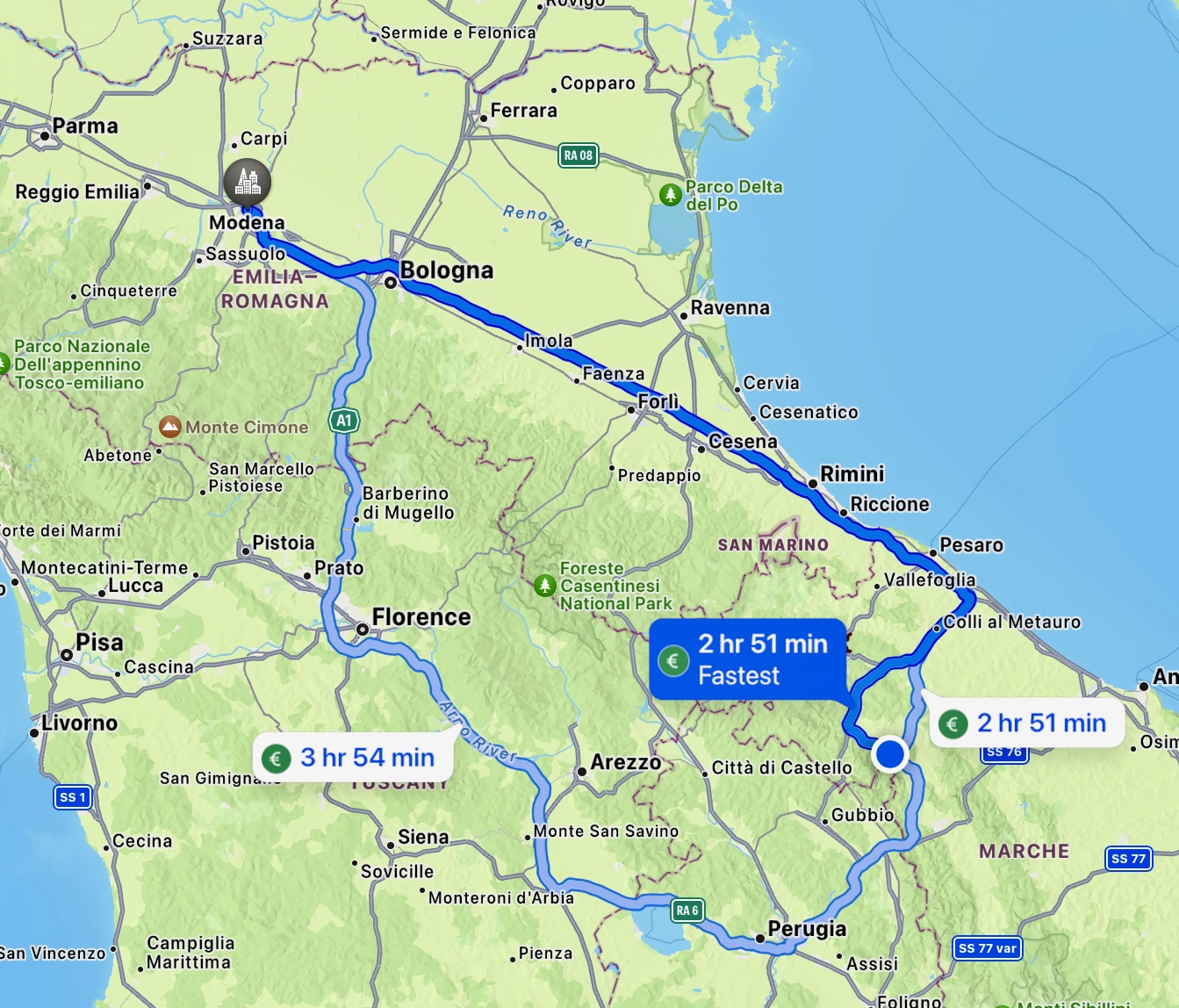
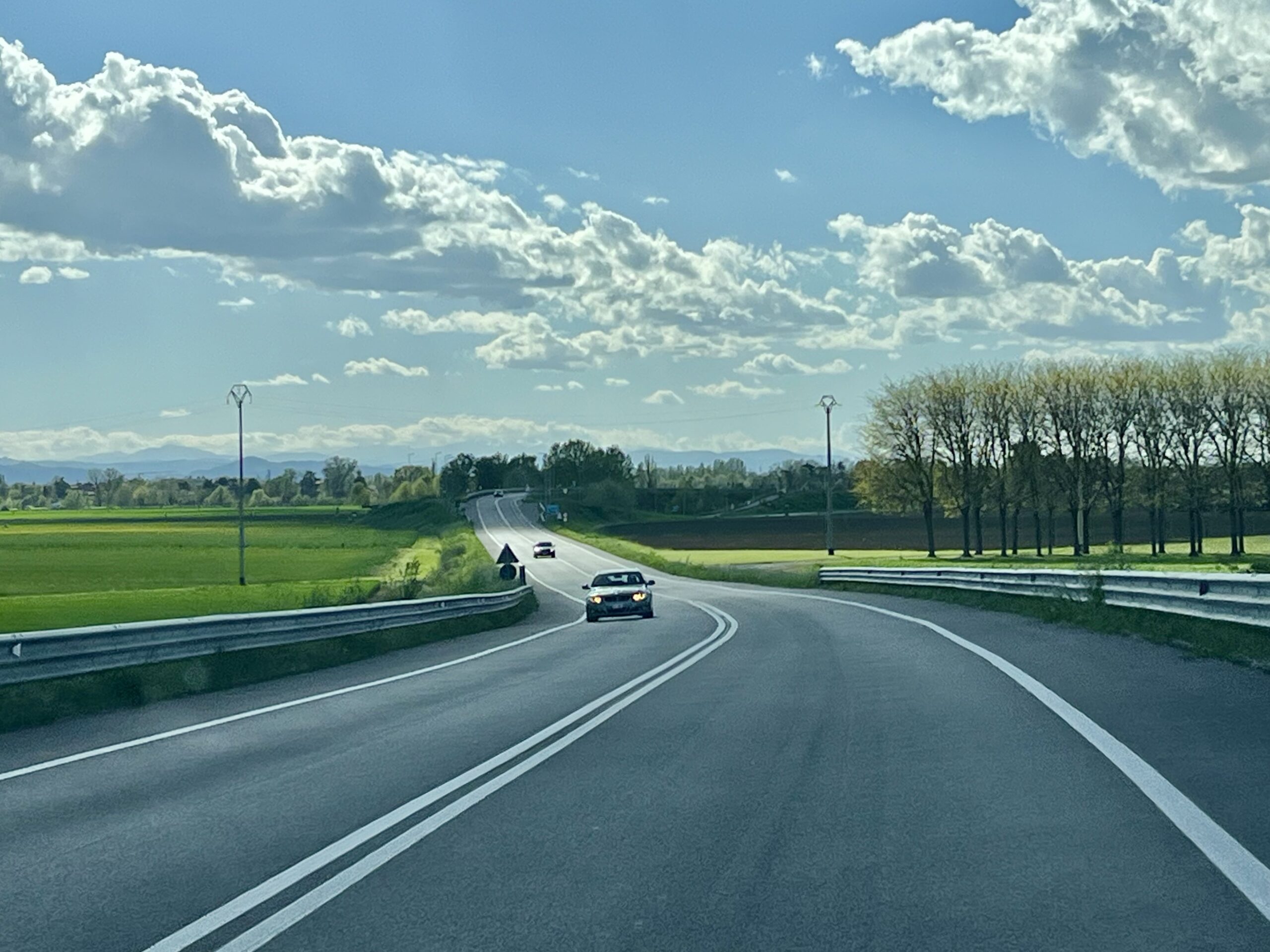
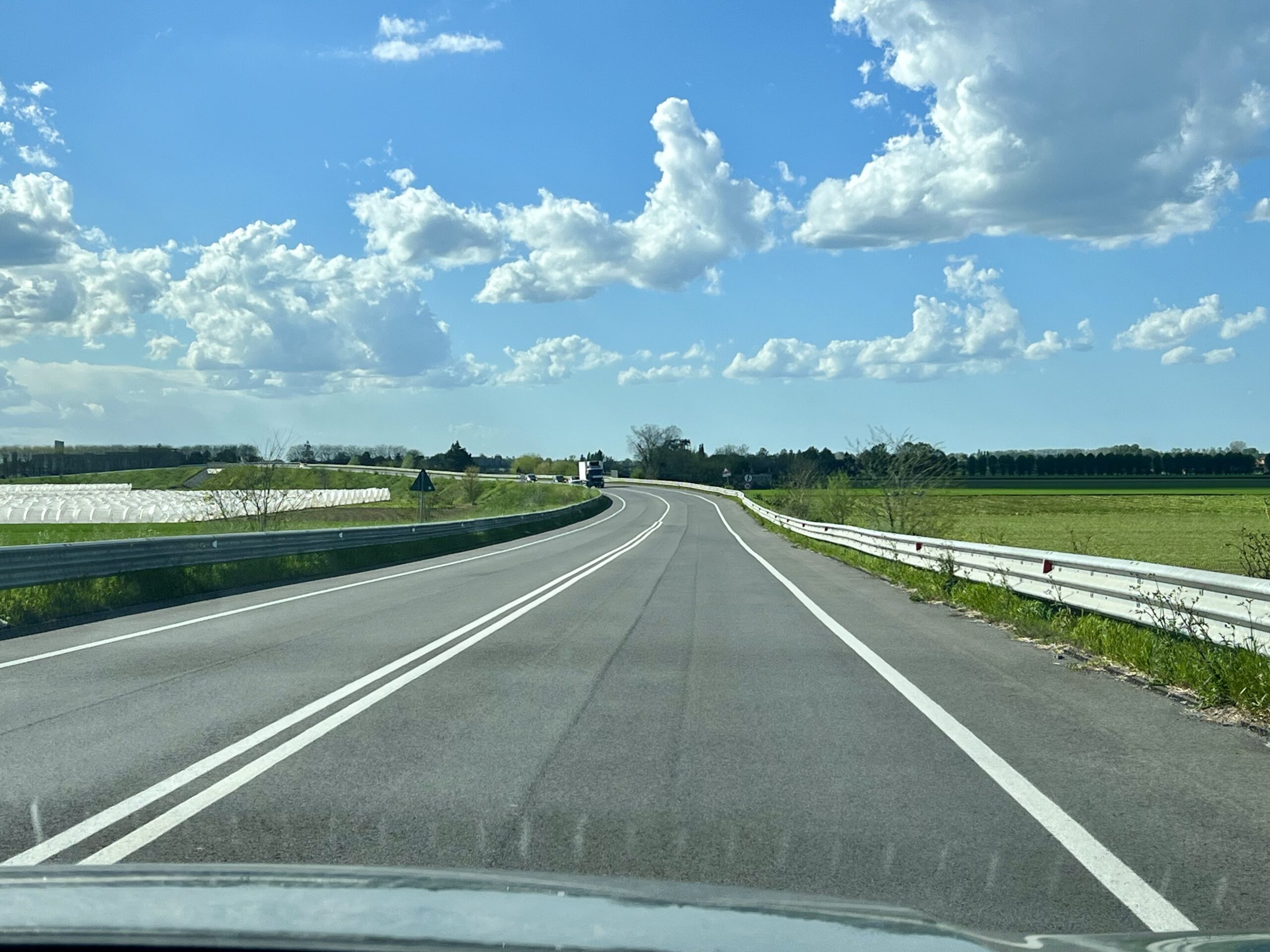
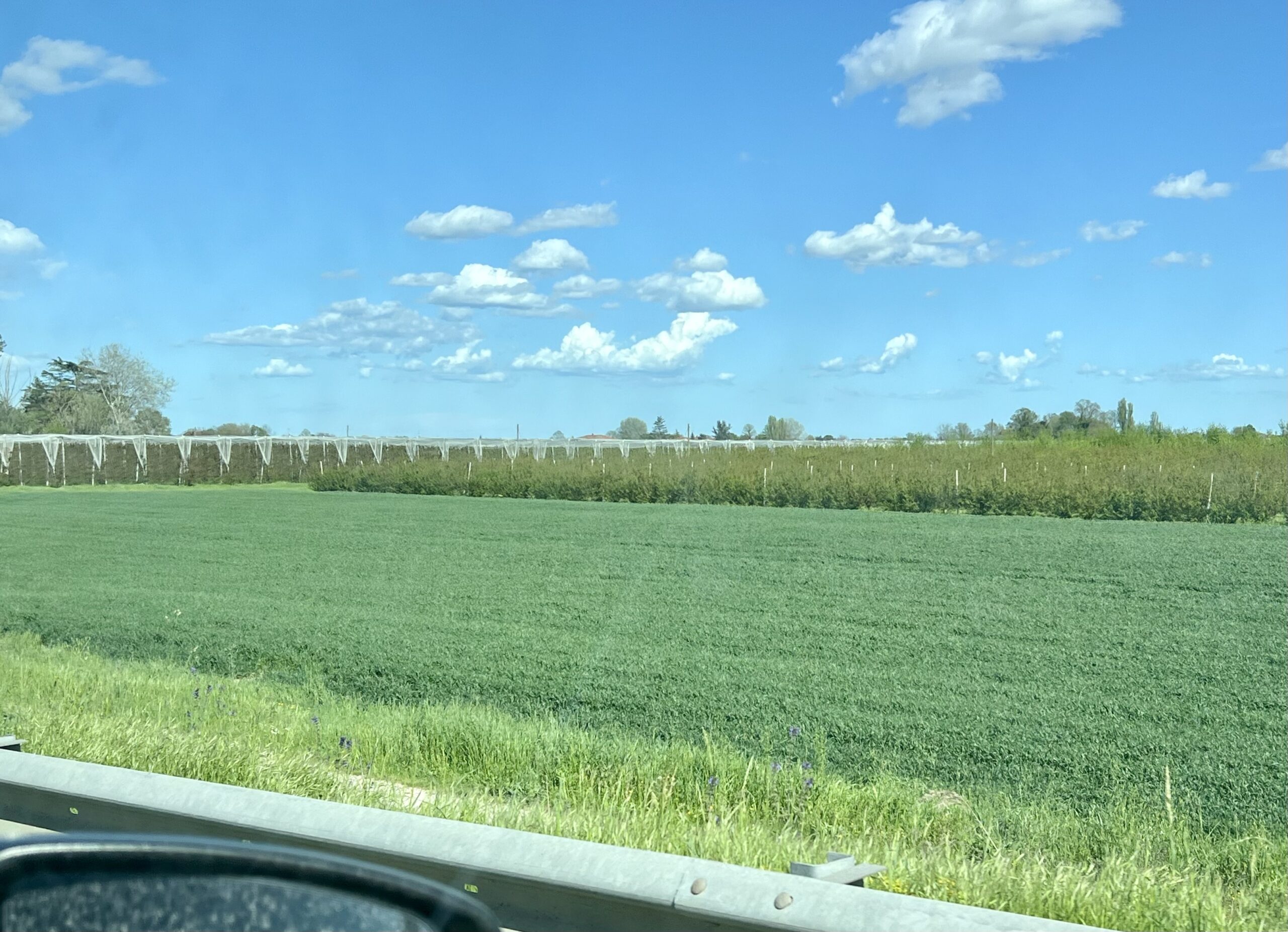
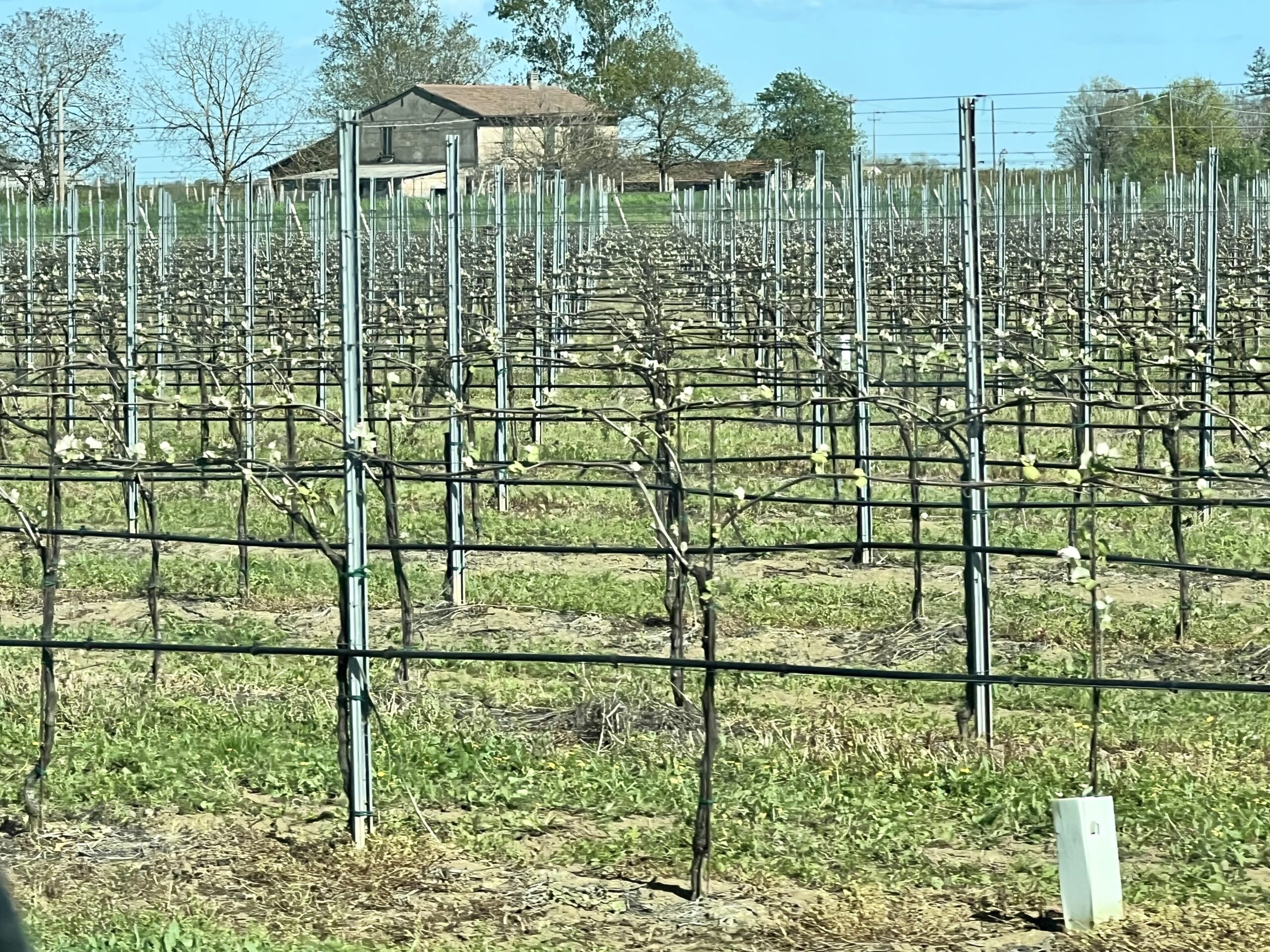
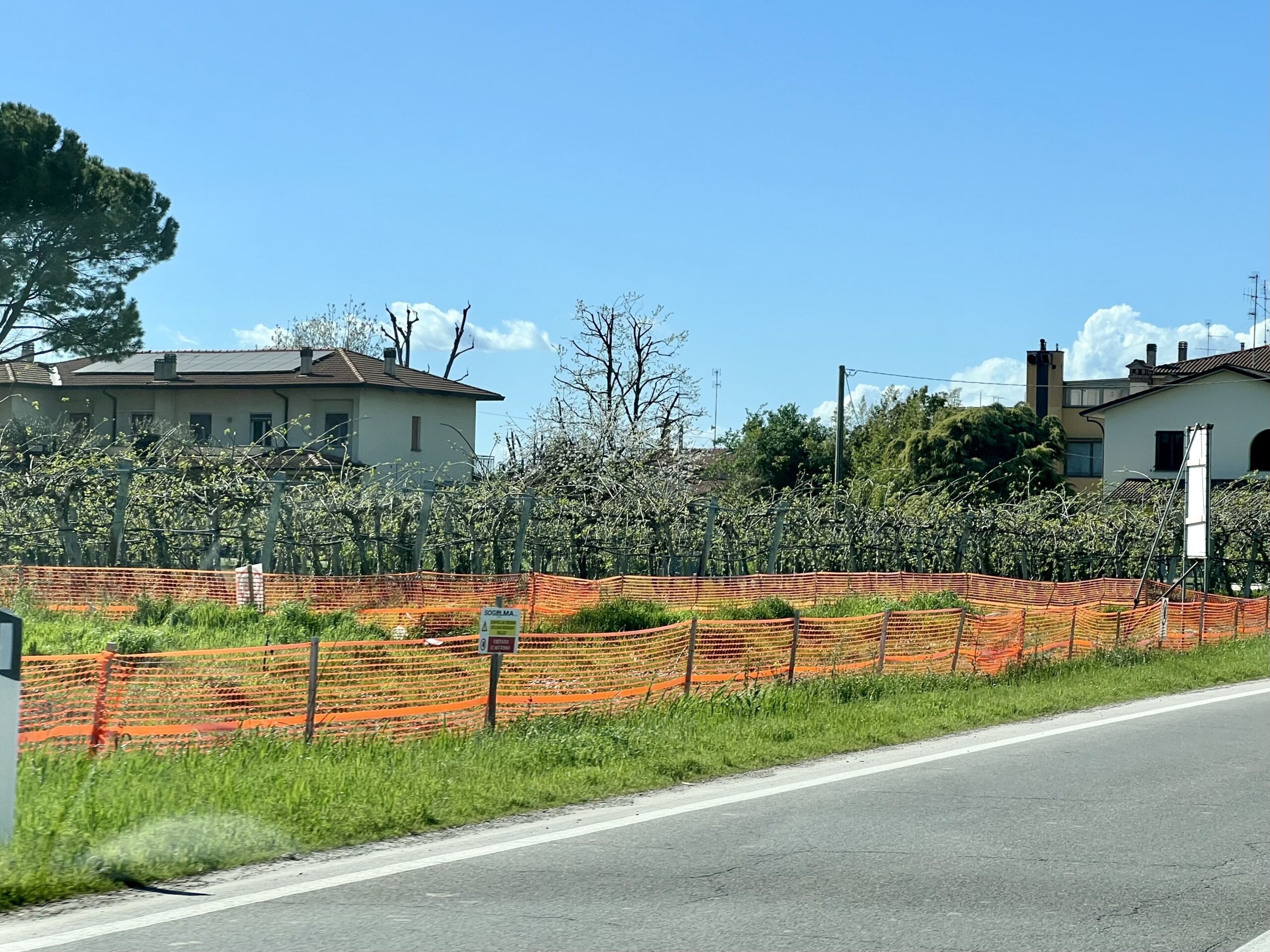
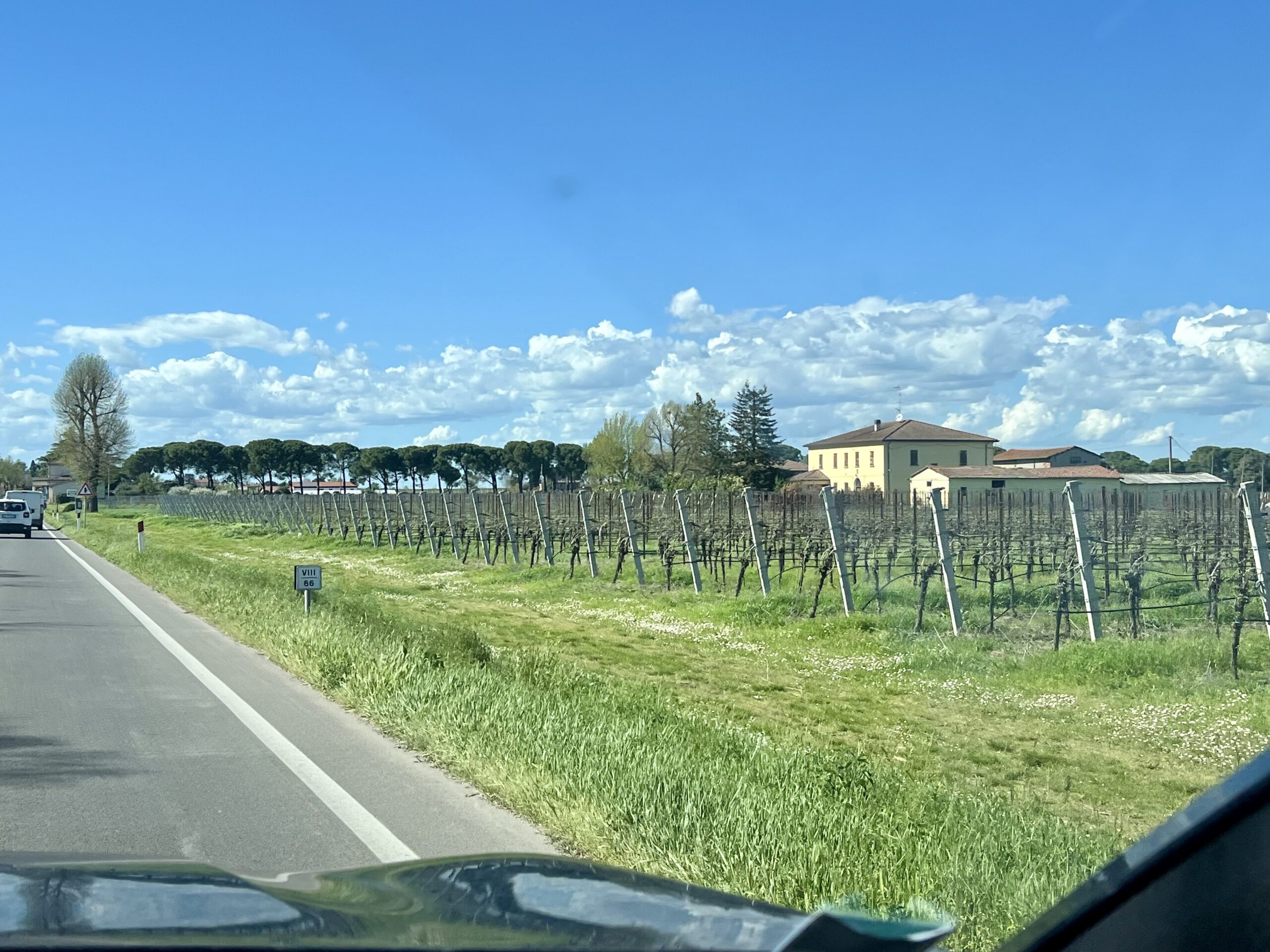
Lunch Enroute
After refueling, we got a good recommendation for lunch from the gas station attendant. The lunchtime crowd was mainly locals. The table of four behind us was having a serious business conversation with what sounded like a German. Bonnie was amazed that the lead Italian didn’t hesitate to answer a personal call on his mobile phone just as the potential client was telling him what he was looking for a corporate partner. We have noticed elsewhere that people often take phone calls in the middle of meals (while we catch up on emails, messages, and Facebook).
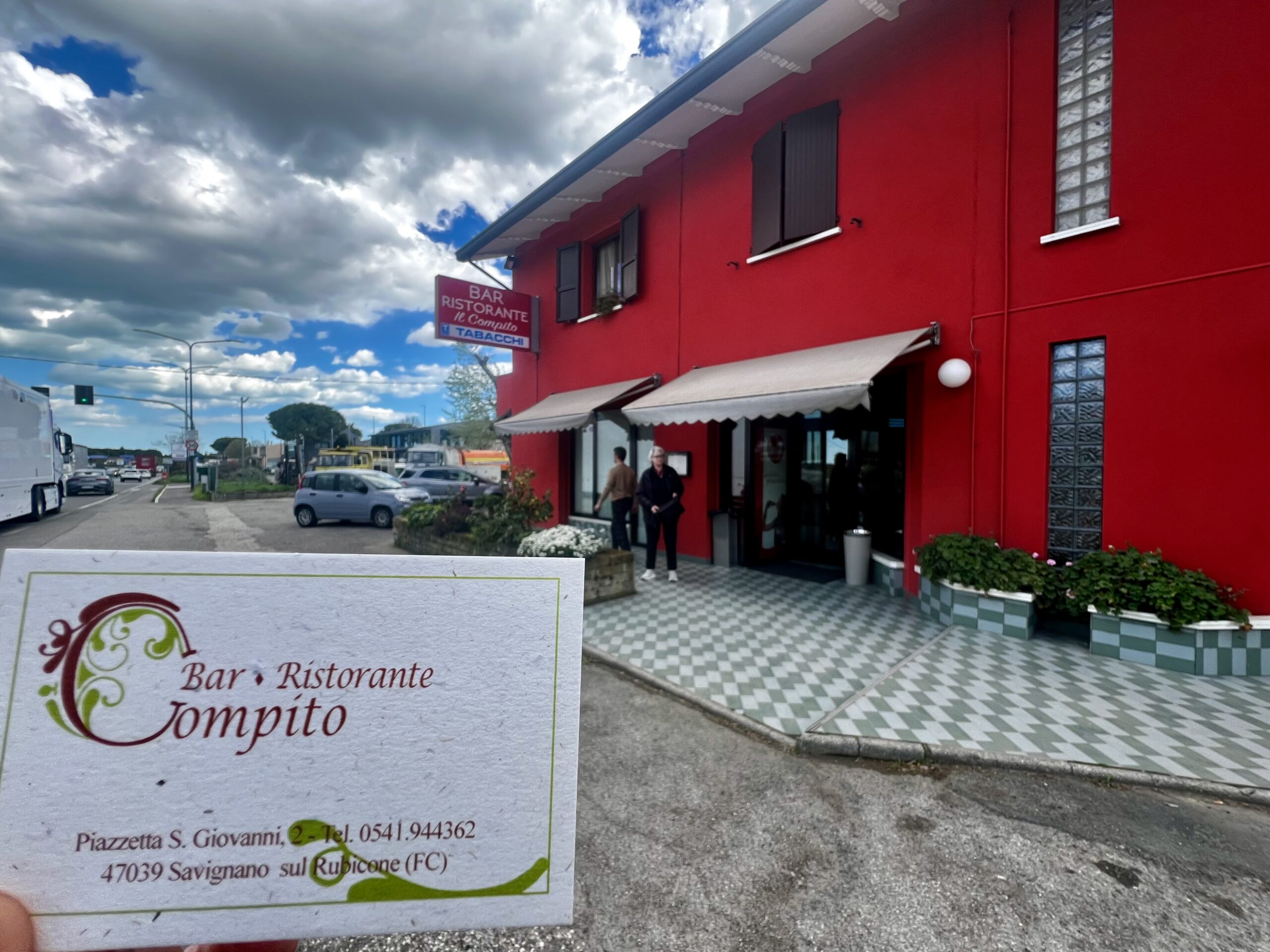
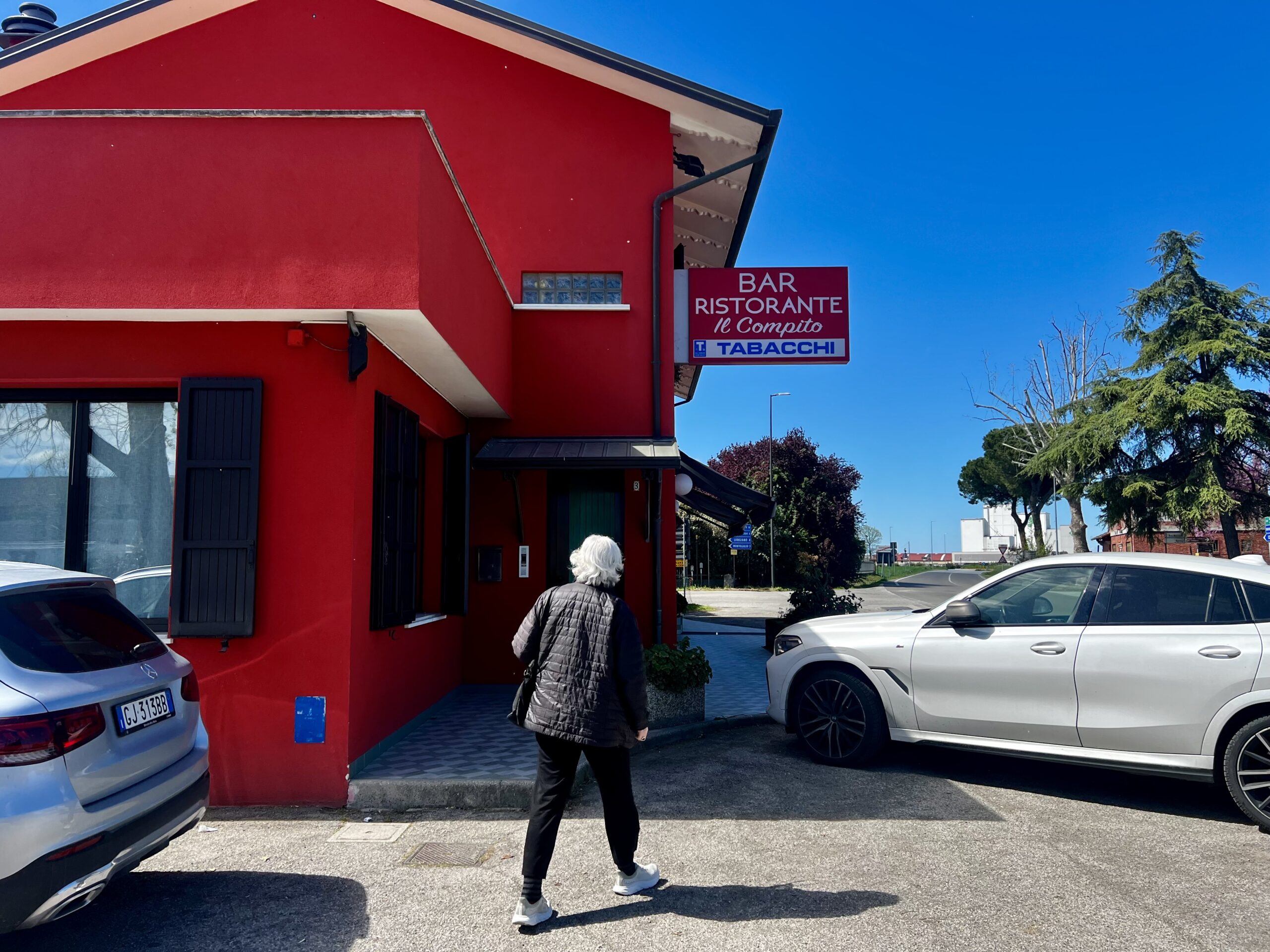
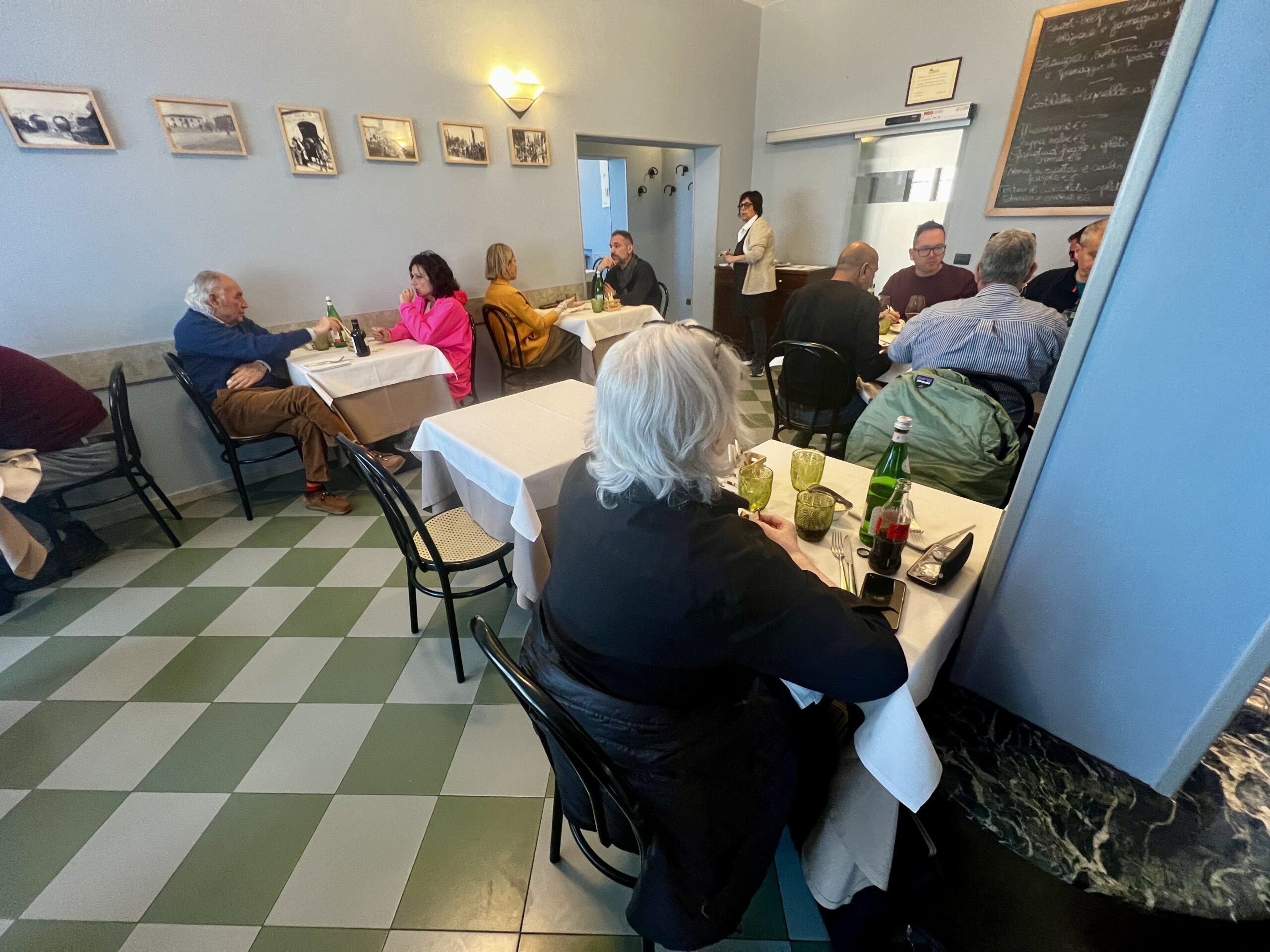
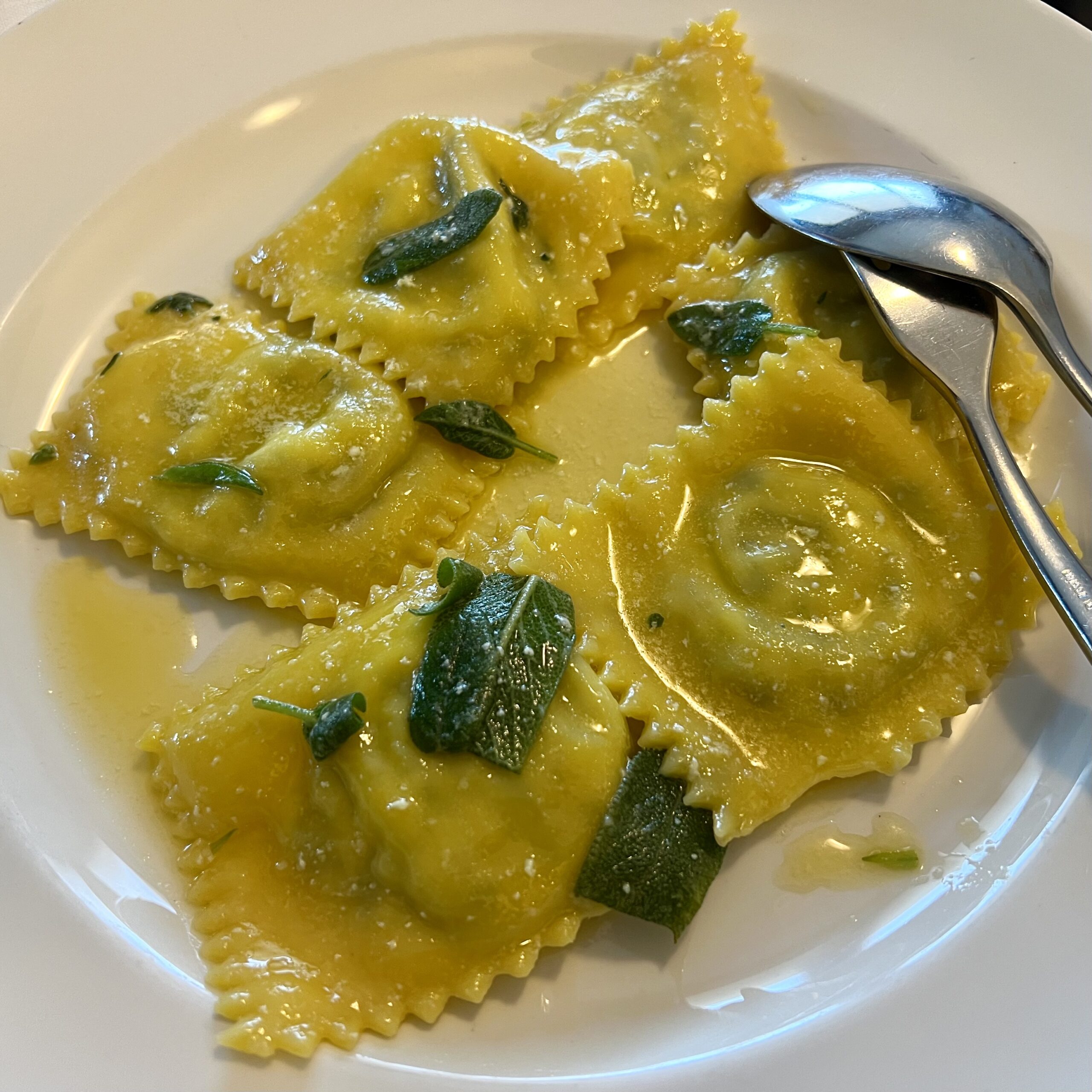
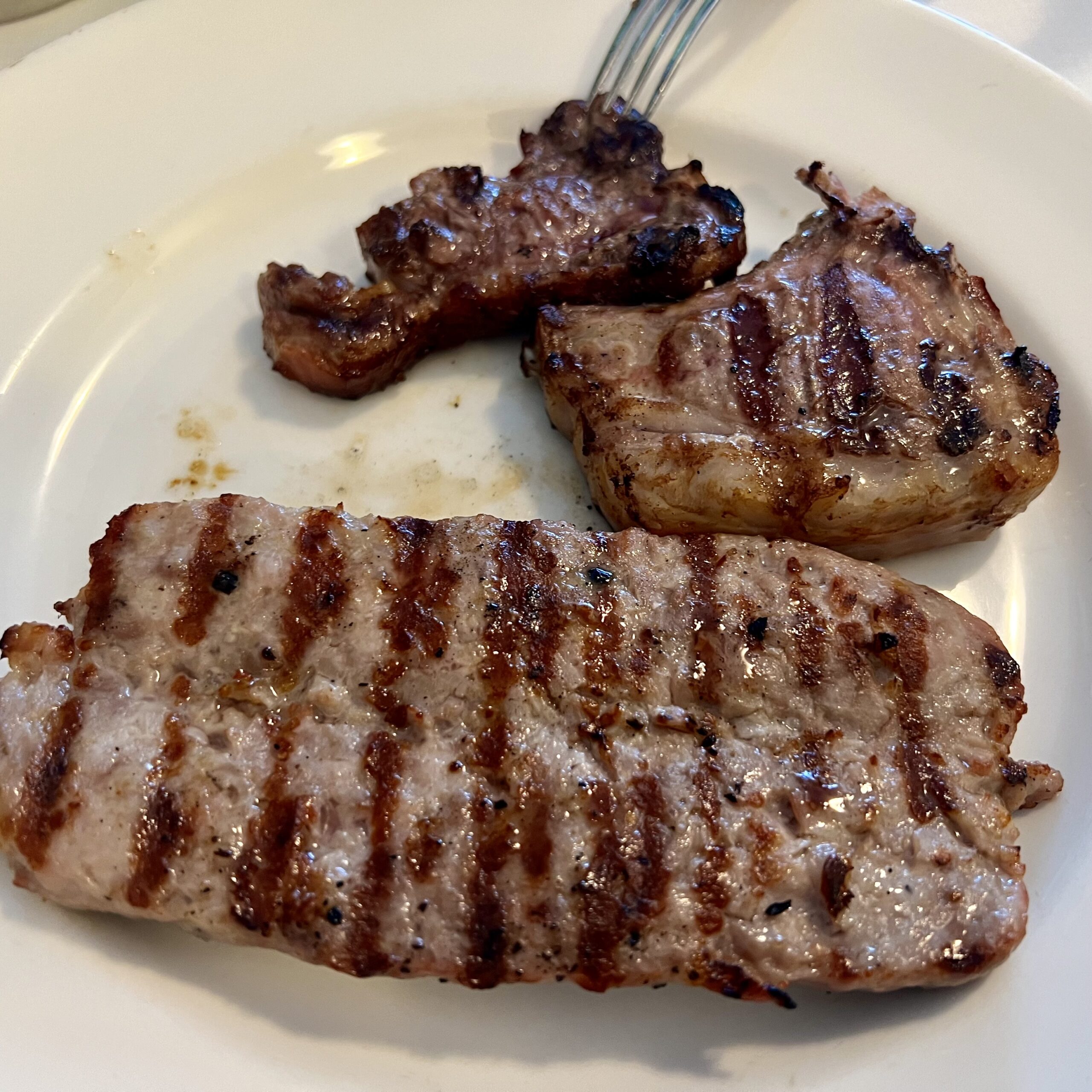
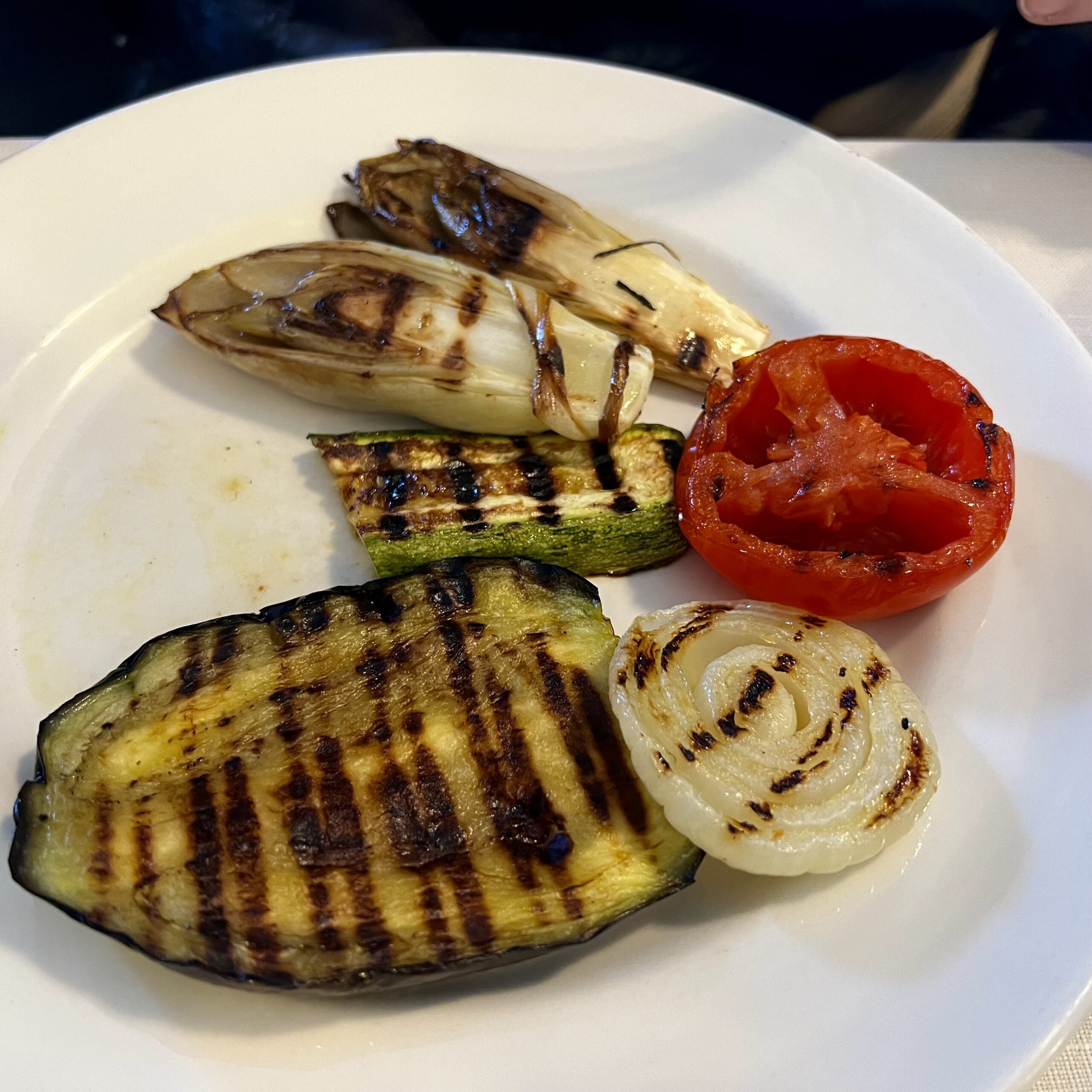
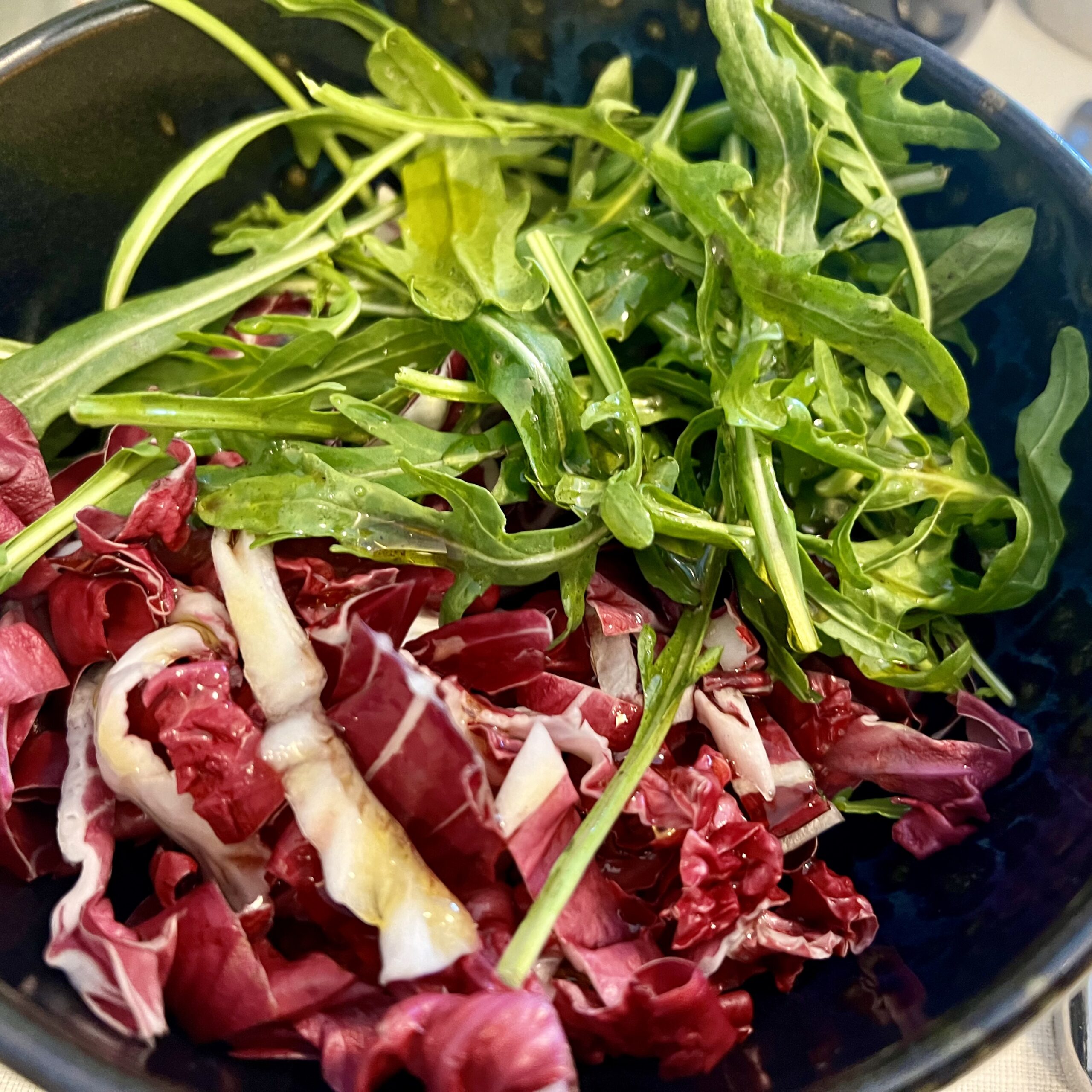
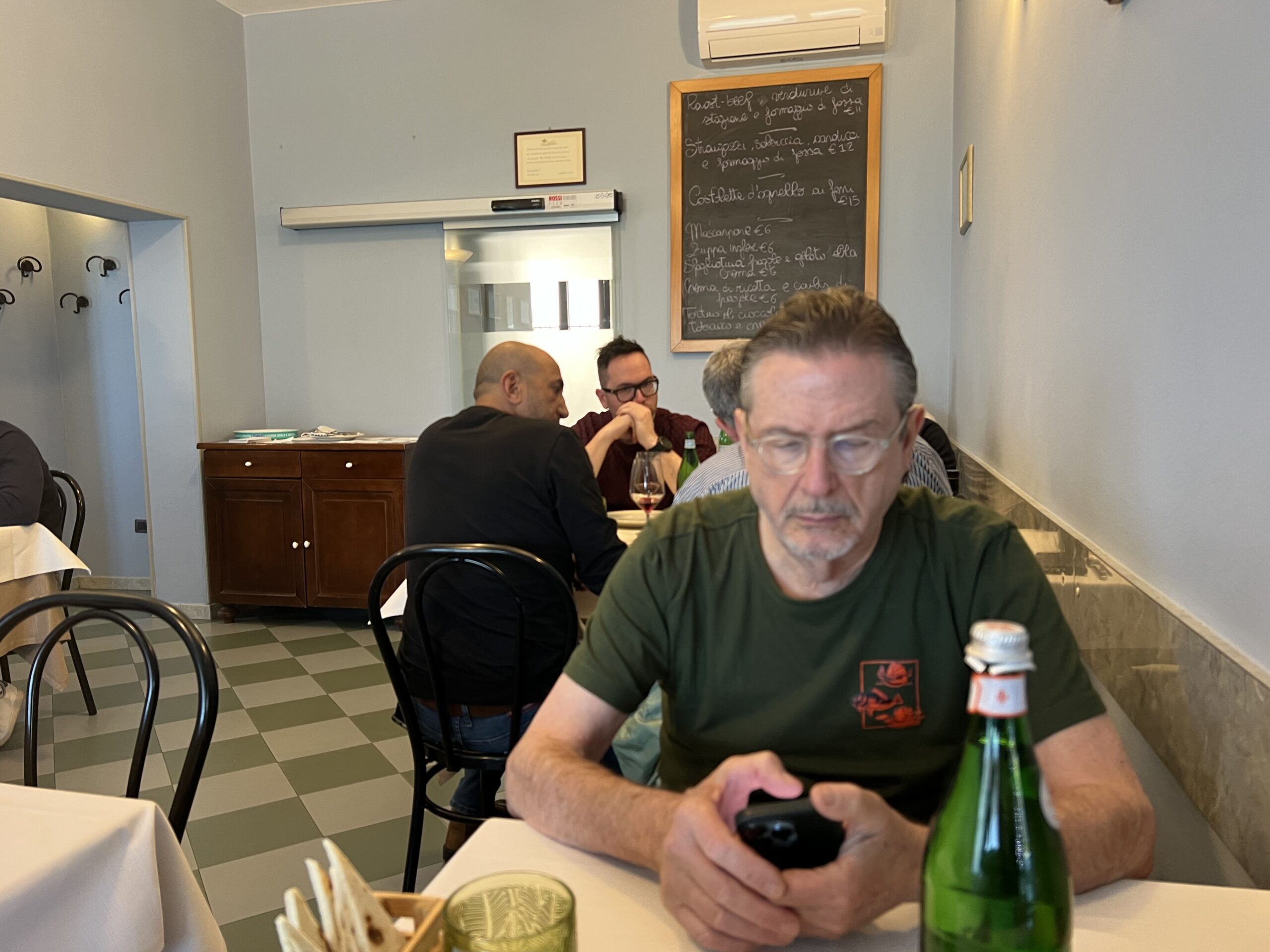
Lodging
Bonnie found a great one-bedroom apartment a ten-minute walk from the Modena city center. It was in an older building between larger apartment complexes. Our parking was in the courtyard that Robert accessed very cautiously through a tight passageway. It took him a few minutes to get up his nerve because there were only a few inches to spare on each side of the car. (Robert remembers similar encounters with tight roadways on prior trips.) Although the apartment was generally very quiet, our companion every morning at 4:00AM was a bird that chirped nonstop to another bird in the distance for one hour.
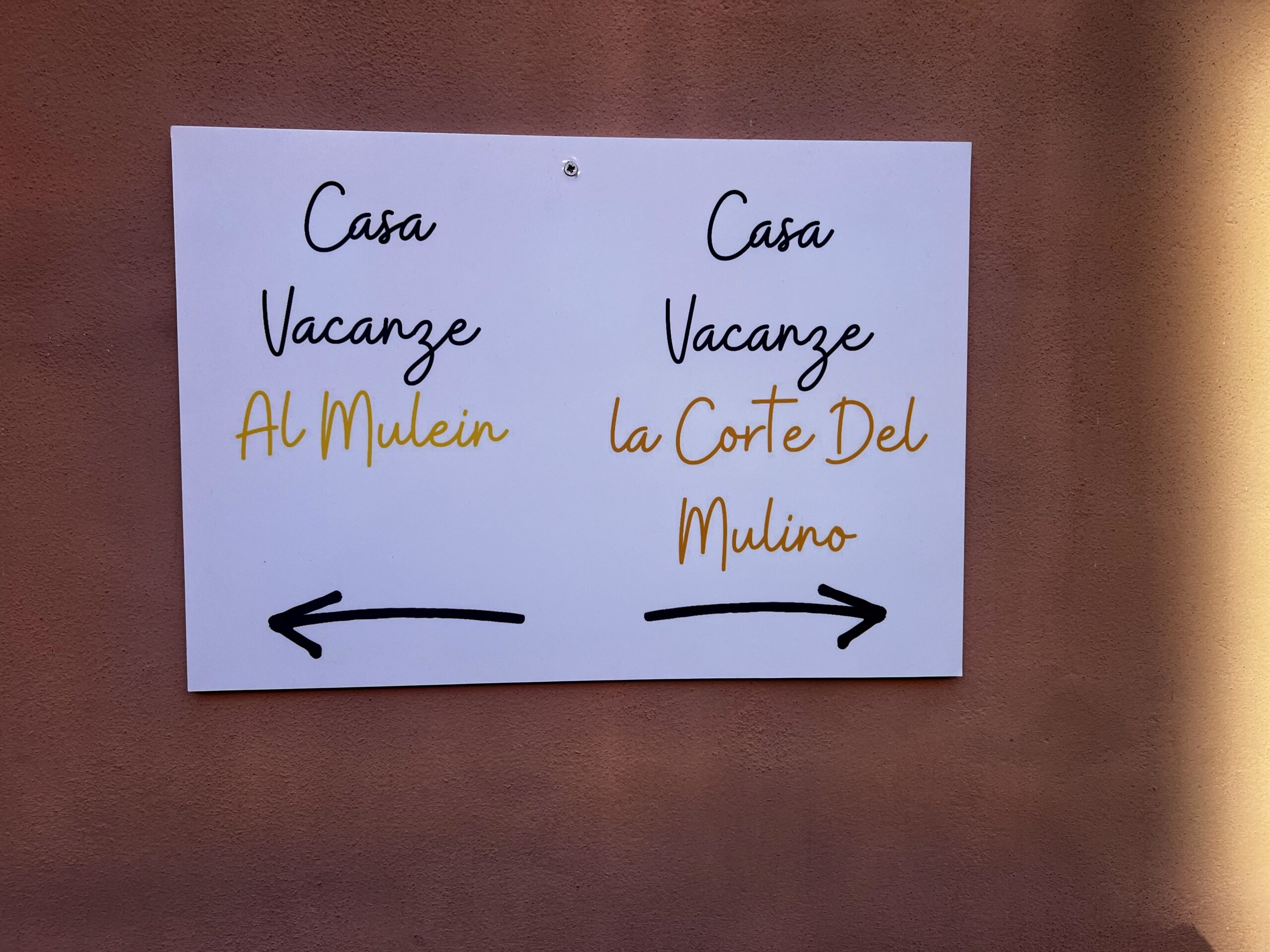
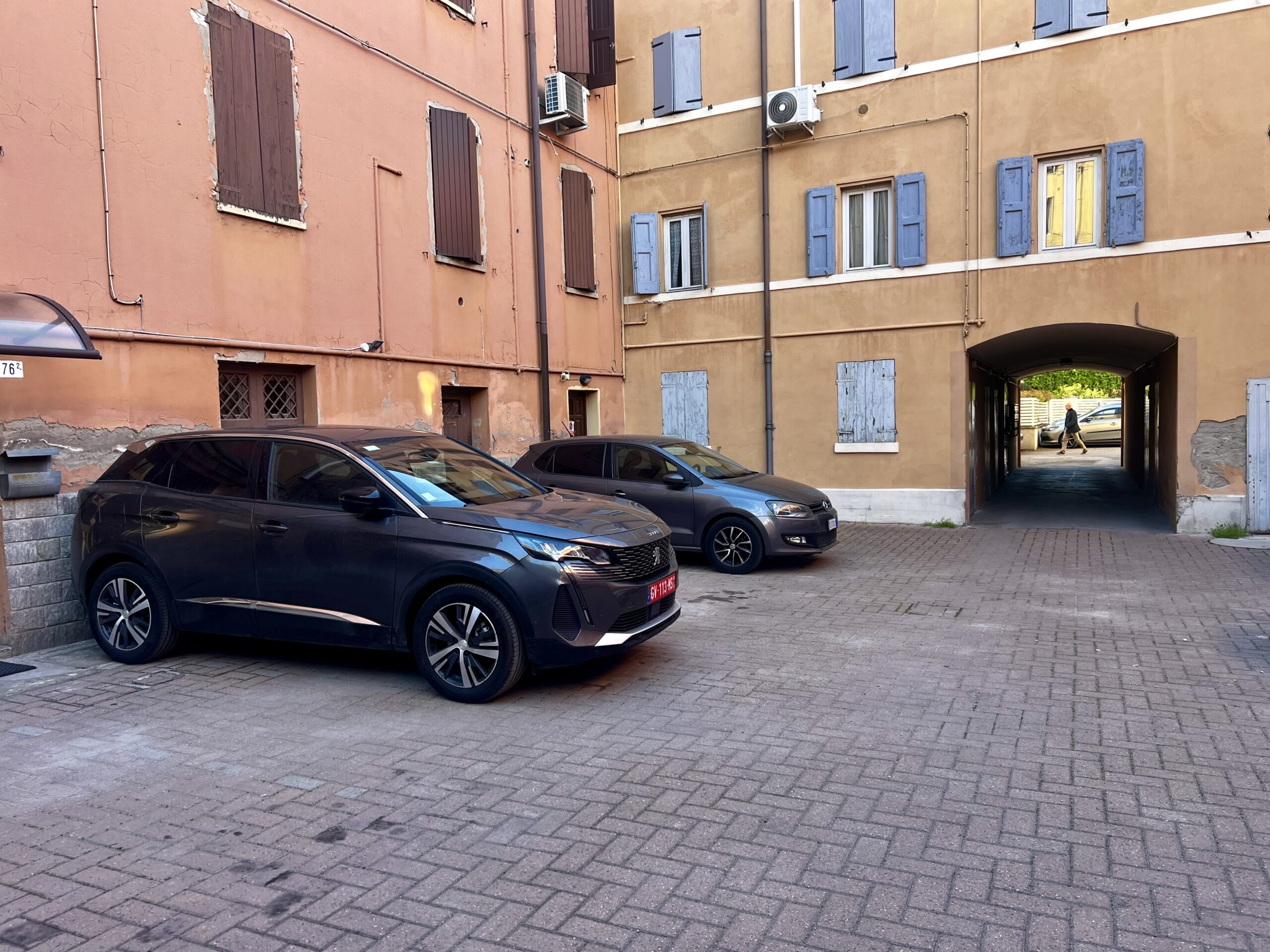
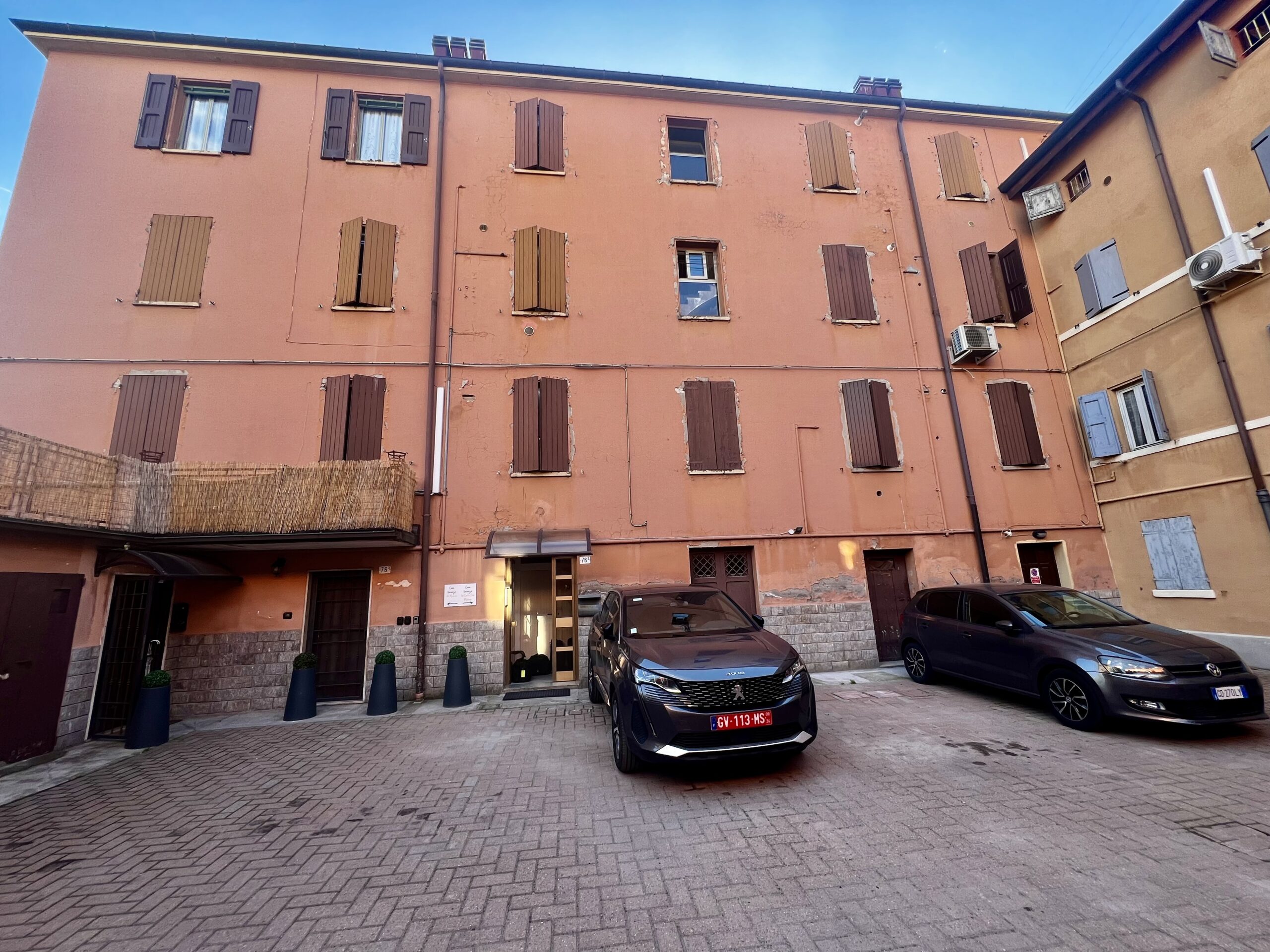
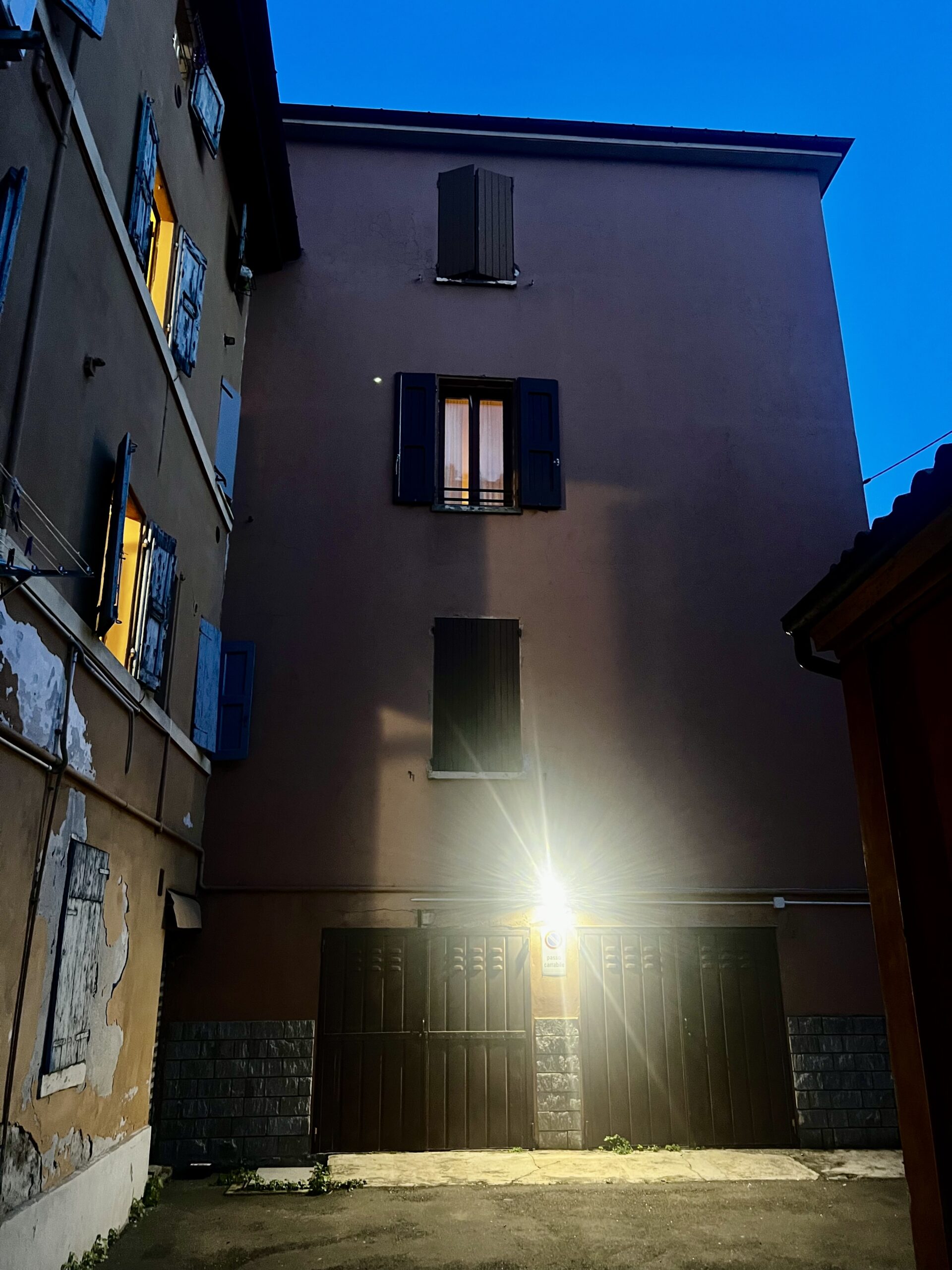
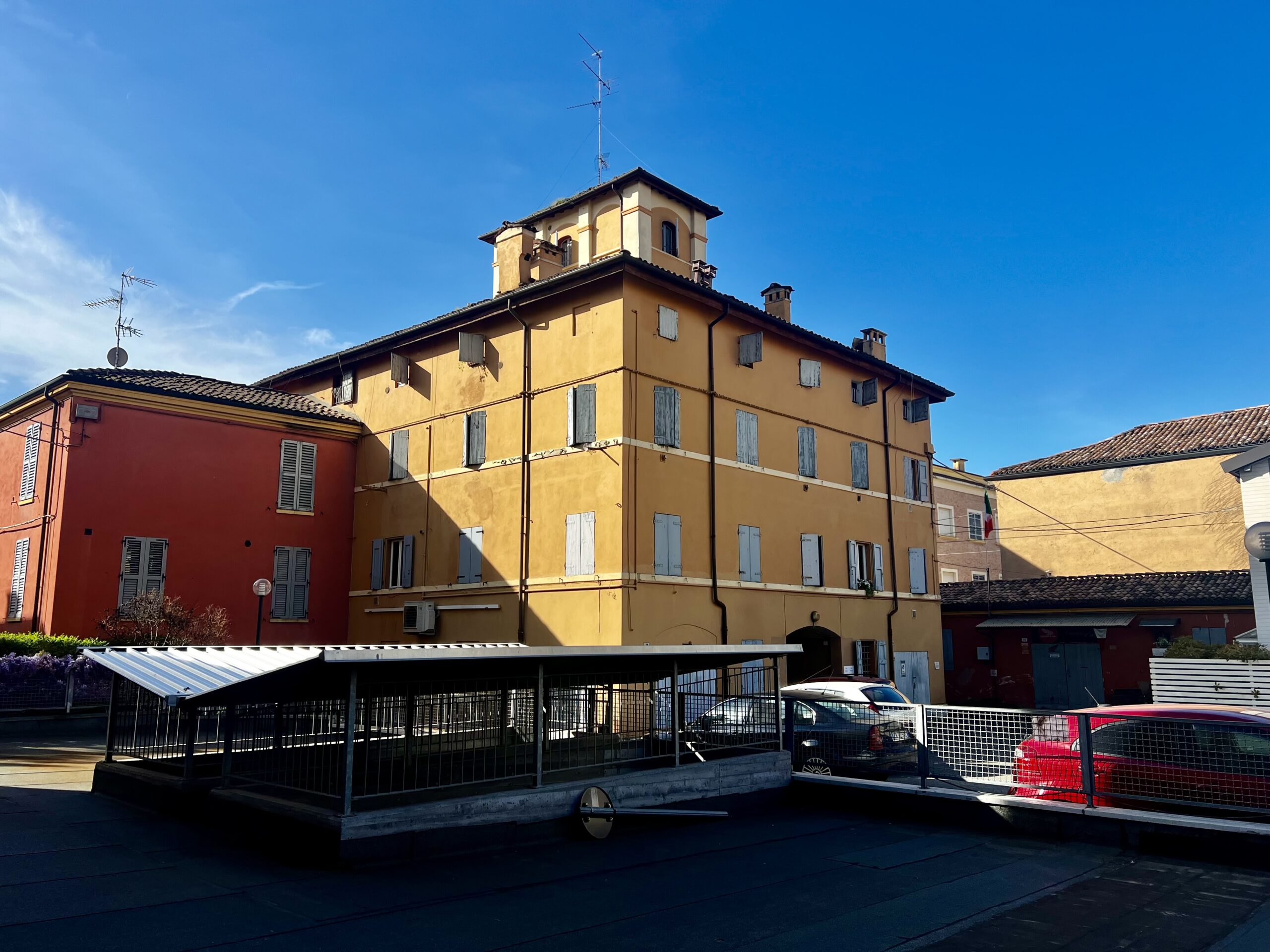
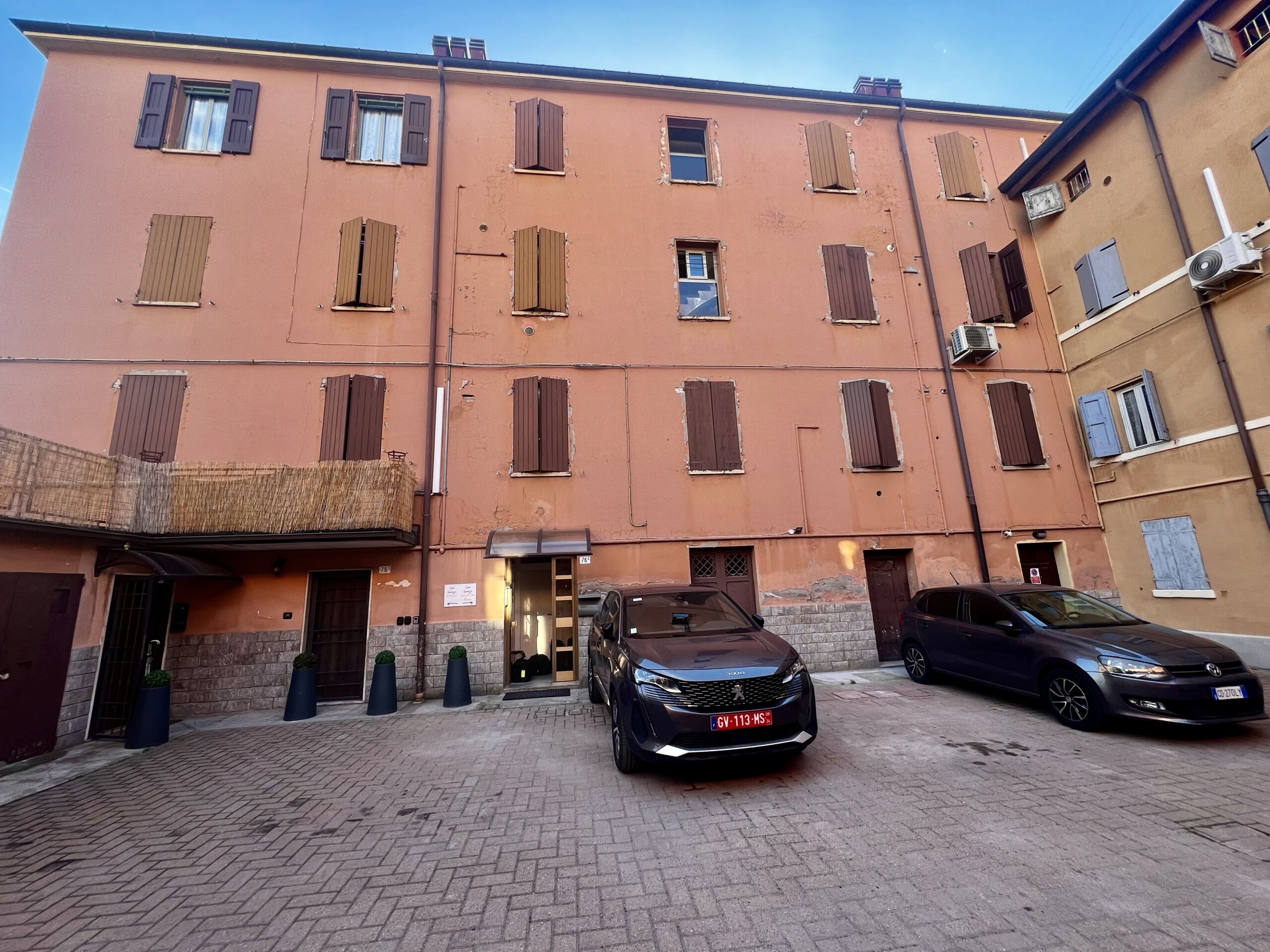

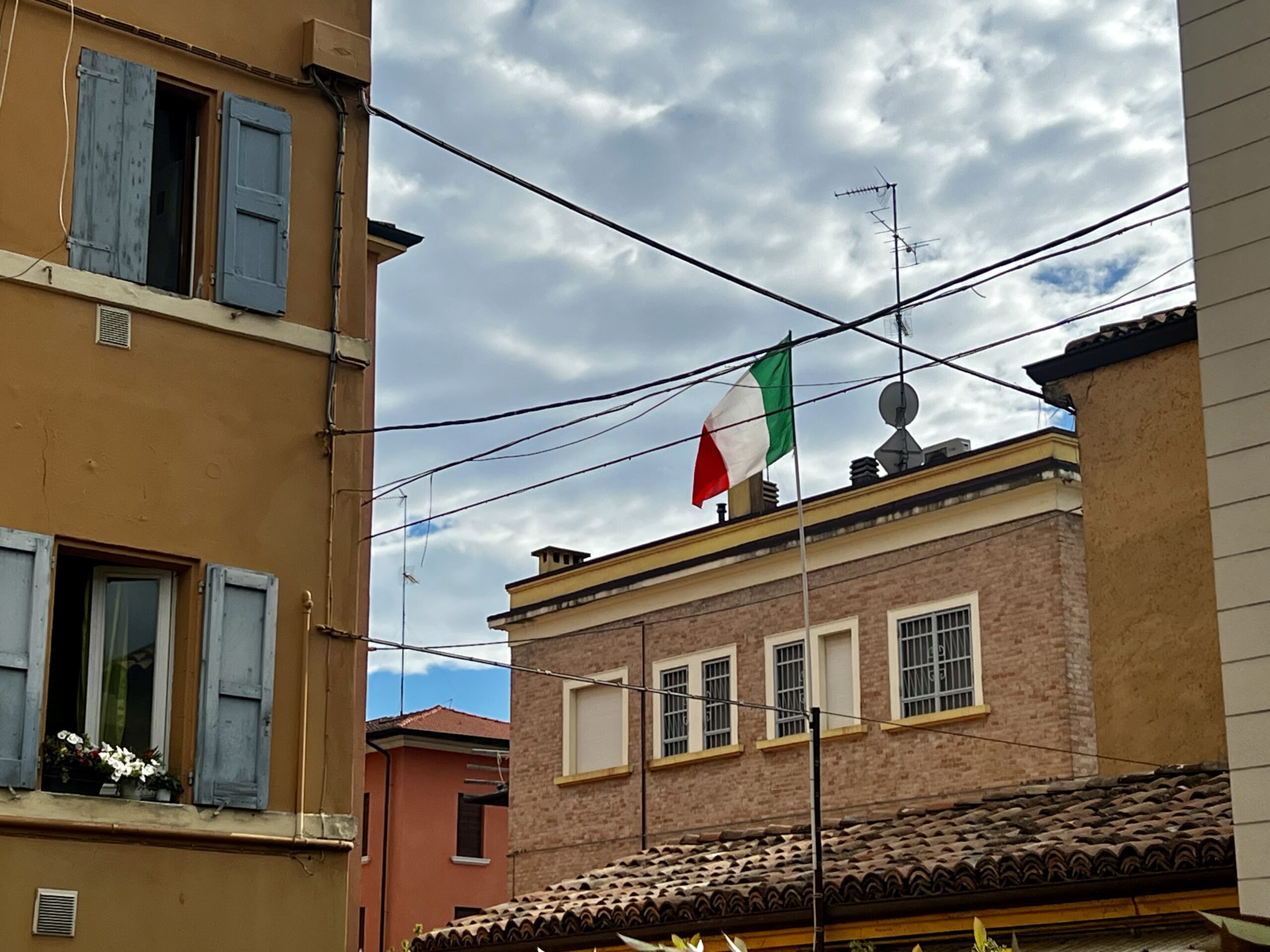
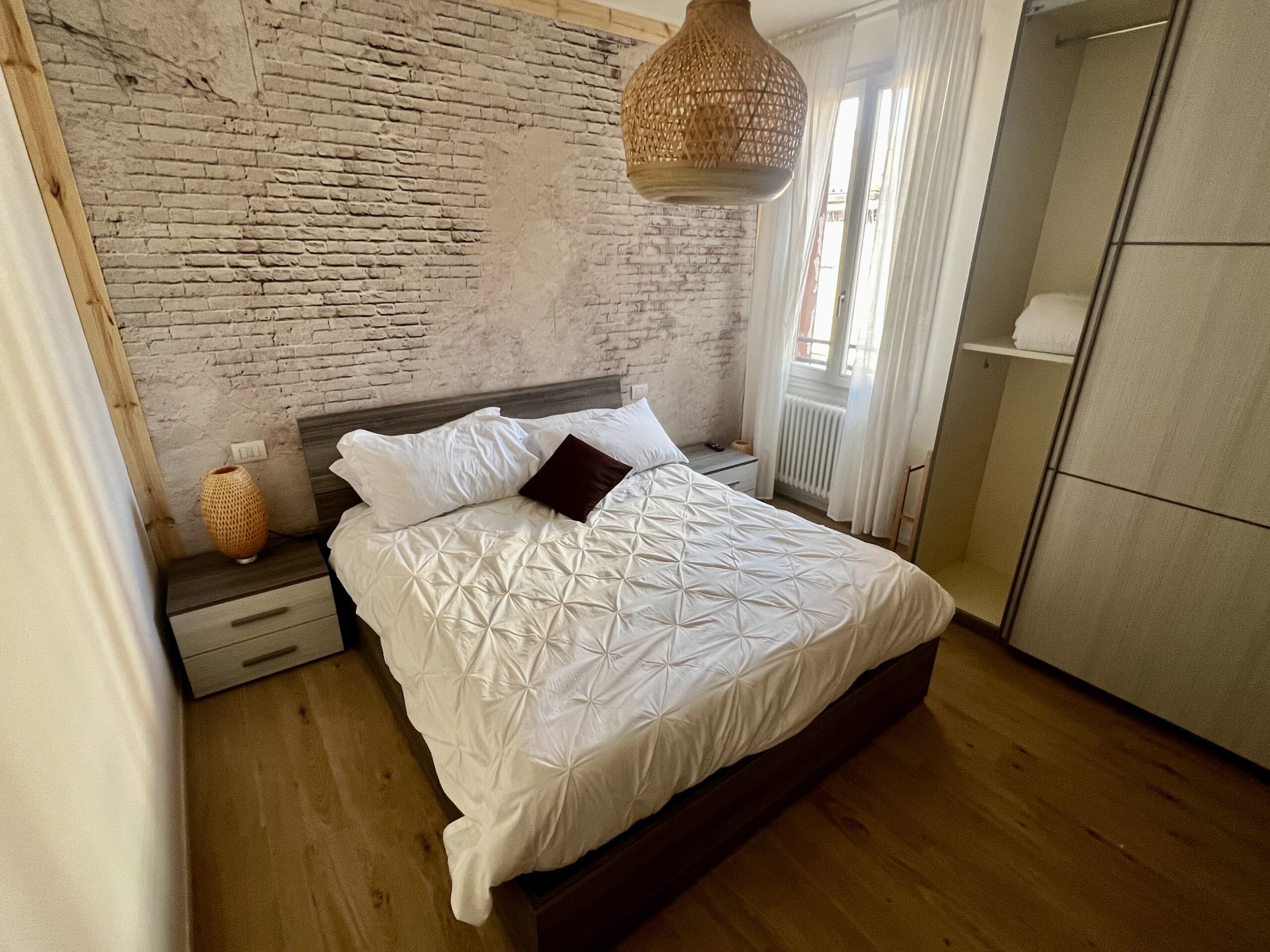
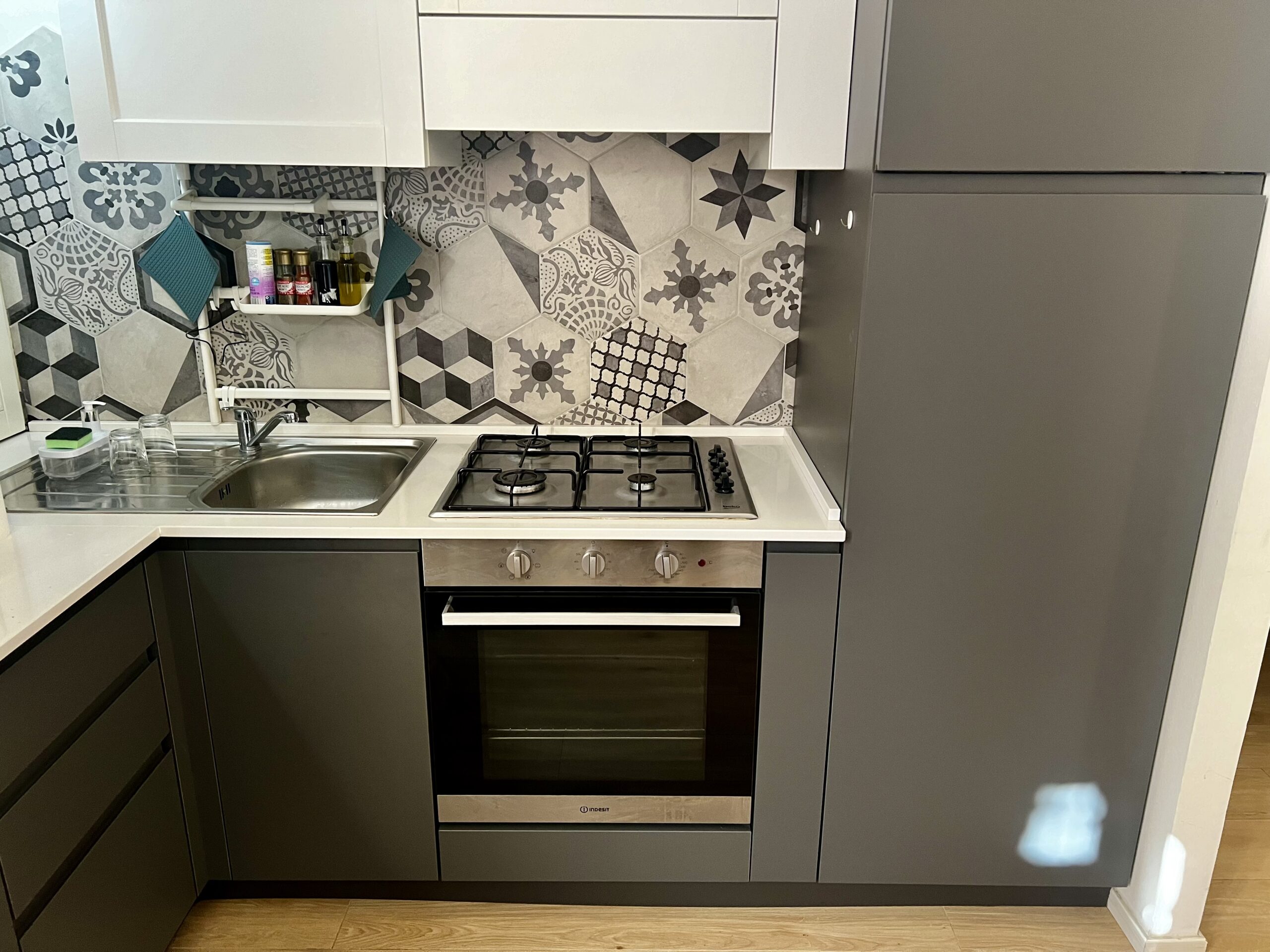
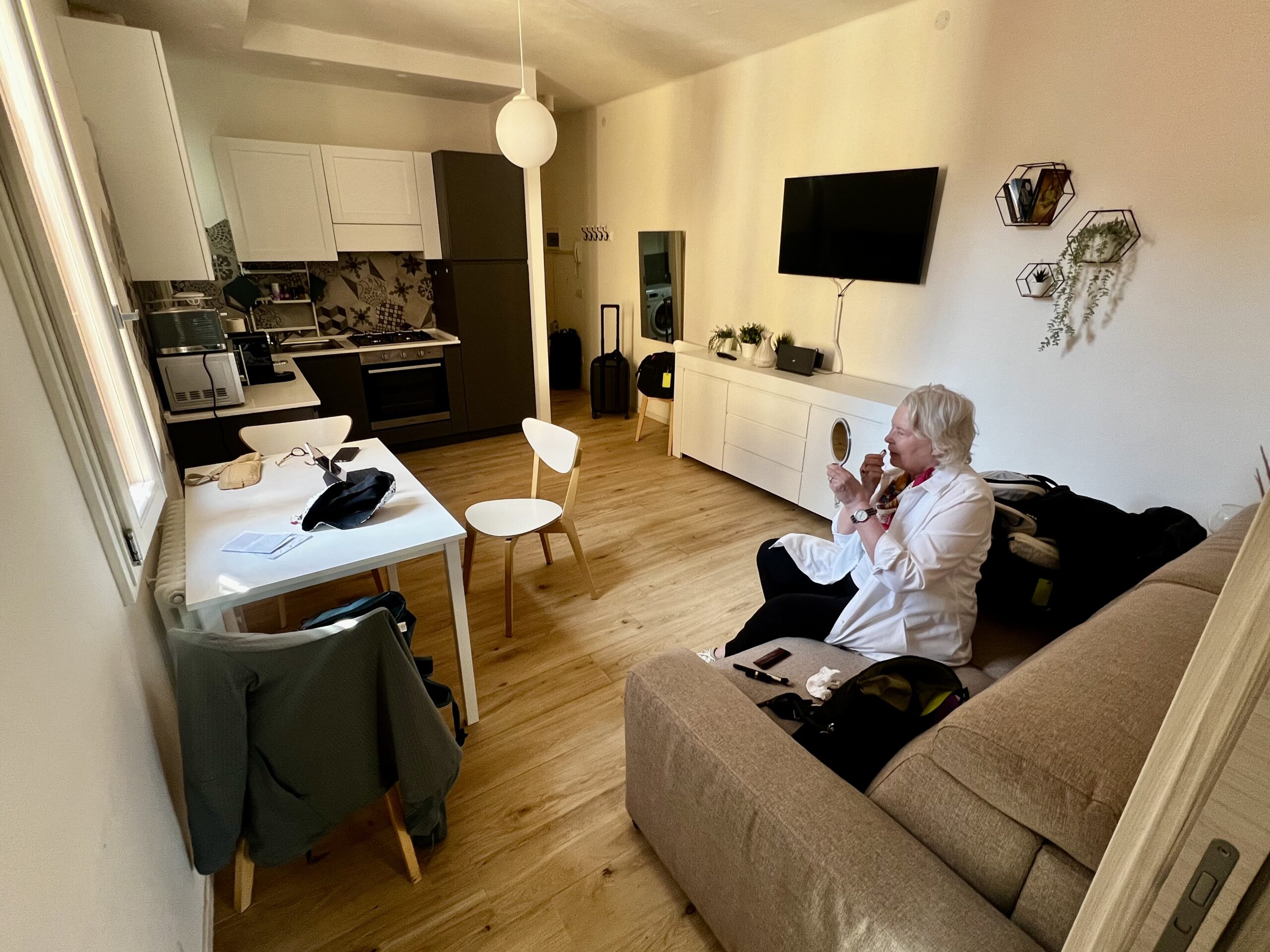
Colors of Modena
In Italian cities we have visited so far, buildings are one or two colors. We noticed in Modena, however, that buildings (and swag for sale at the Ferrari museum) usually combine three colors: dark red, pale blue-gray, and yellow gold. Very distinctive.
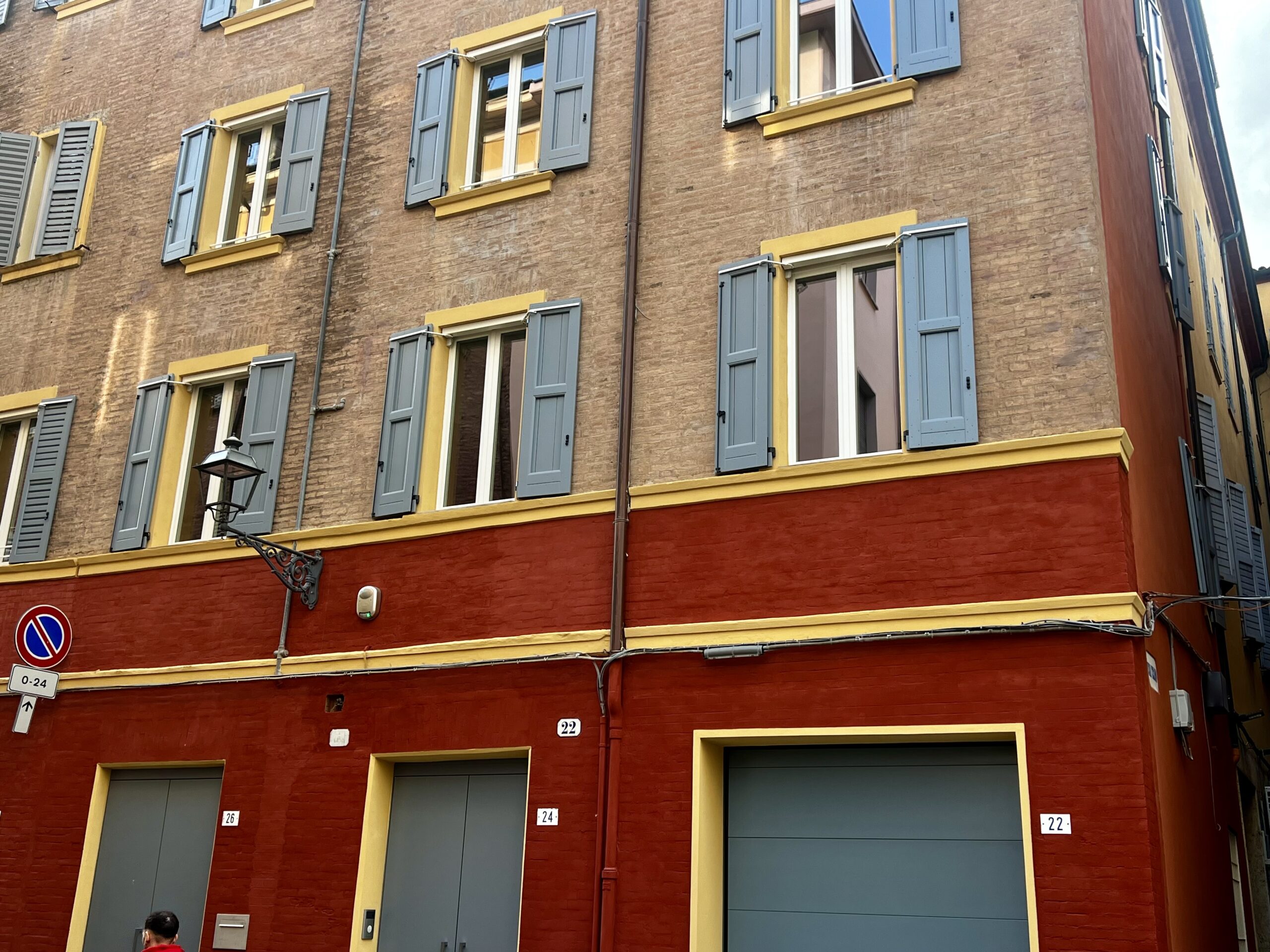
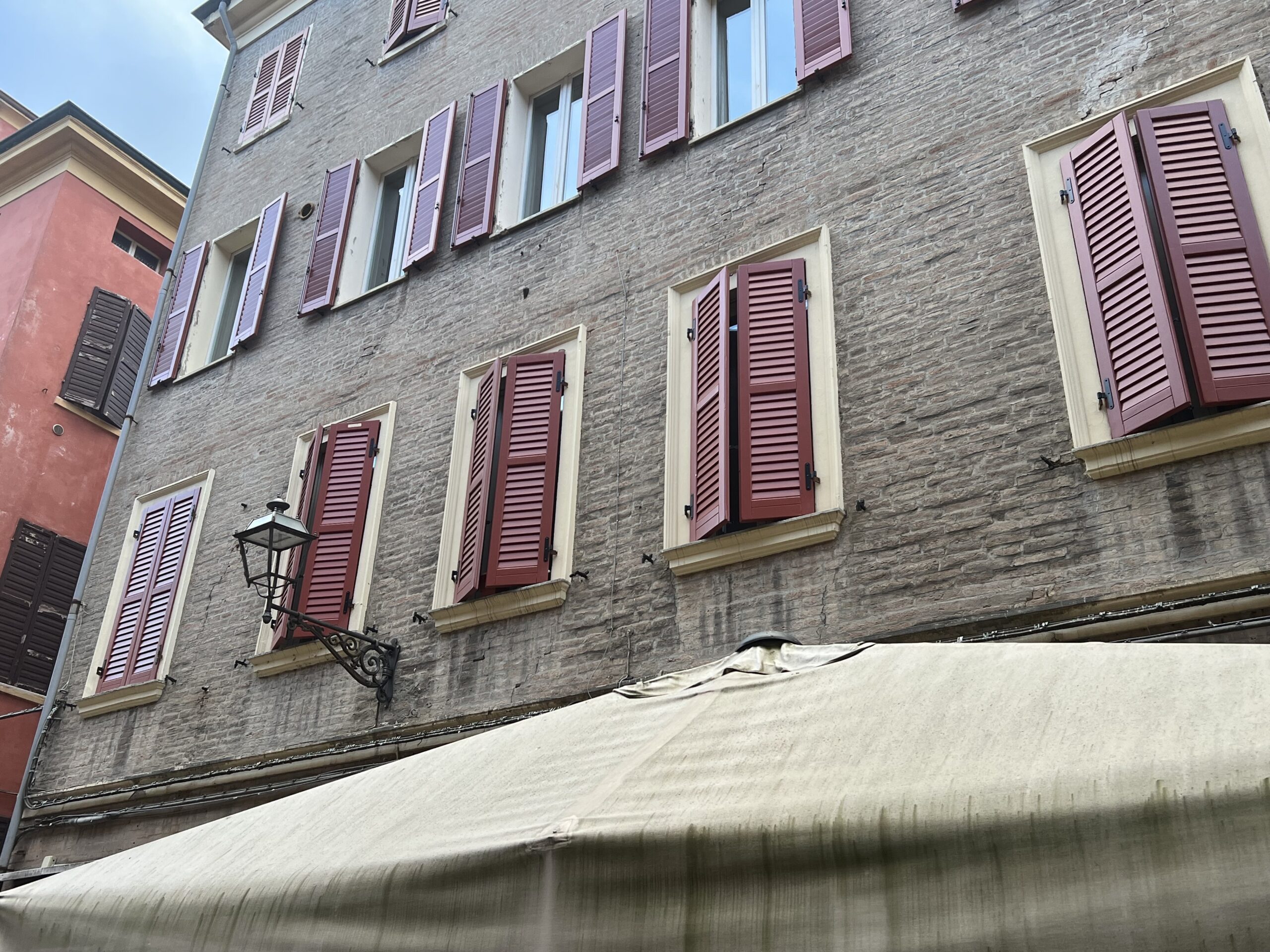
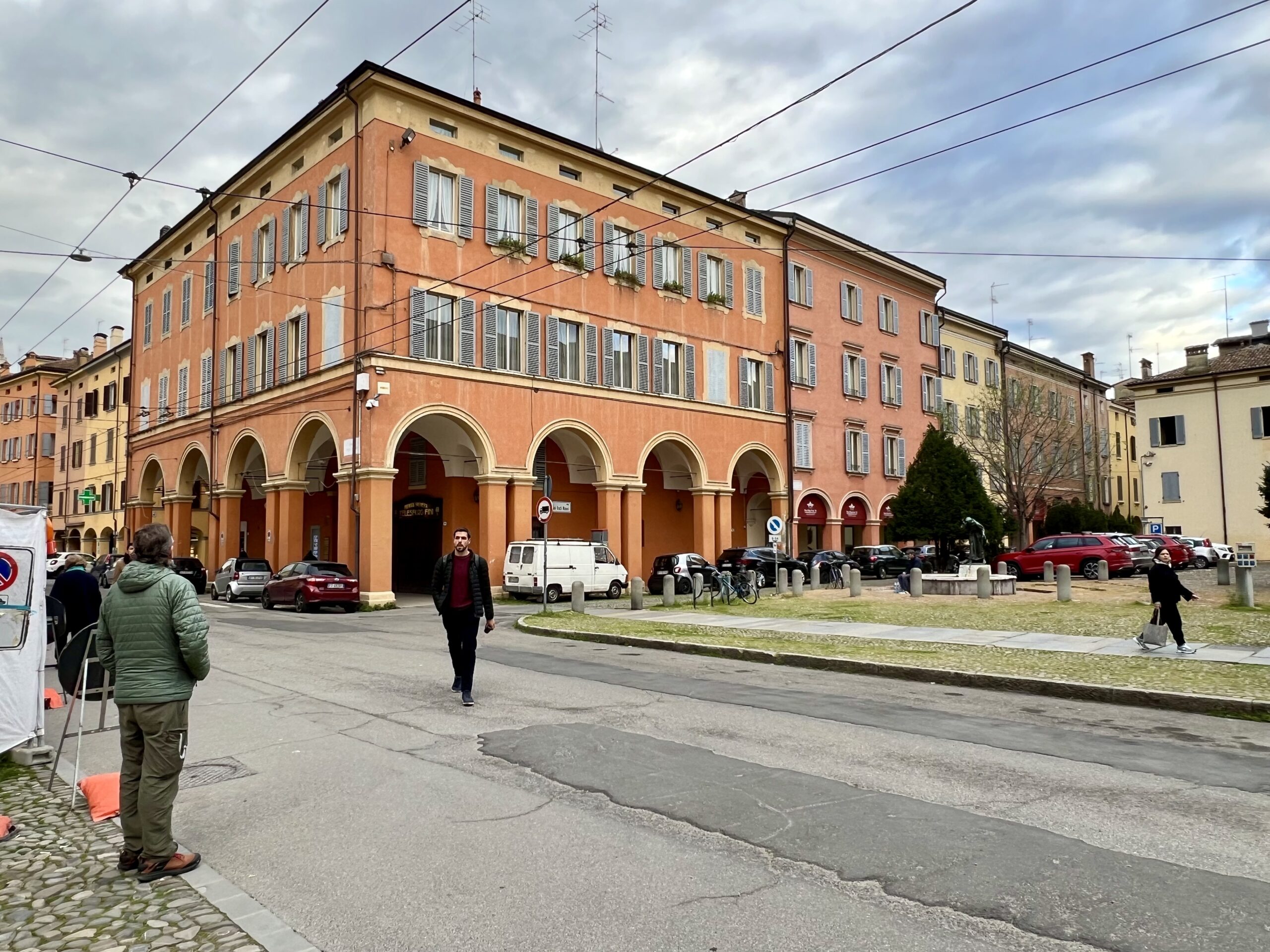

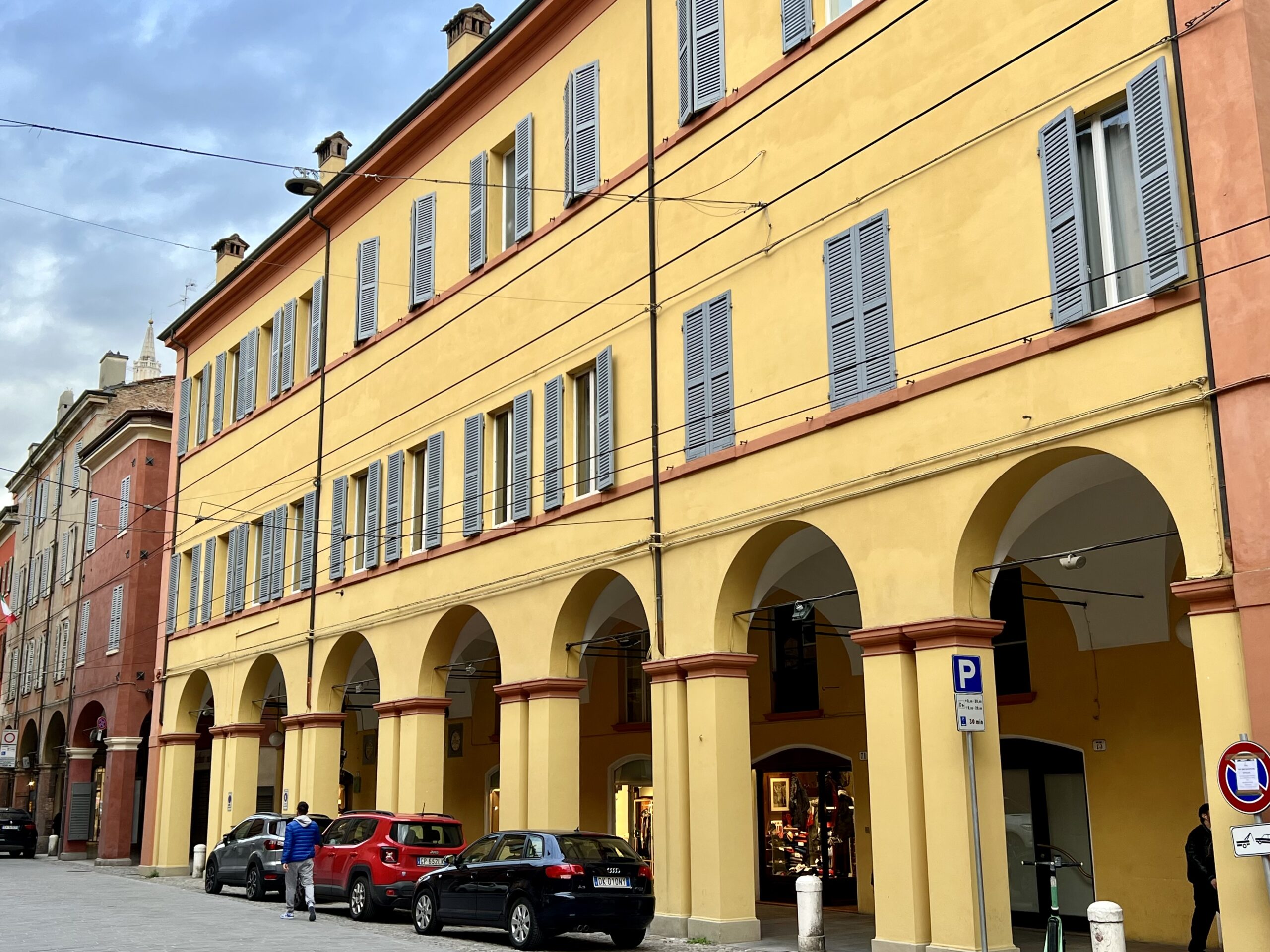

Centro Modena
We spent most of our time in the central part of the city.
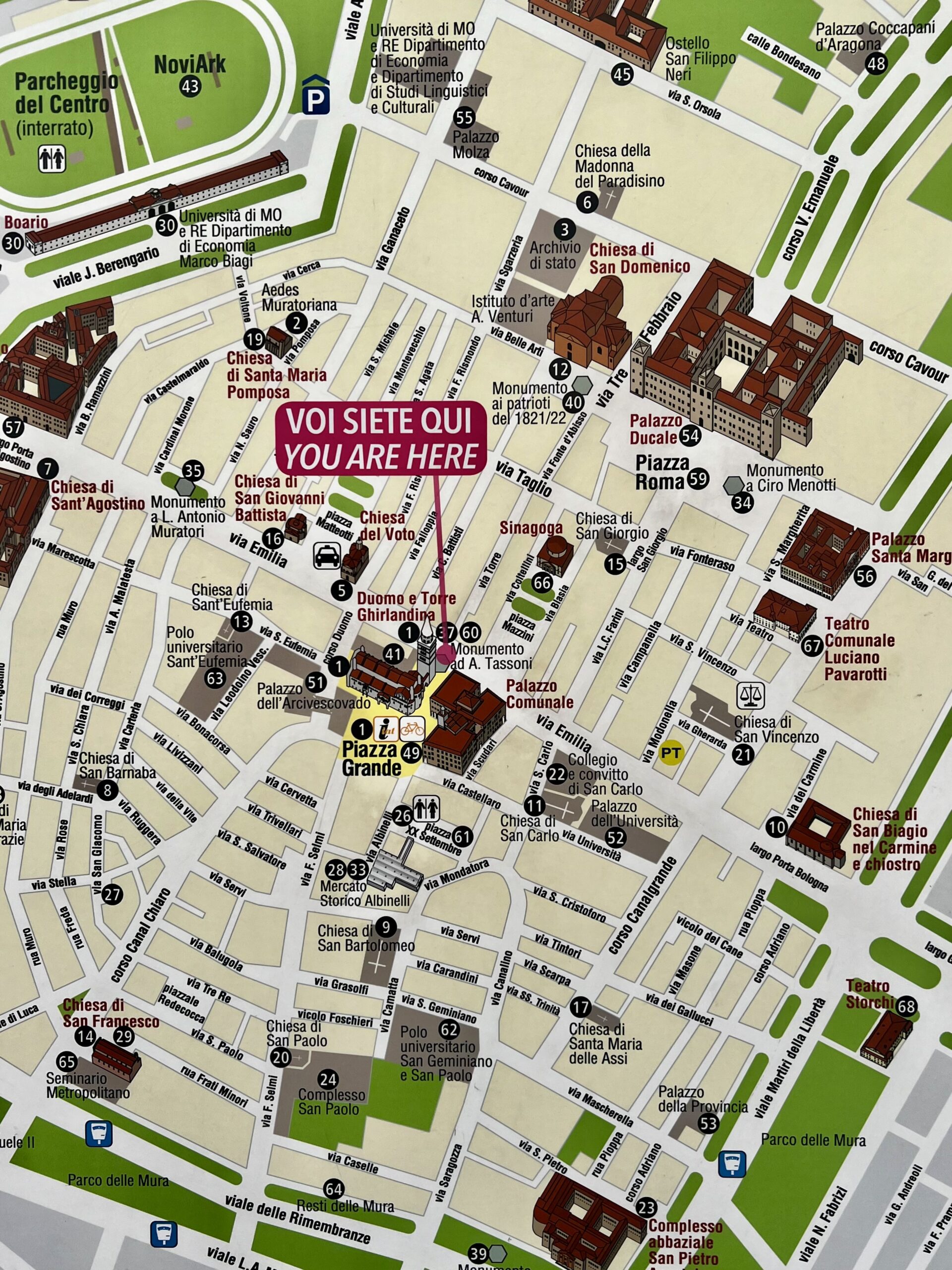
Mercato
This is probably the nicest covered mercato we have ever seen. The 1930s architecture is lovely, and the interior is pristine. Not a single lettuce leaf on the paving. The market is on one level and offers a variety of goods from desserts (Bonnie made friends with patrons of one bakery), to fresh produce, salumi, cheese, meats, pasta, vinegars, and prepared food stalls. We saw many varieties of artichokes. We ate lunch there twice.
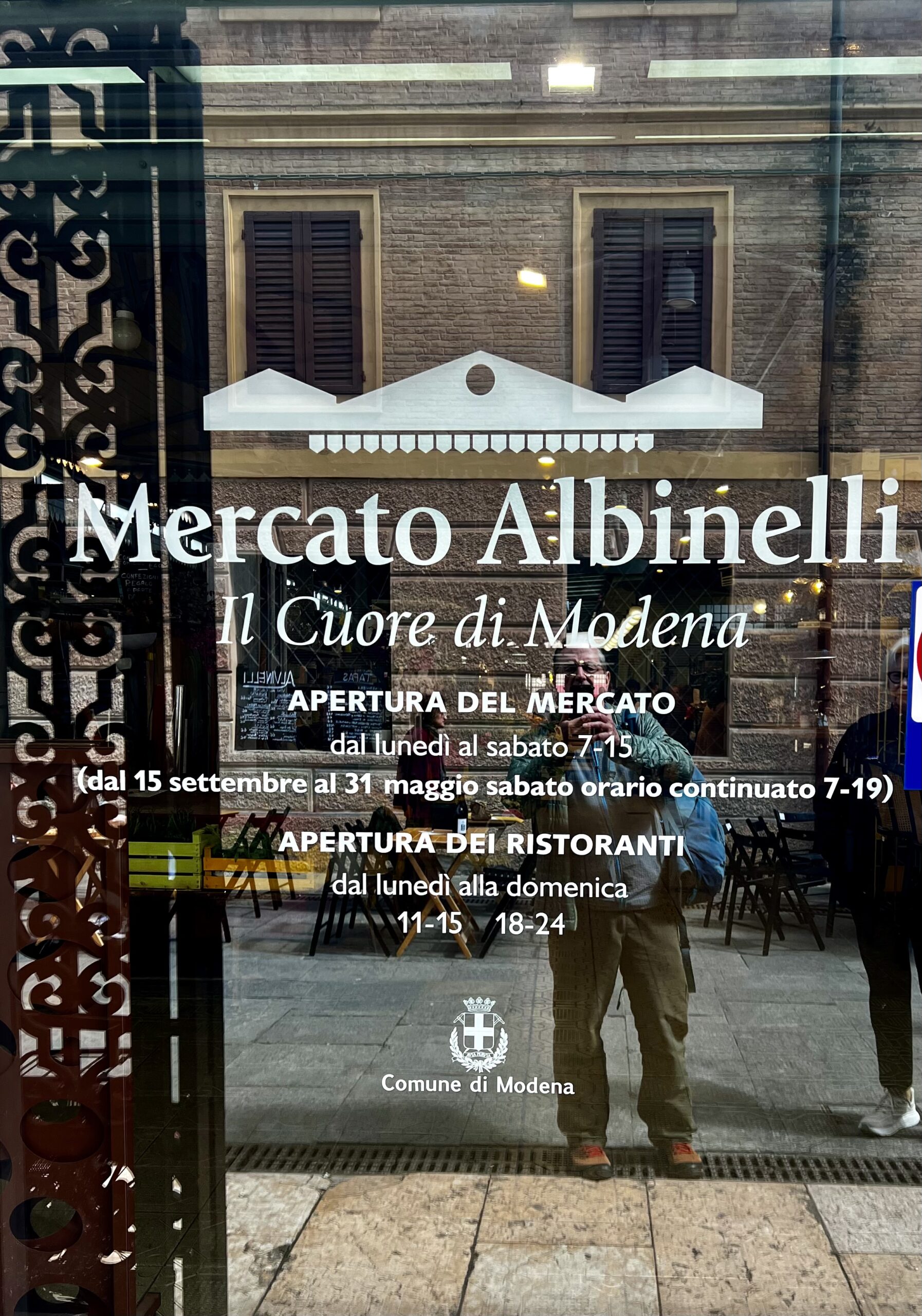
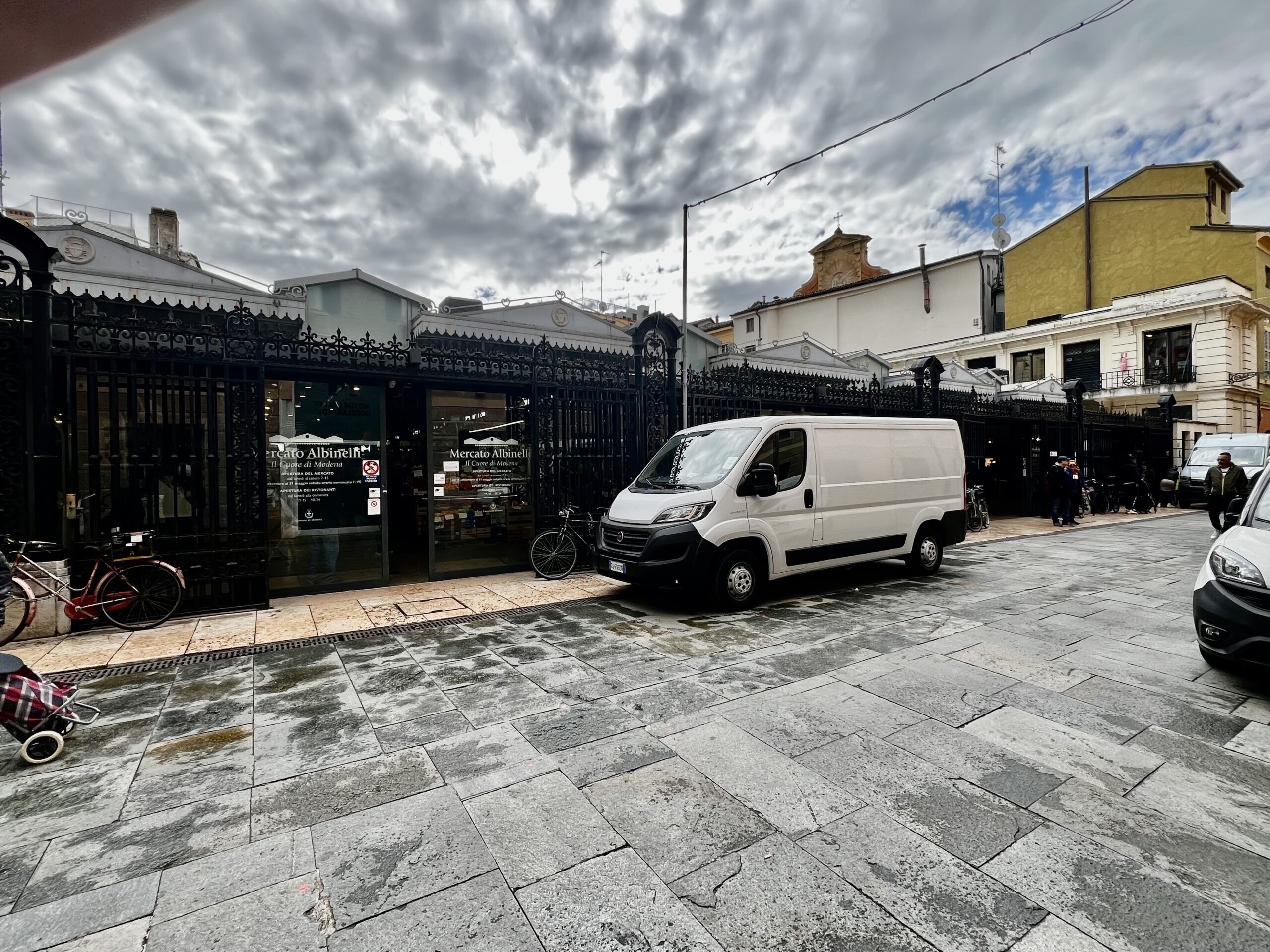
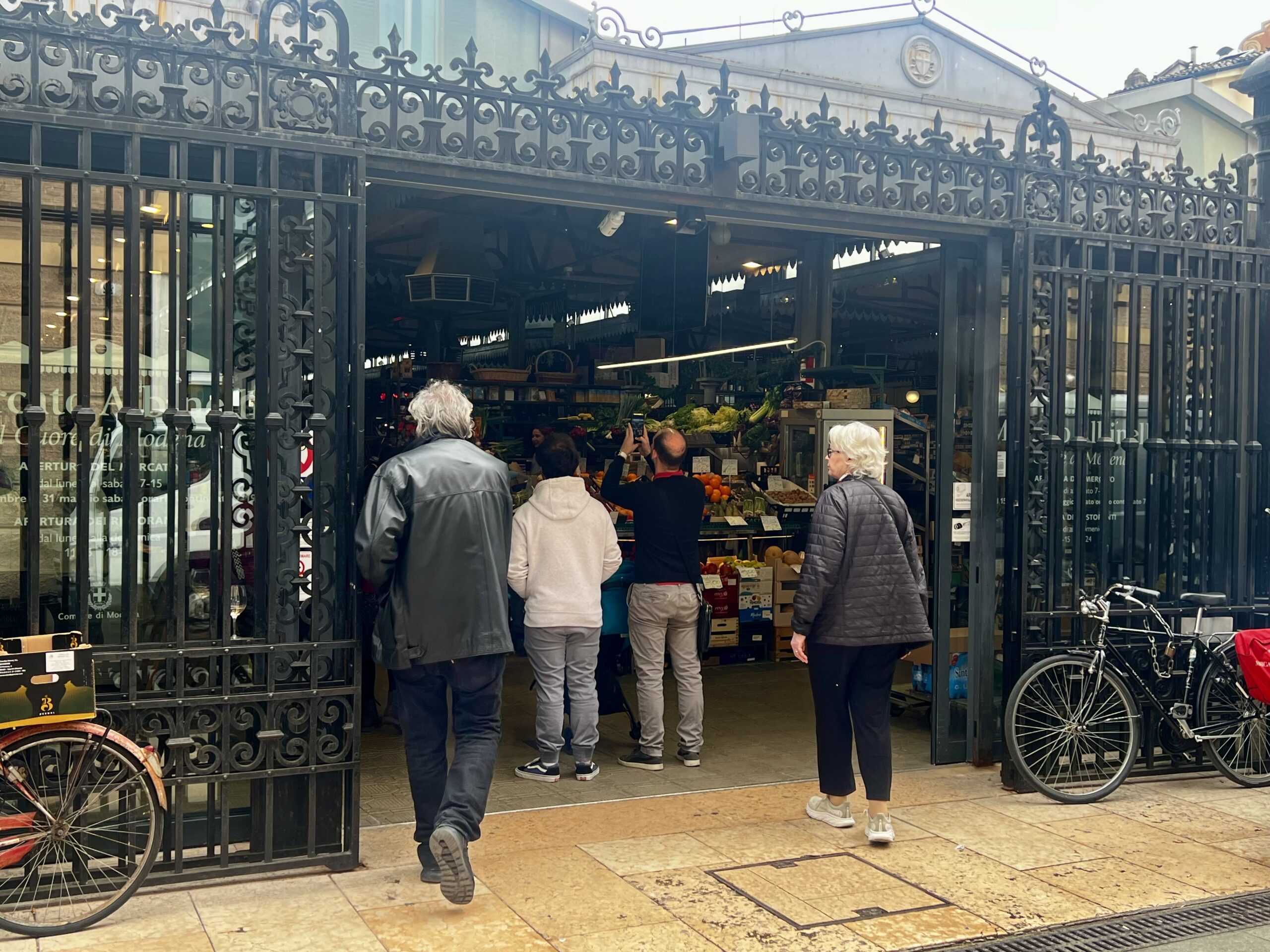
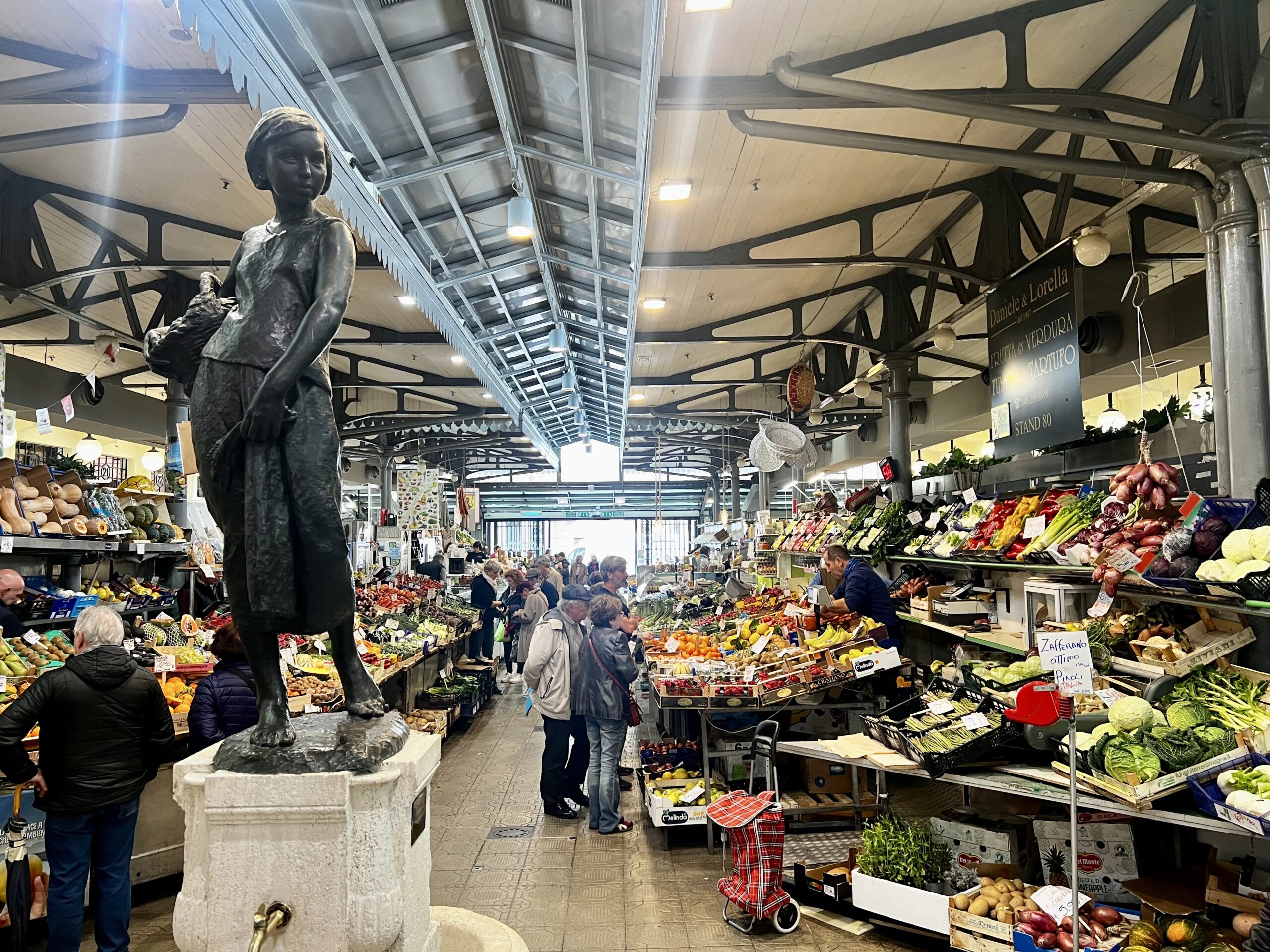
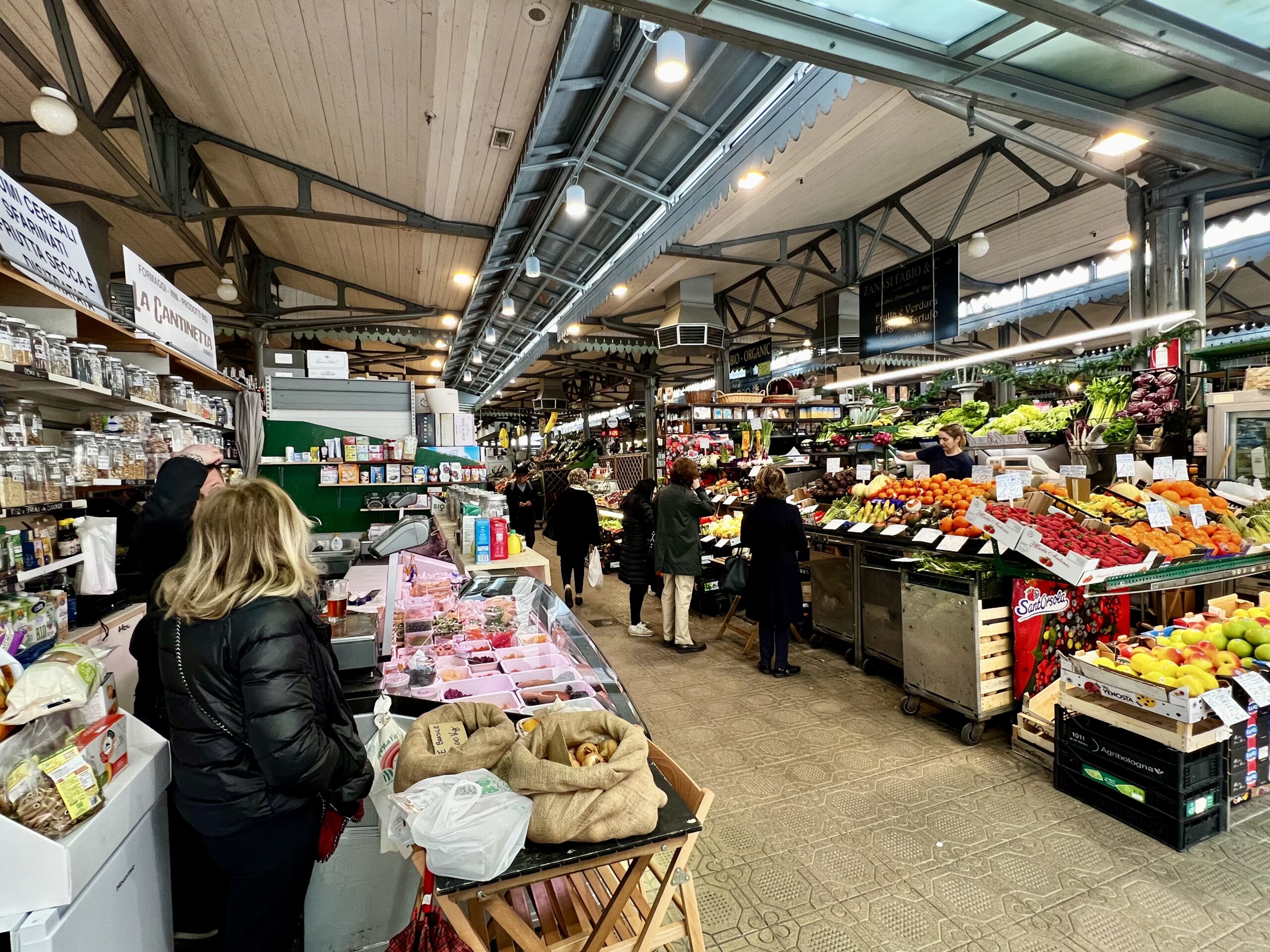
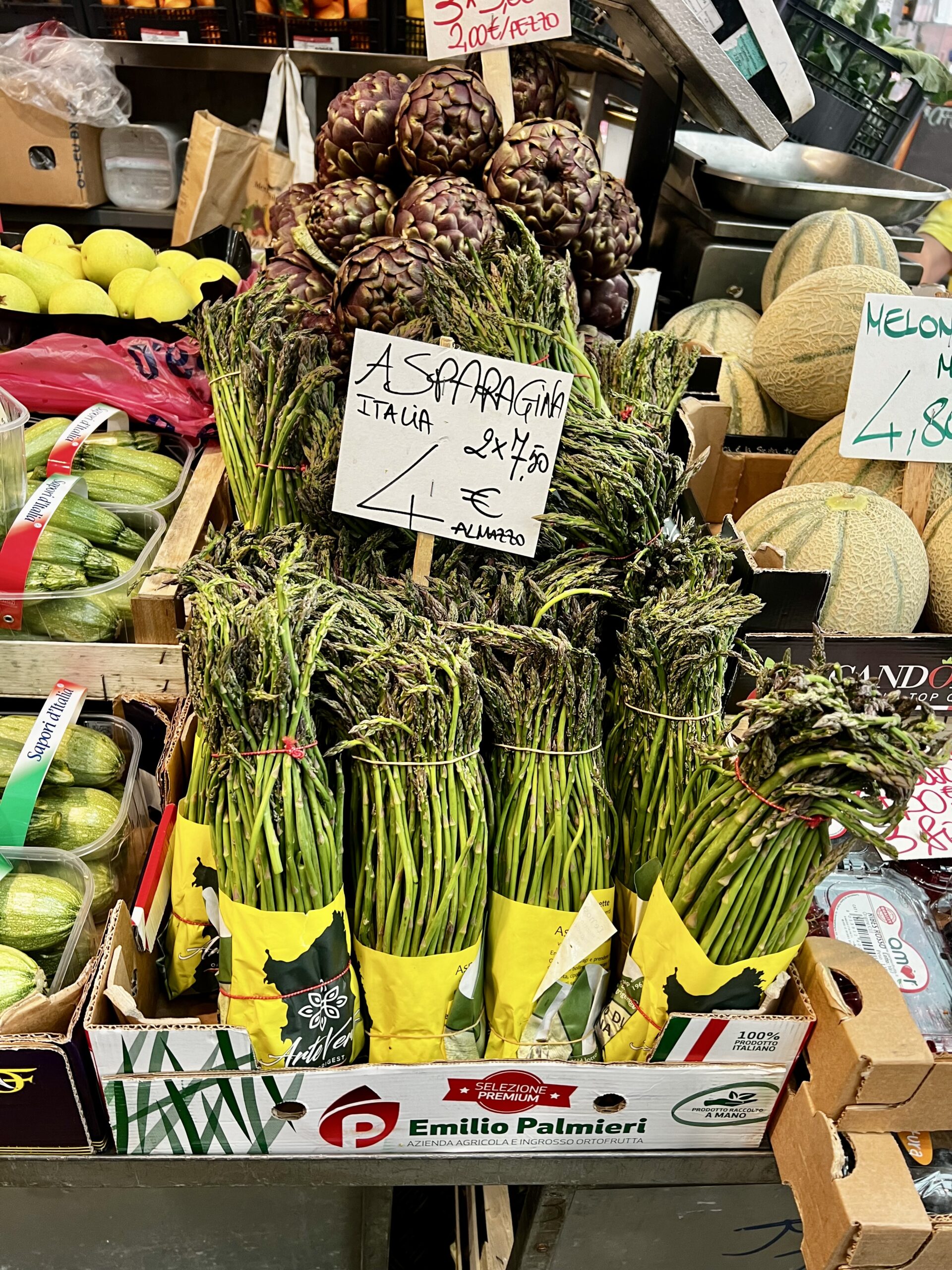
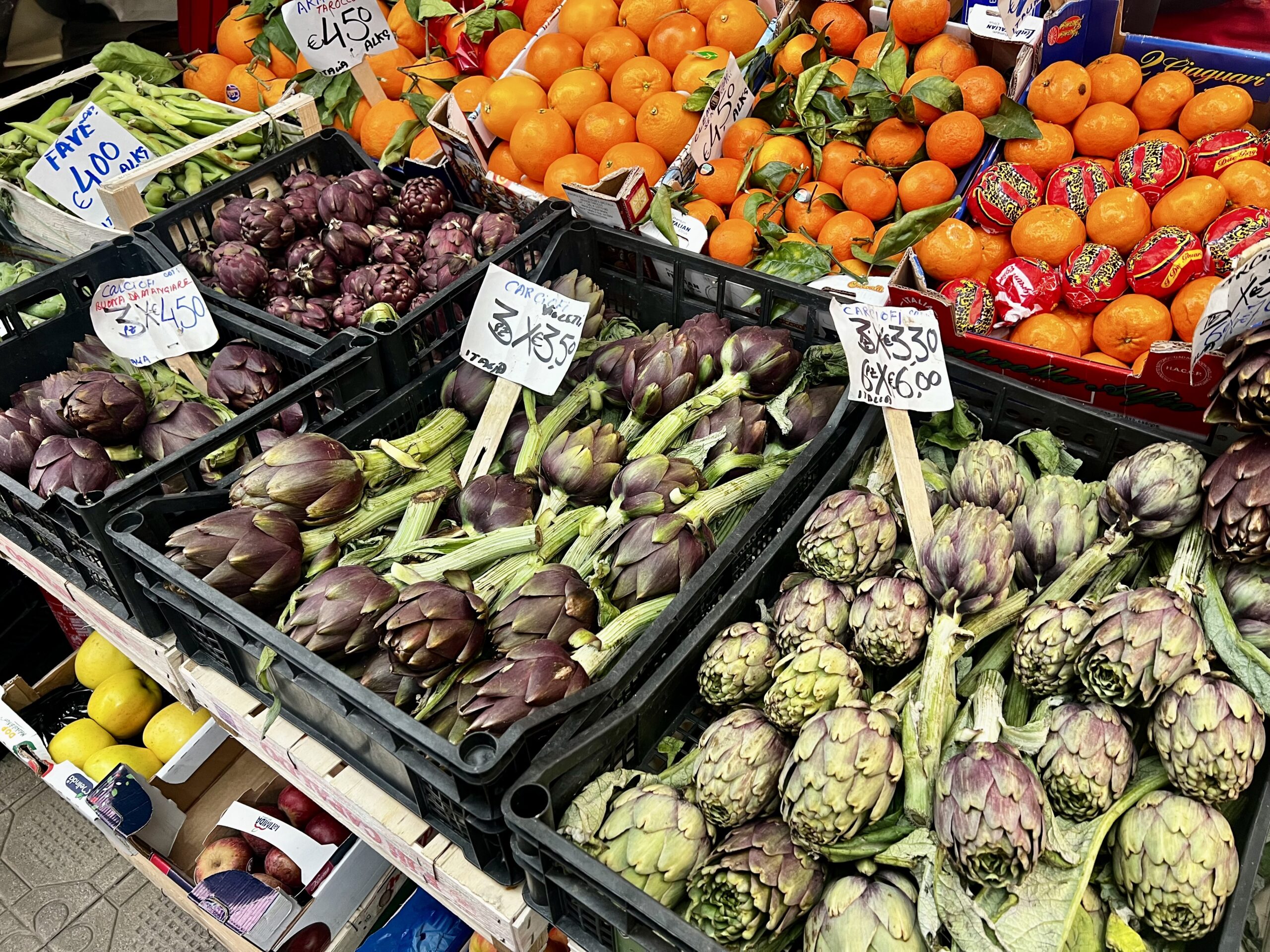
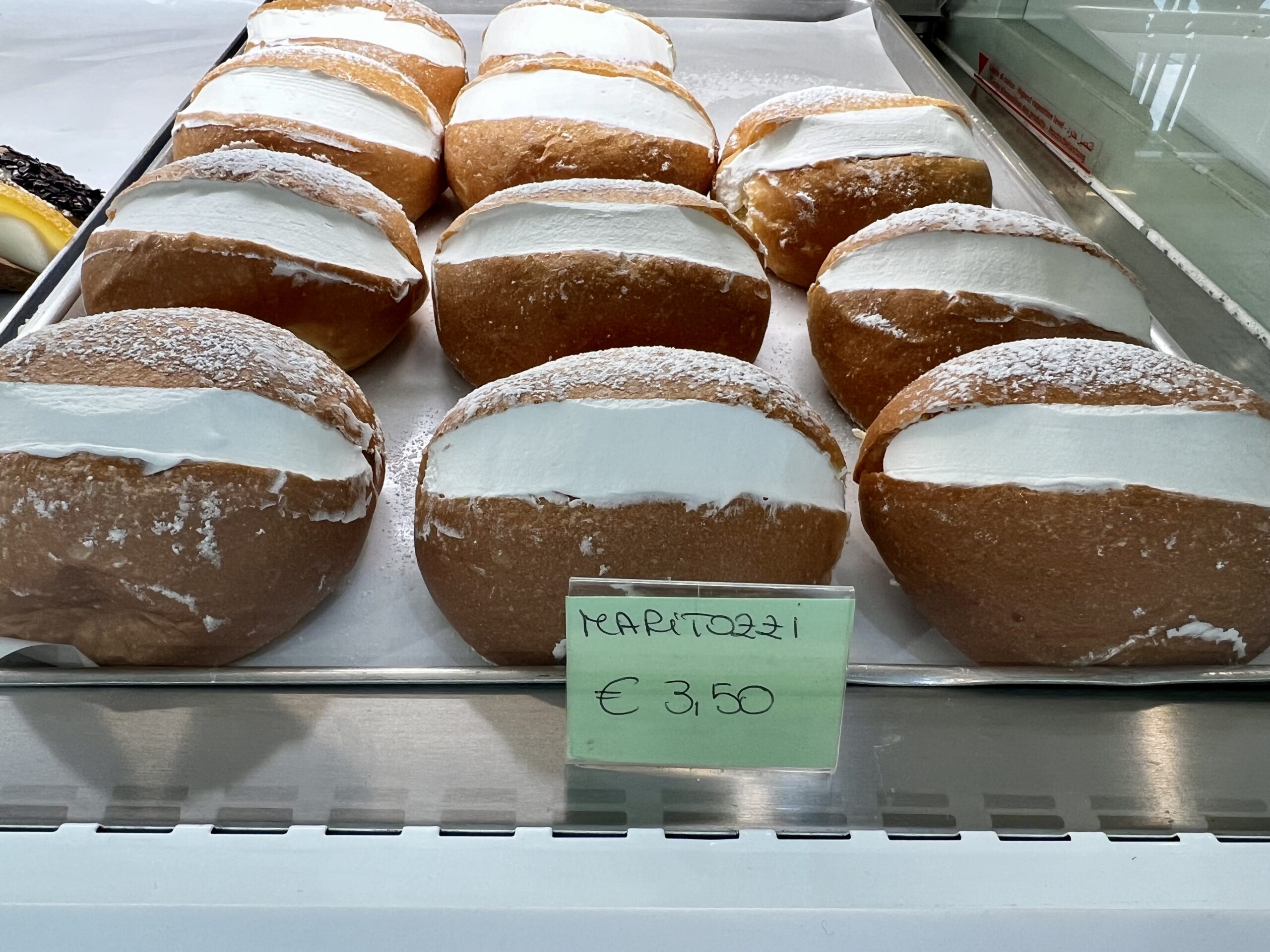
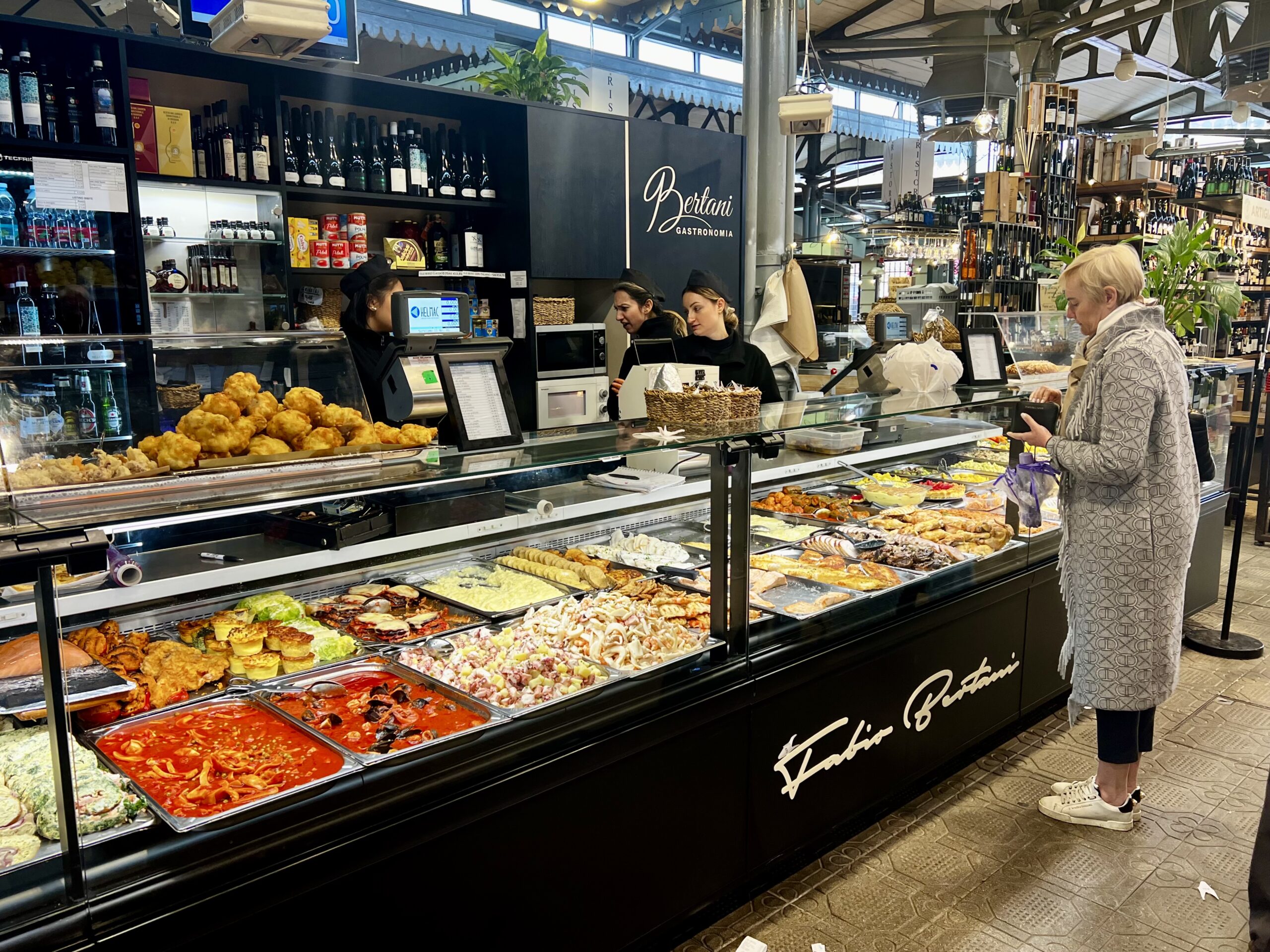
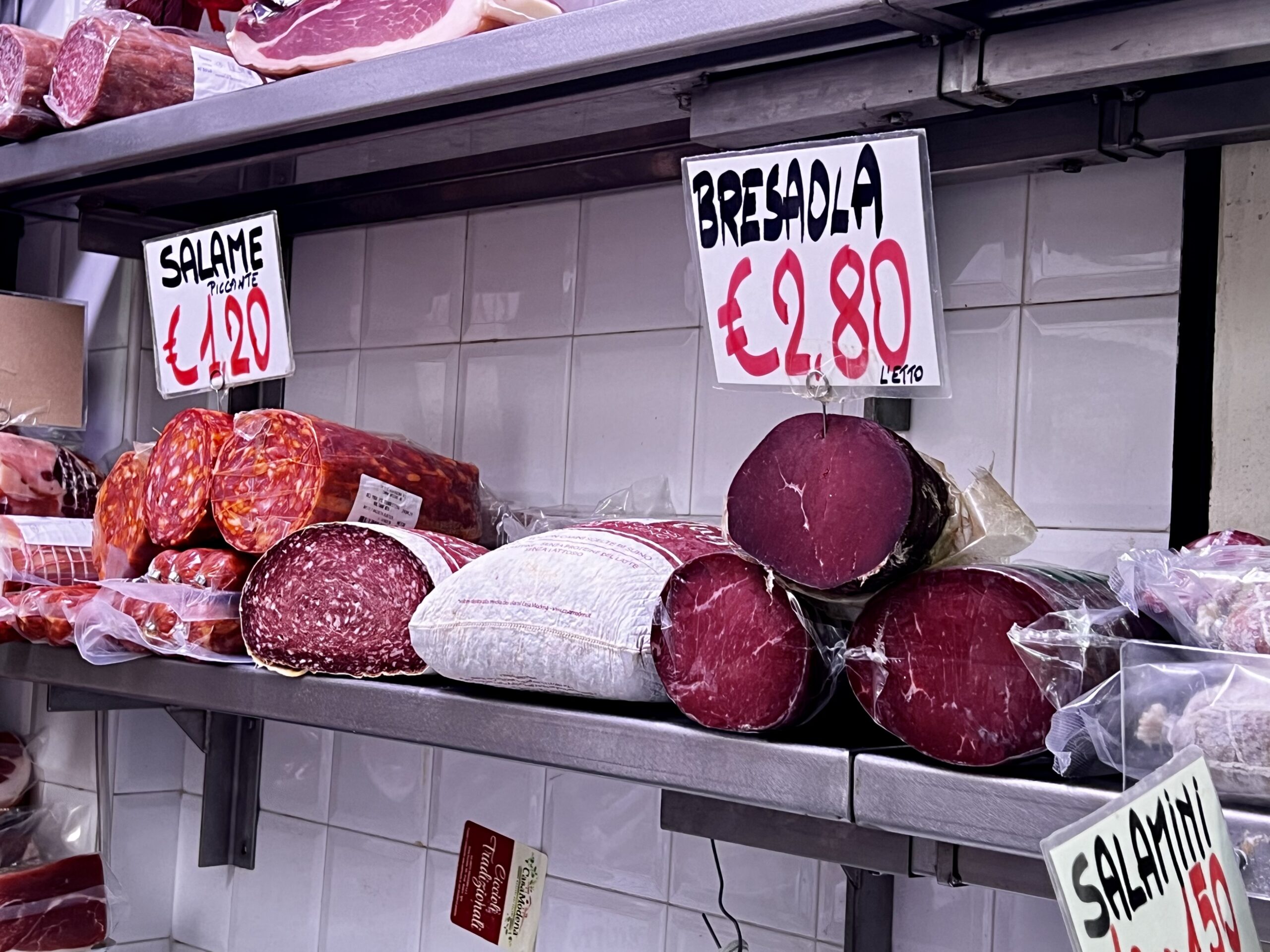
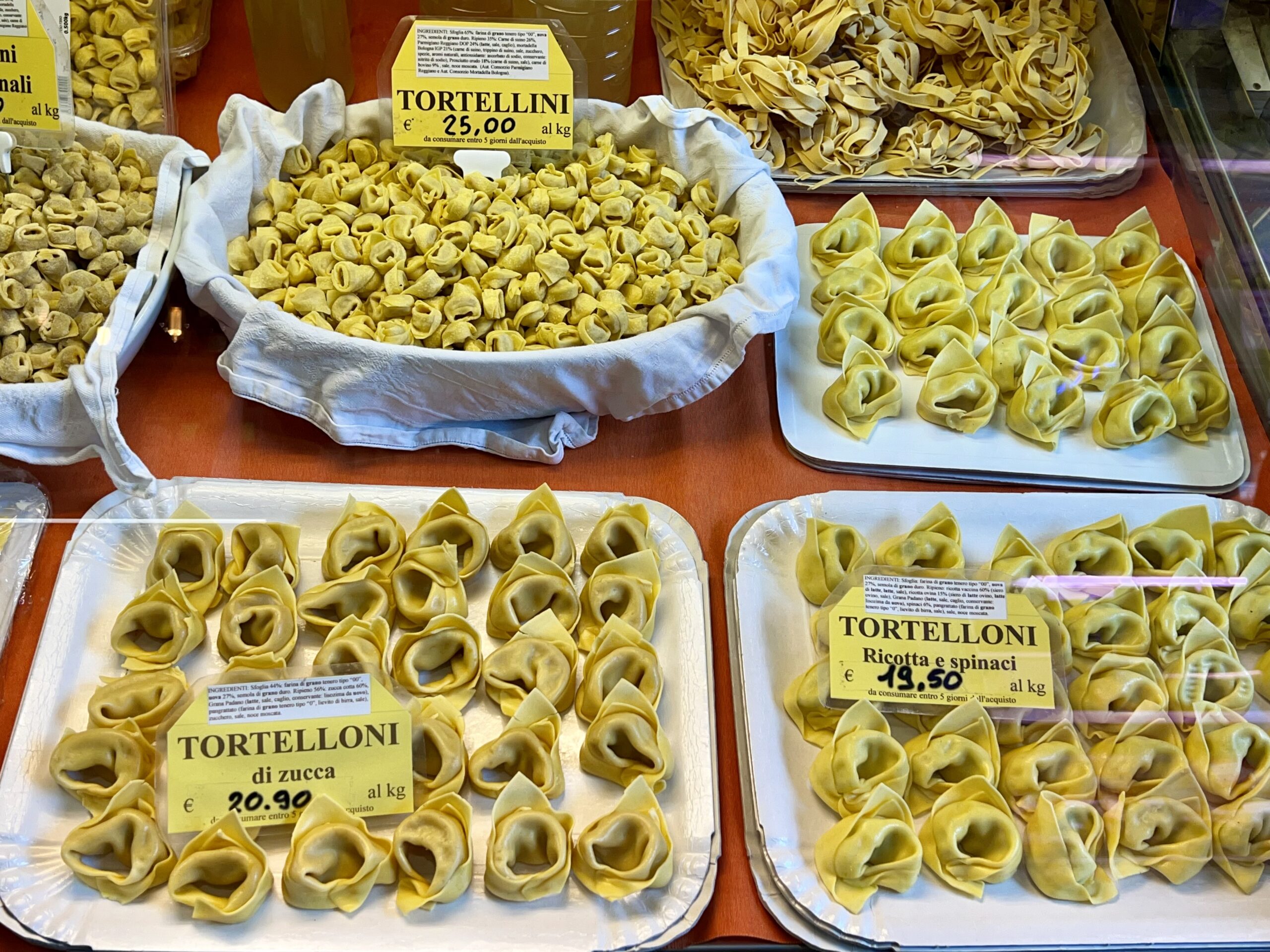
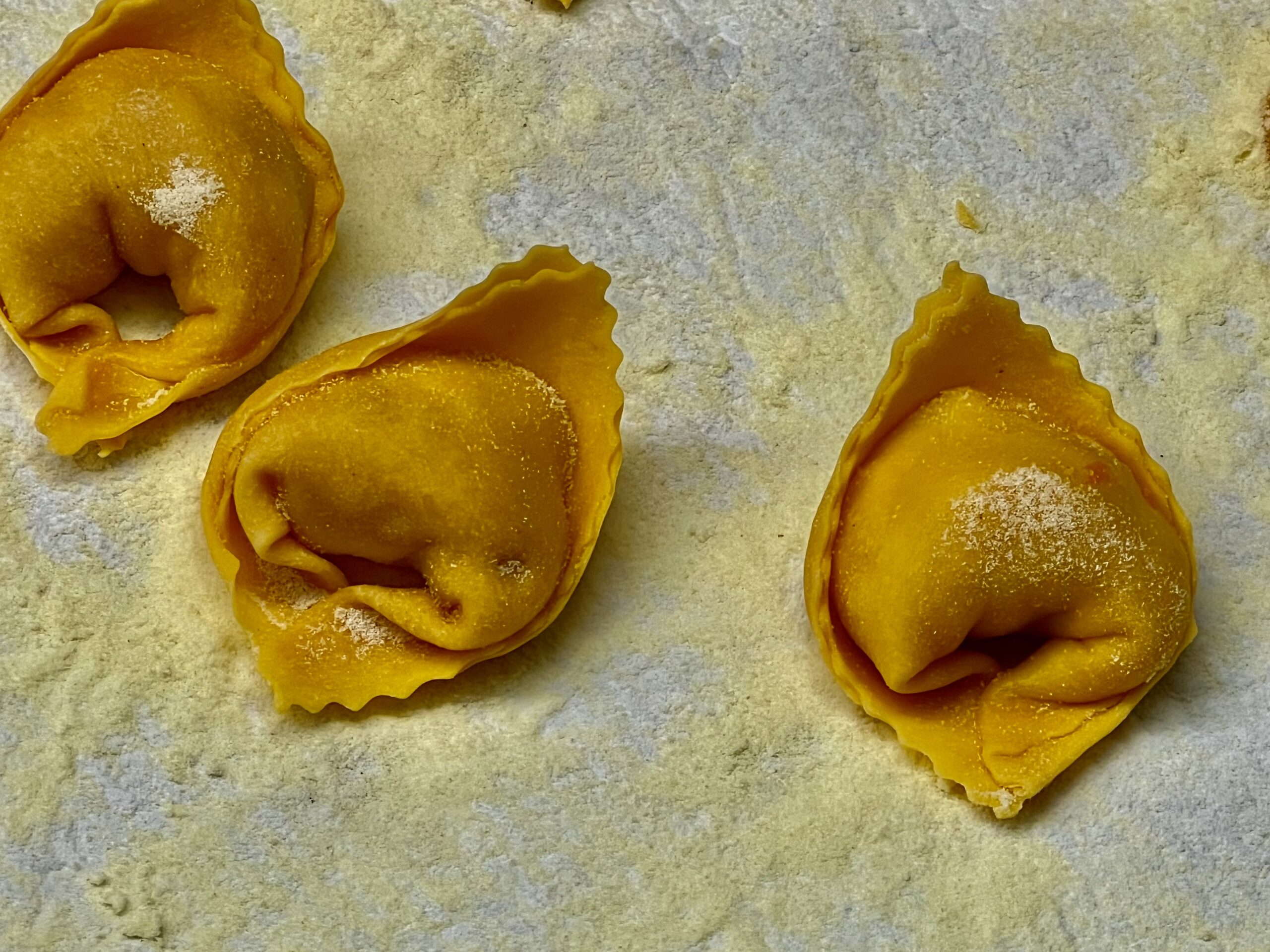
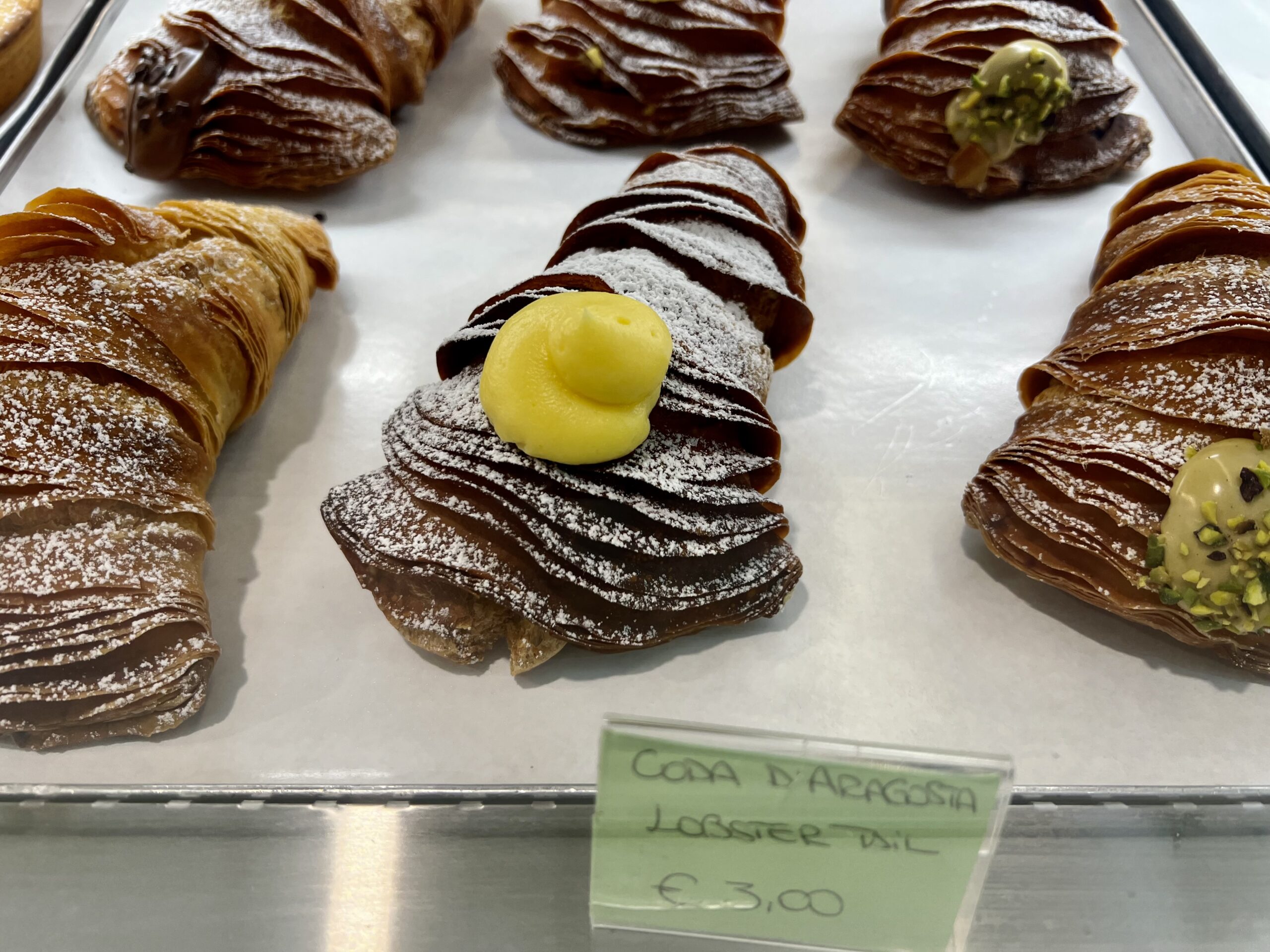
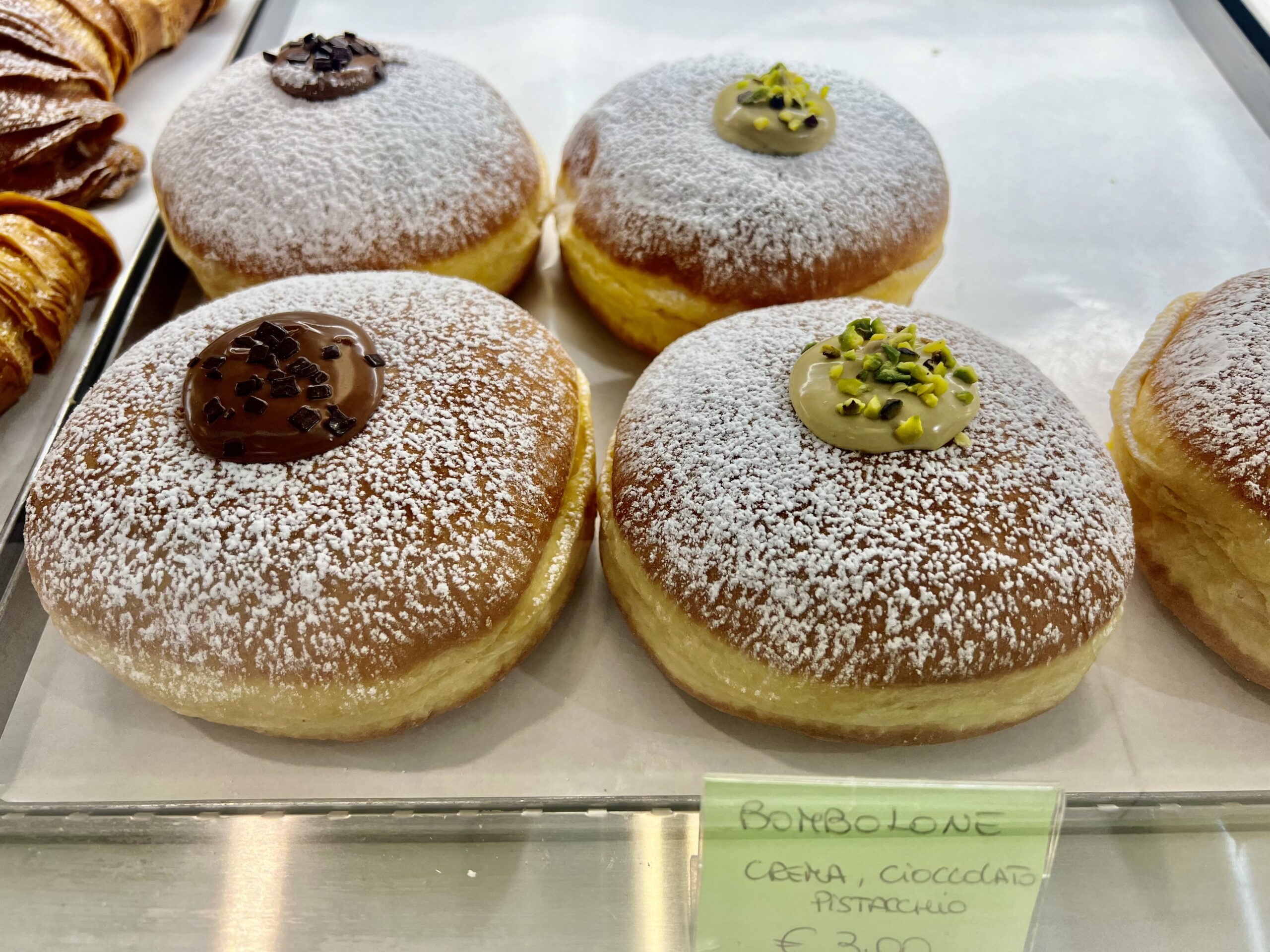
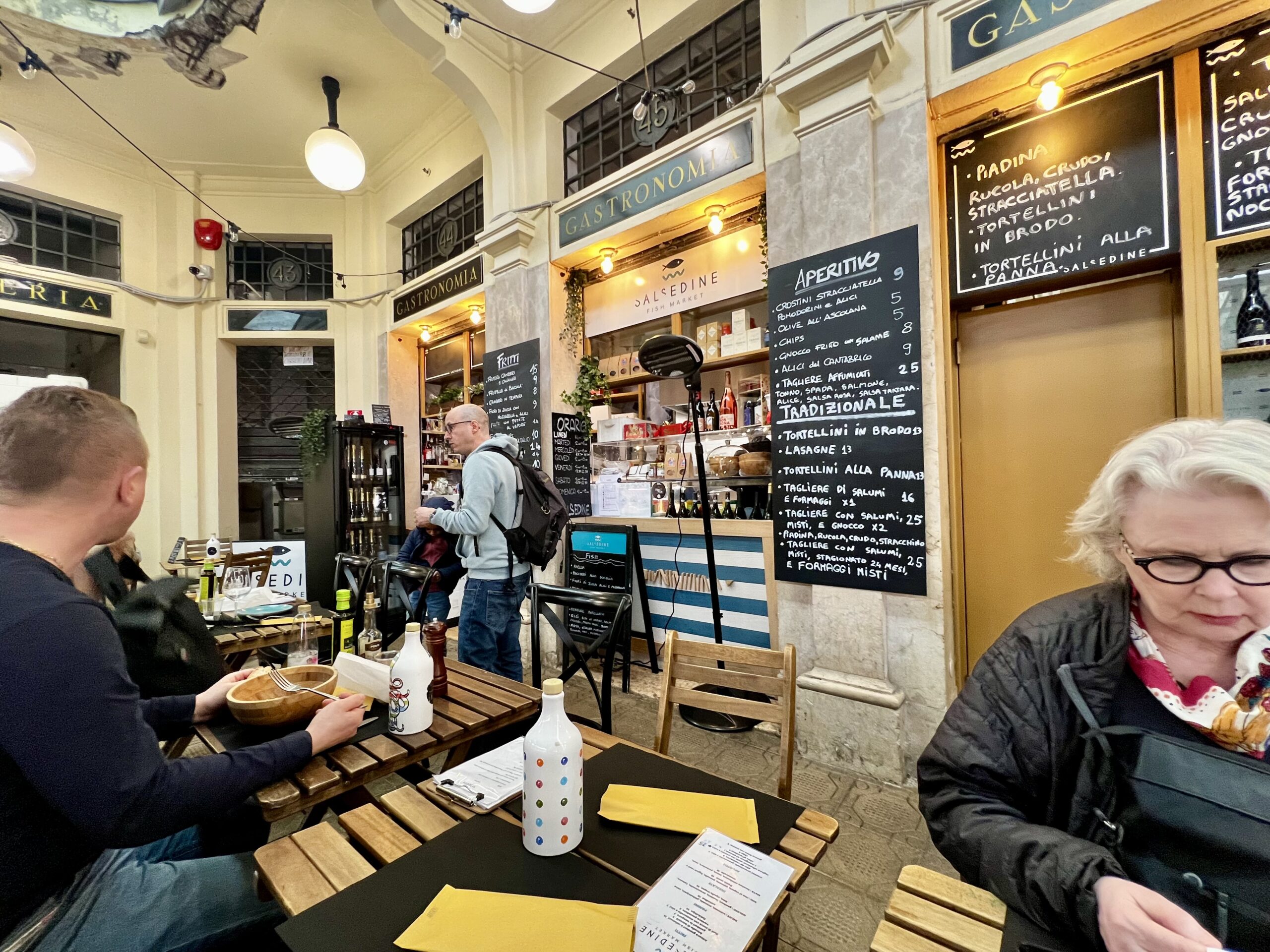
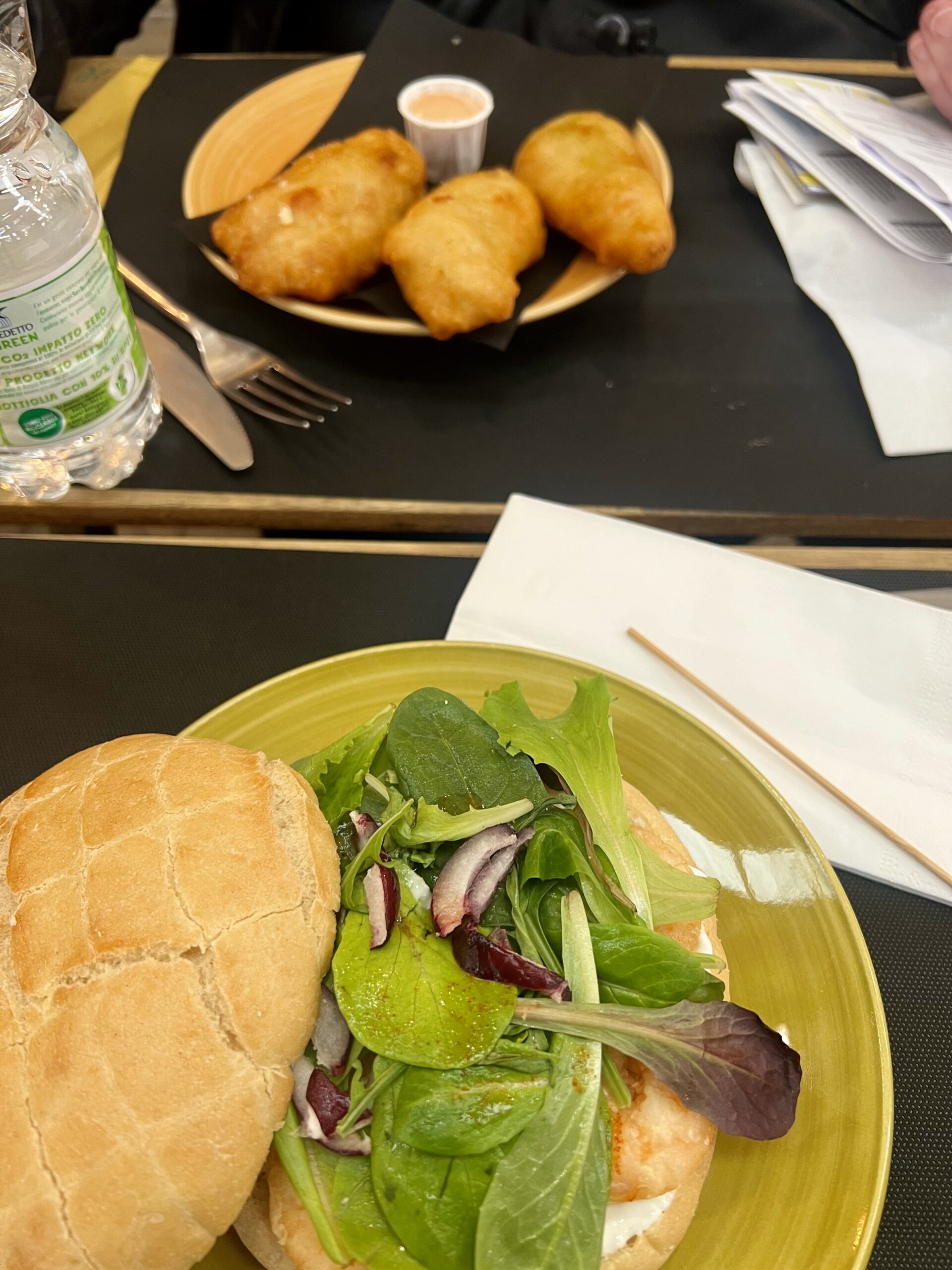
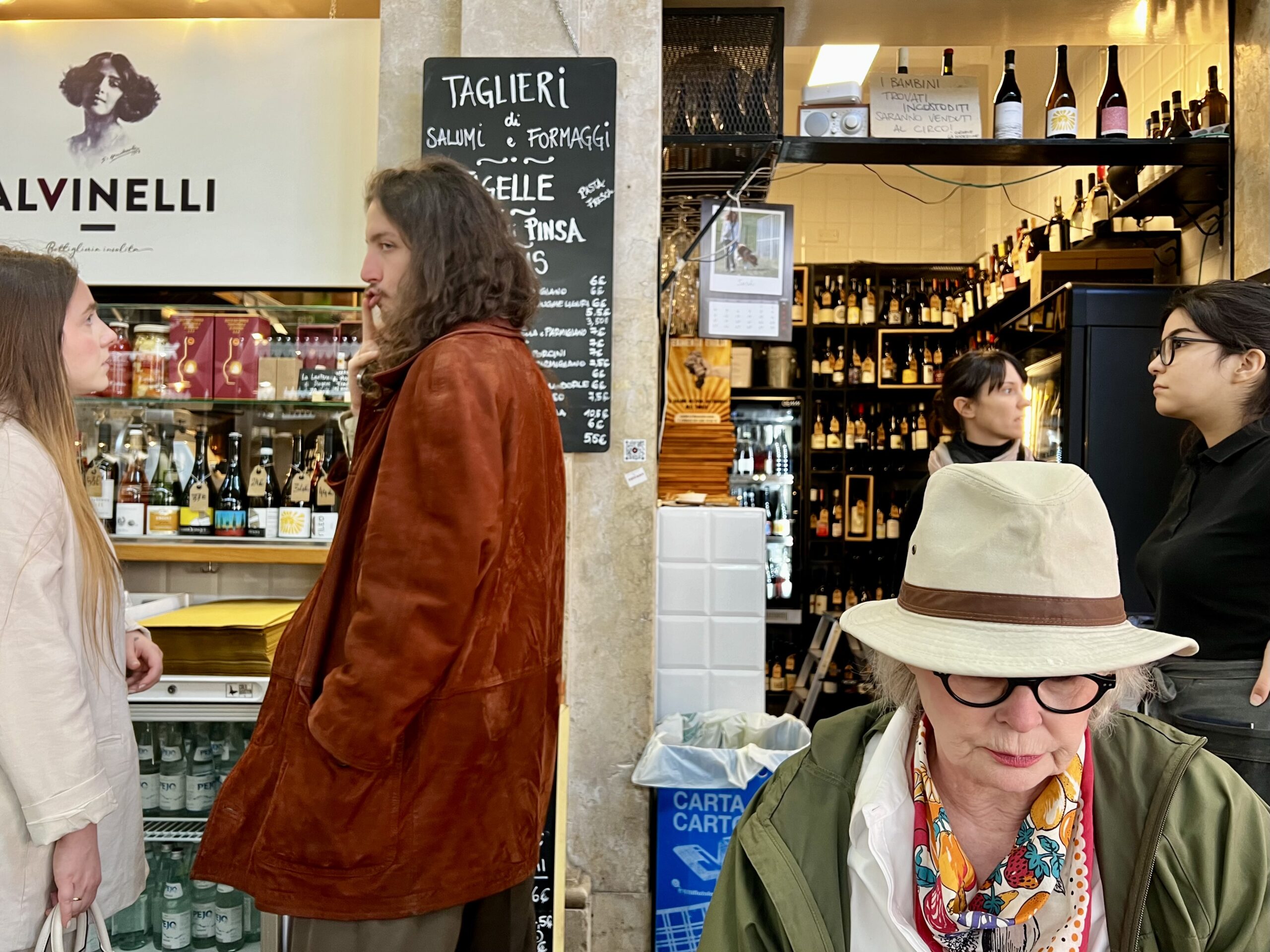
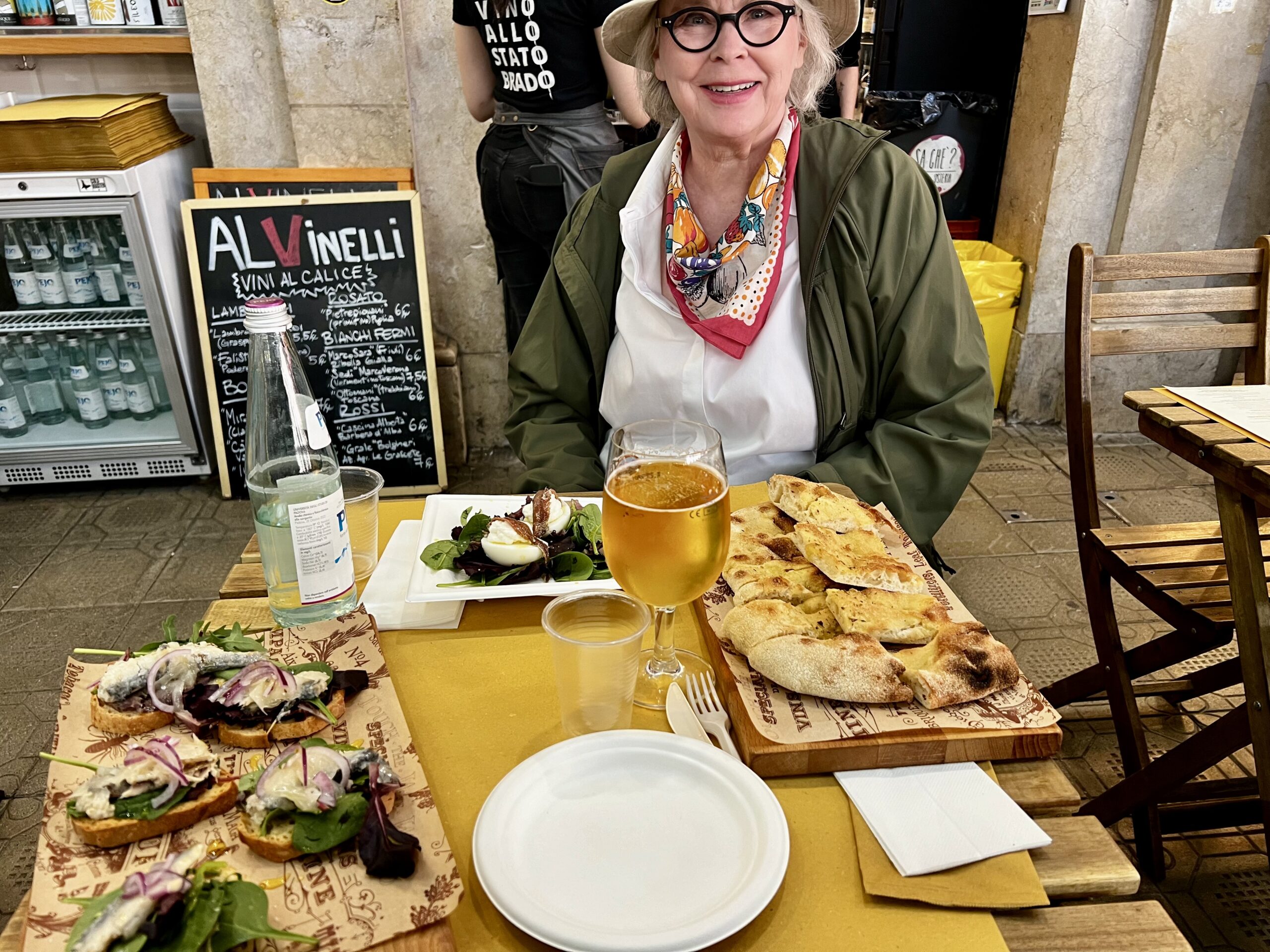
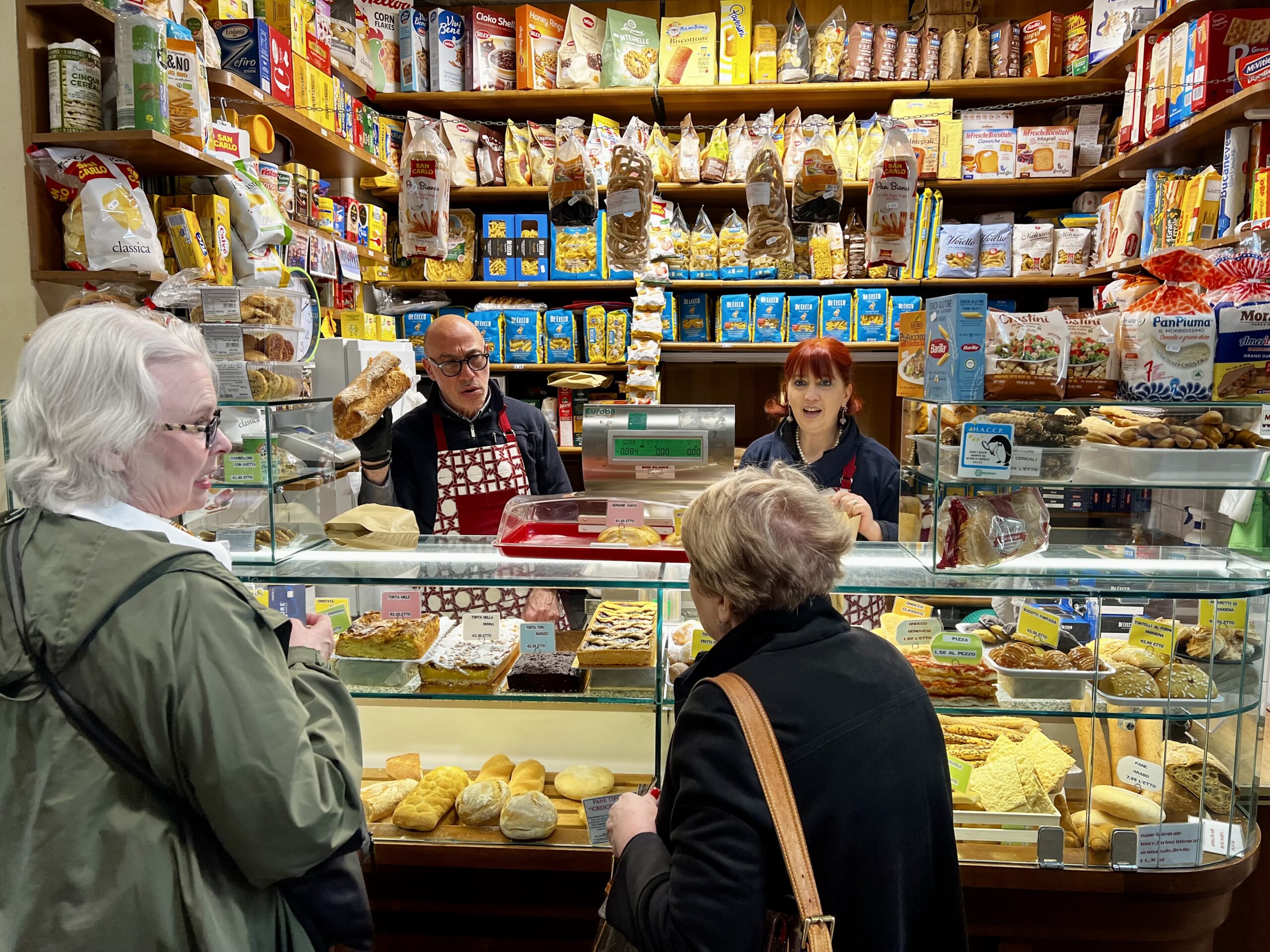
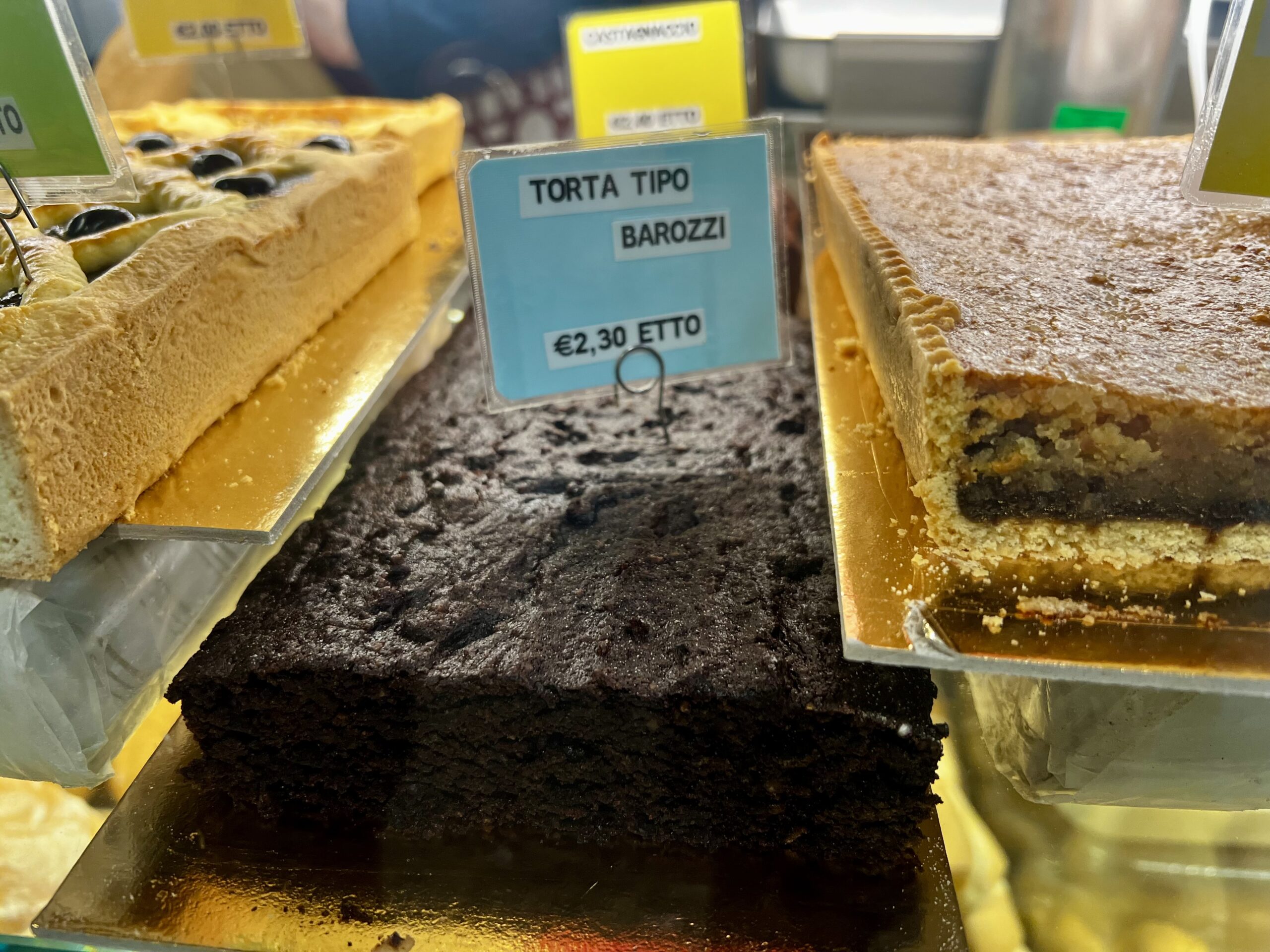
Duomo
On our trips it is nice to arrive without expectations. We knew nothing about the cathedral here. We were pleasantly surprised with the simplicity of the interior. And, yes, the tower is leaning a bit, accentuated by the photography.
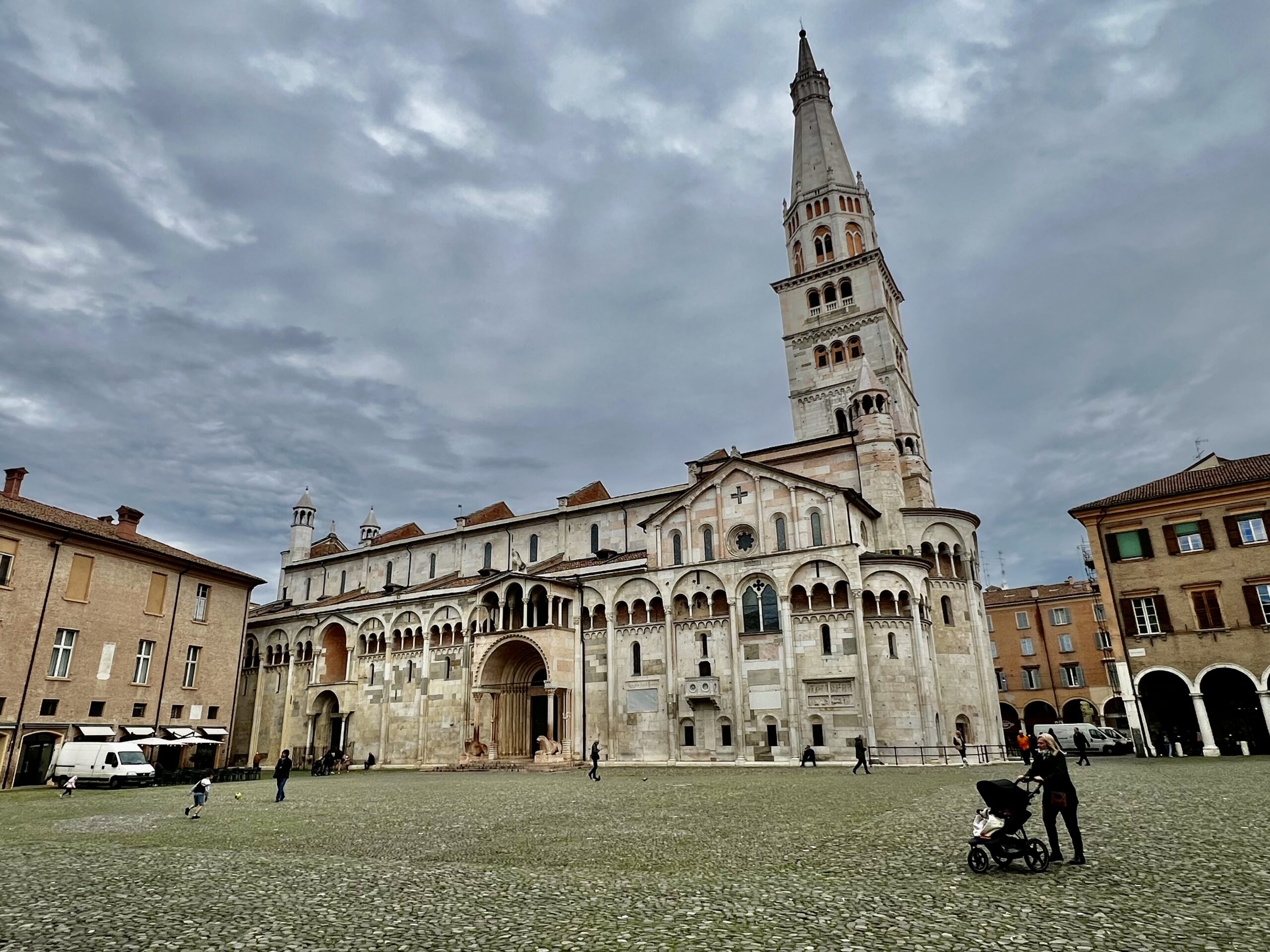
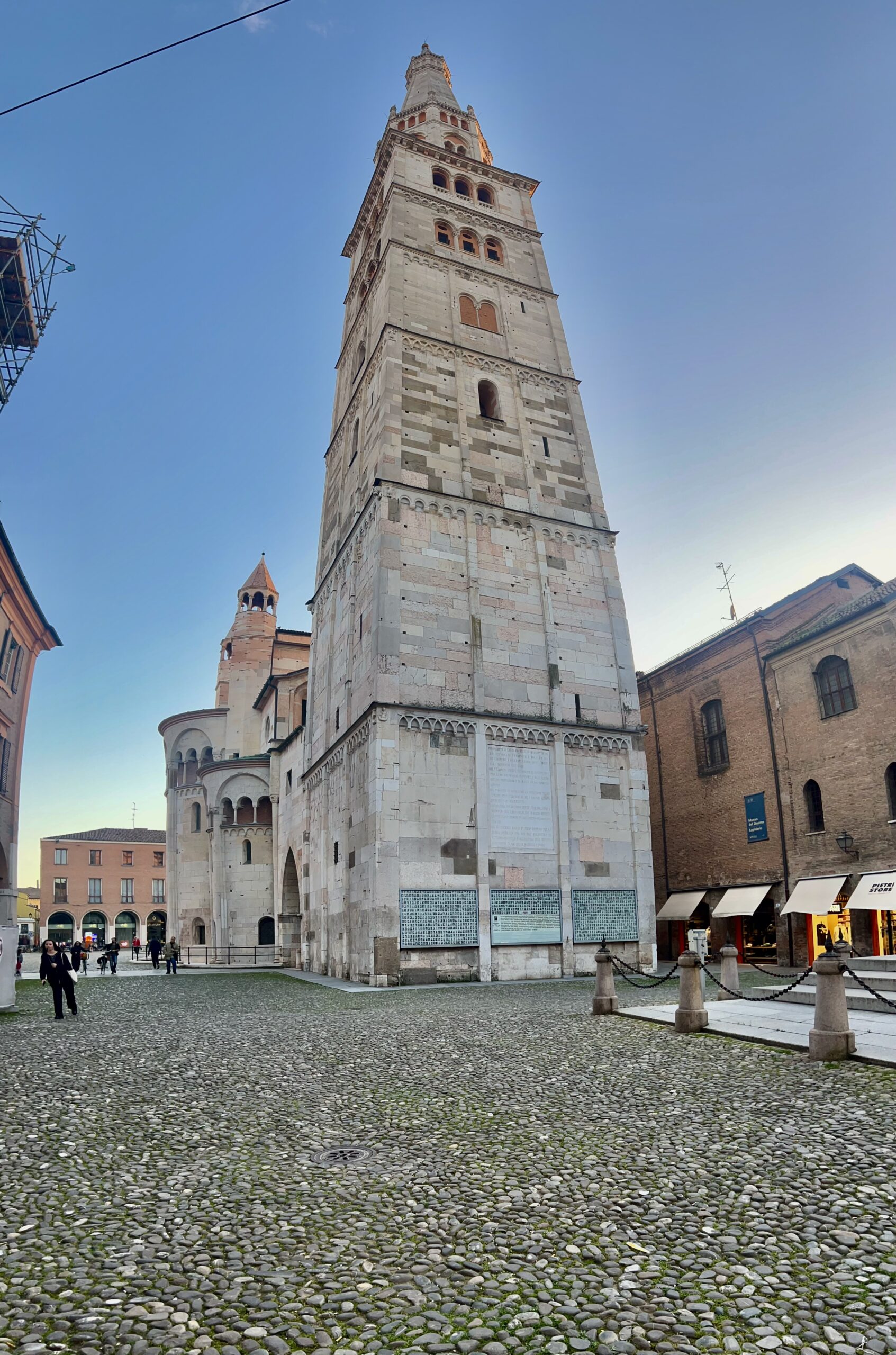
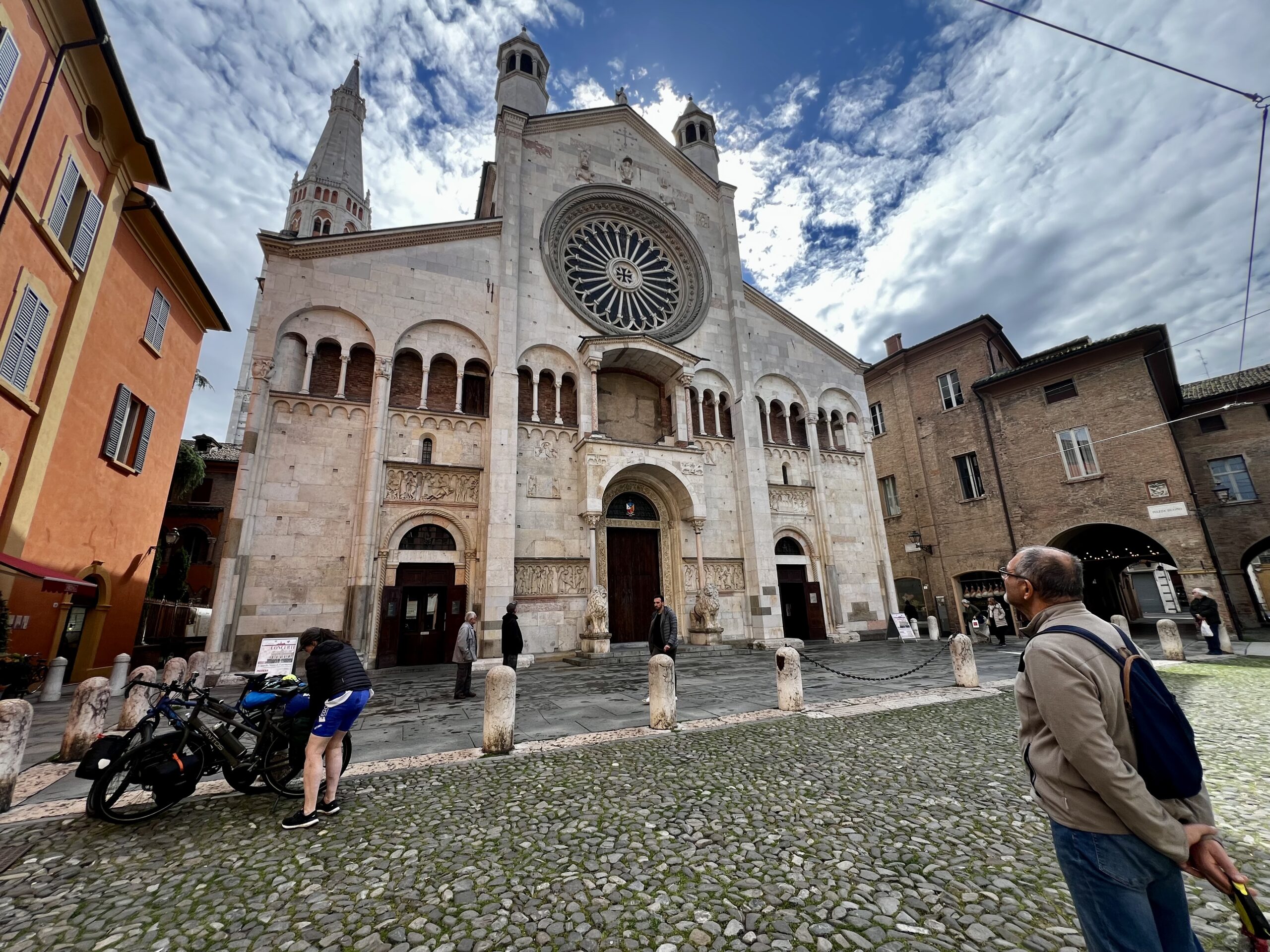
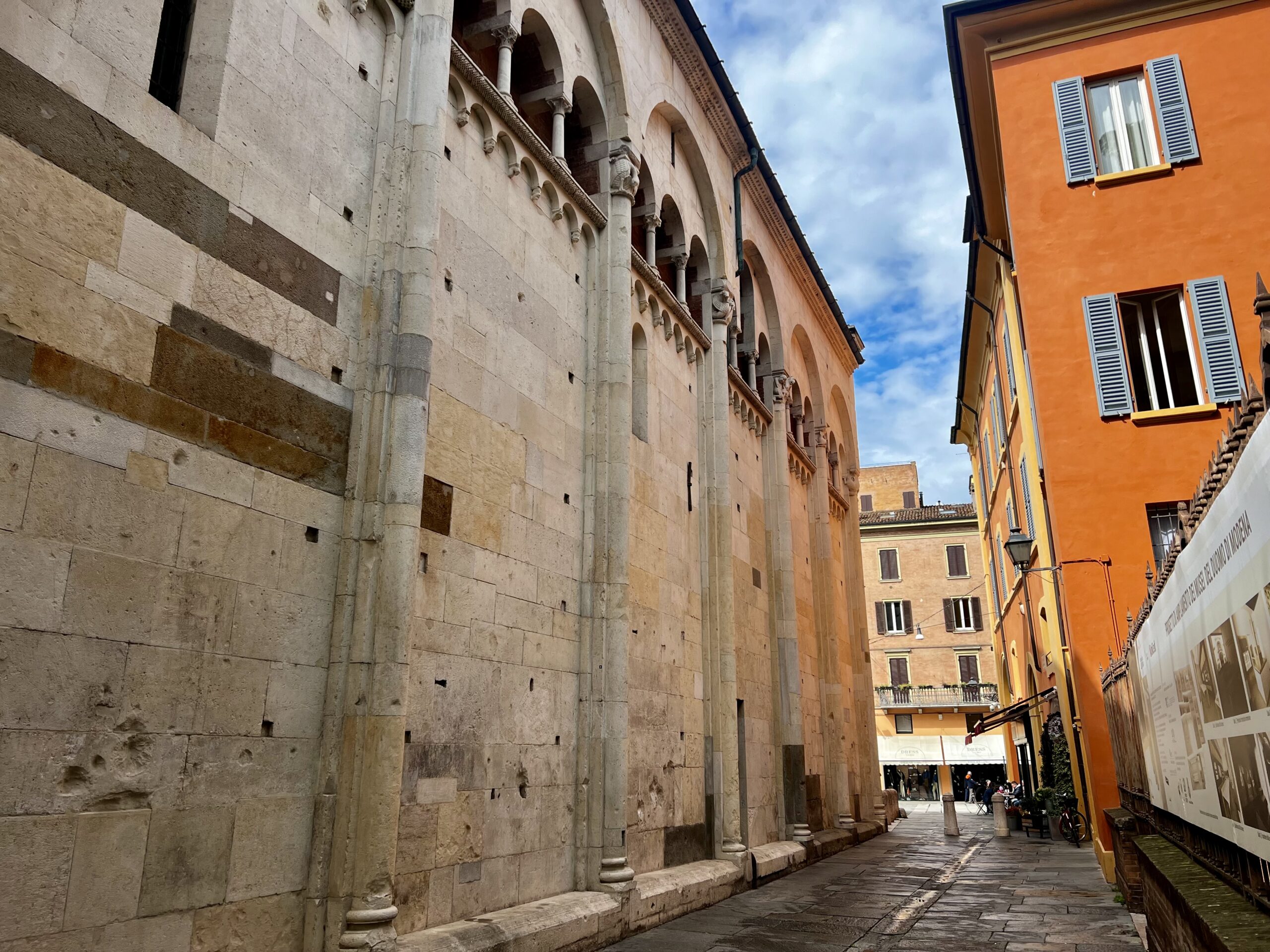

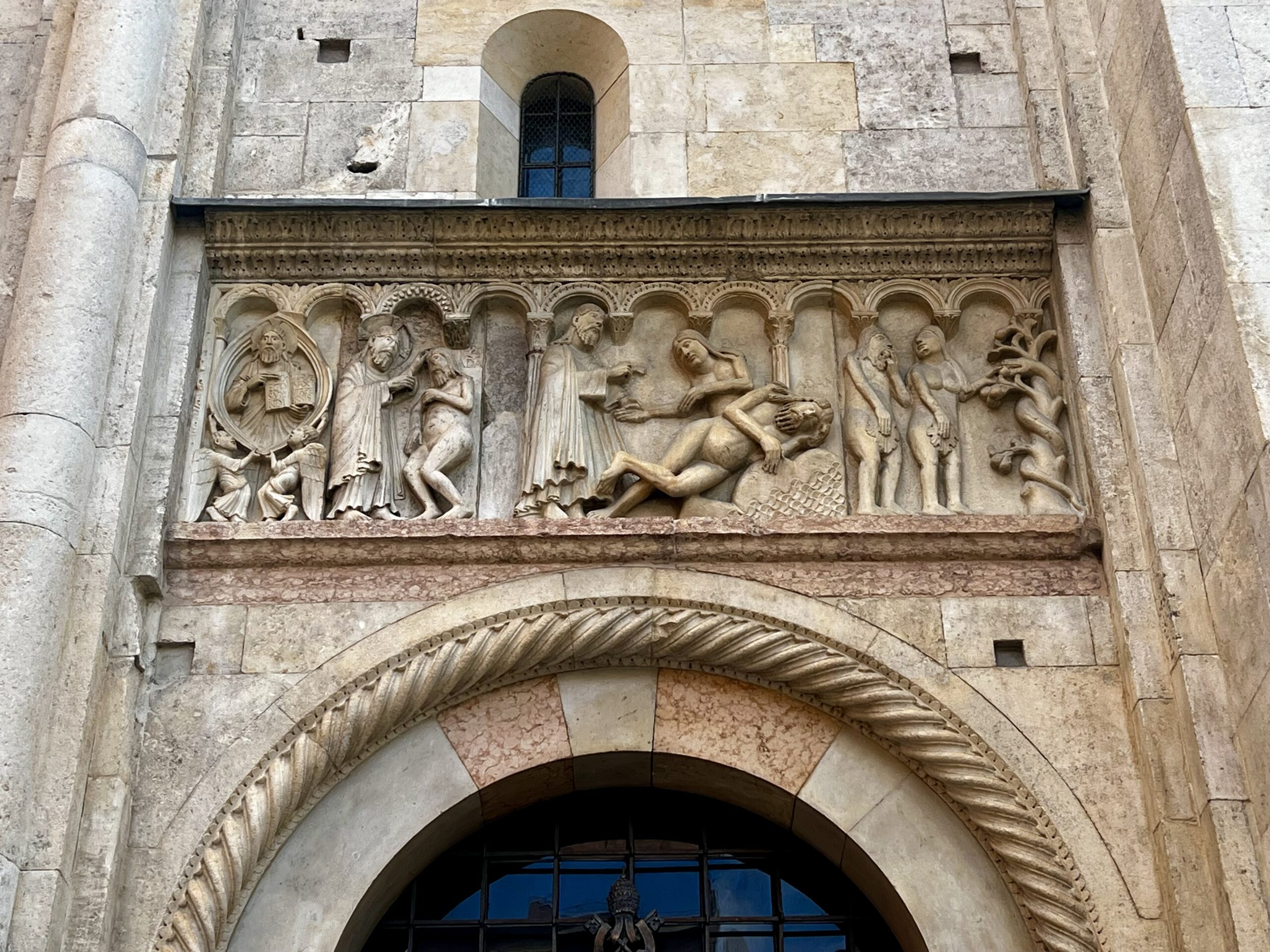
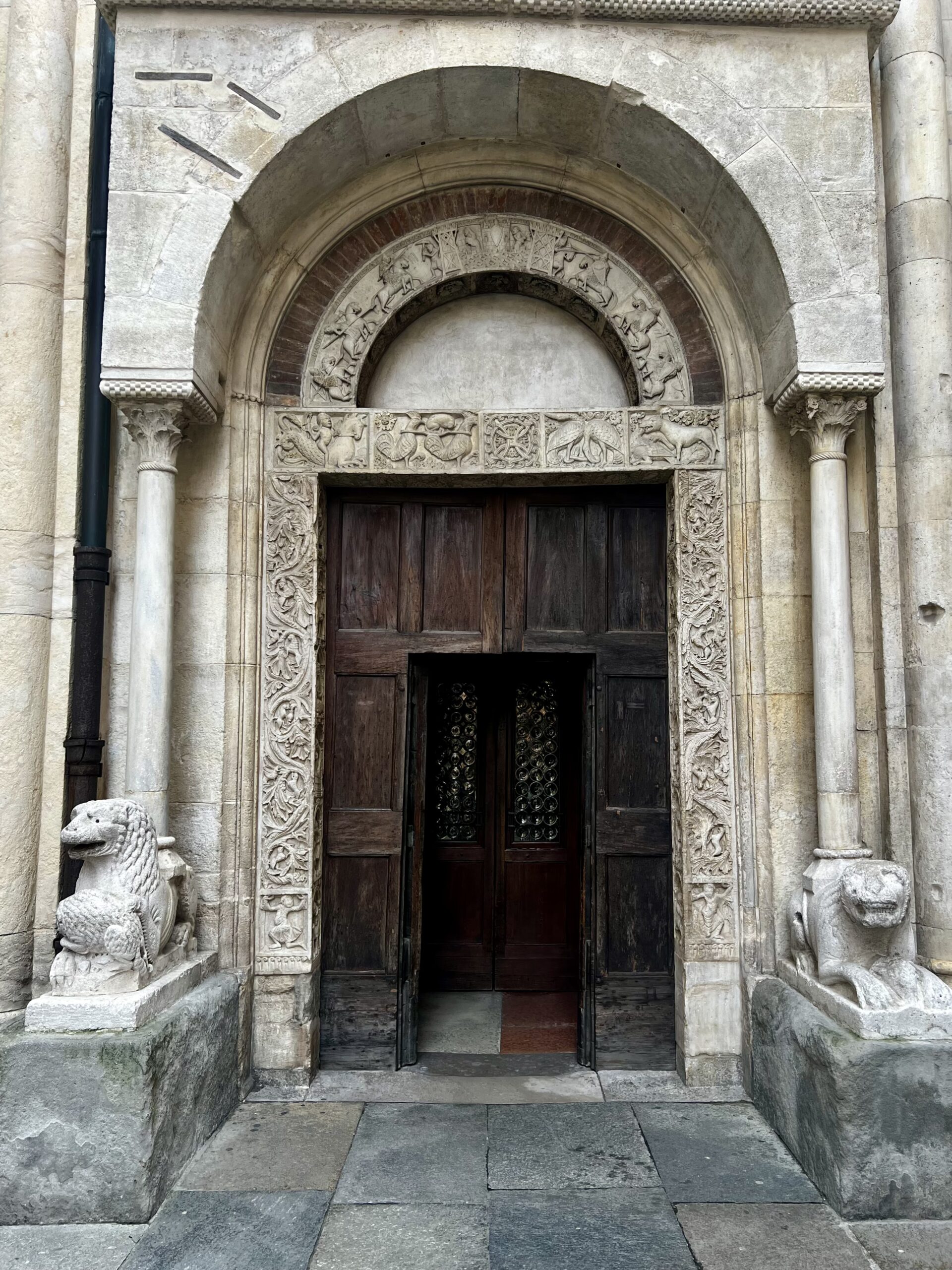
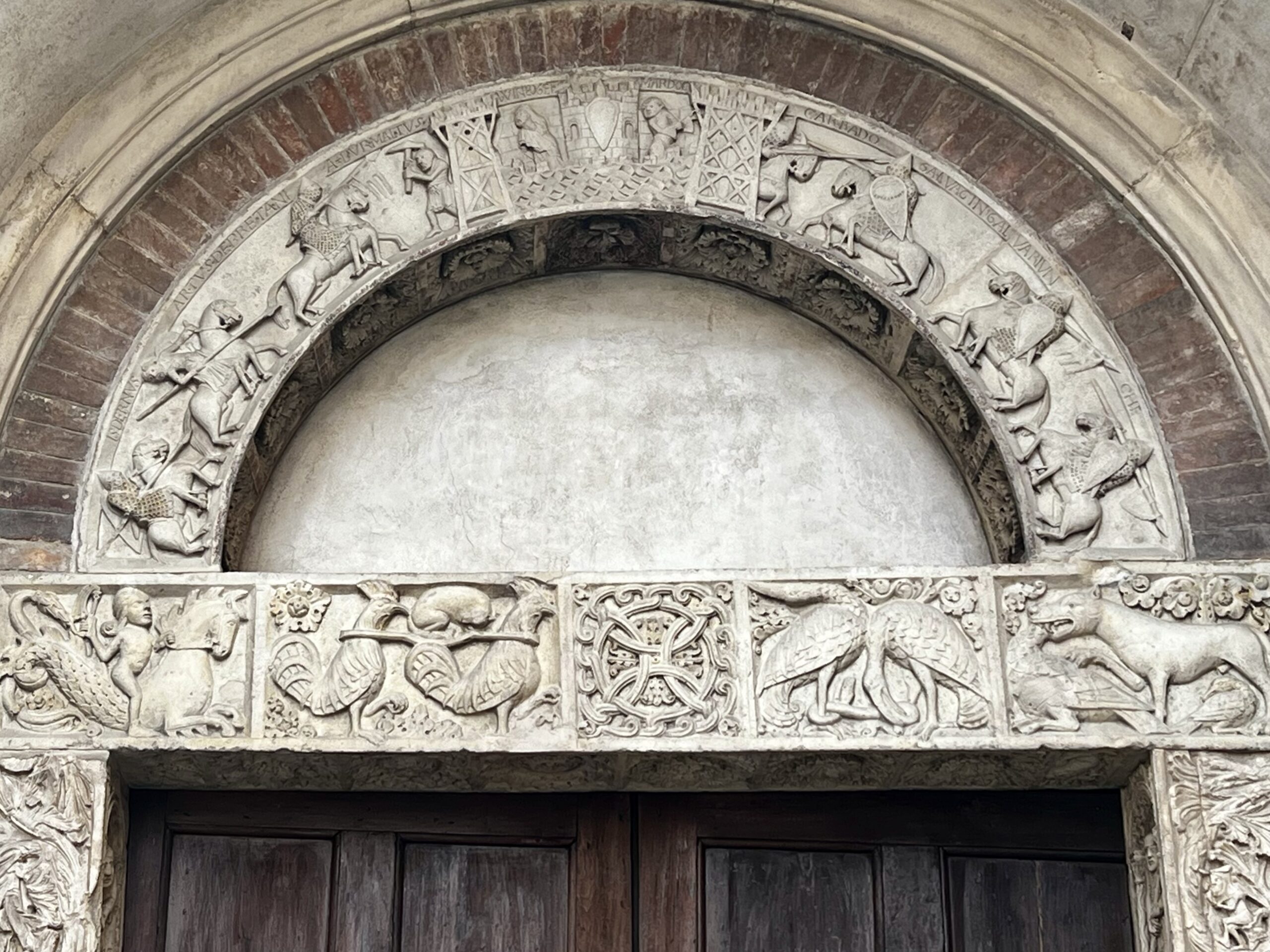
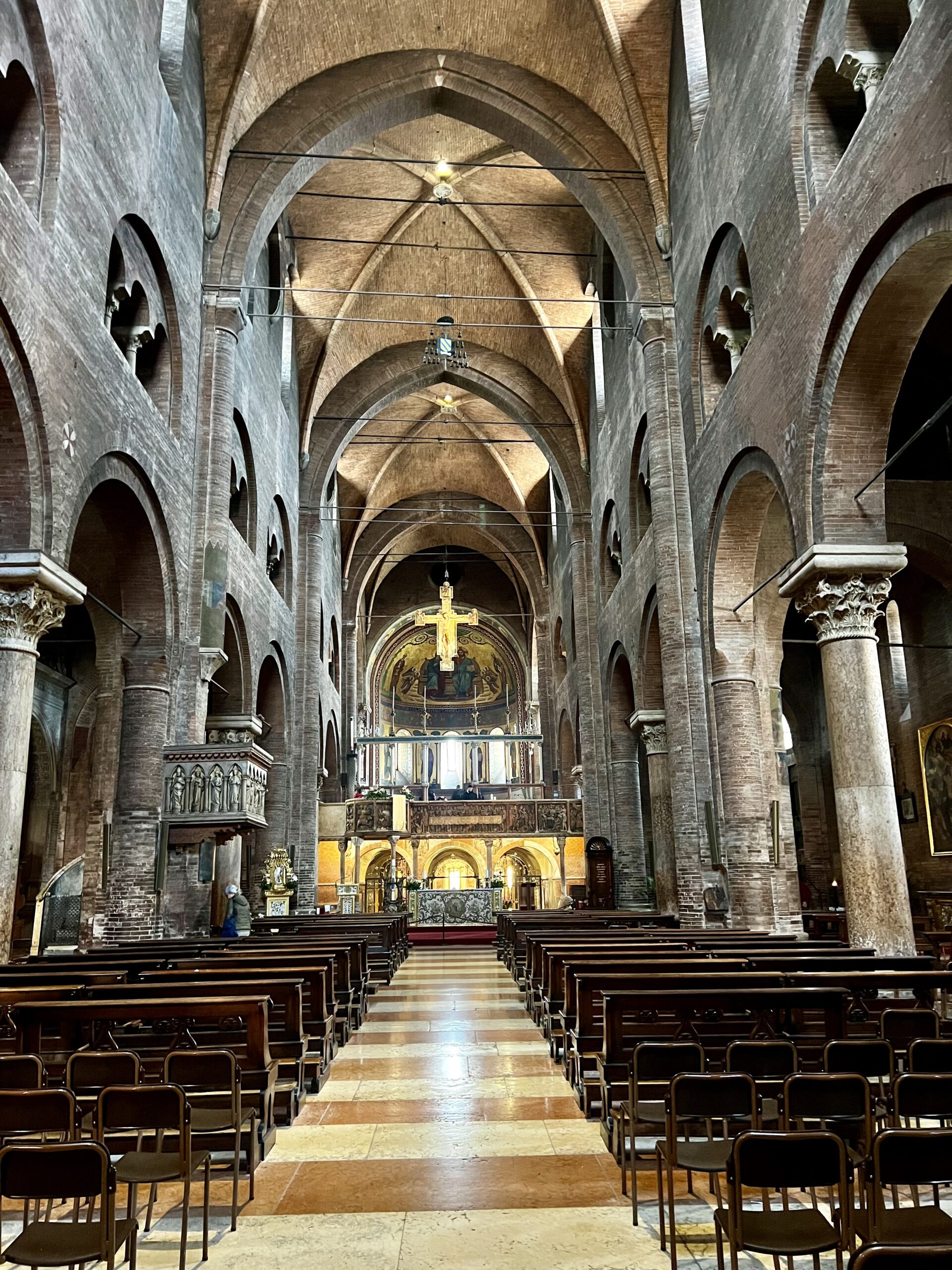
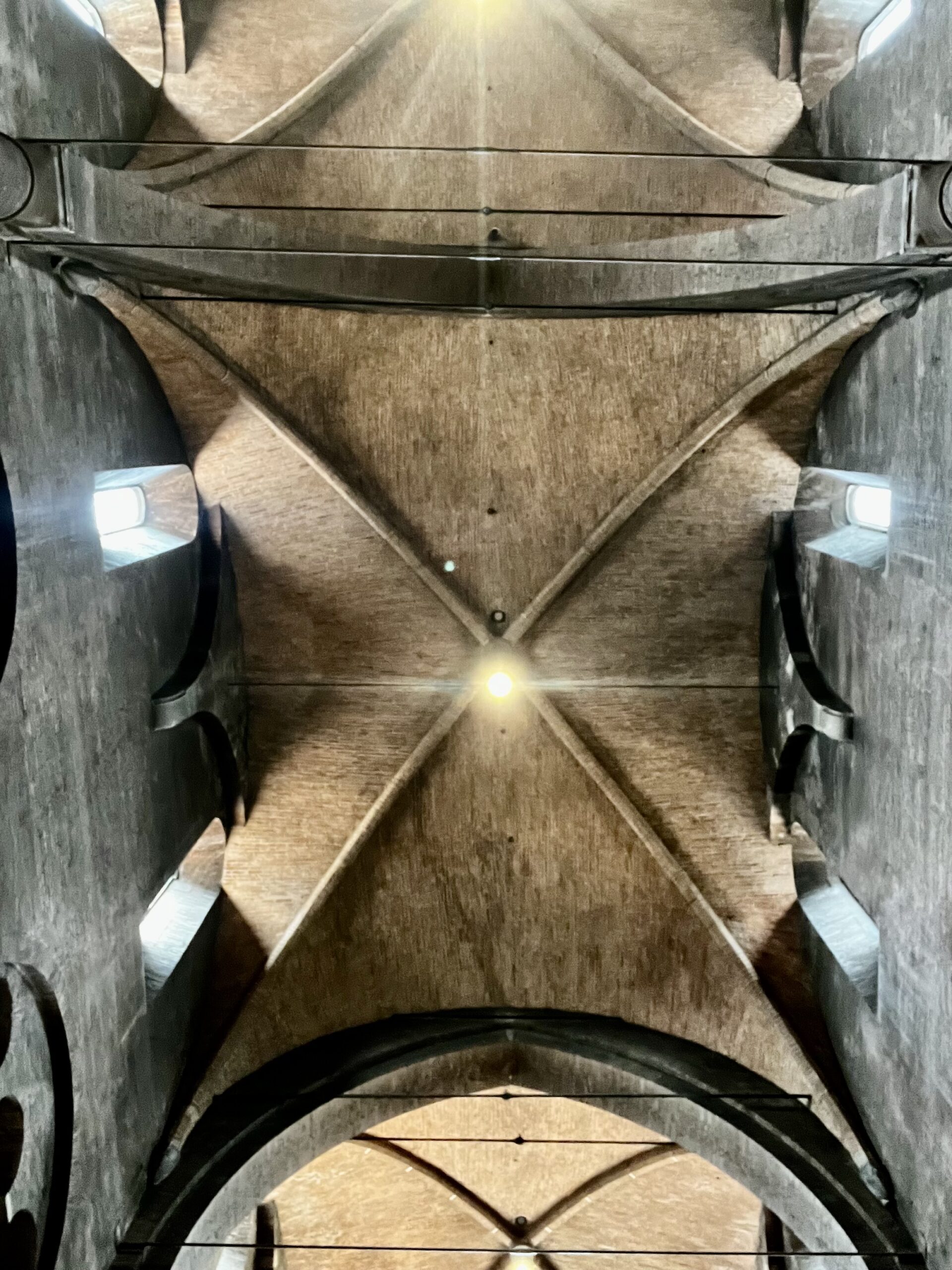
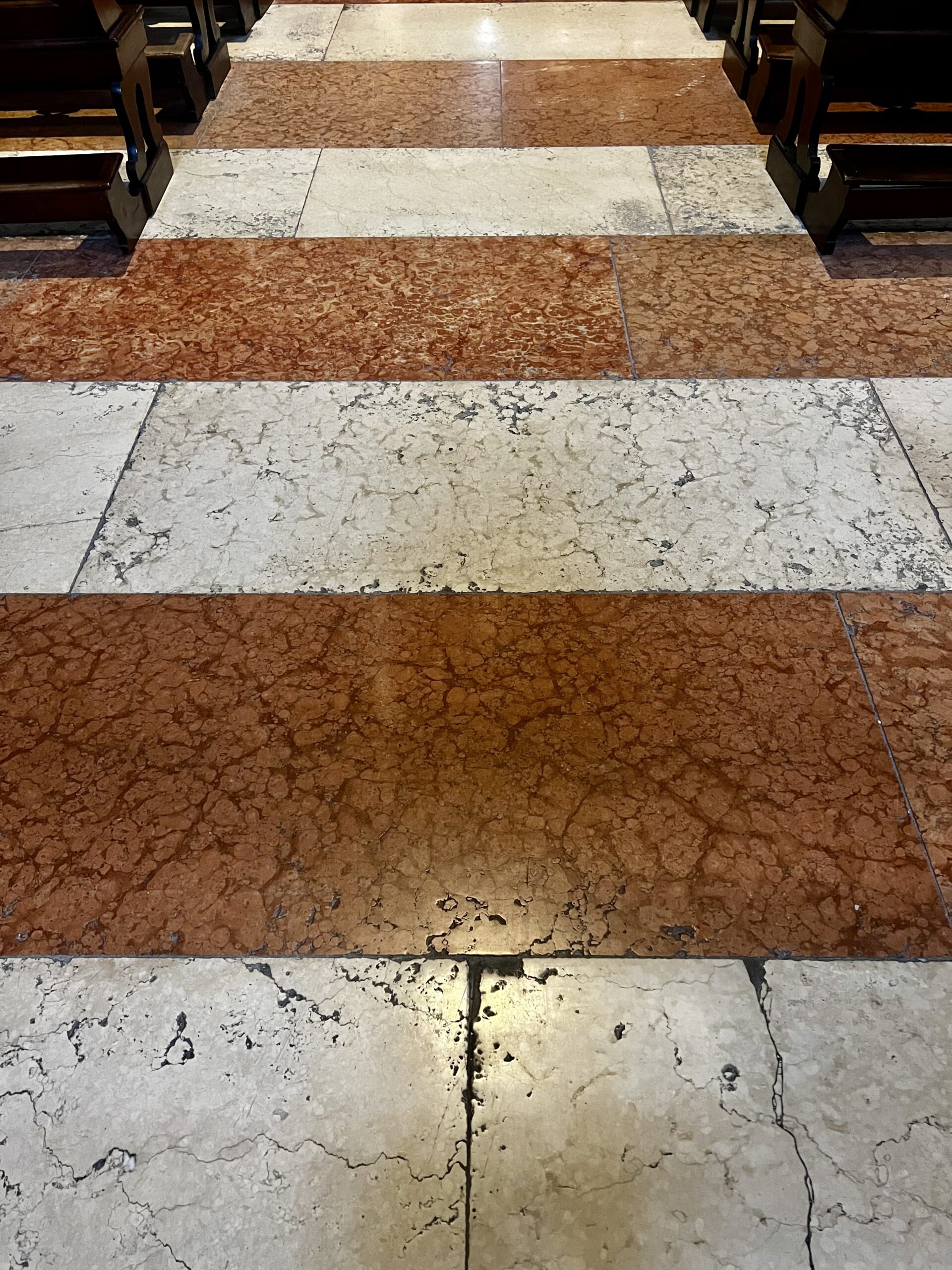
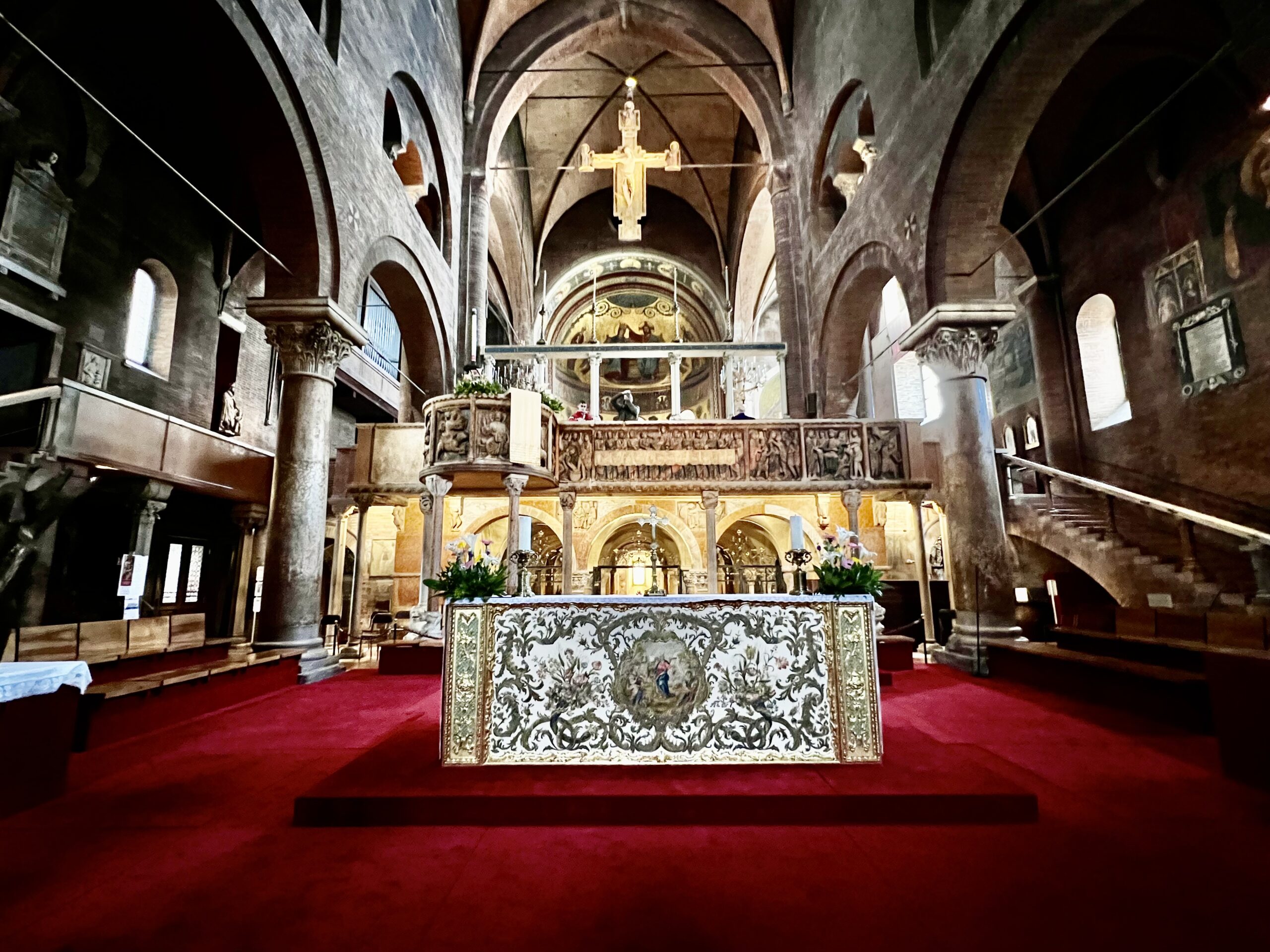
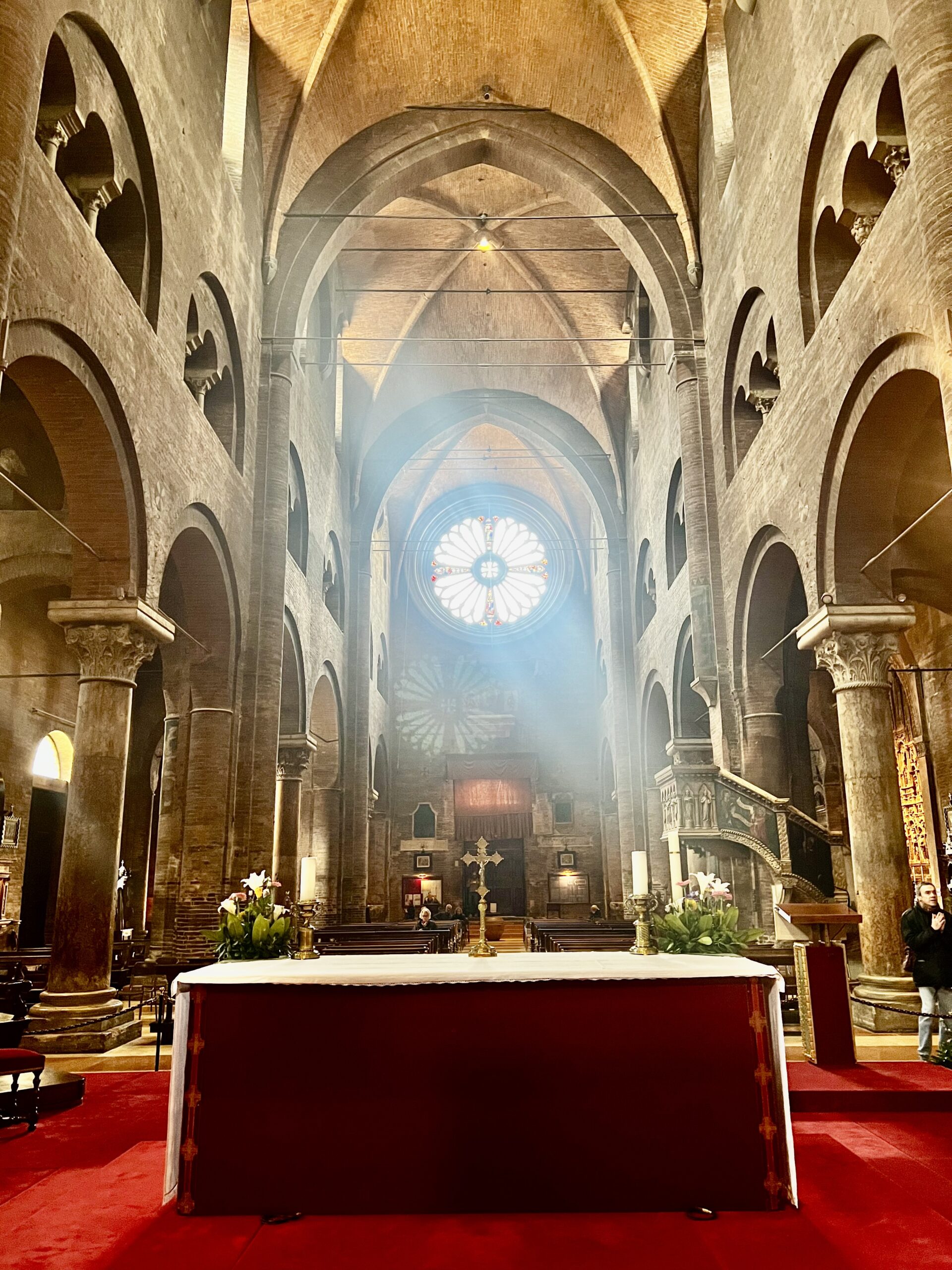
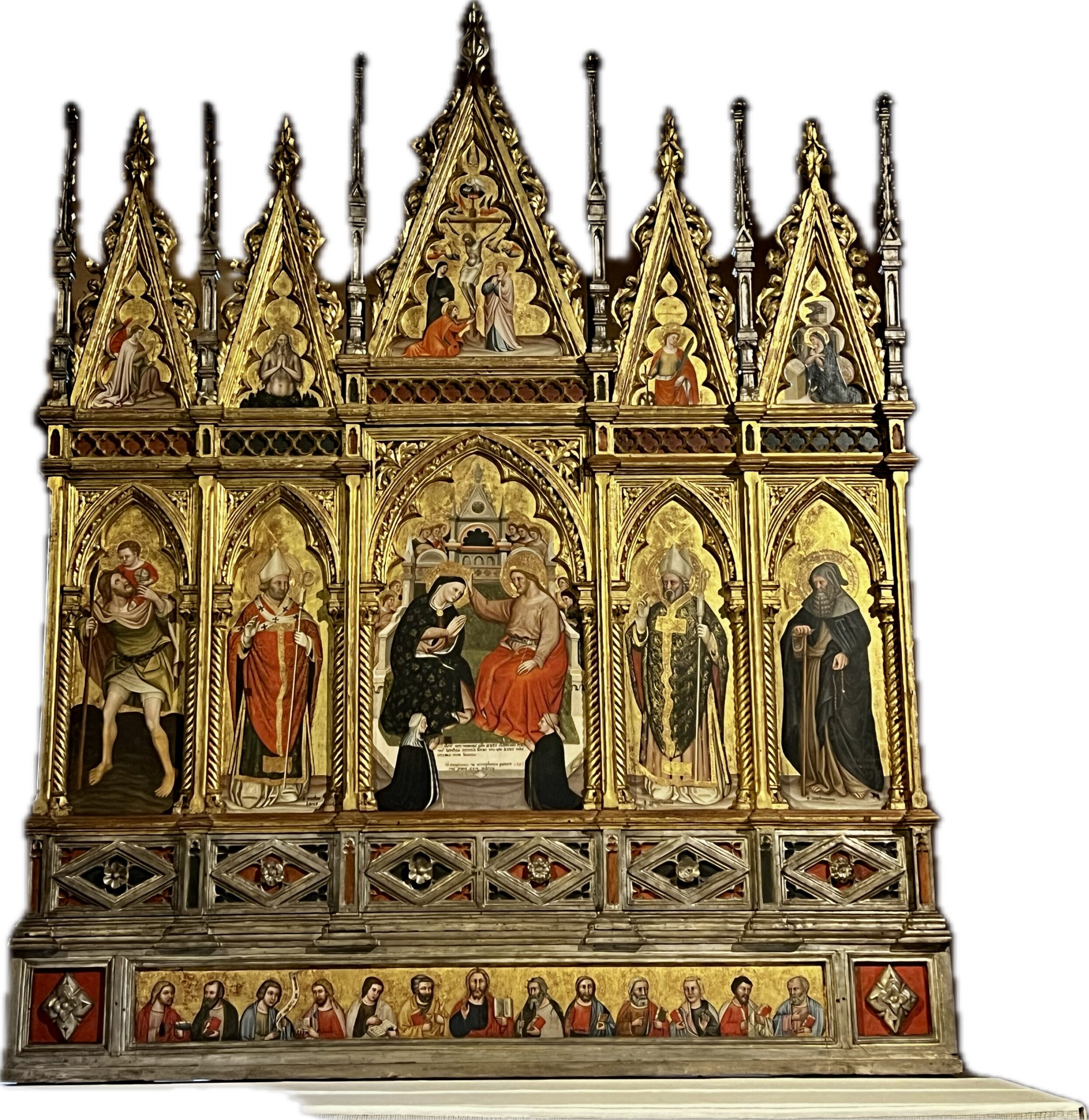
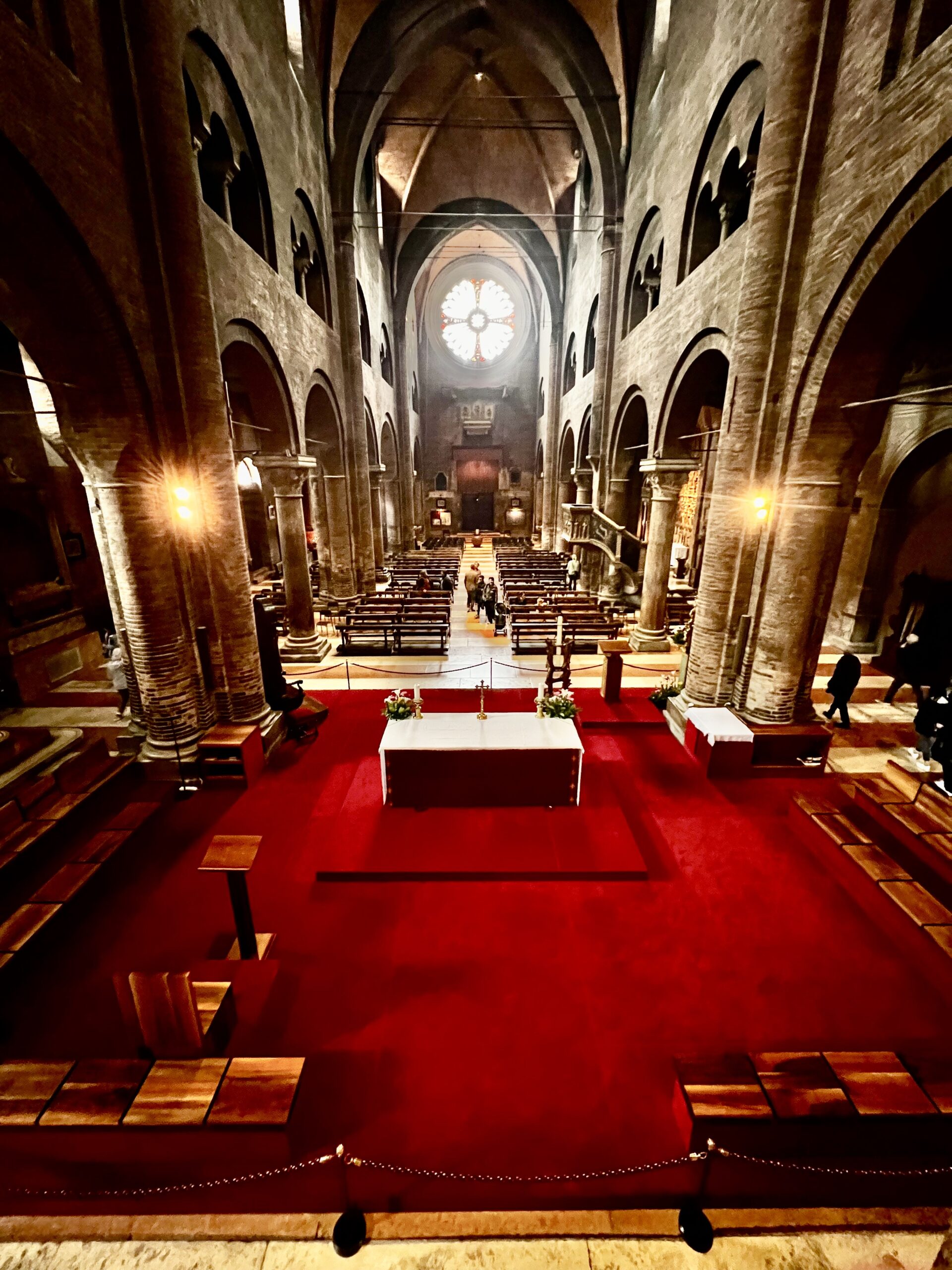
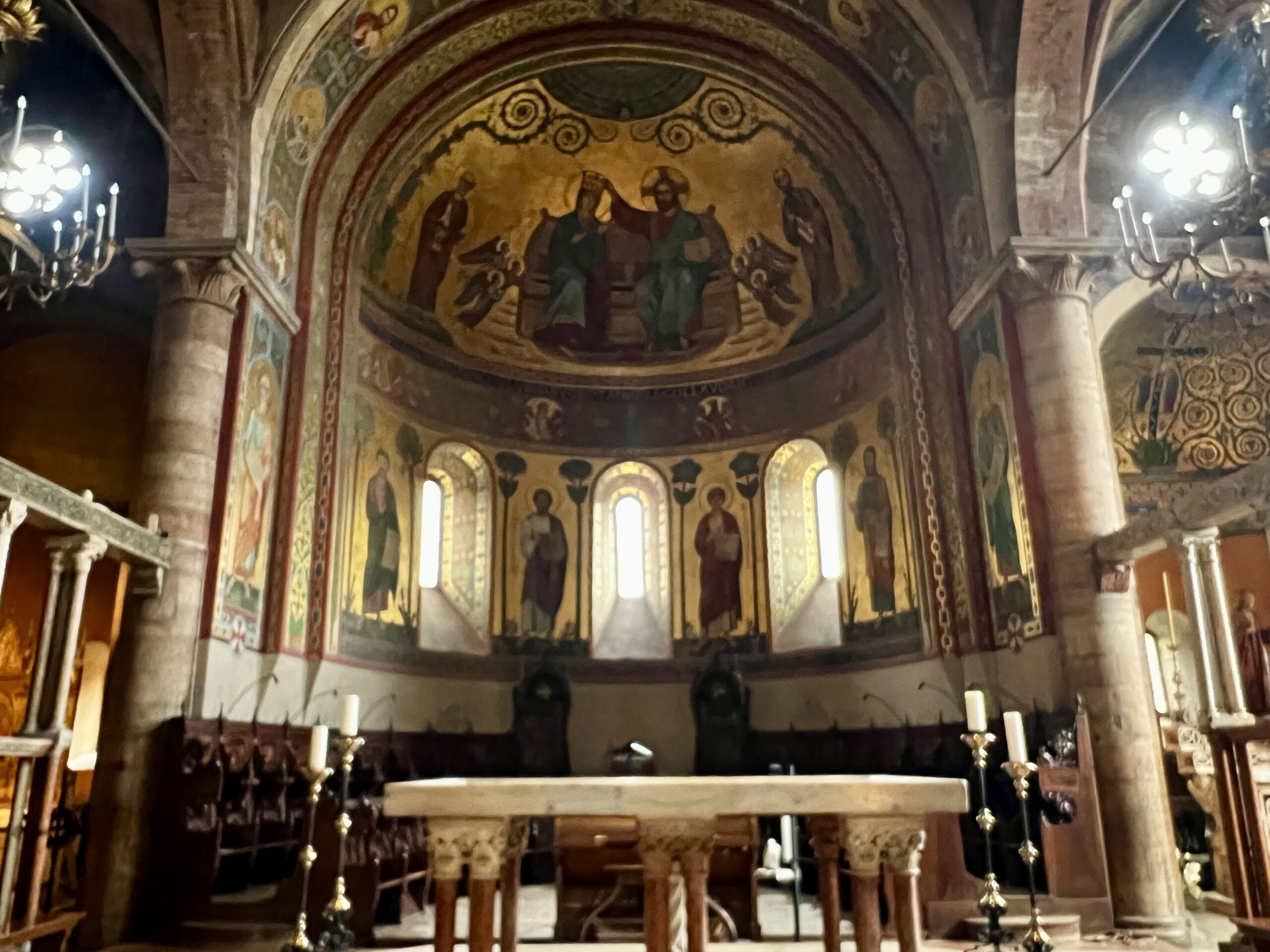
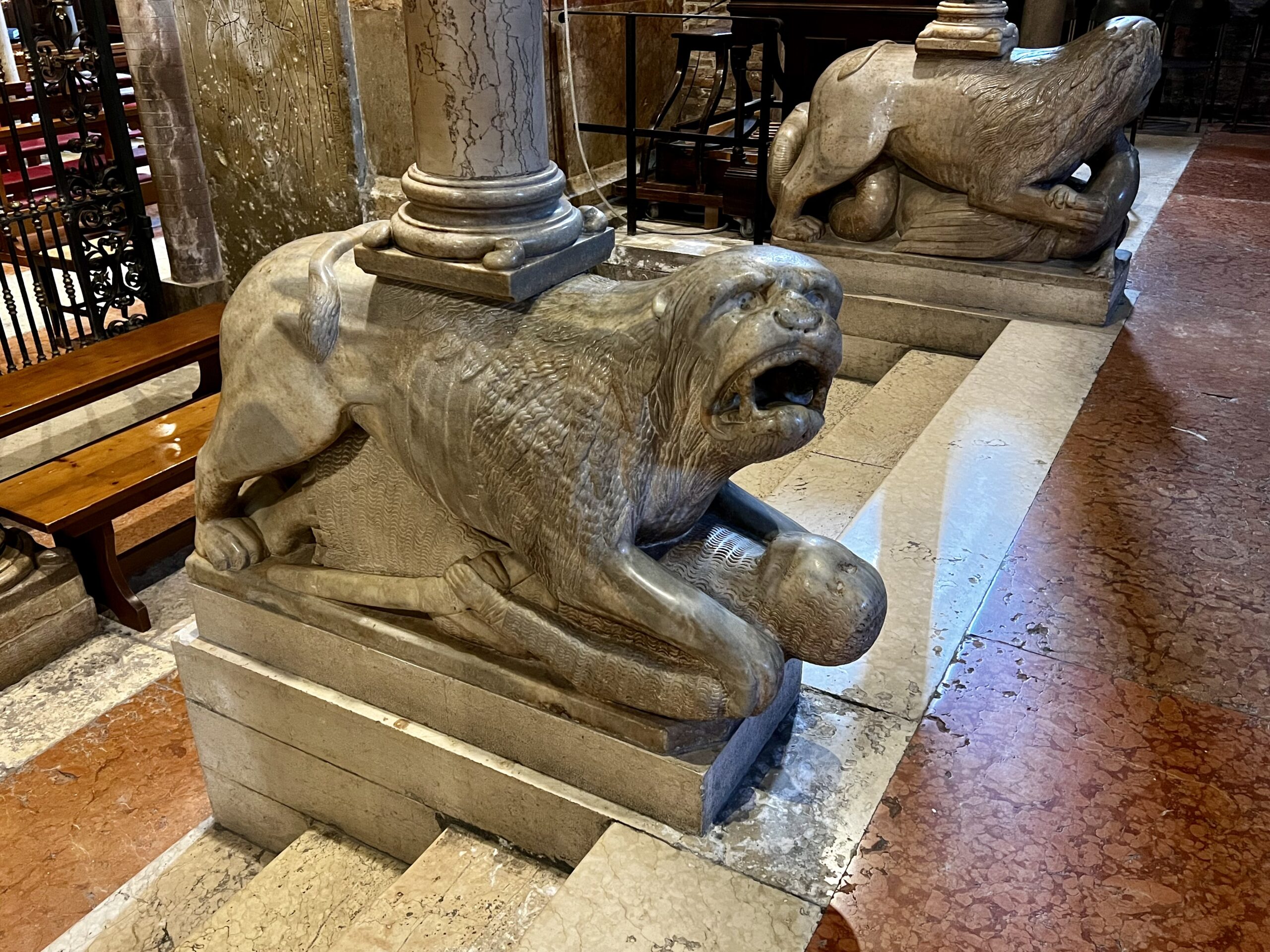
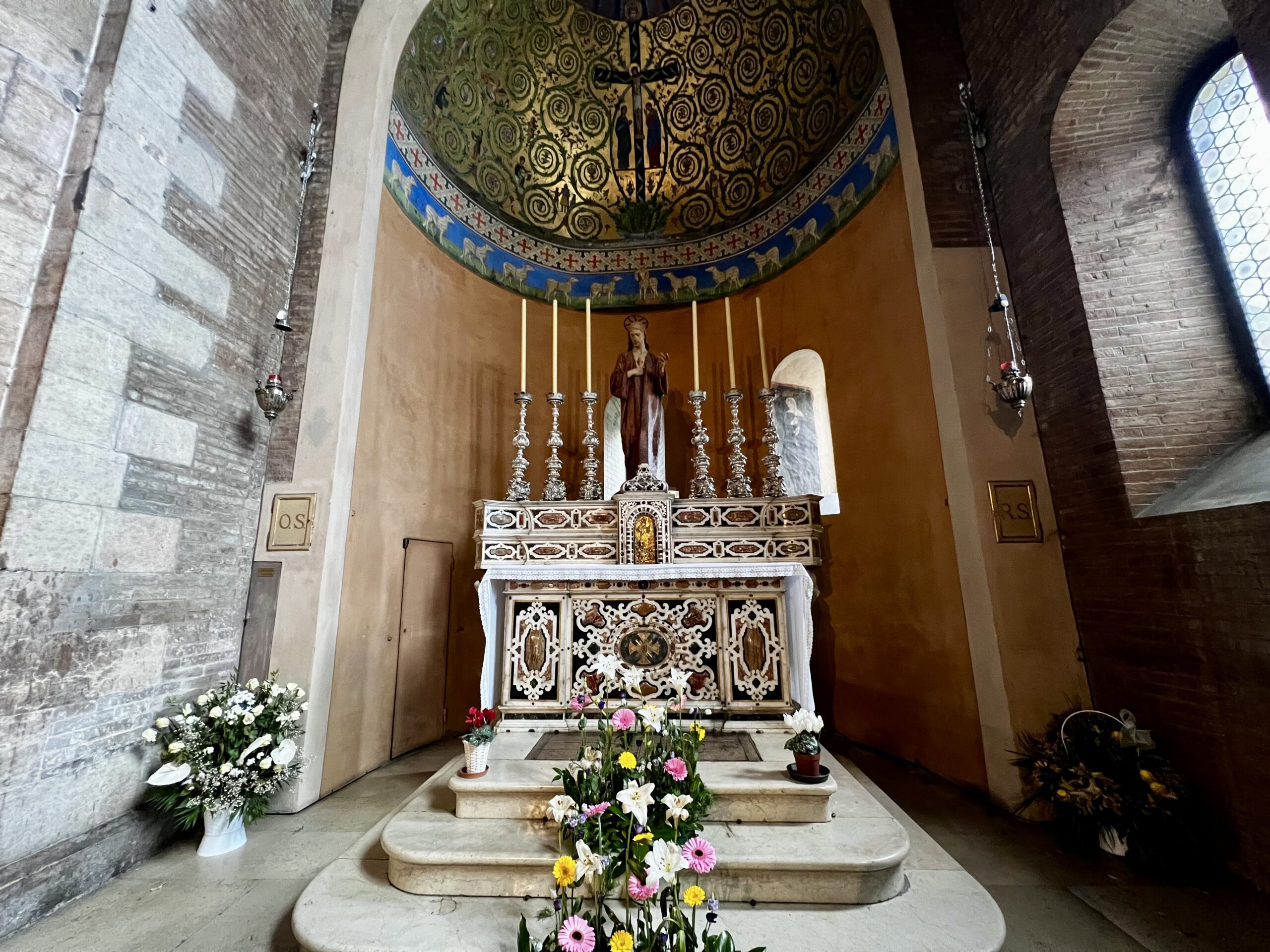
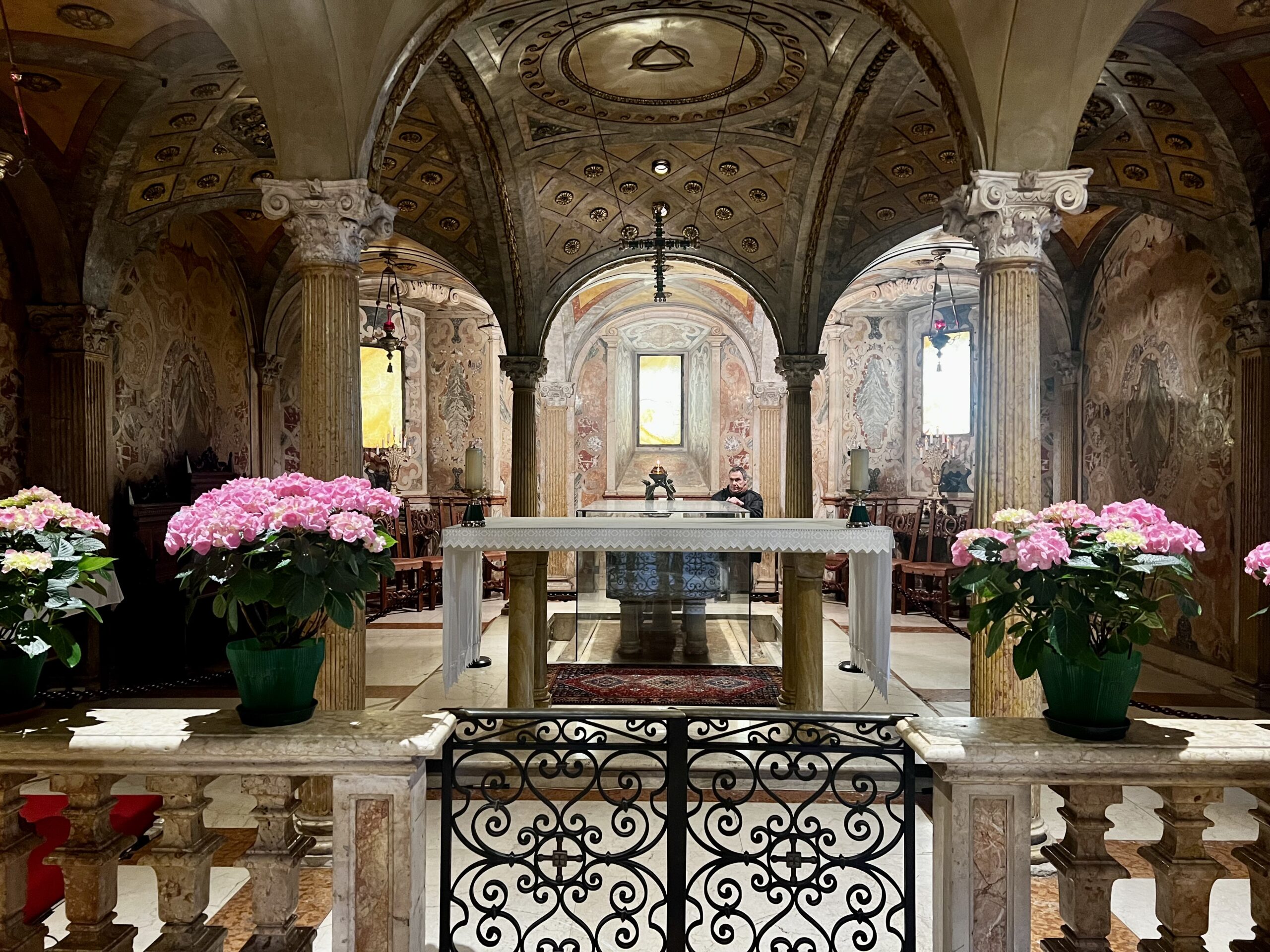
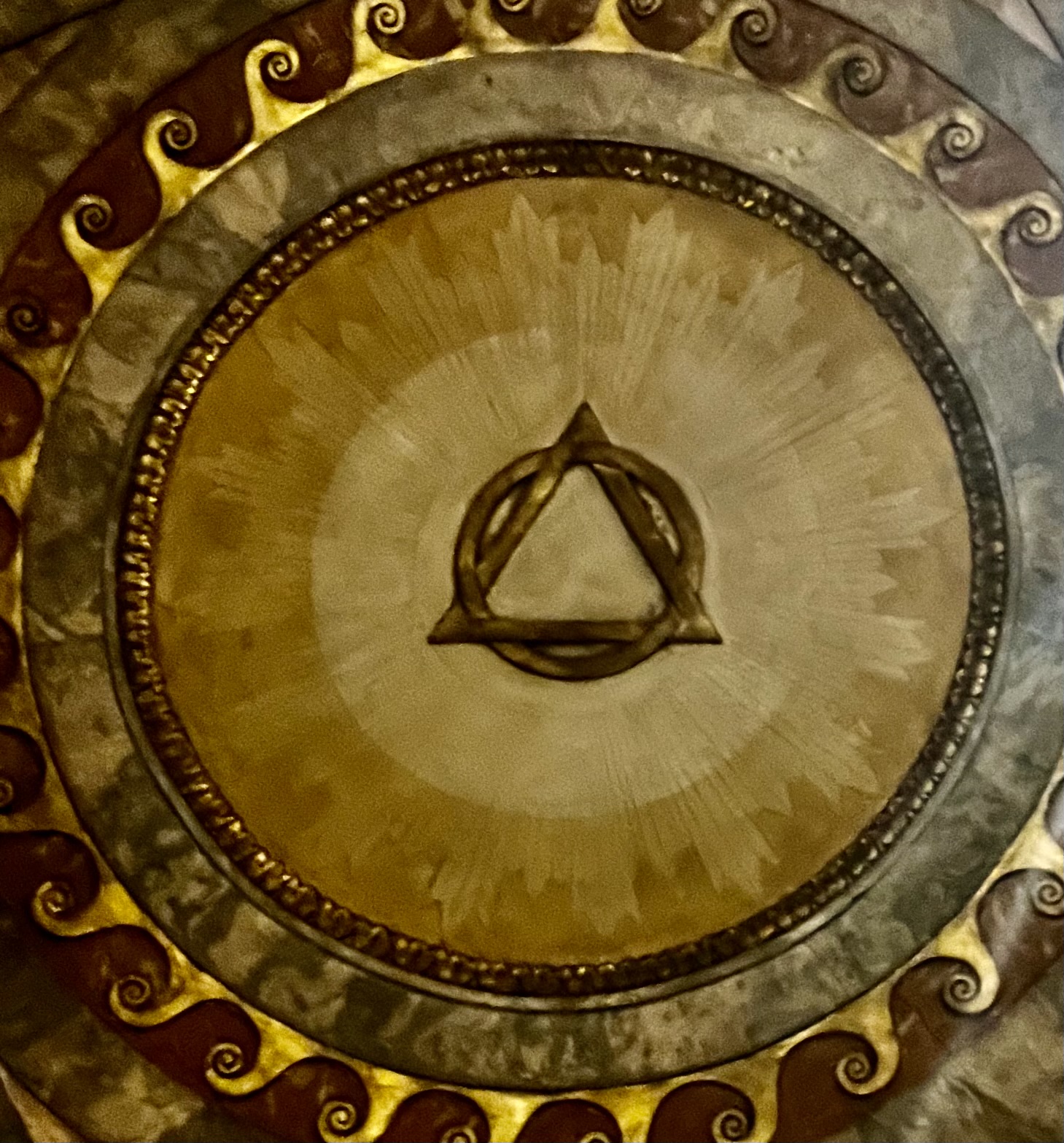
Got a Ferrari? Want a Ferrari? Need a Ferrari?
After Bonnie saw two Ferrari films on the flight over (one with Adam Driver, one with Matt Damon), a stop at the Ferrari museum was a must. The Ferrari family home and original motorcycle factory are part of the museum. Pretty amazing. Very slick. The prices for their merchandise are comparable to prices for Ferraris. The museum displays engines with explanations of how they morphed over the decades as Enzo Ferrari continued to tweak the designs to increase power and speed. Carl and Bonnie’s dad would have had a great time.
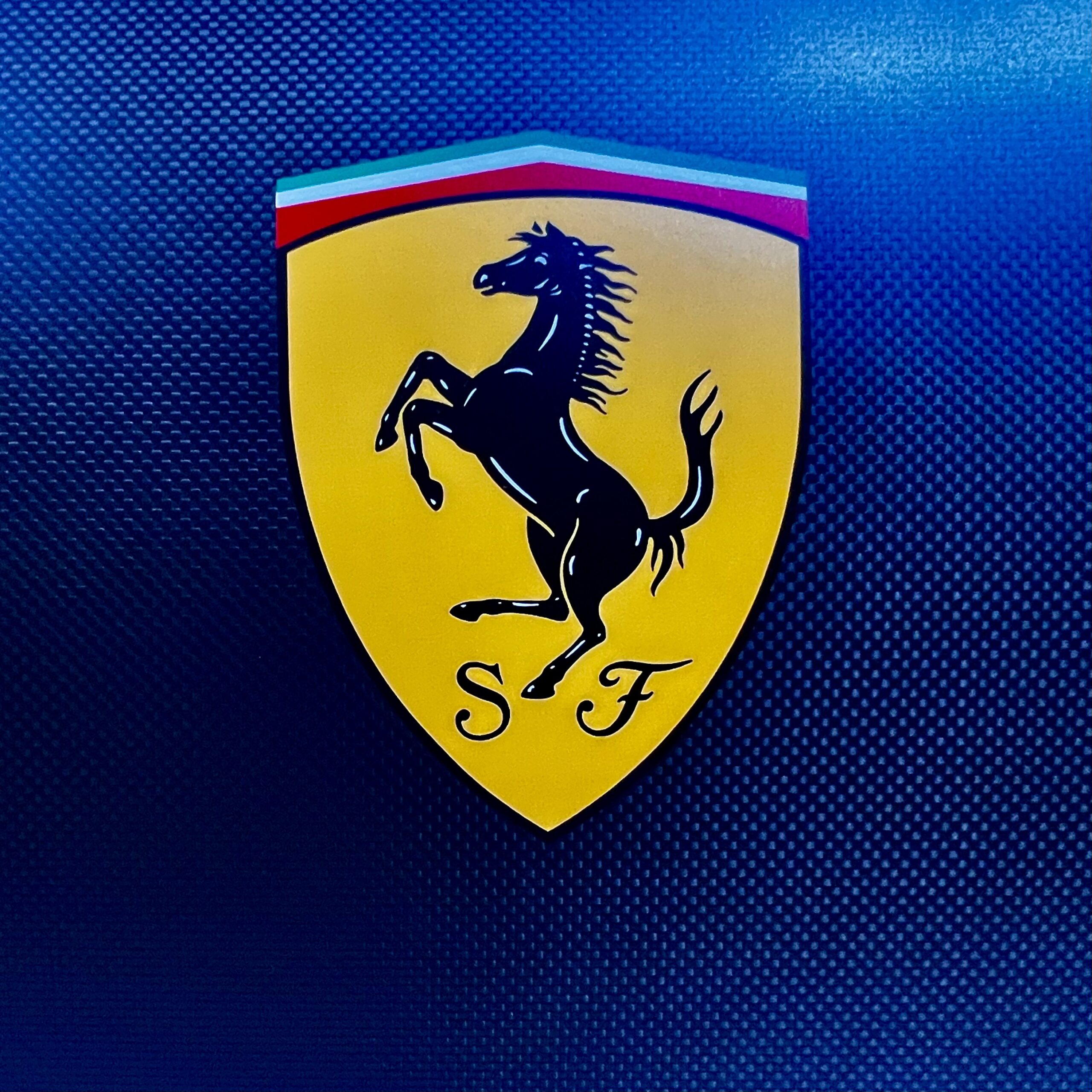
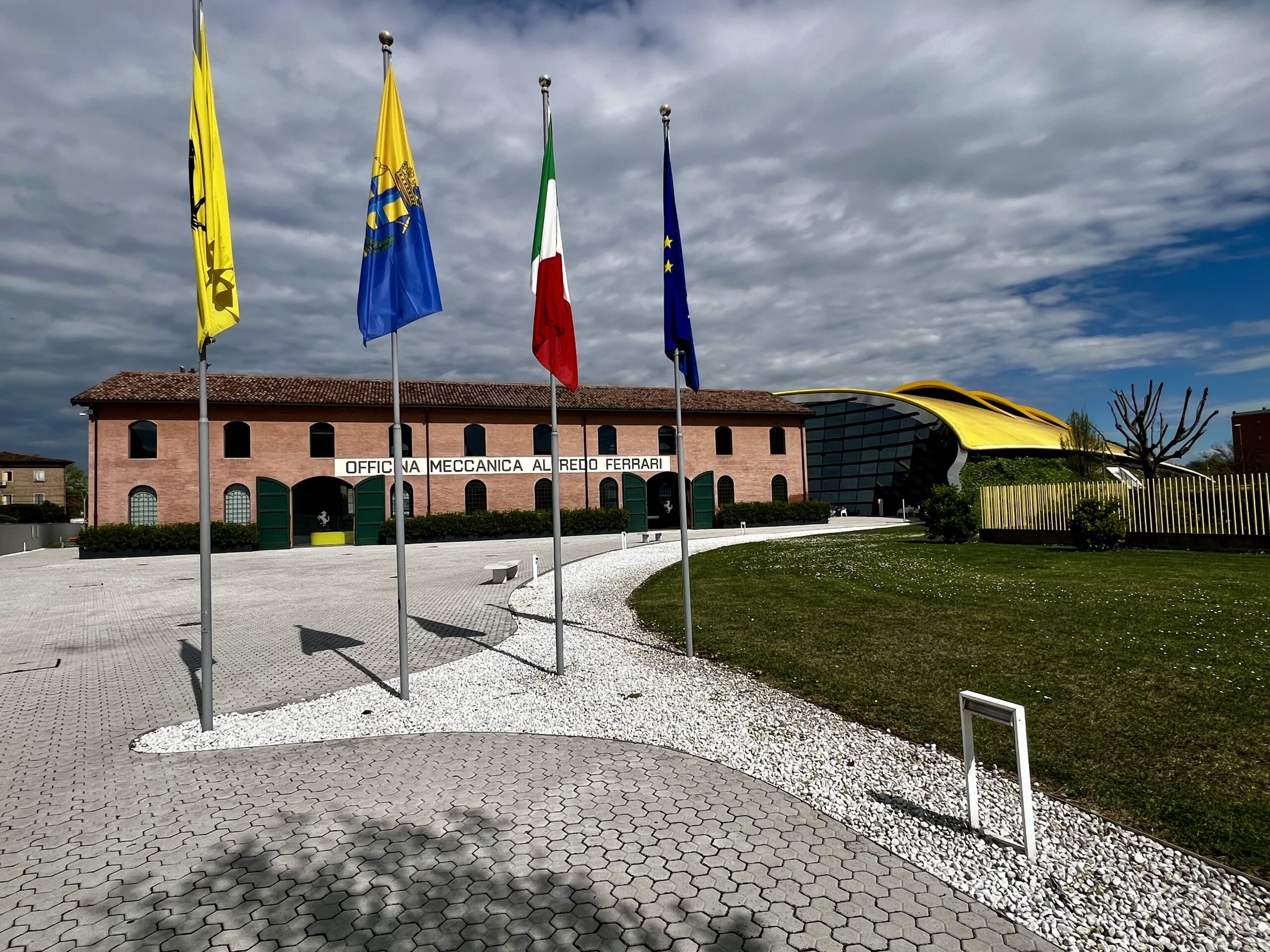
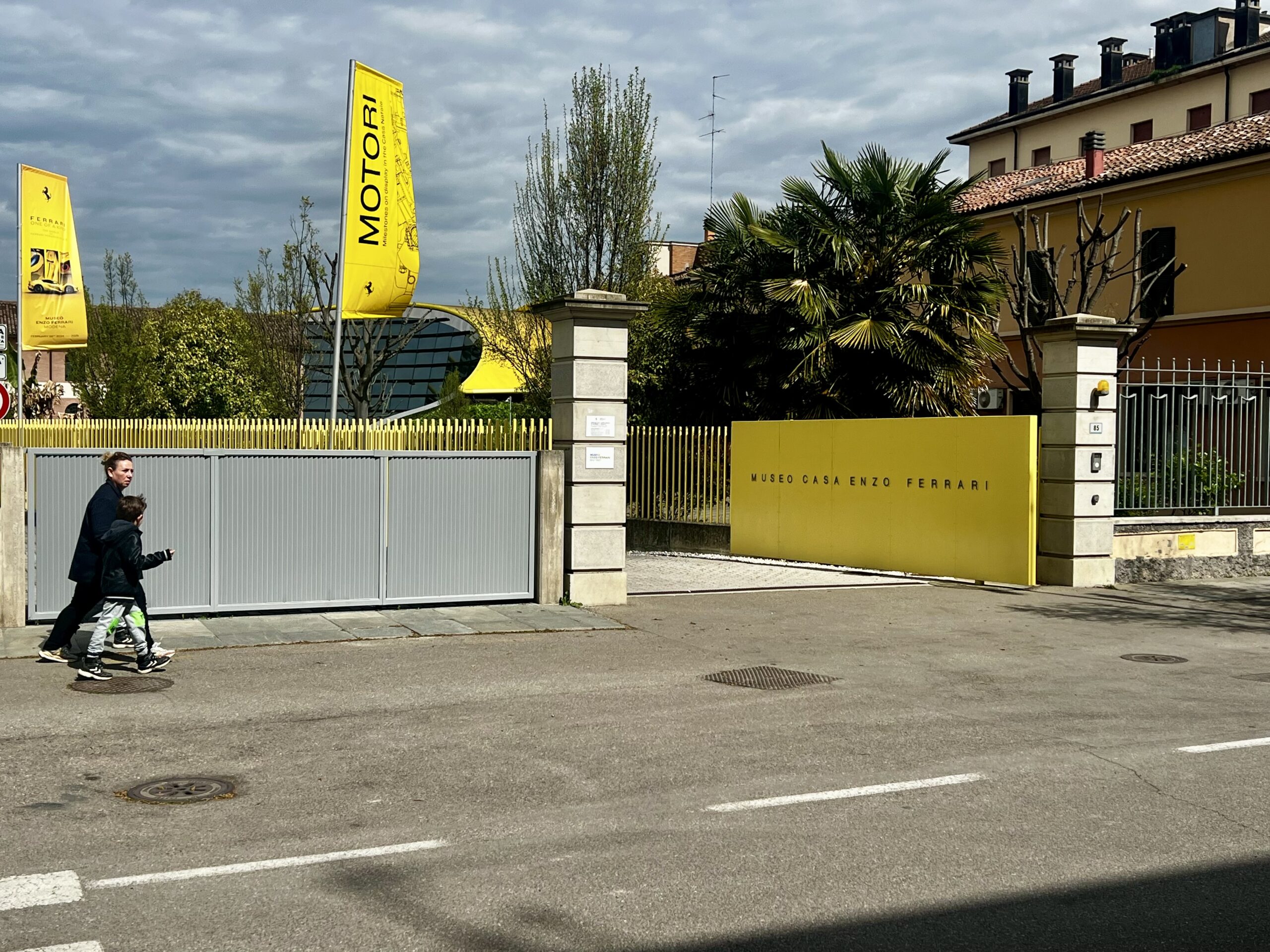
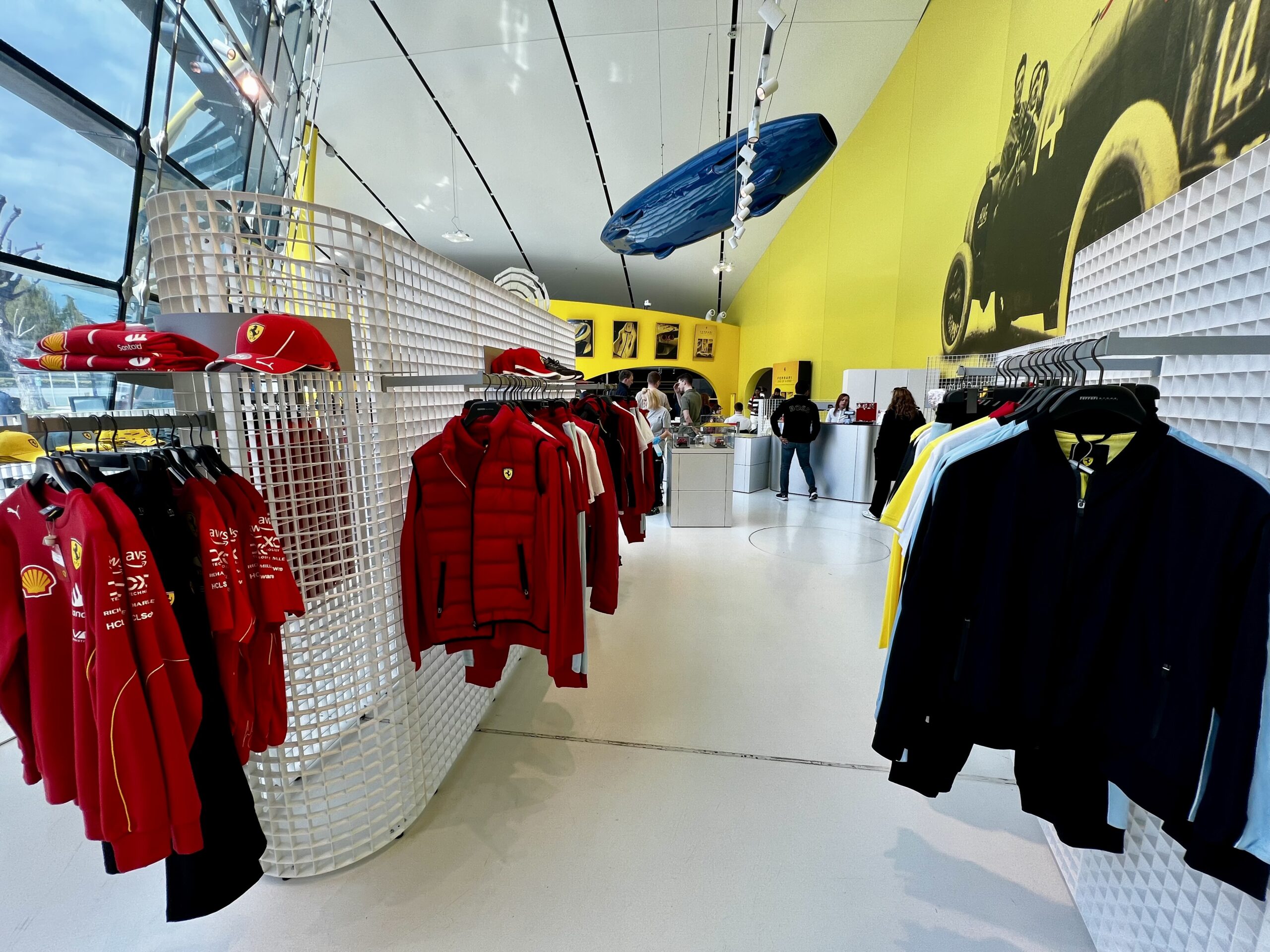
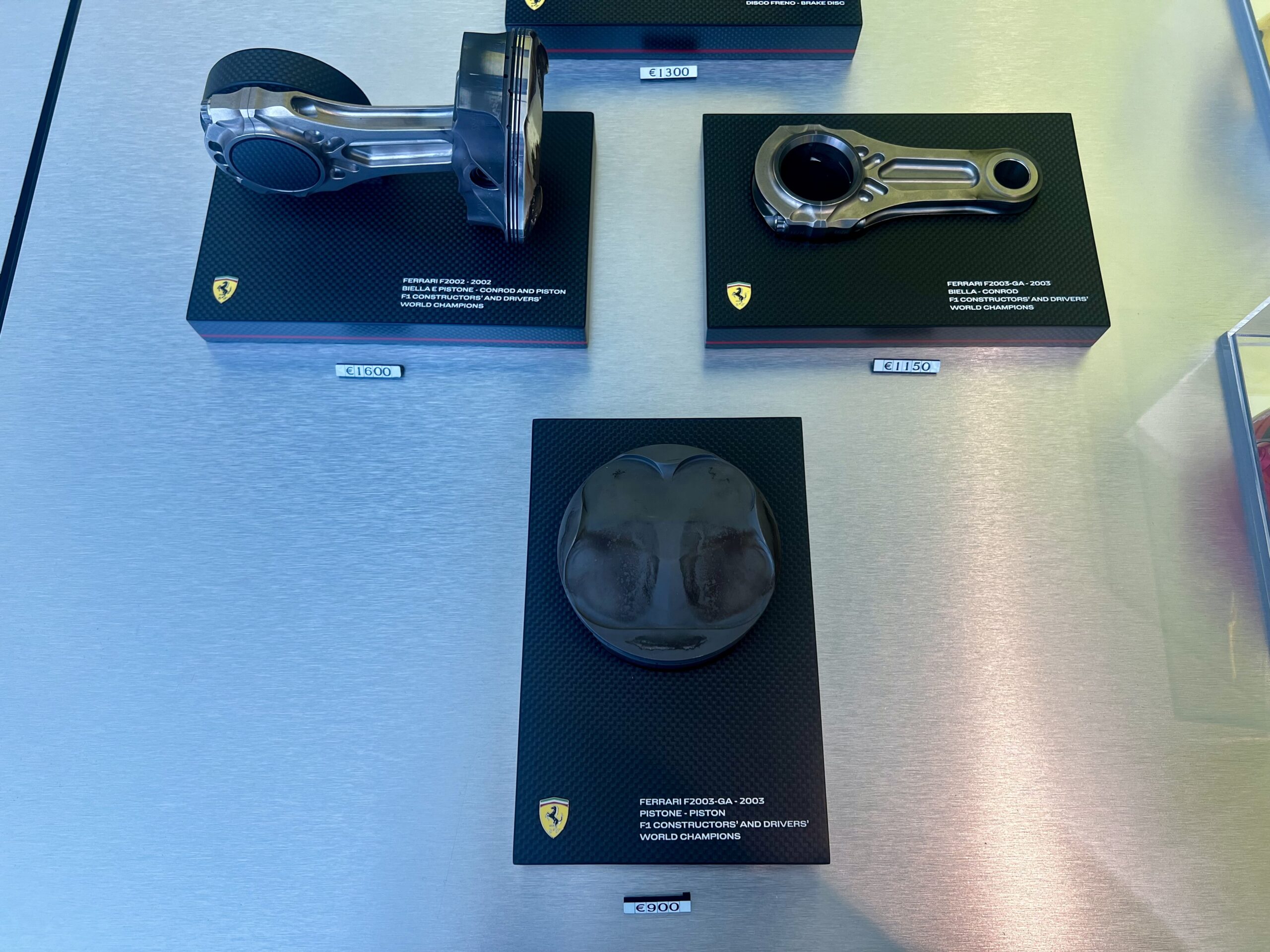
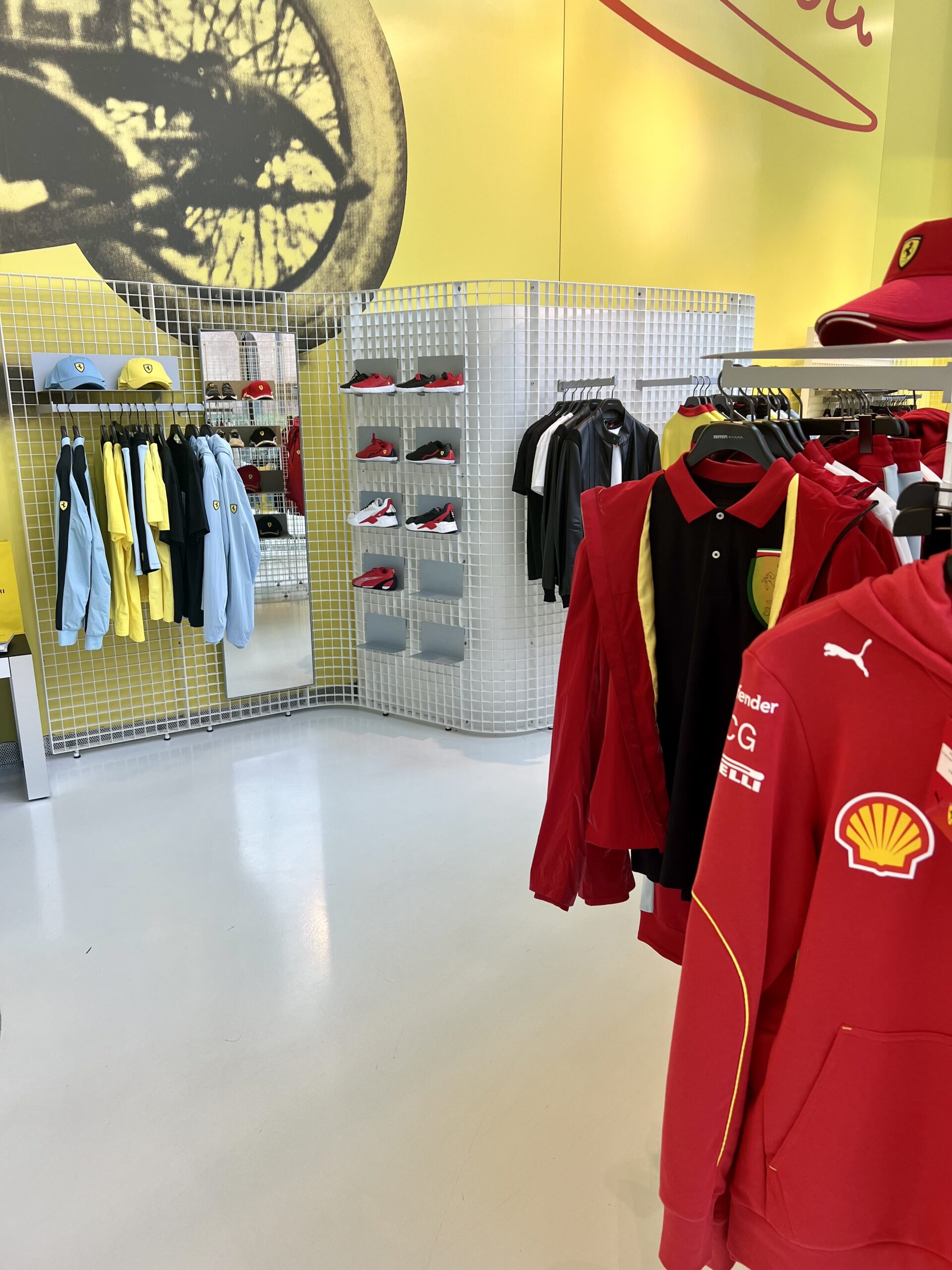
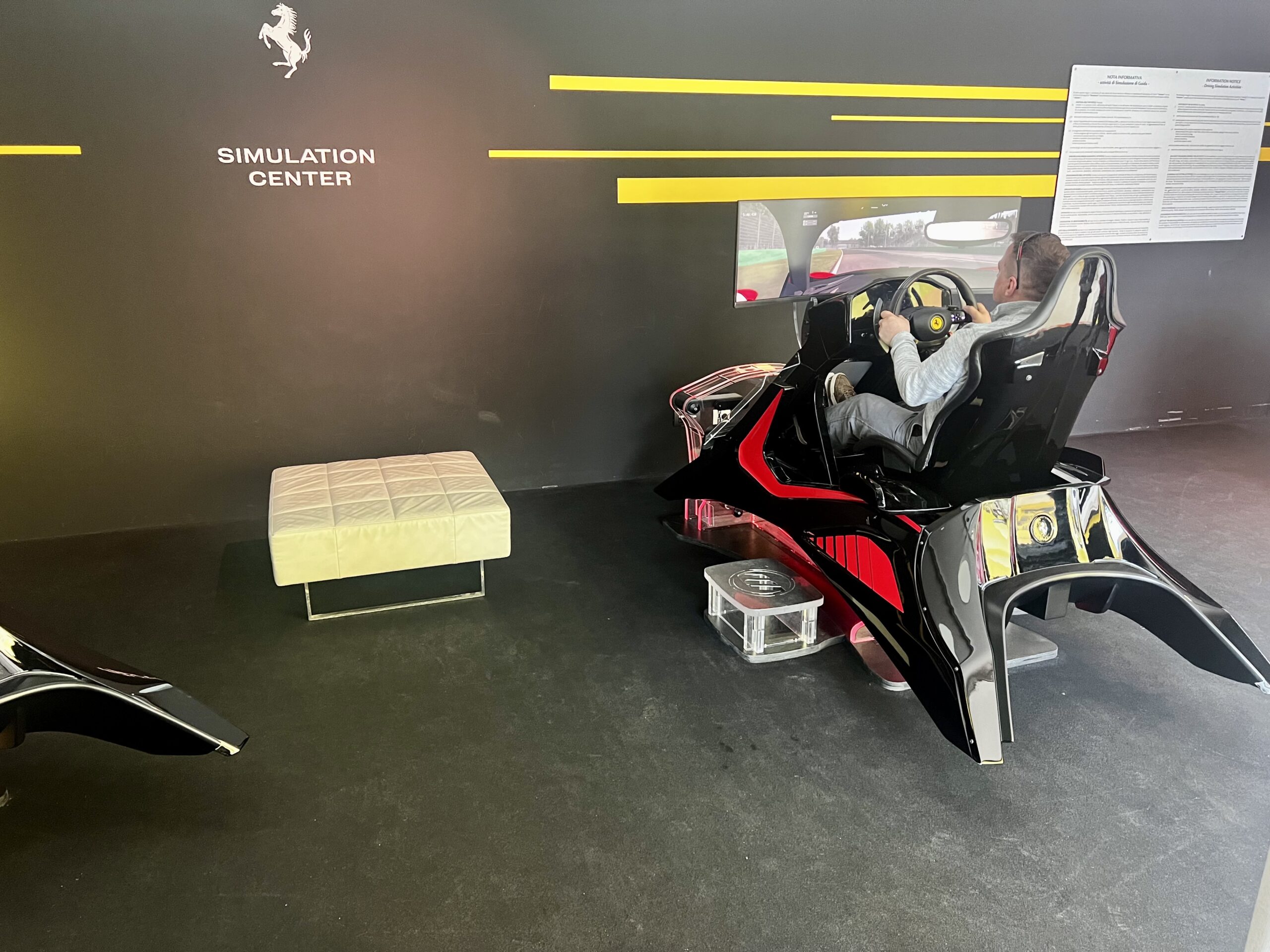
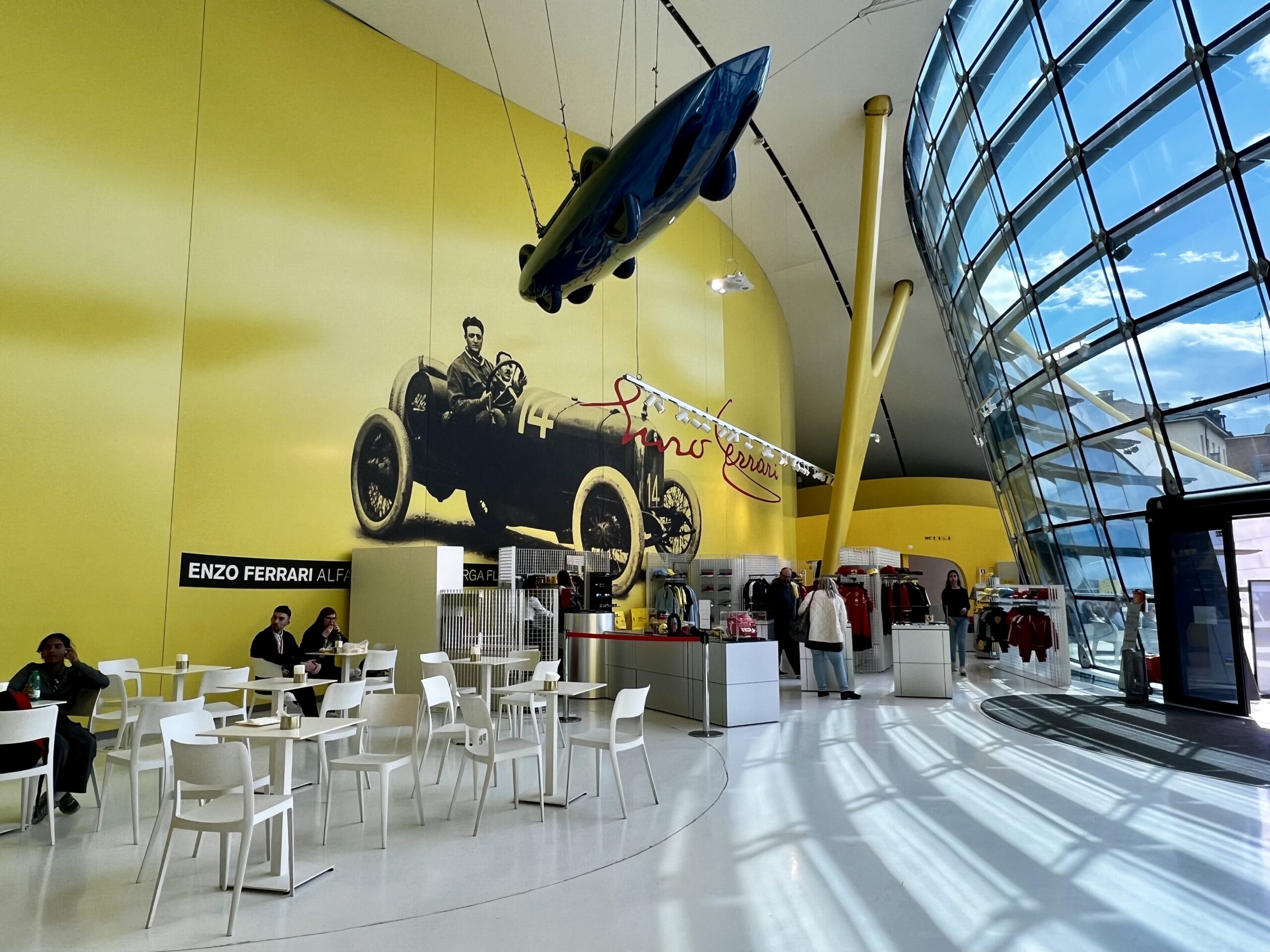
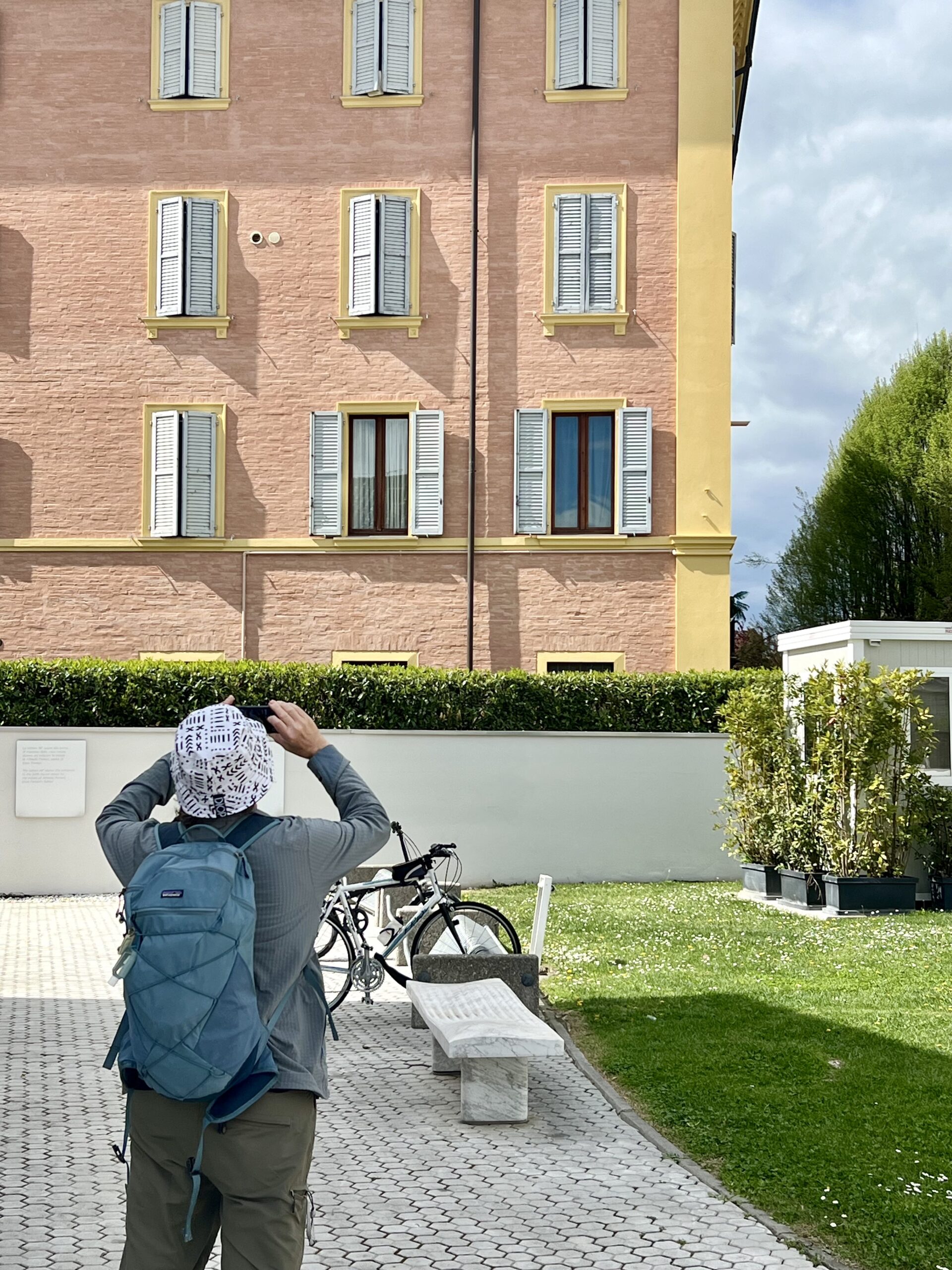
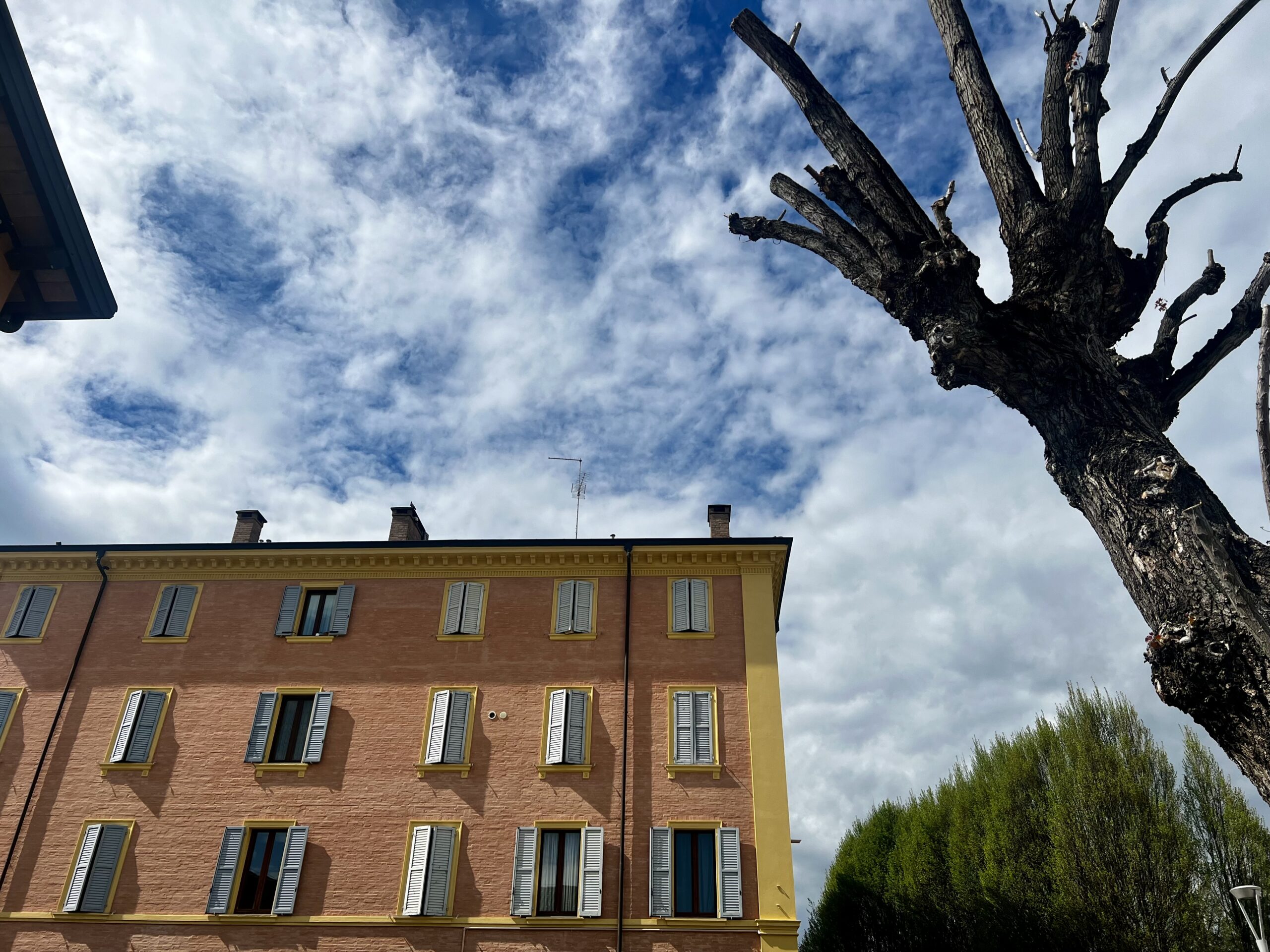
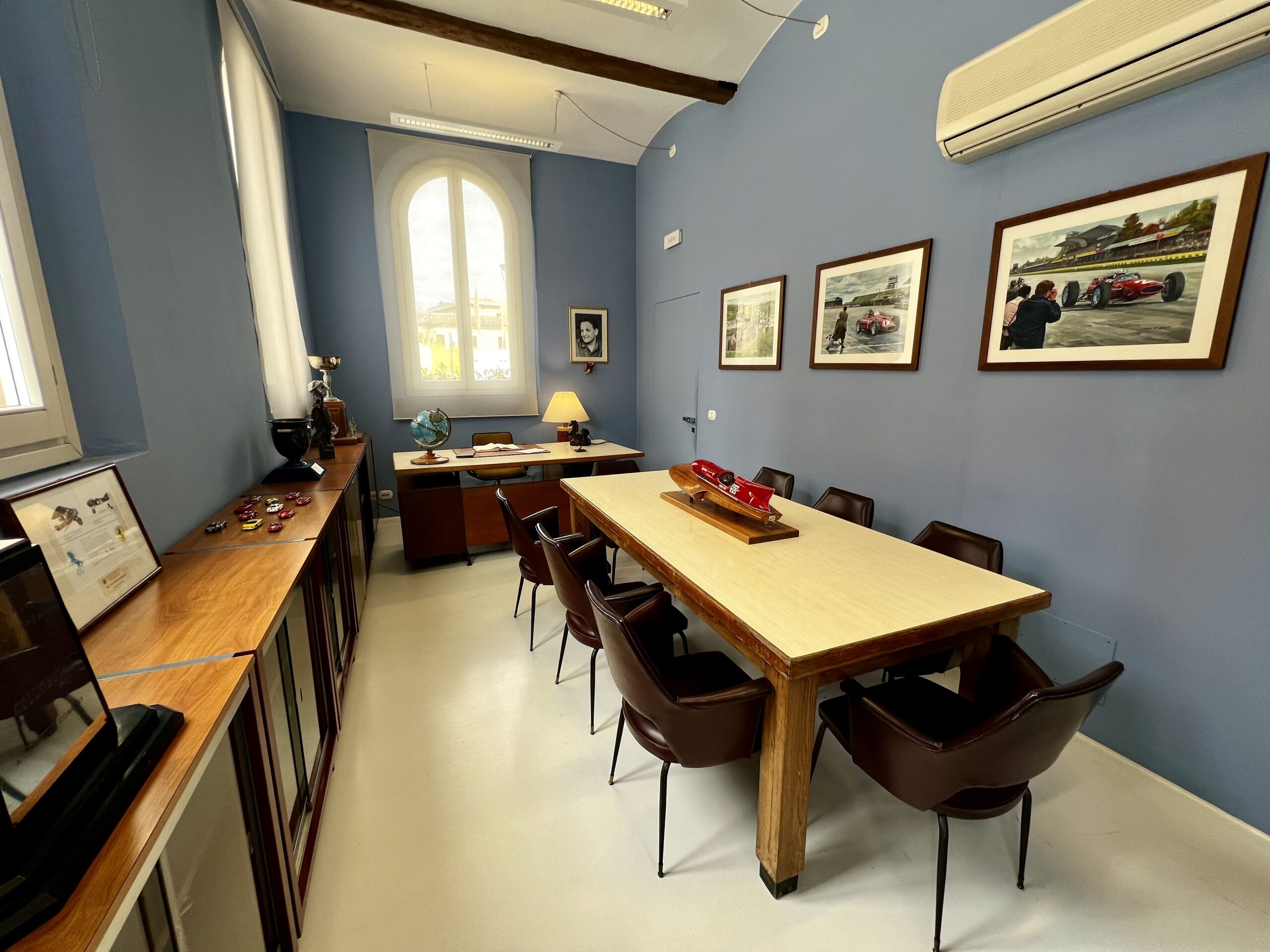
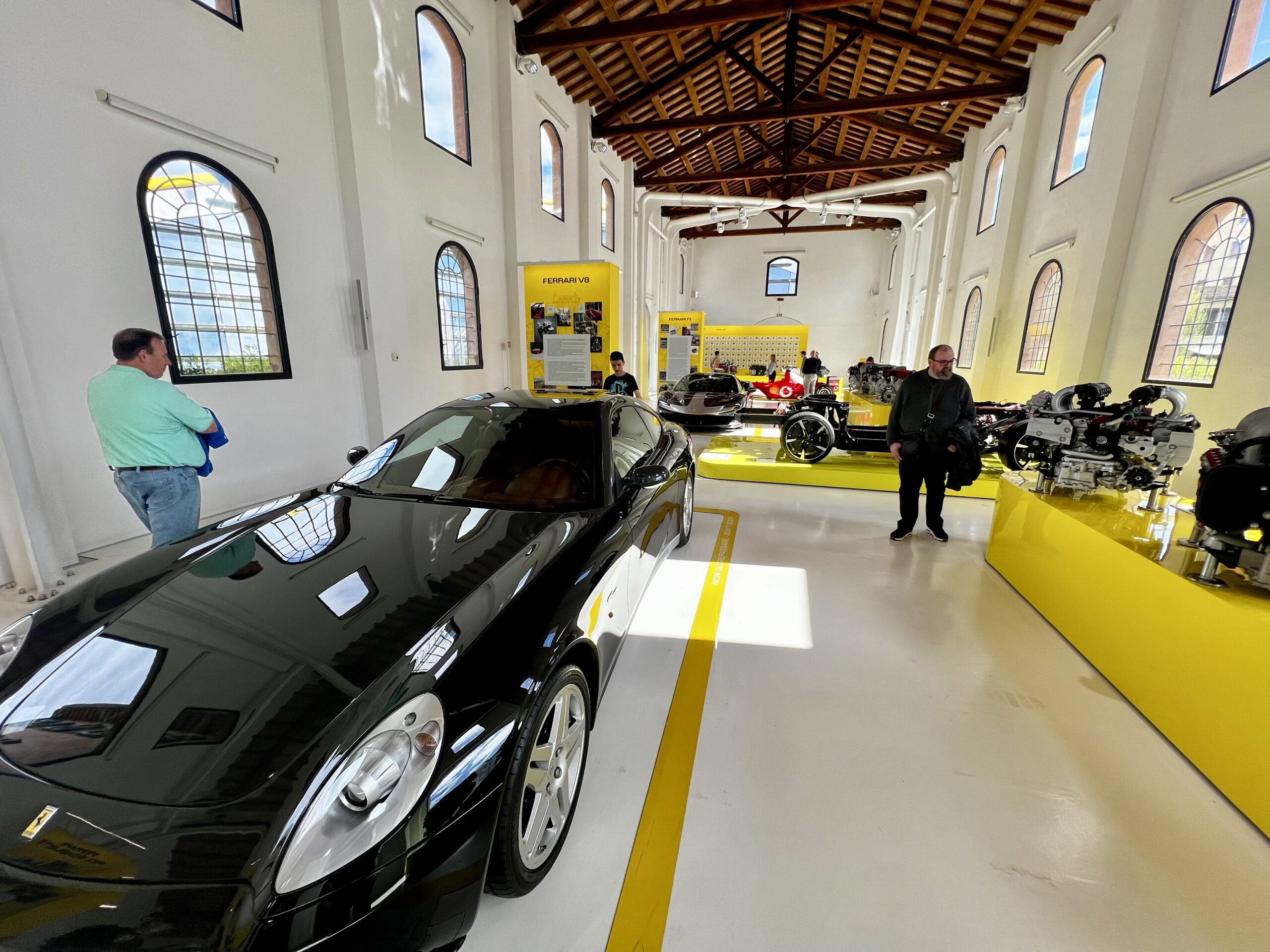
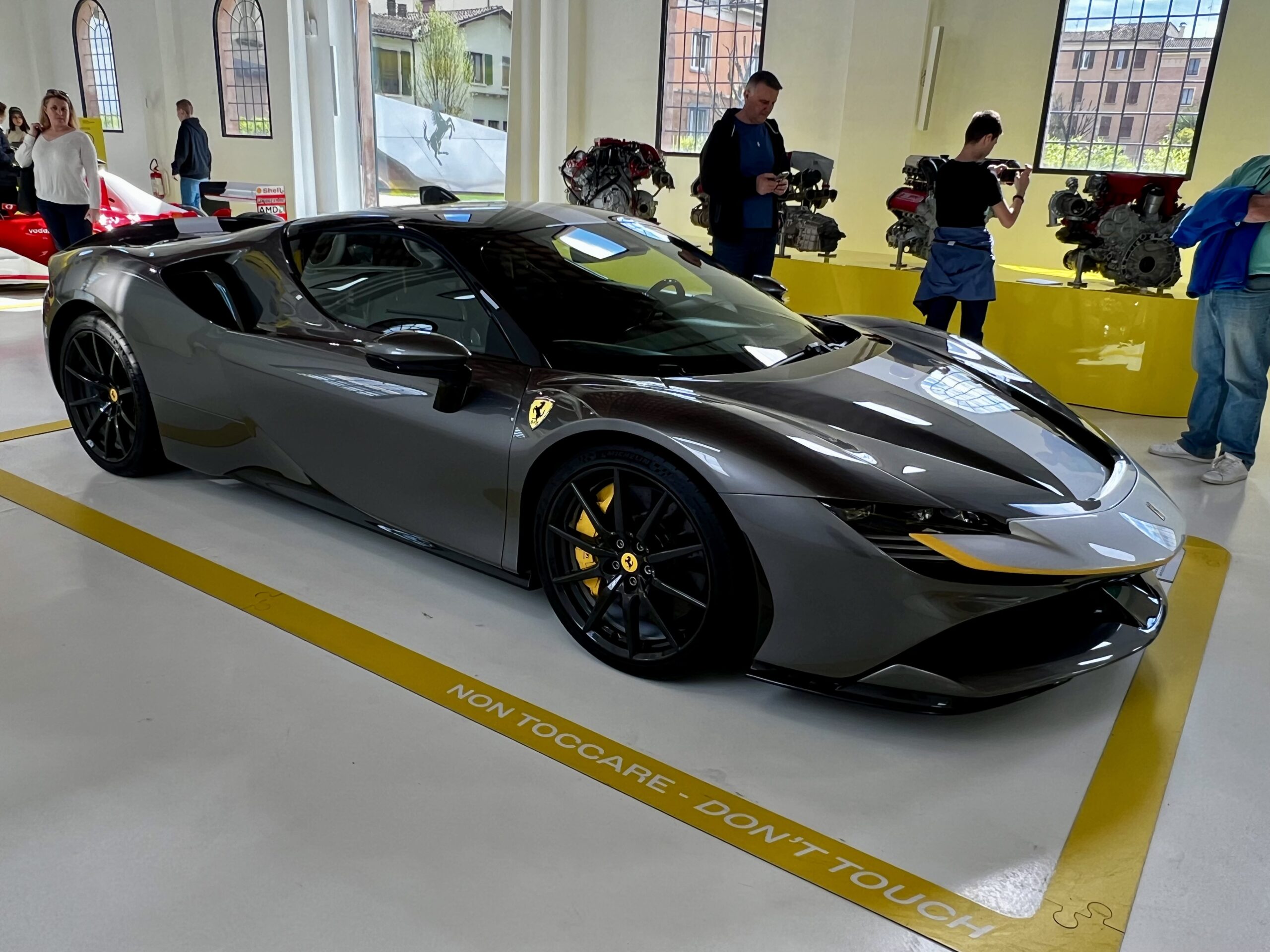
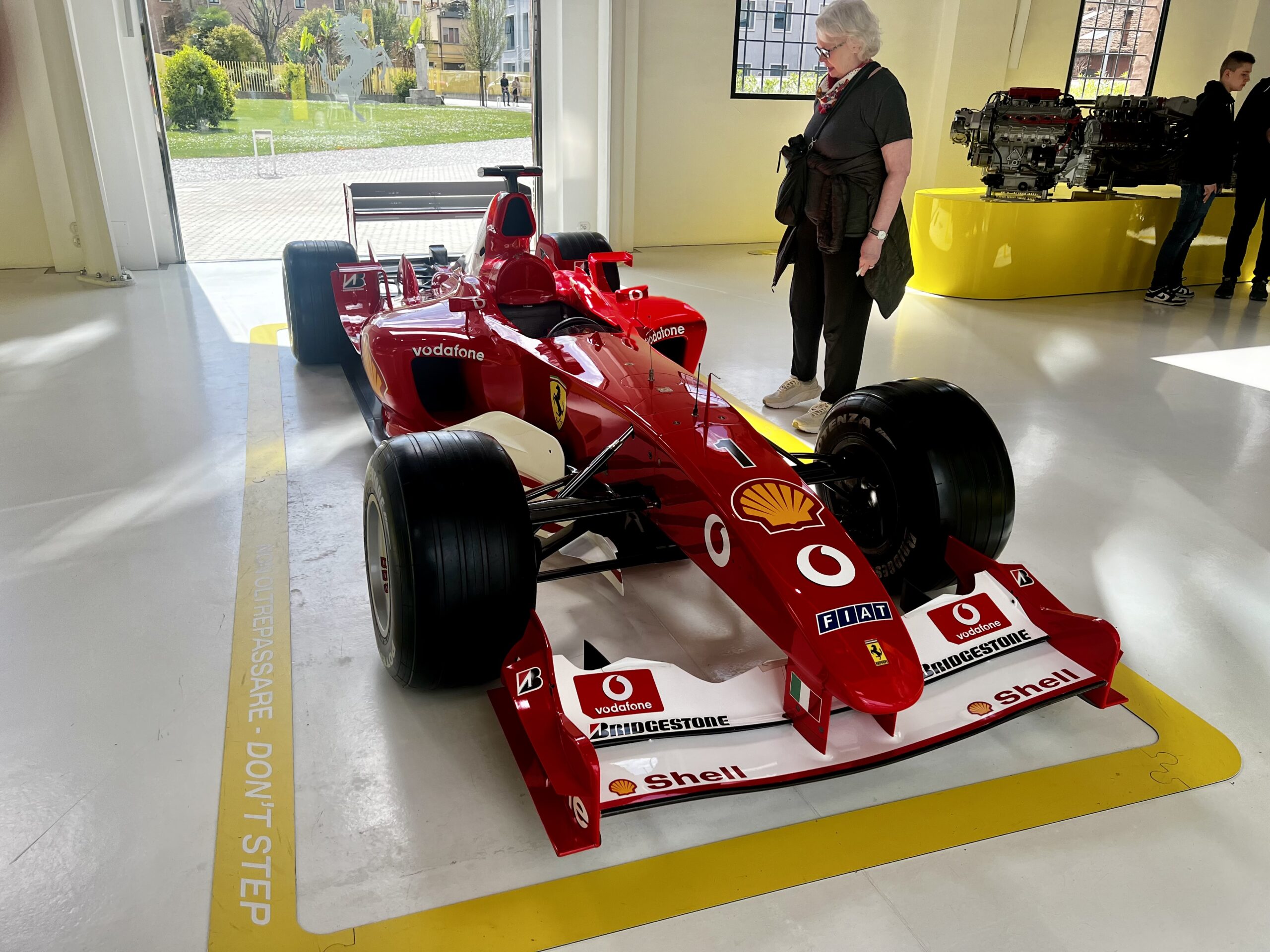
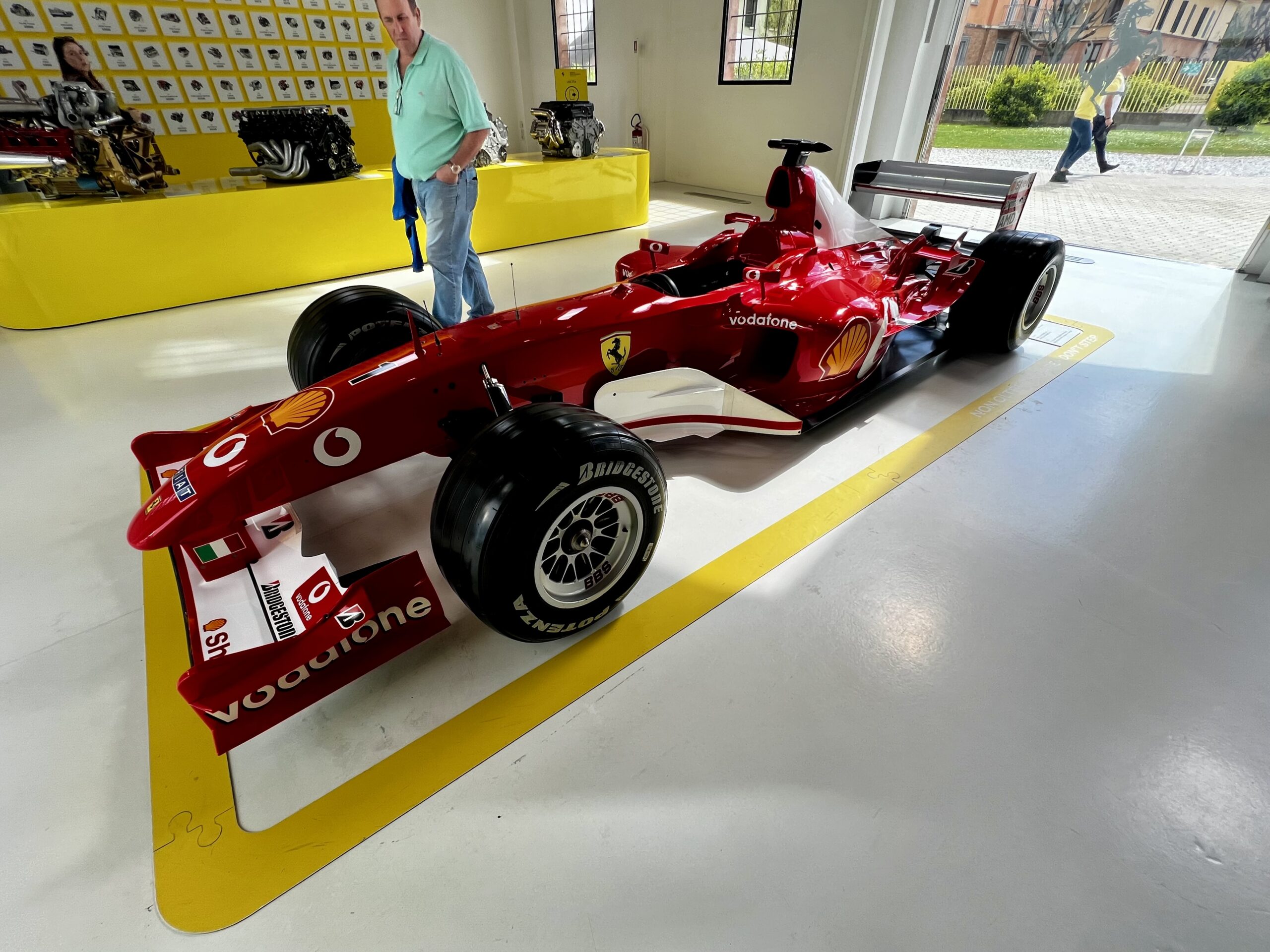
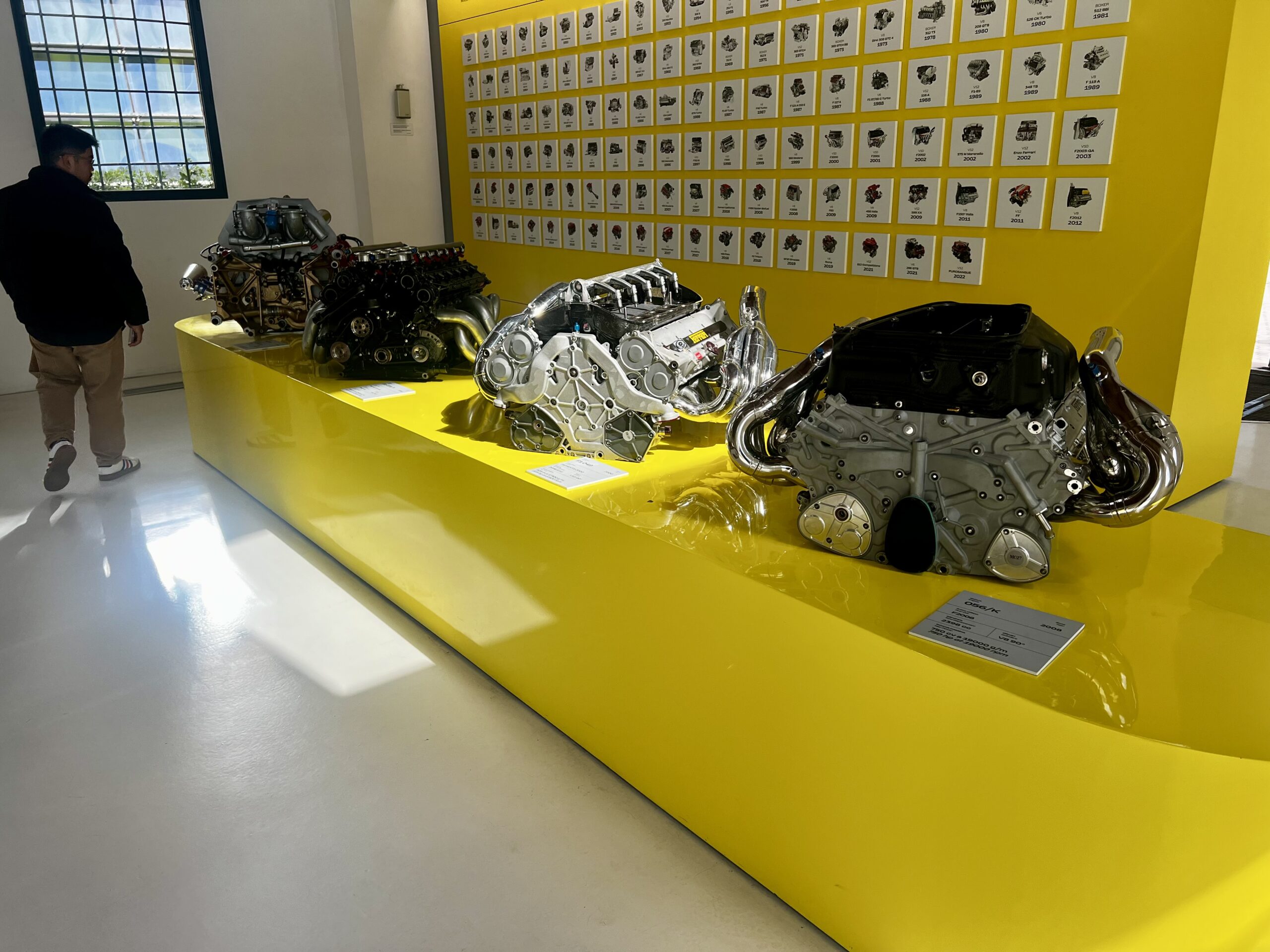
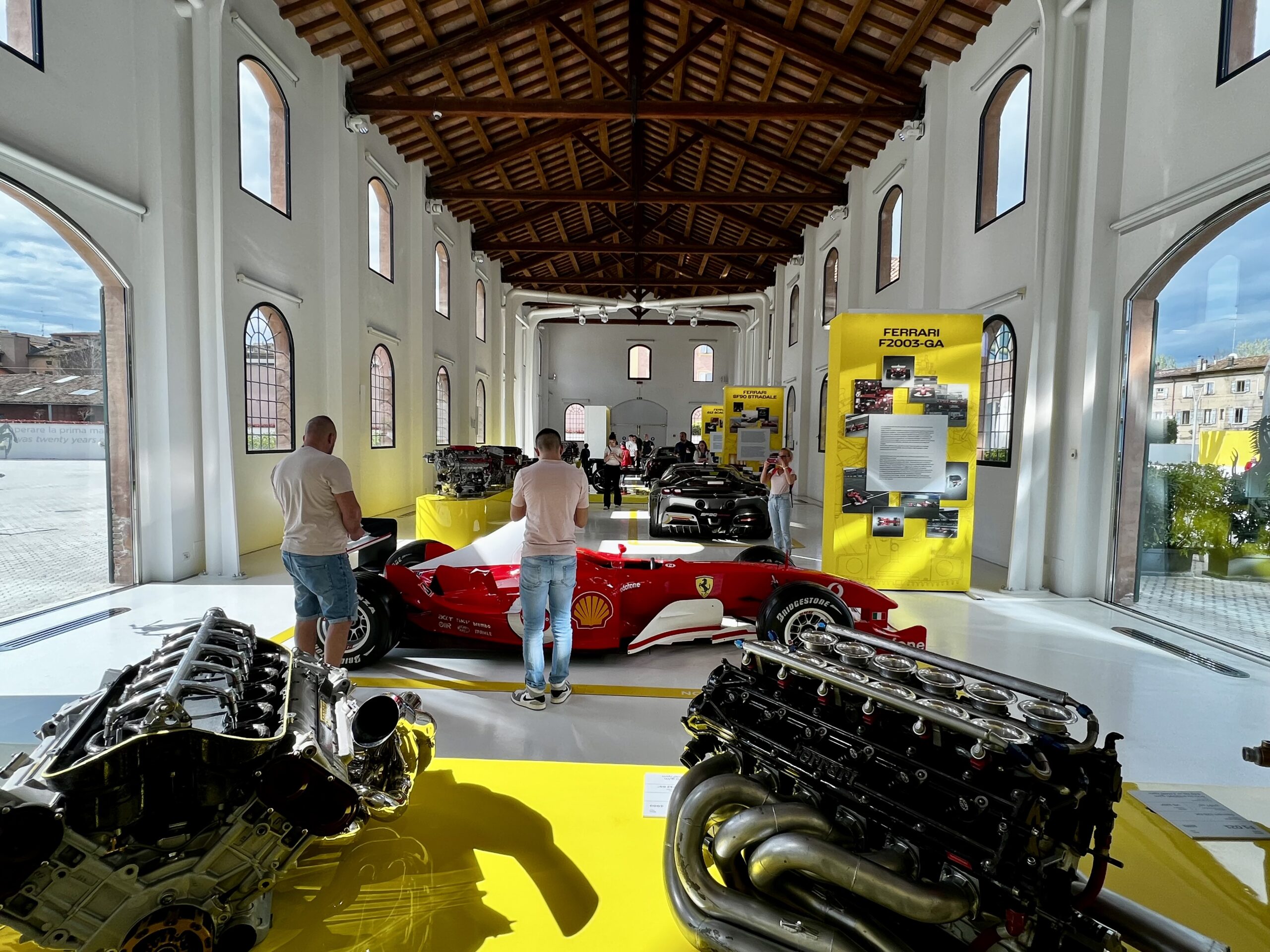
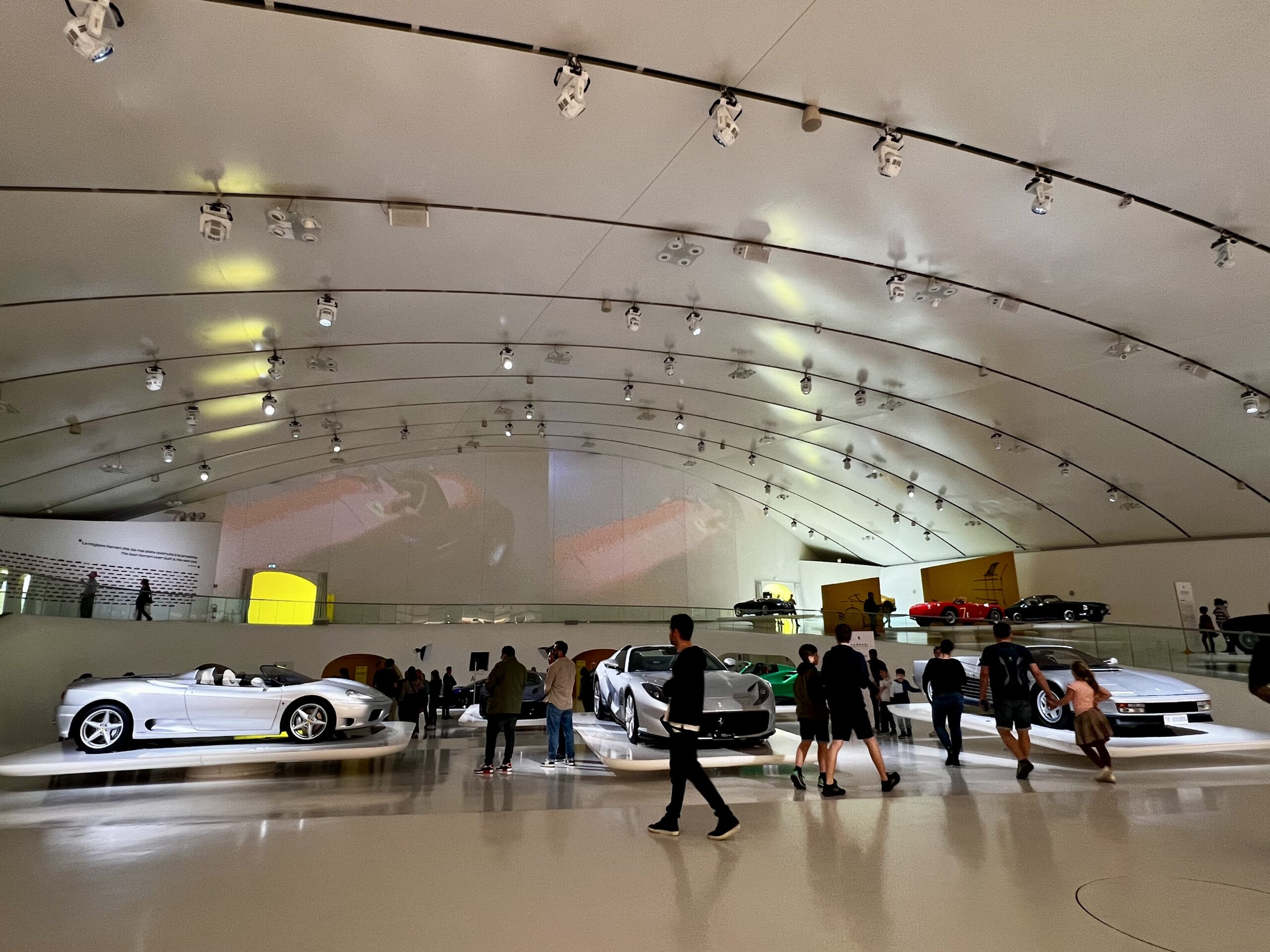
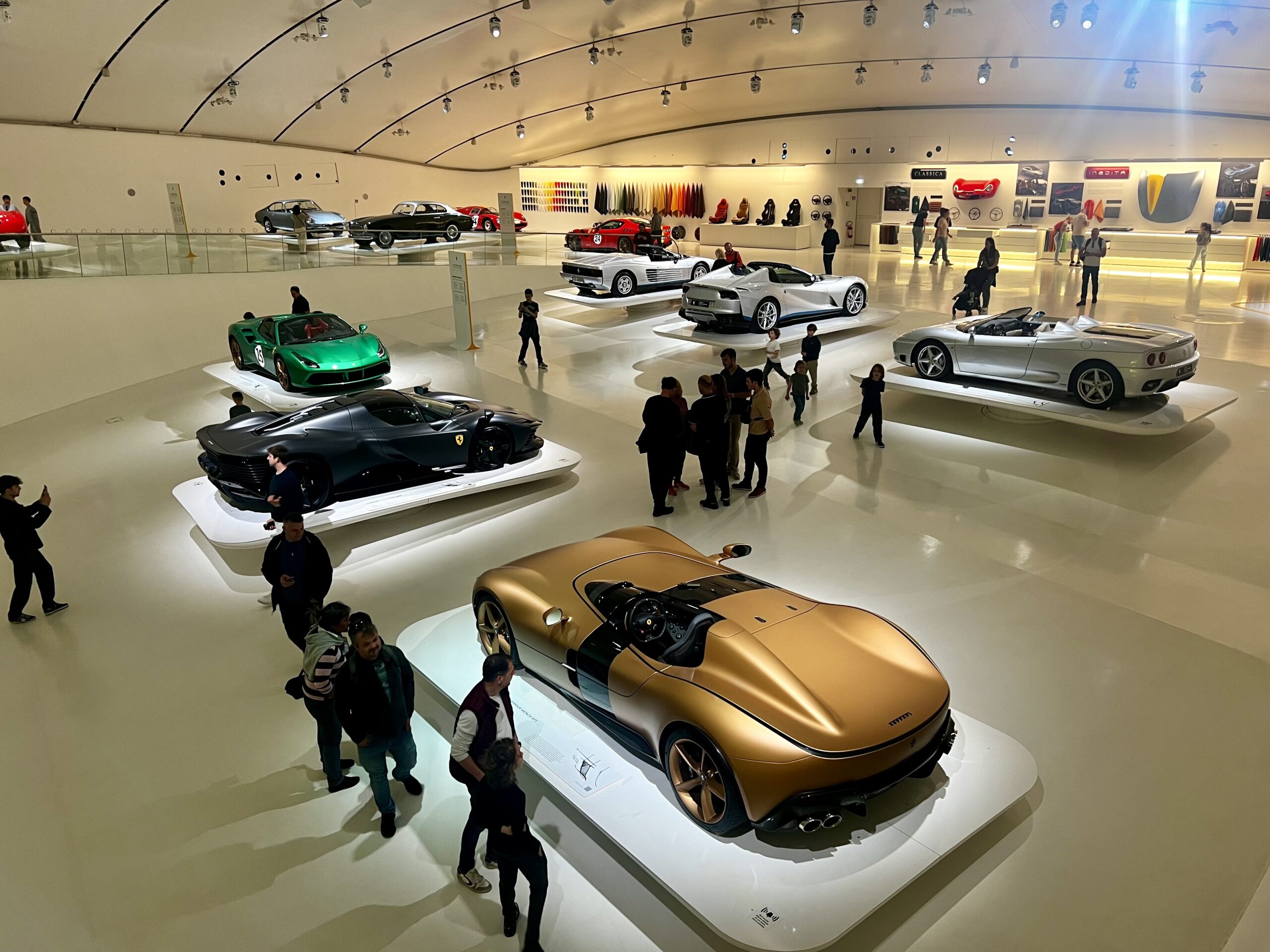
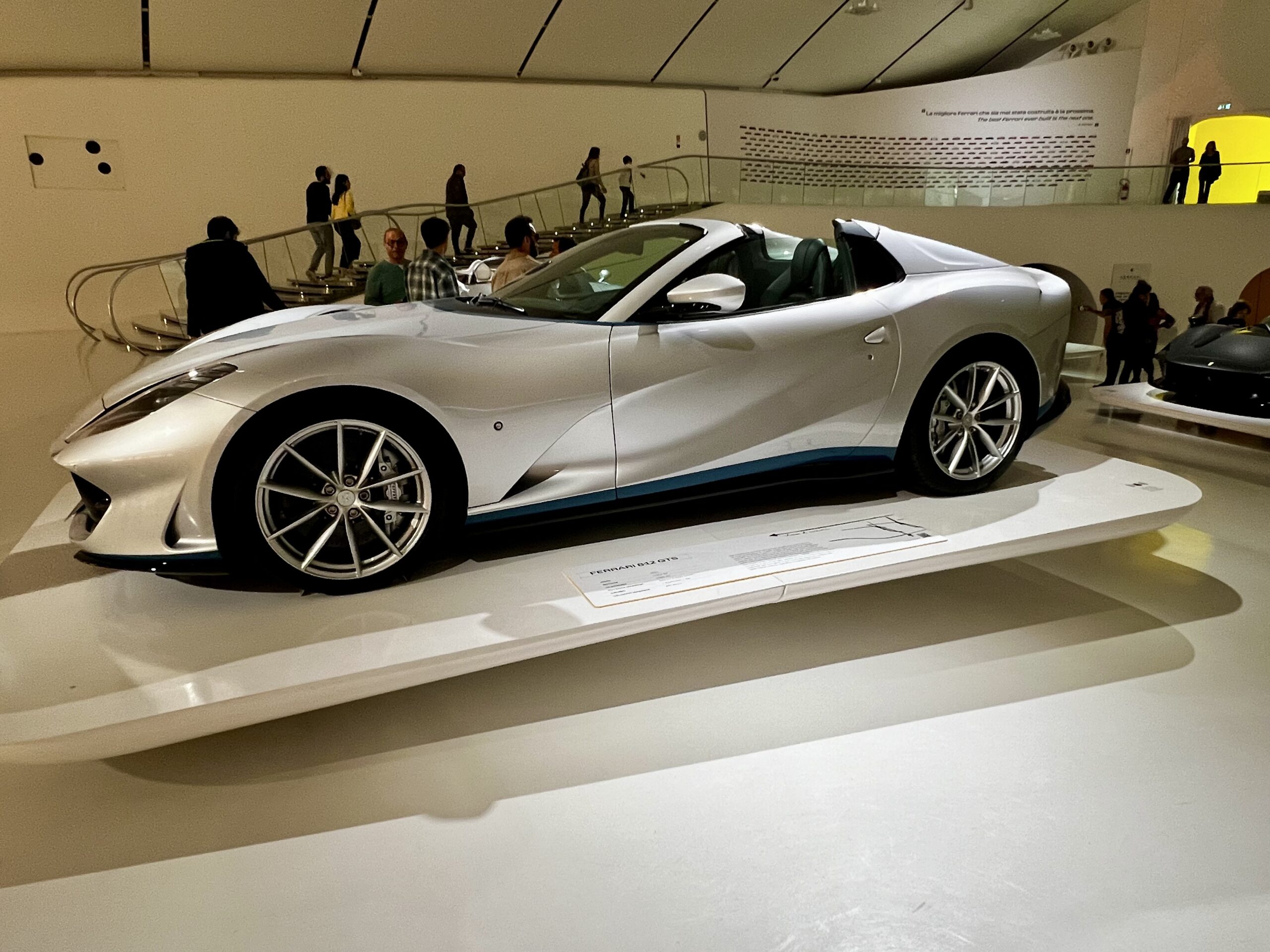
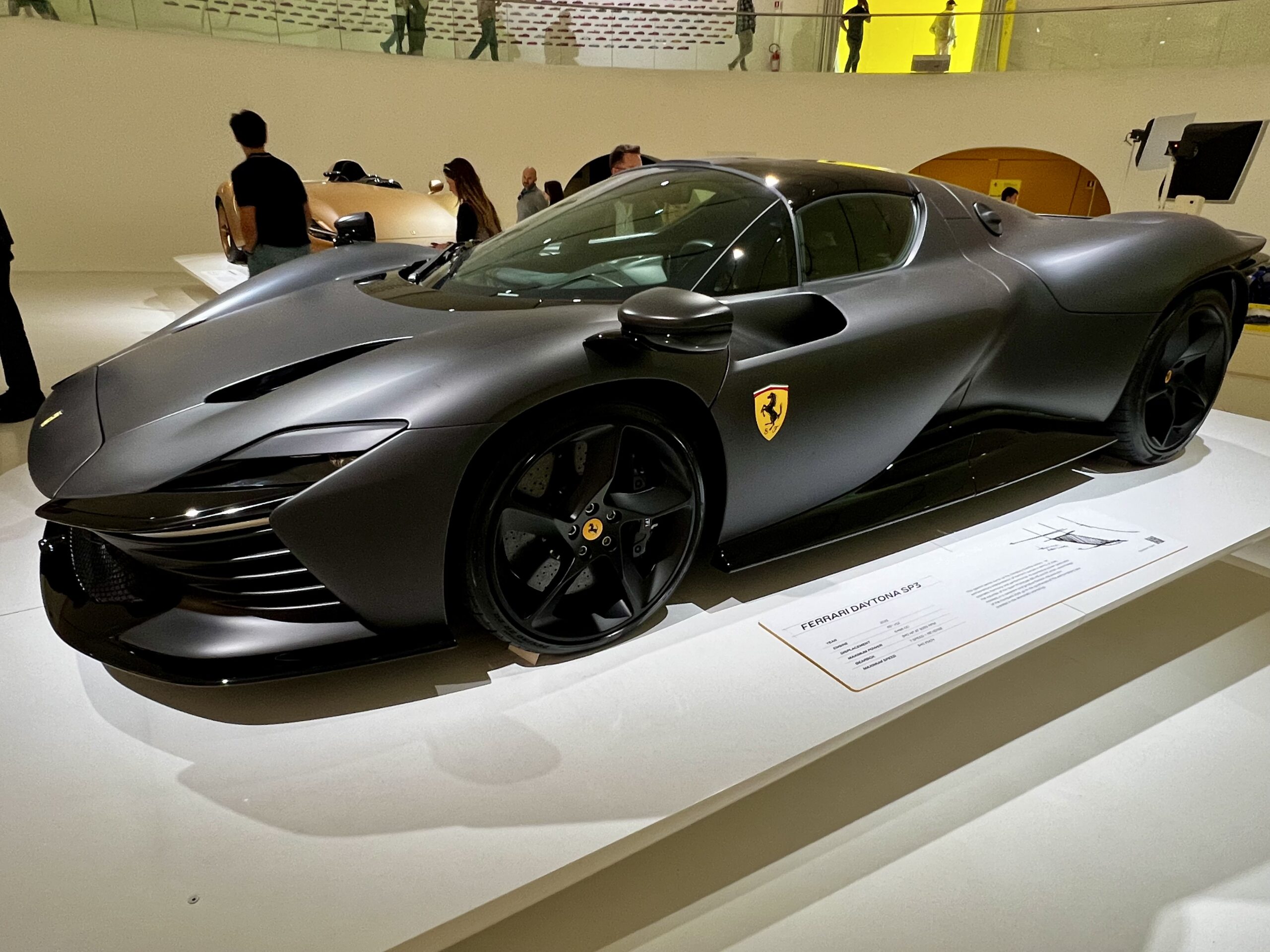
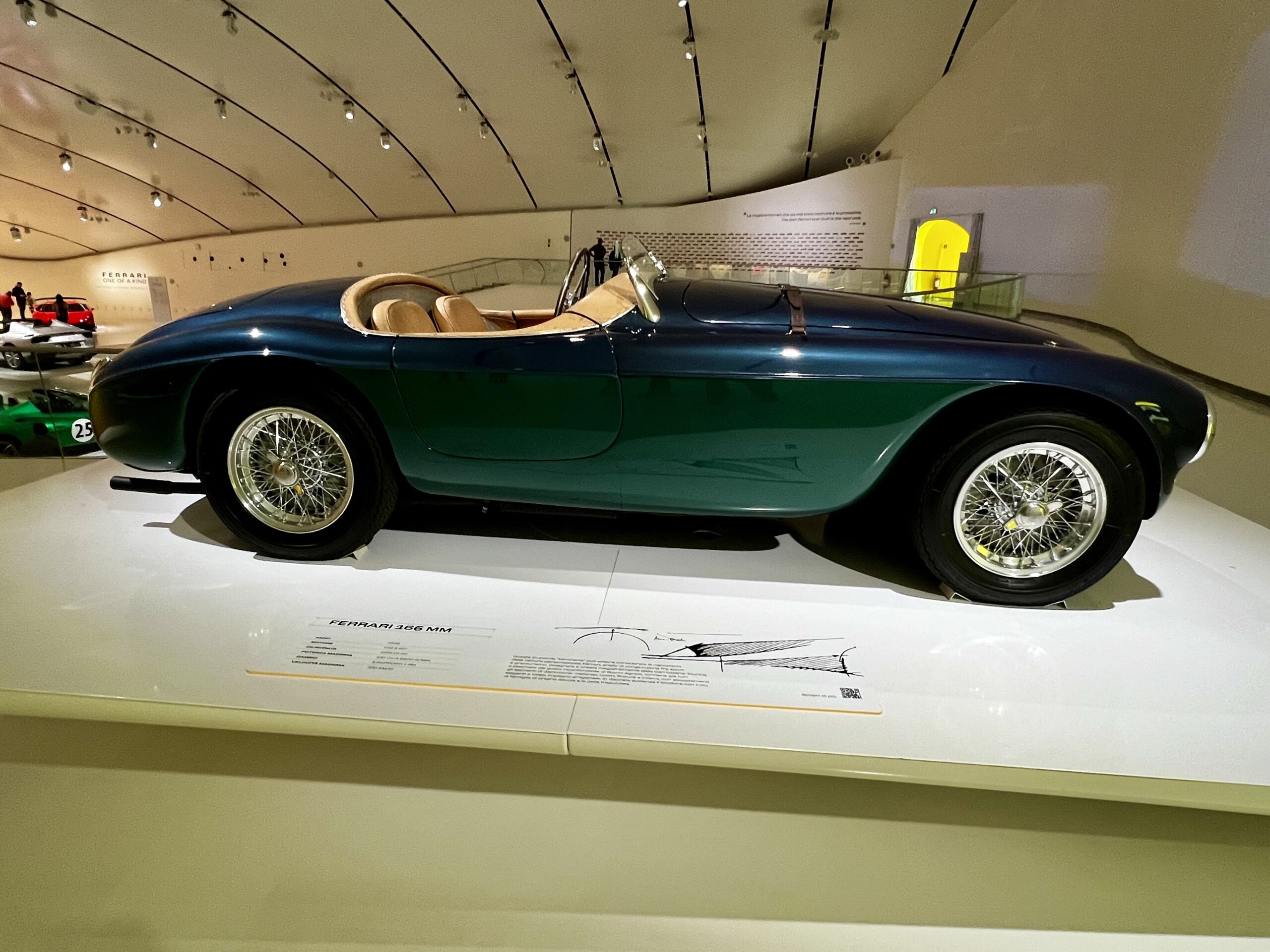
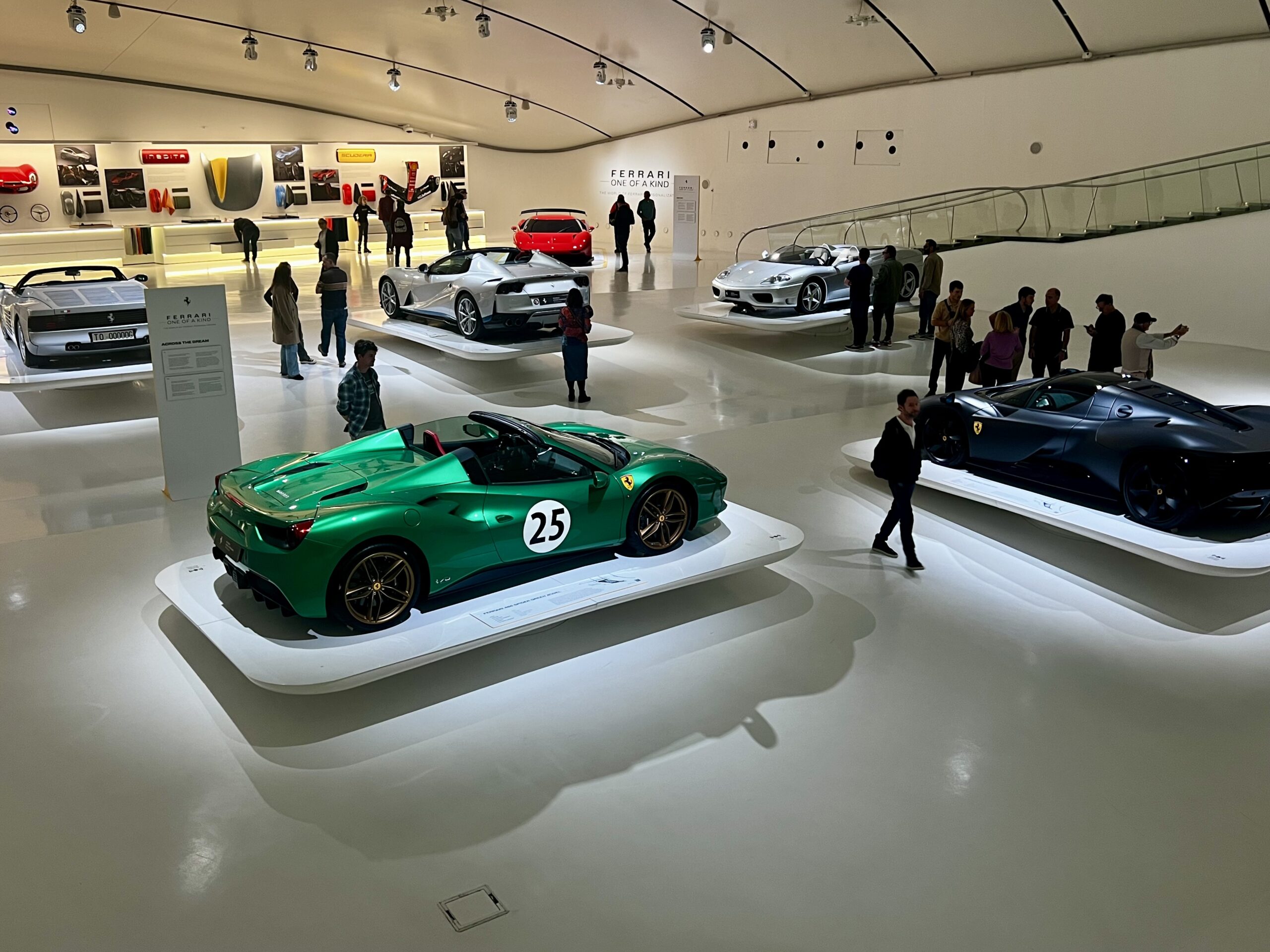
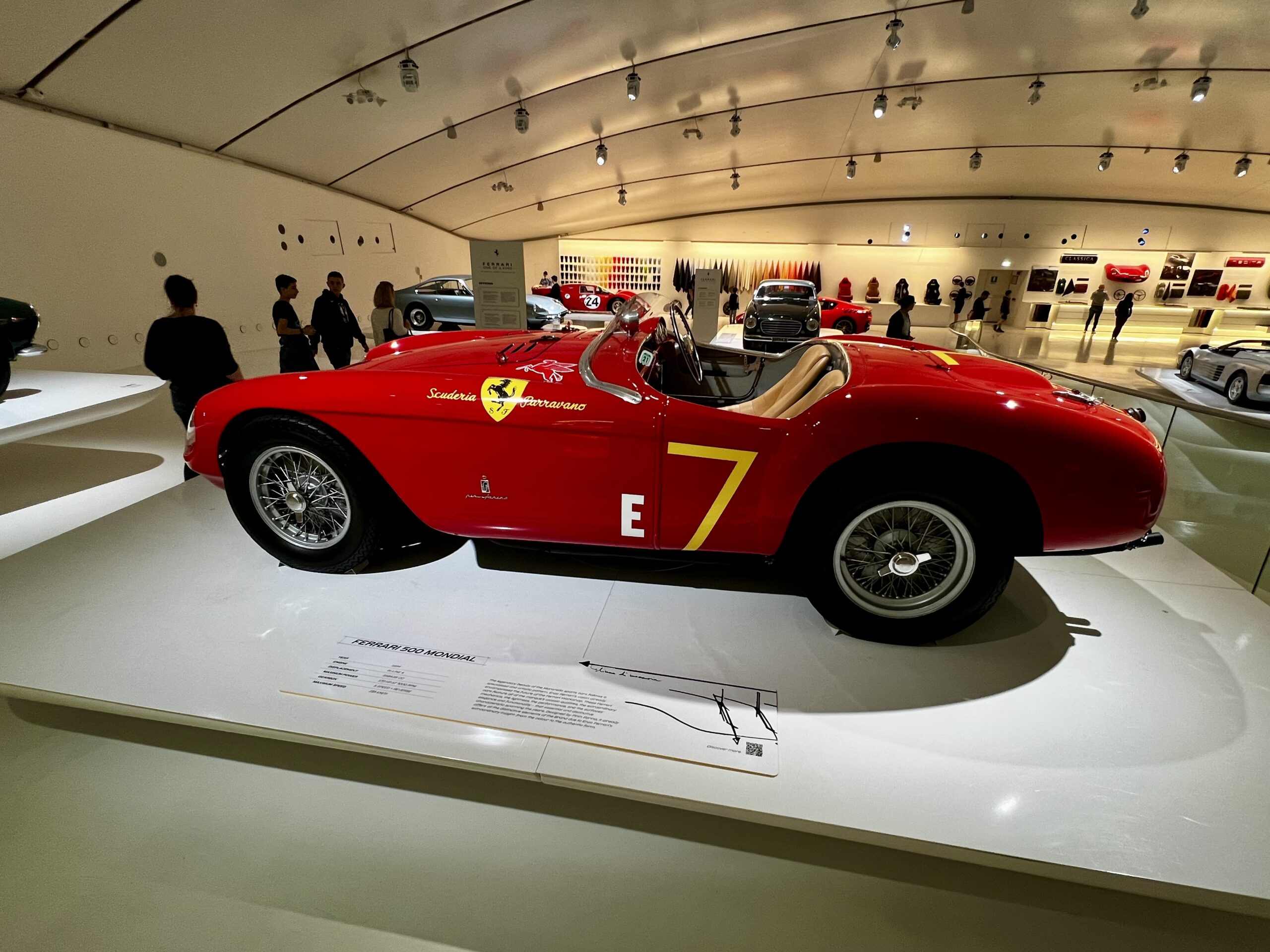
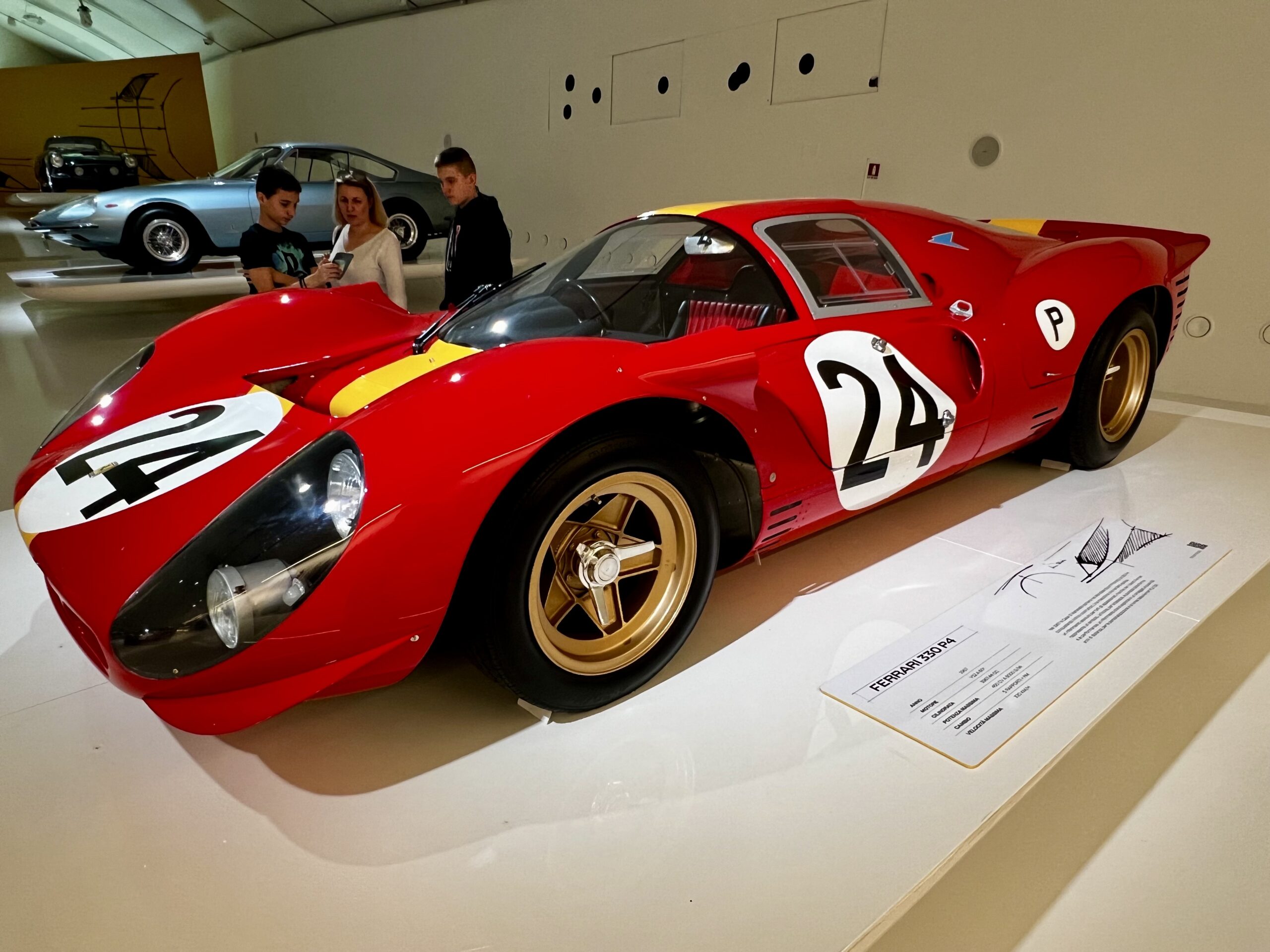
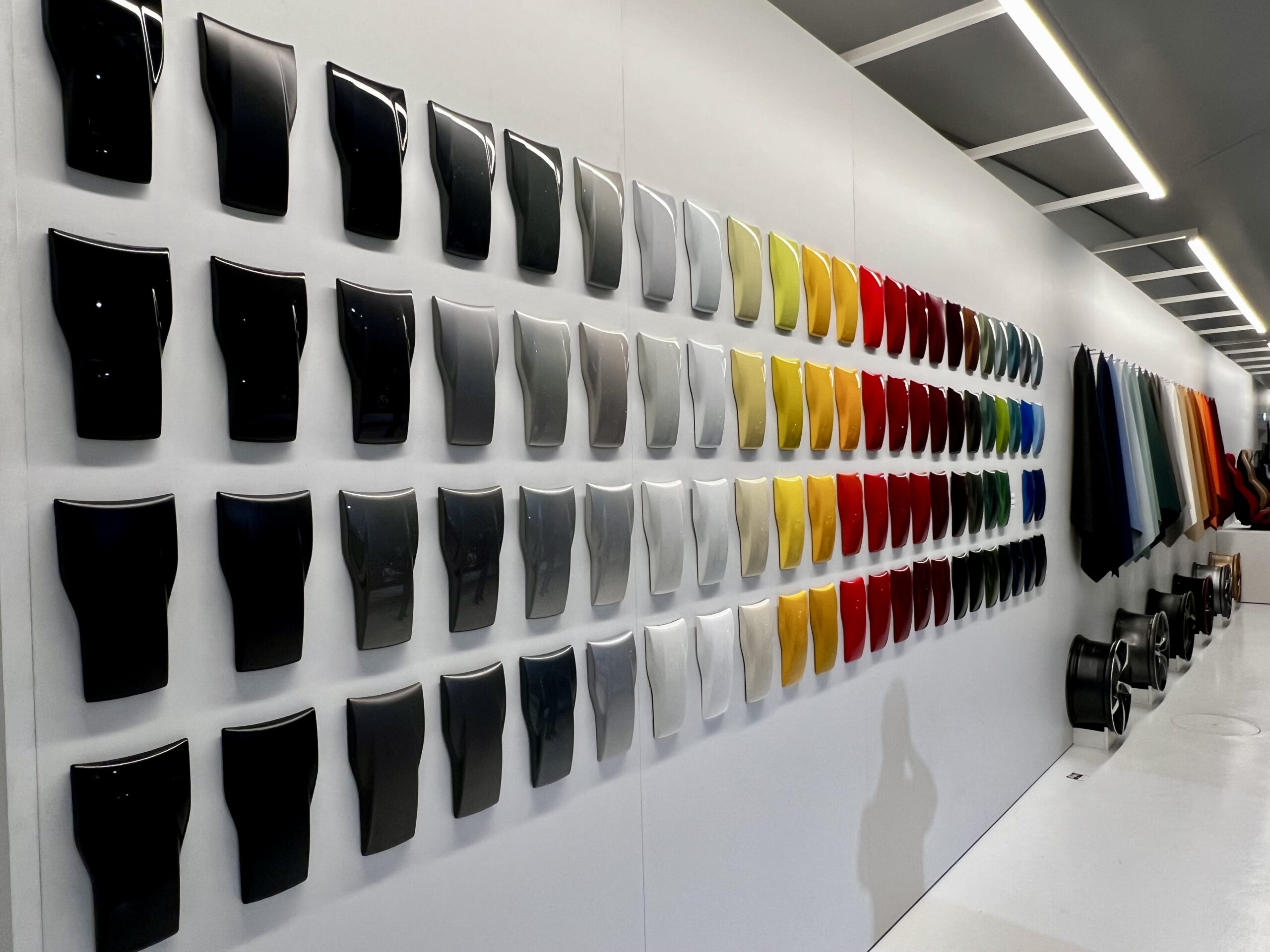
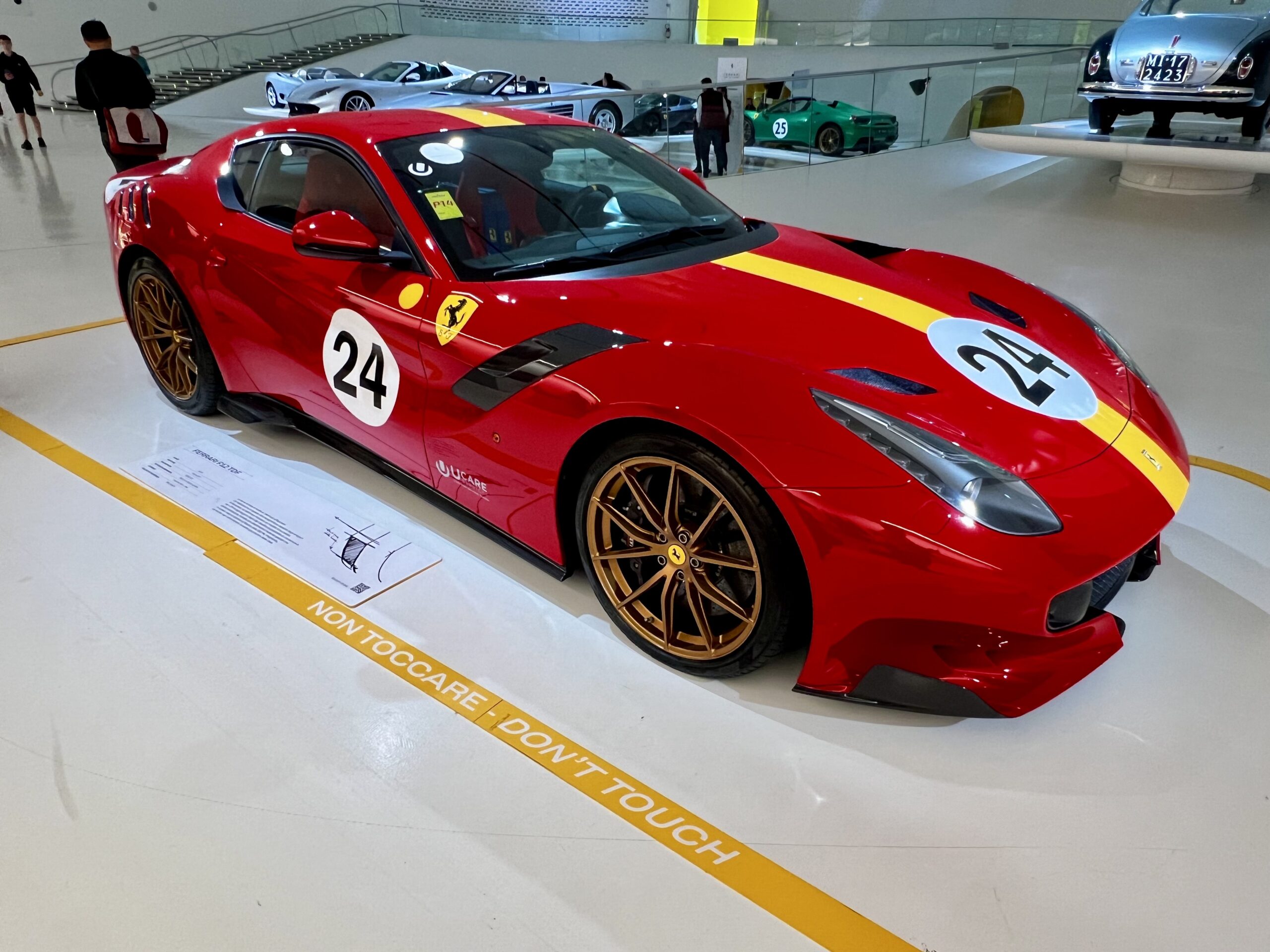
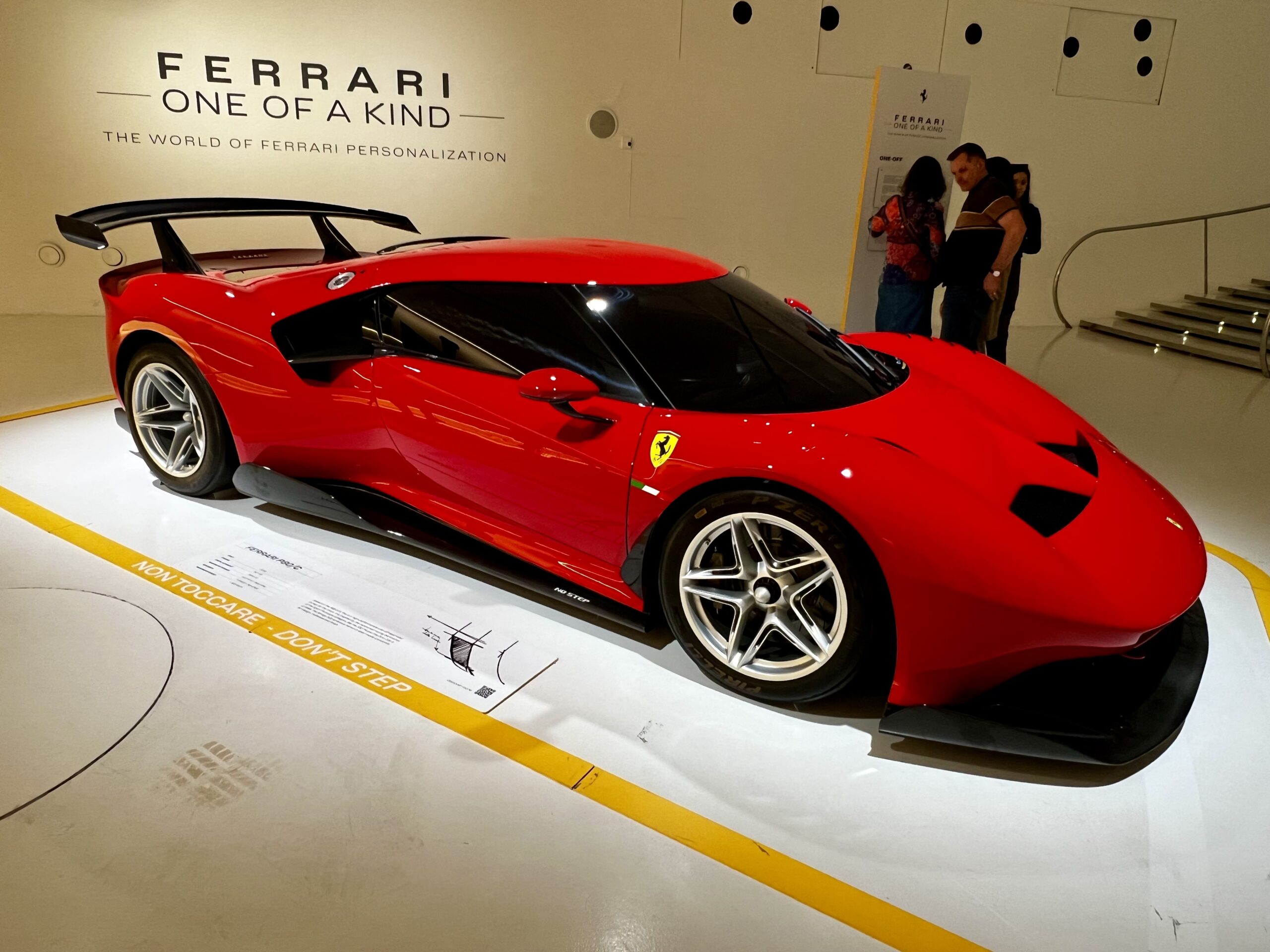
Palazzo dei Musei (Museums)
Another good stop. This building is filled several museums and a library displaying a with wide range of objects from ancient artifacts to textiles. One floor holds the Galleria Estense di Modena, containing the Este family’s extensive collection of paintings and sculpture. Wikipedia offers an interesting history of how the art collection ebbed and swelled over several centuries depending on the fortunes of the family and the political situation.
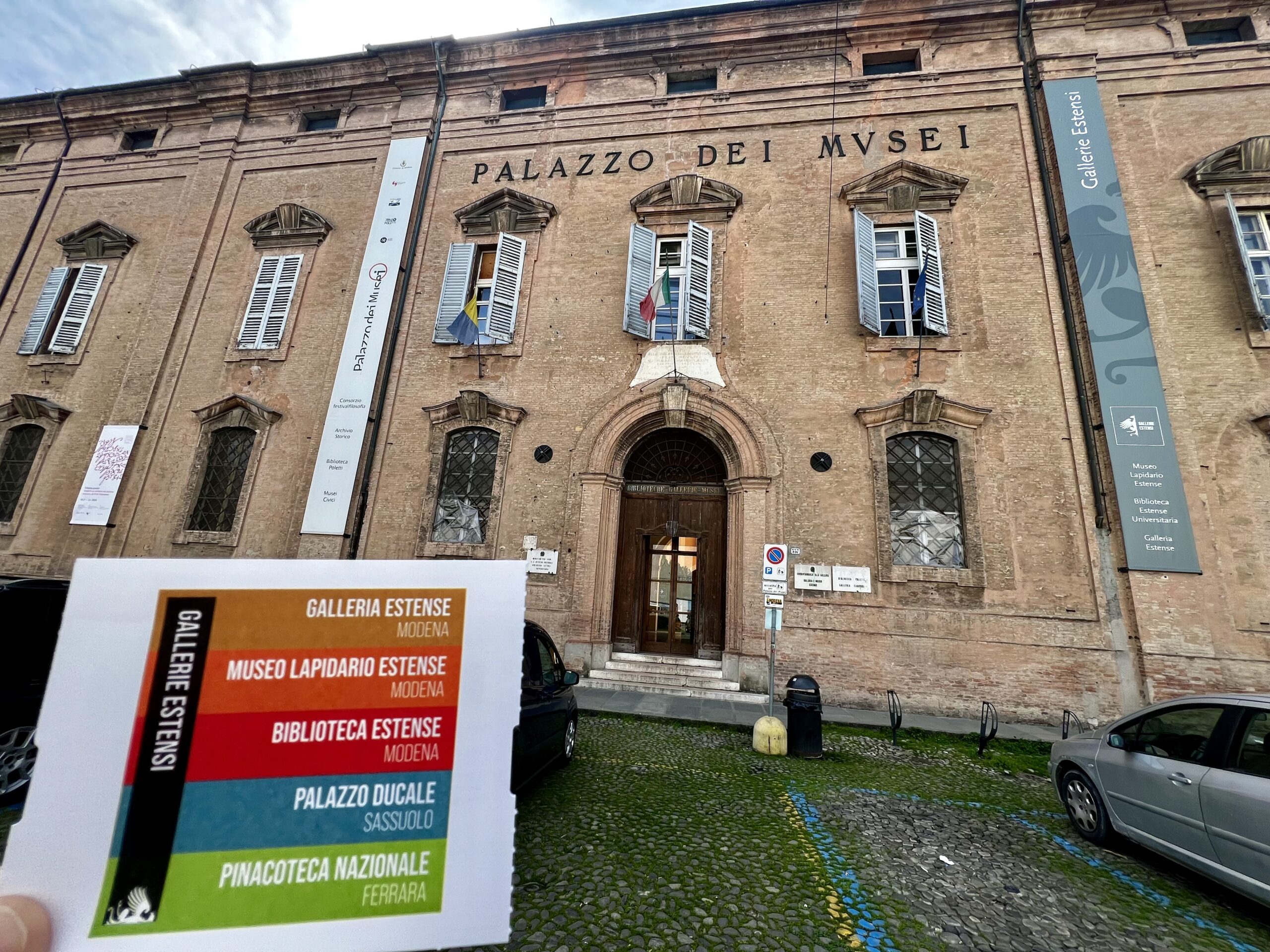
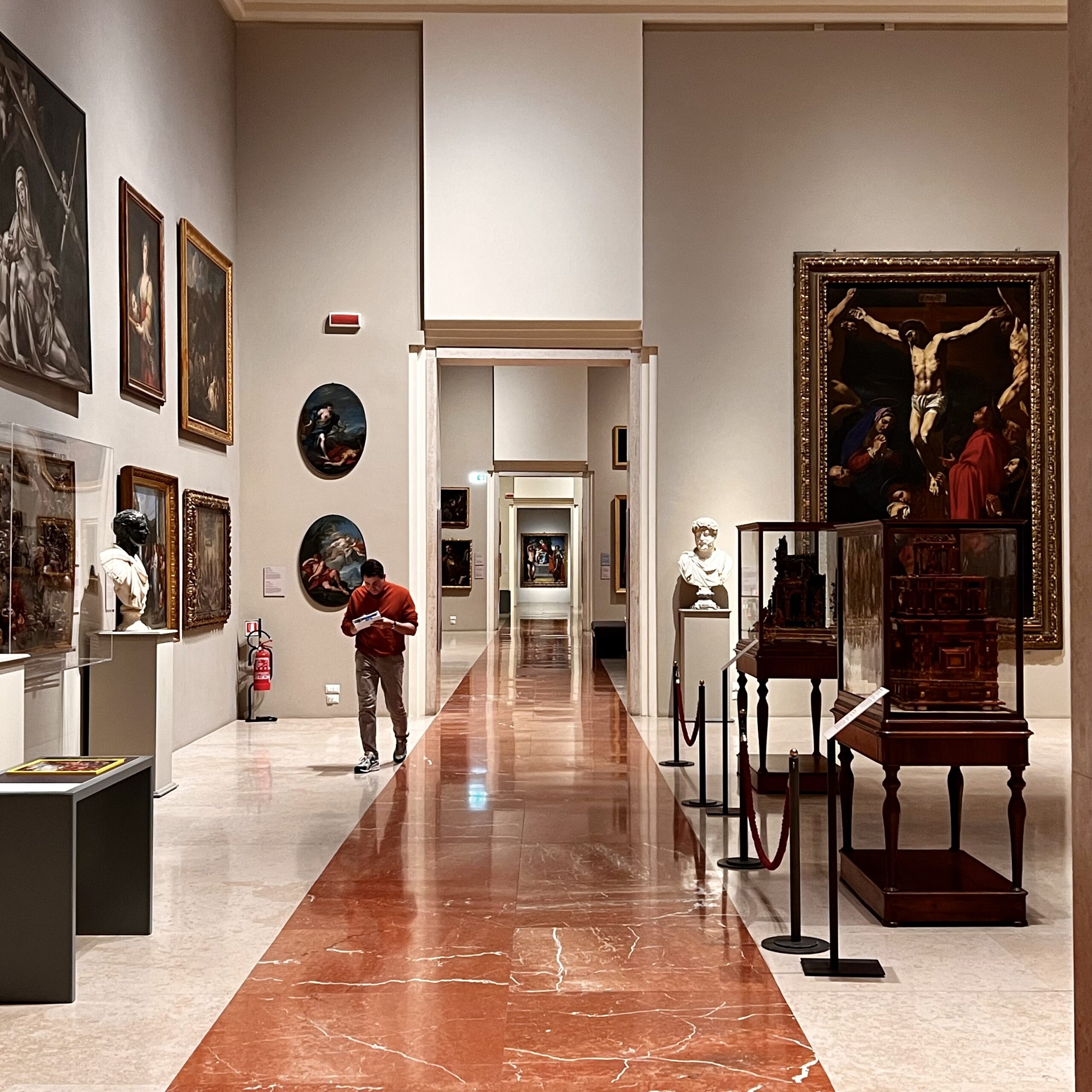
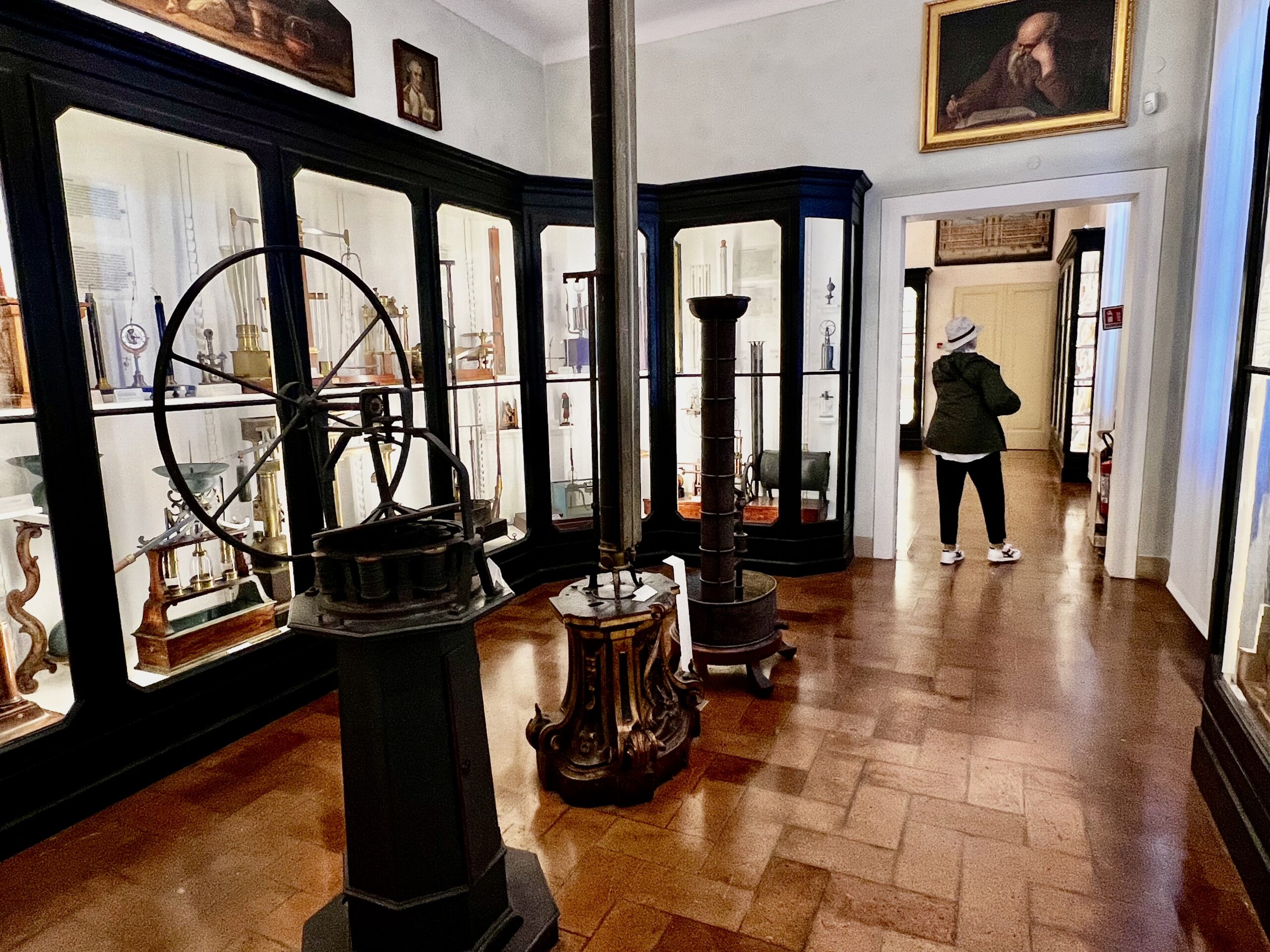
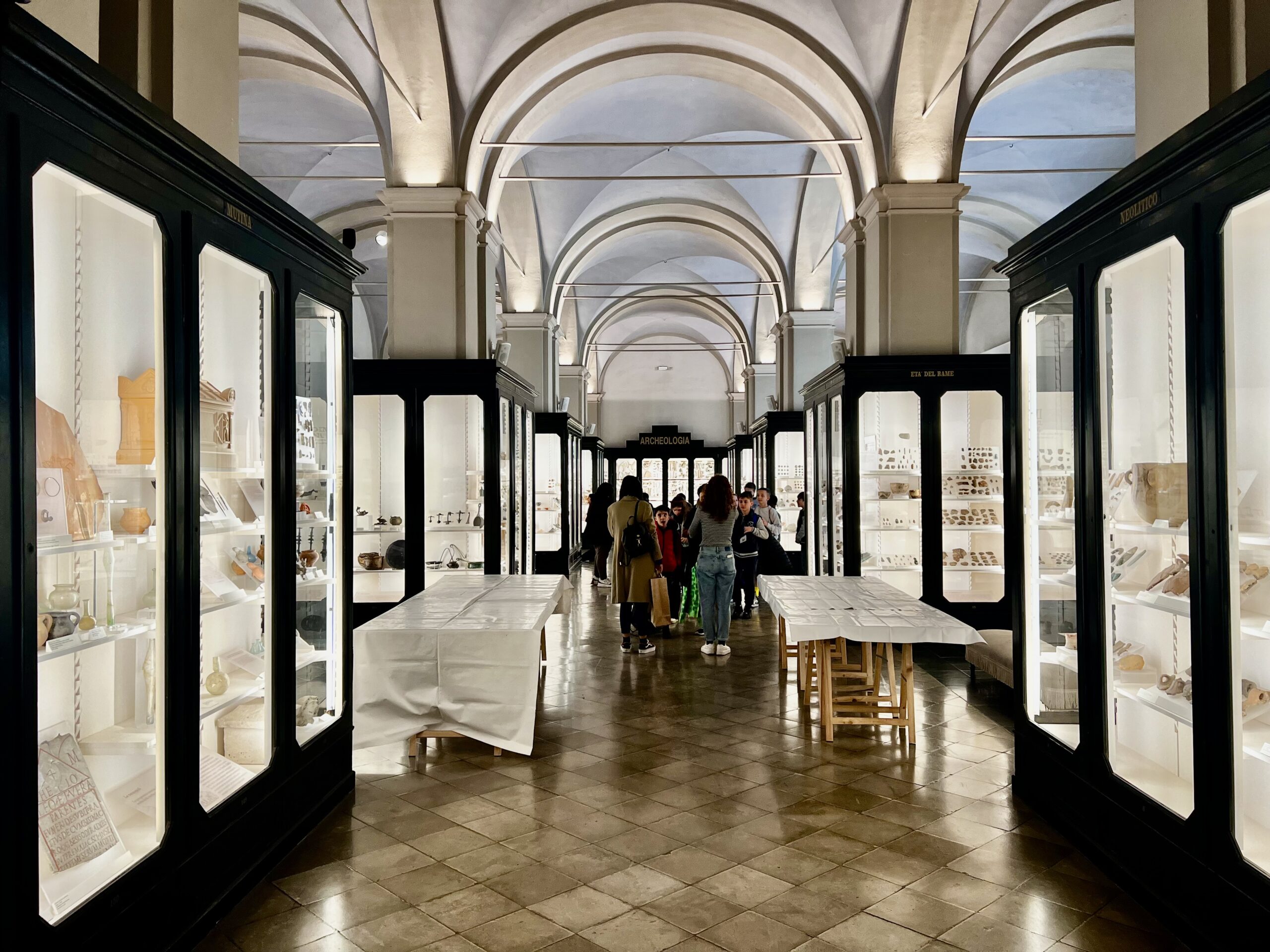
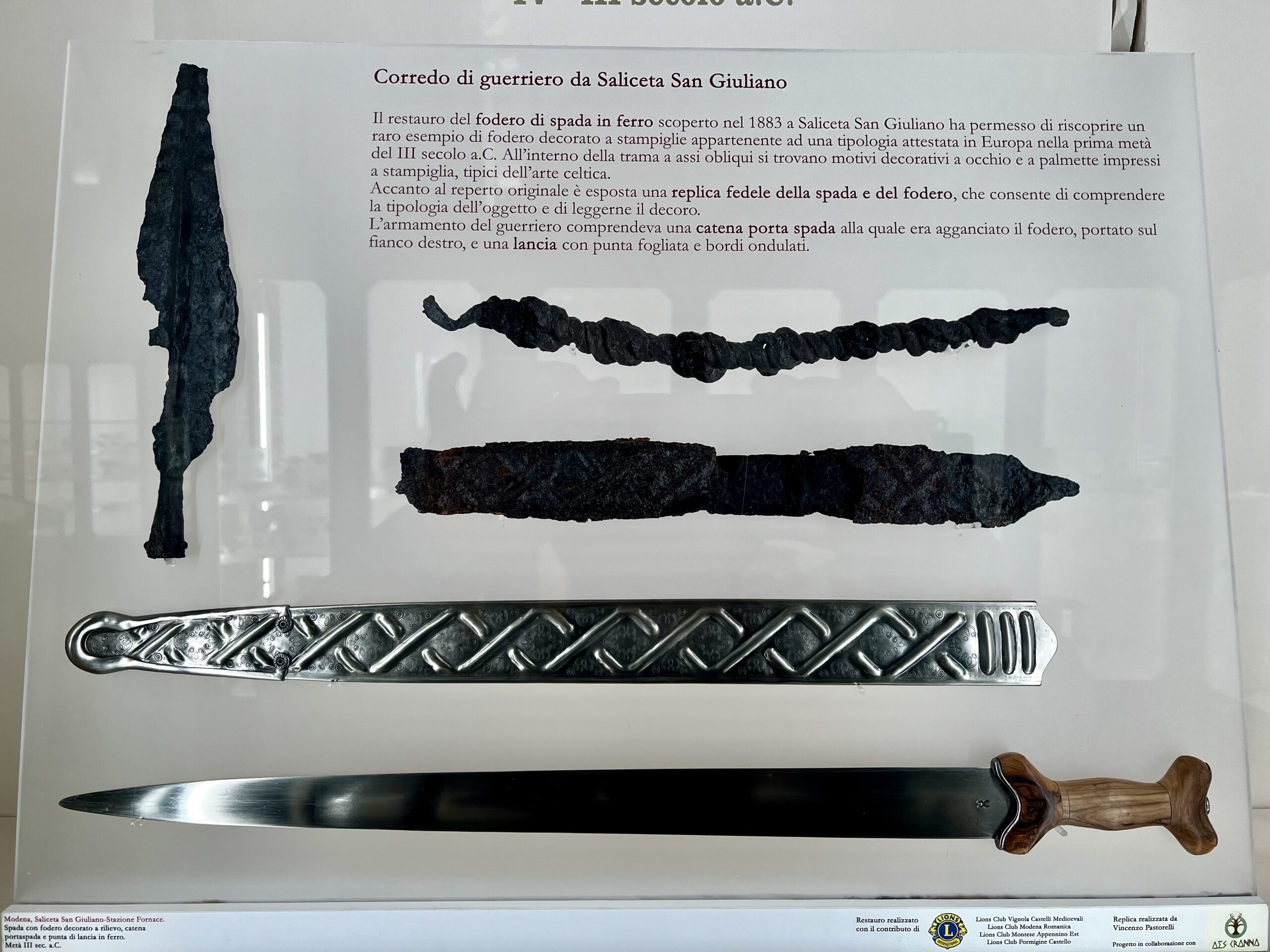
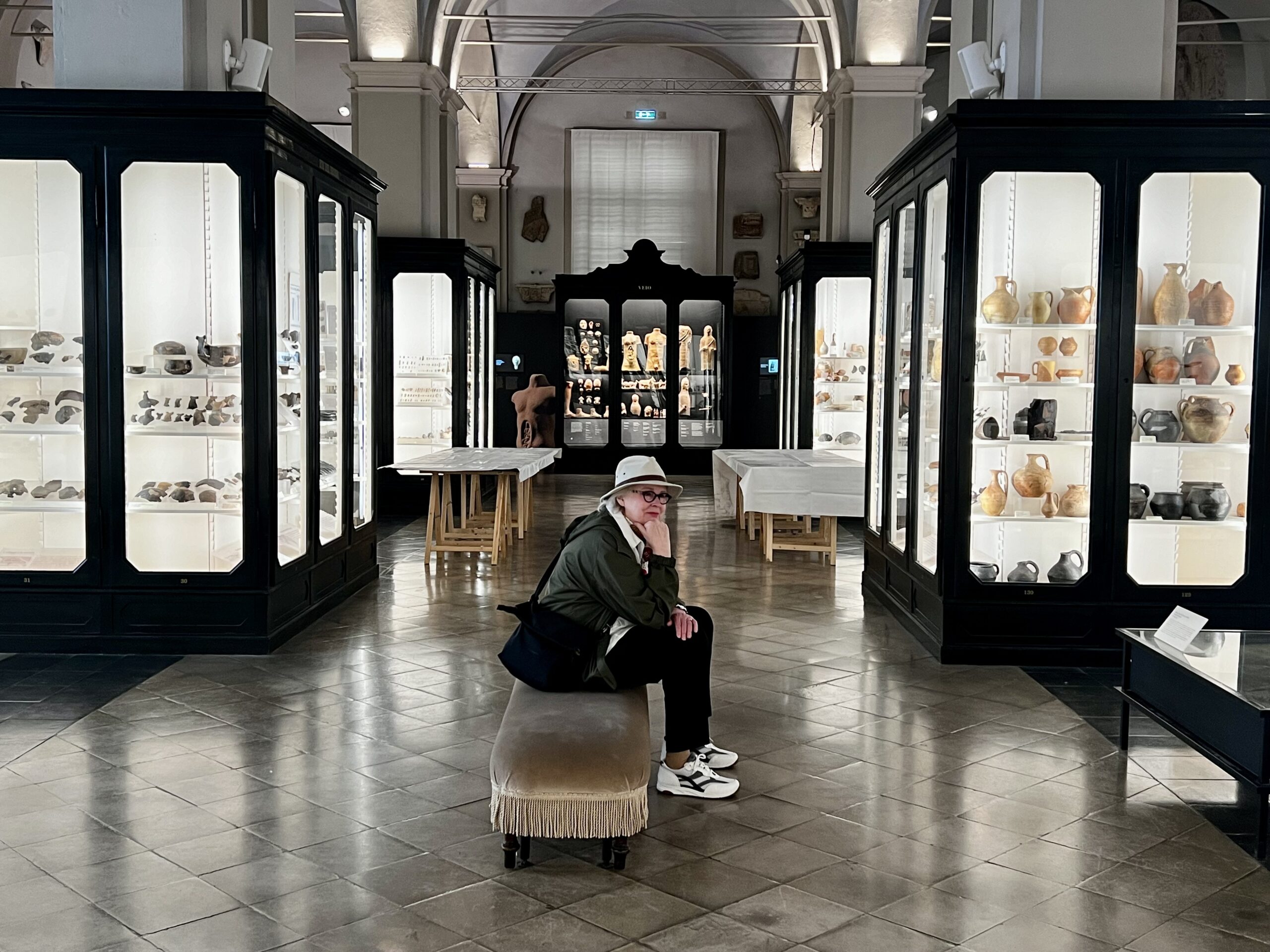
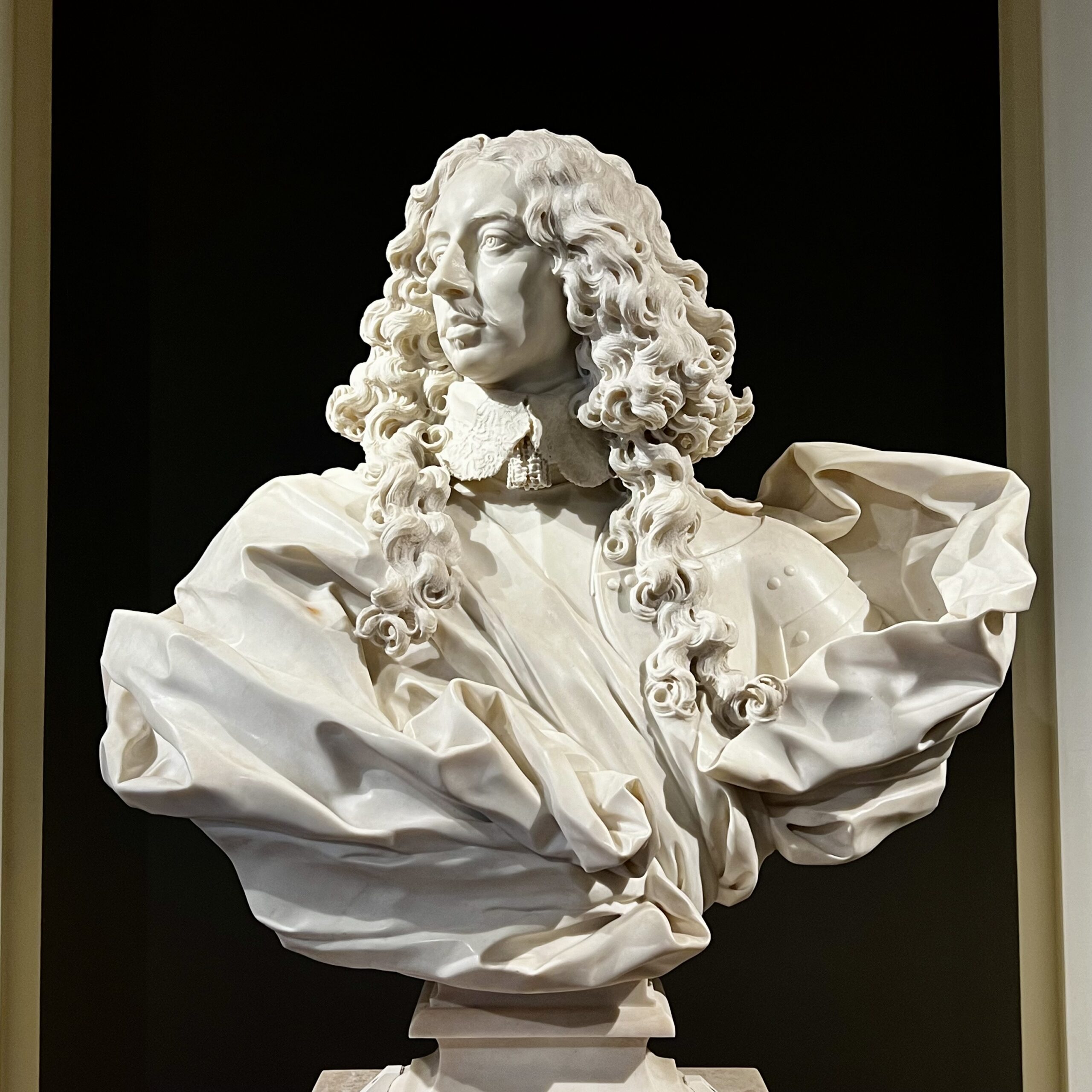
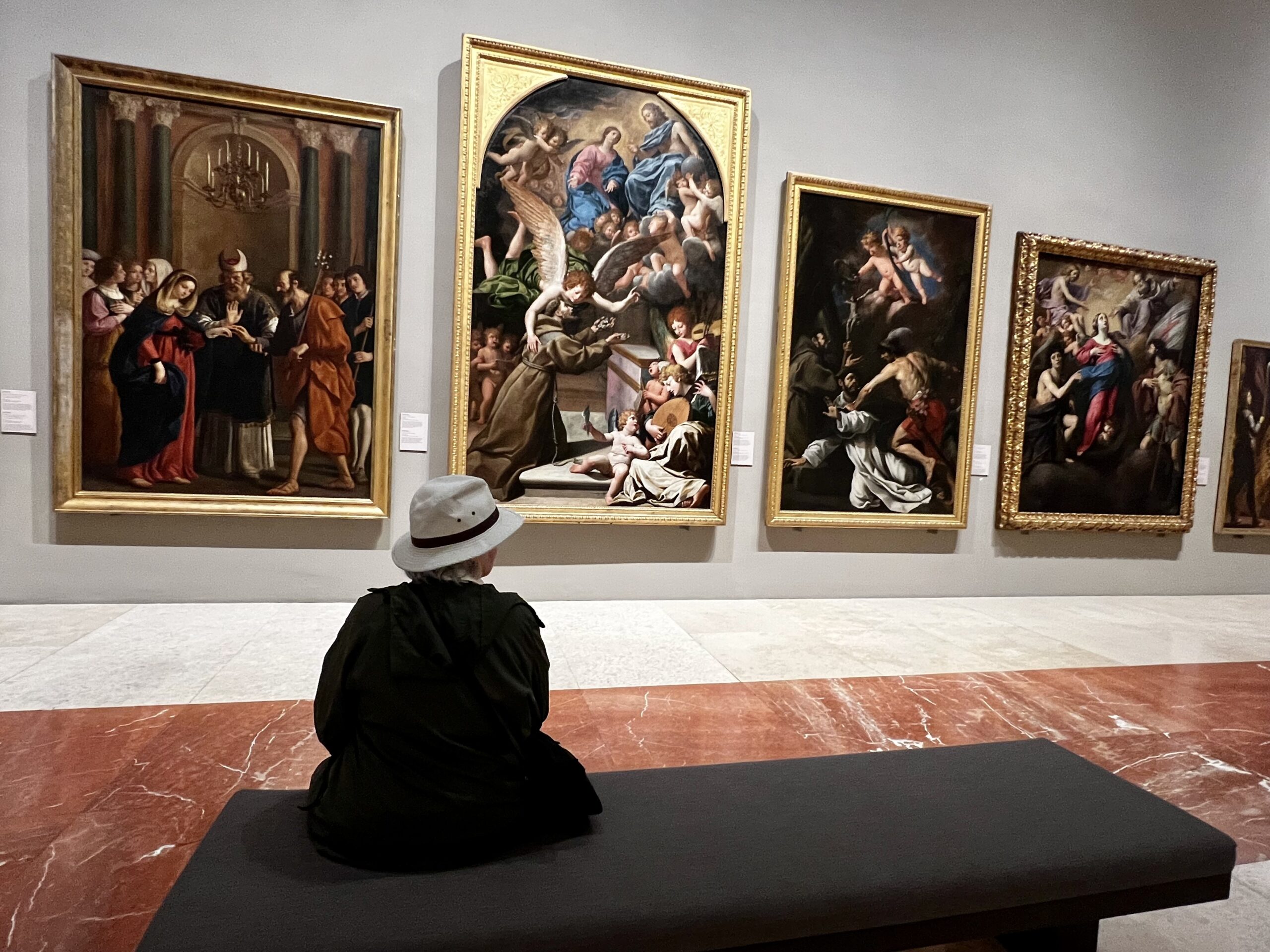
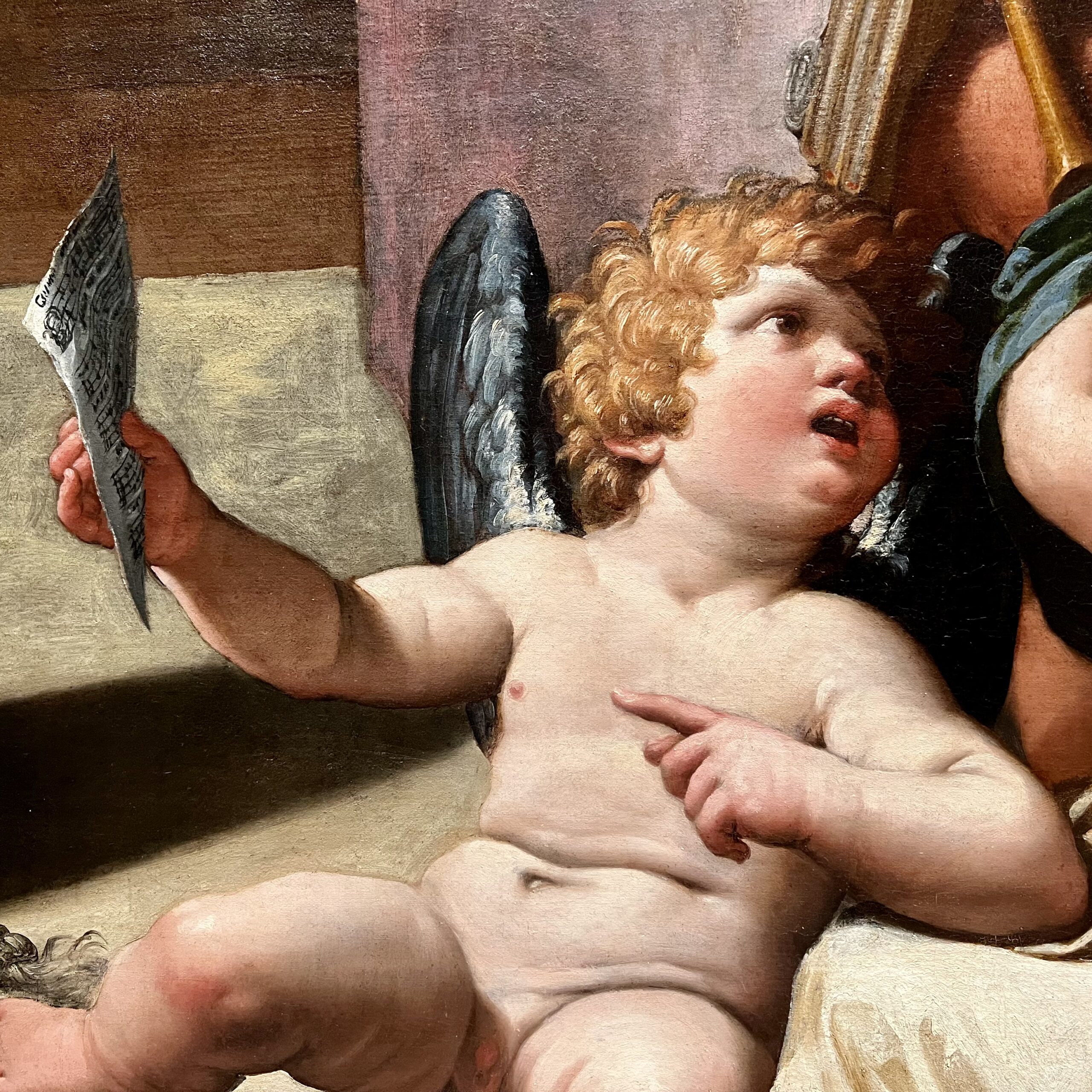
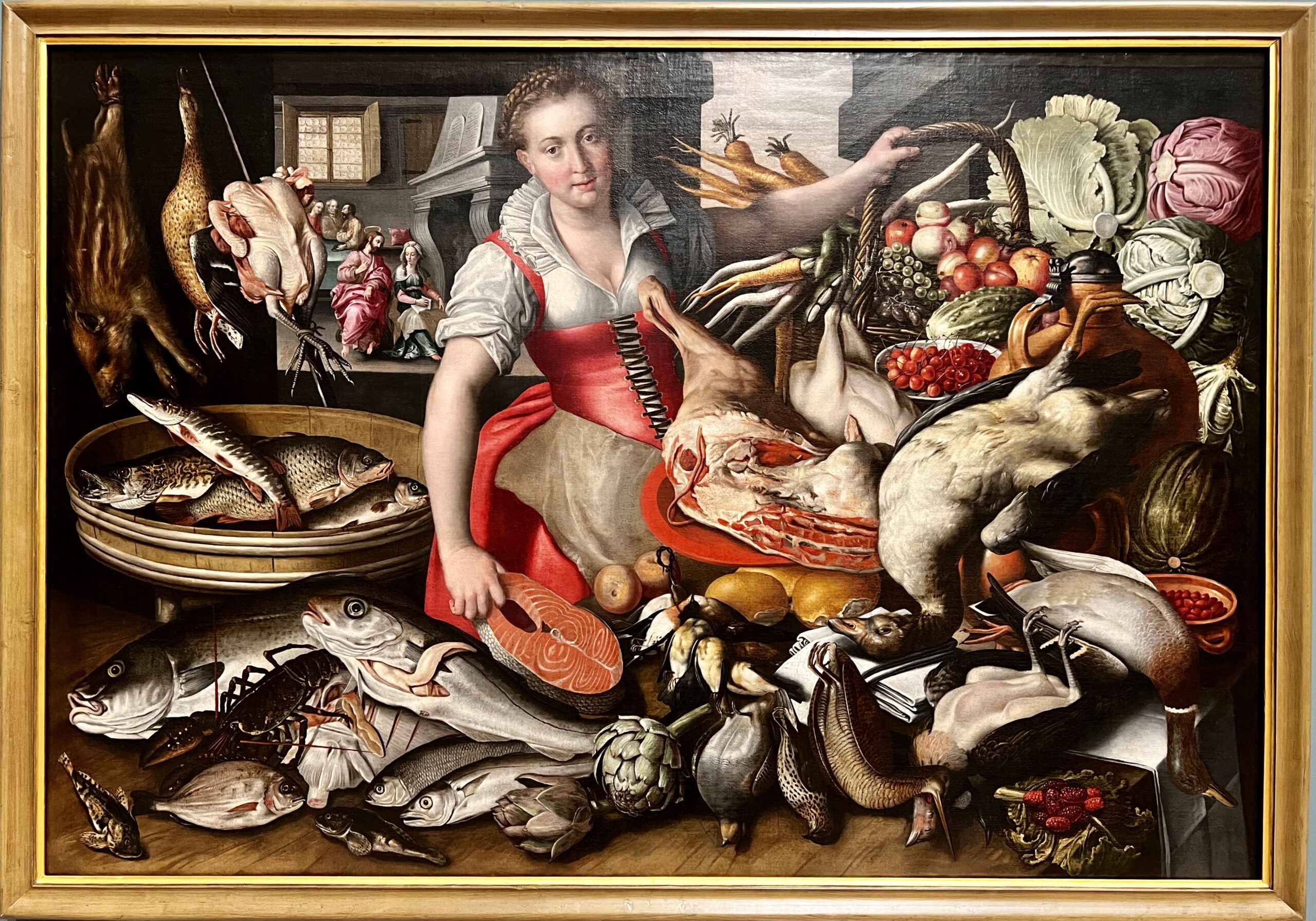
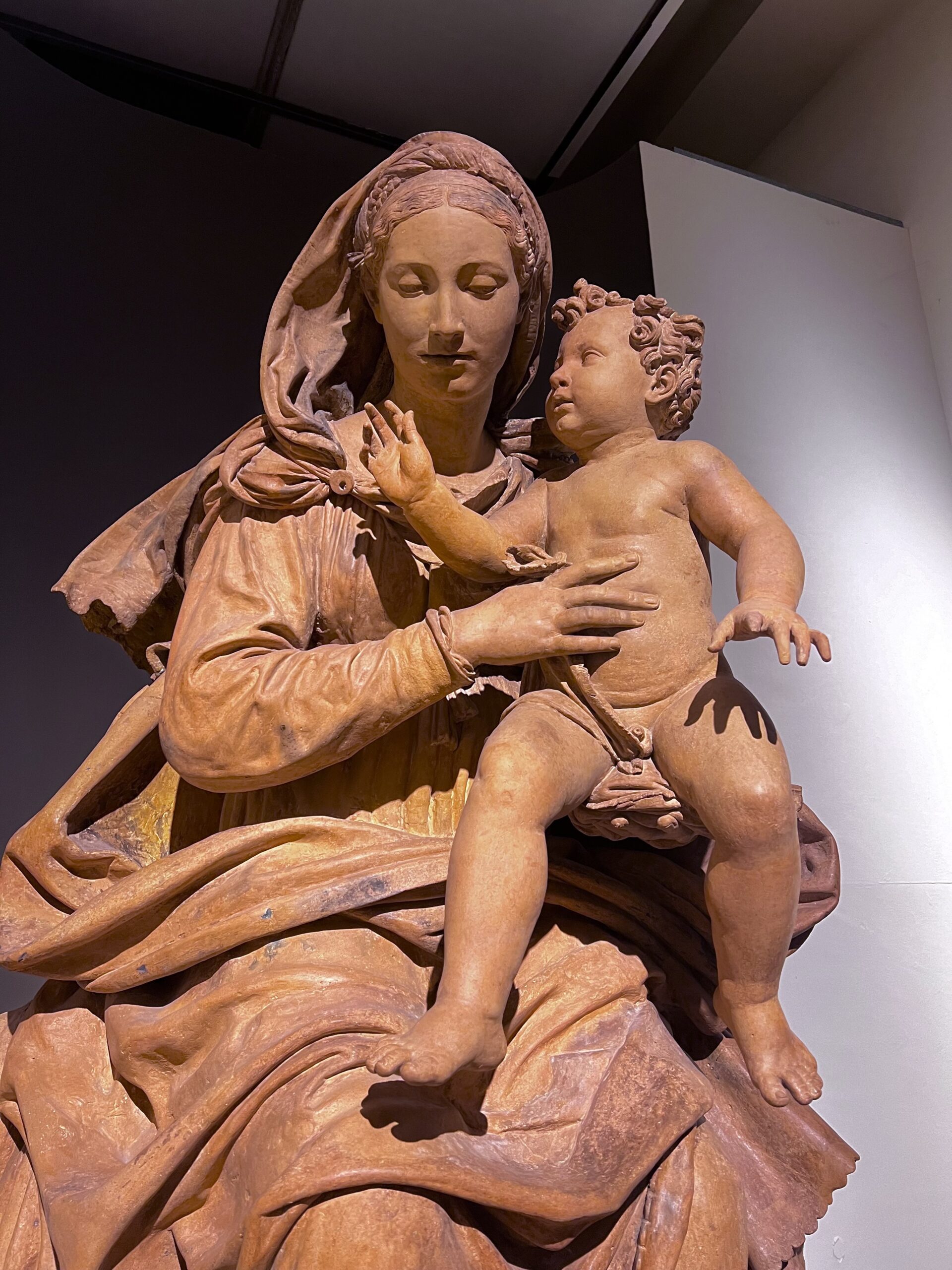
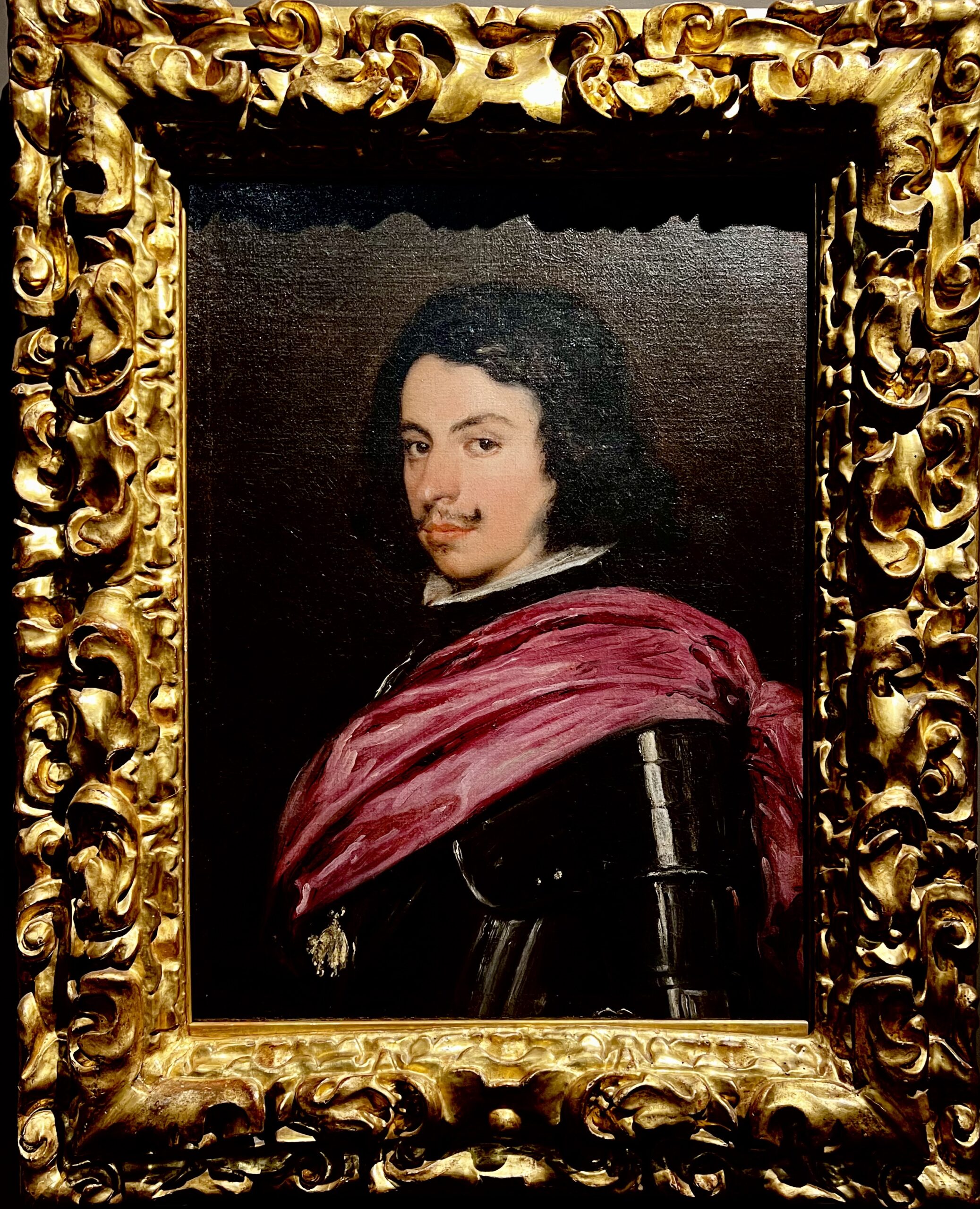
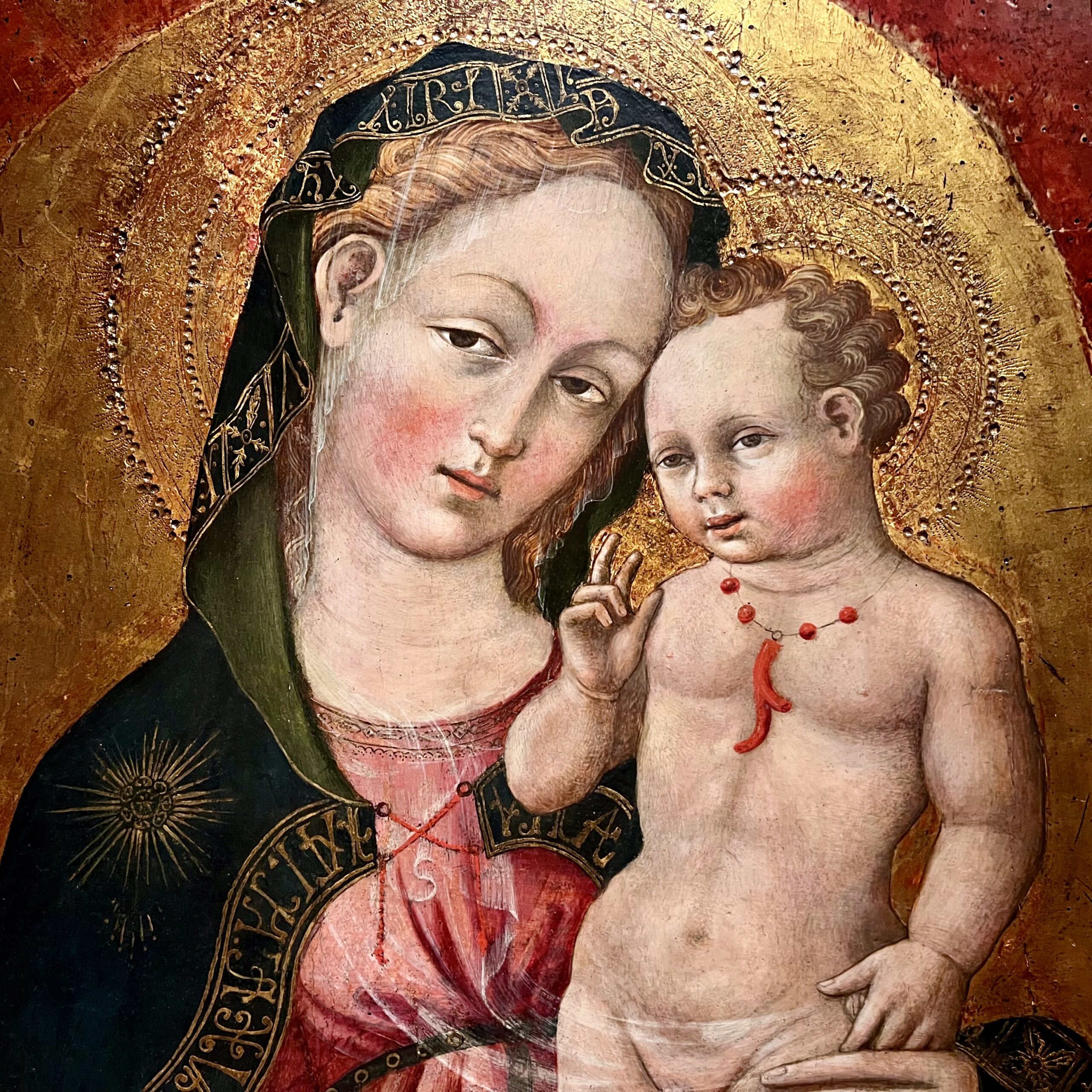
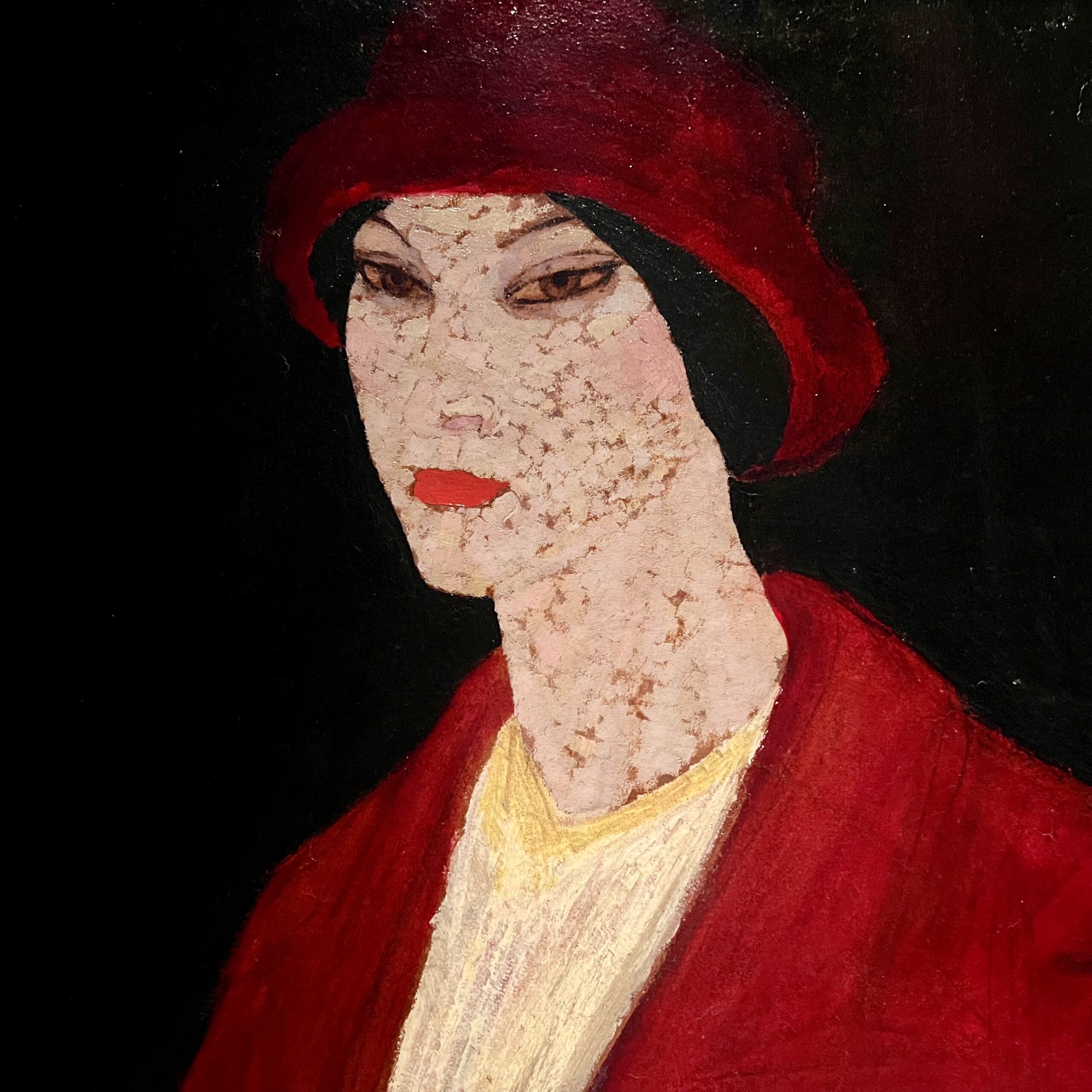
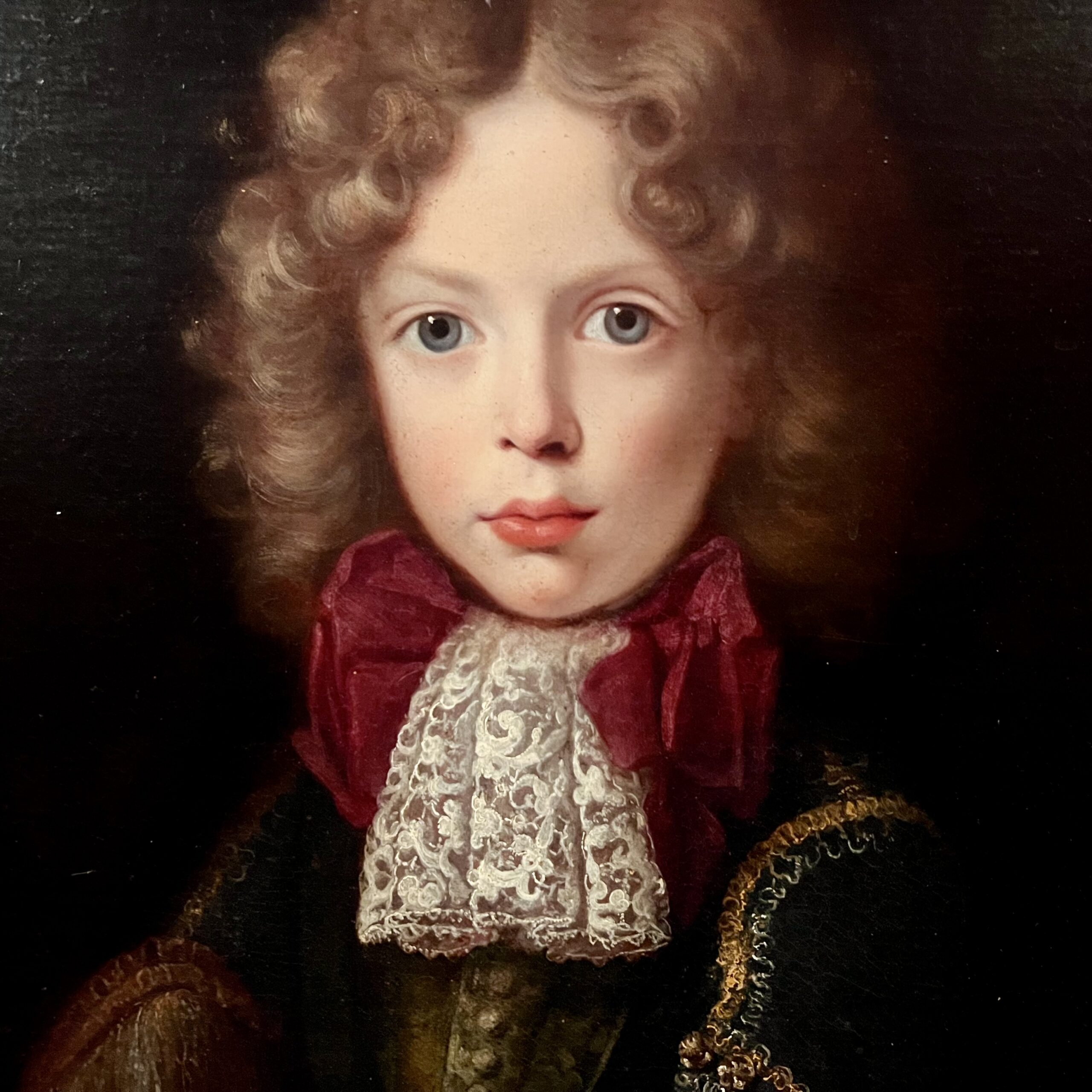
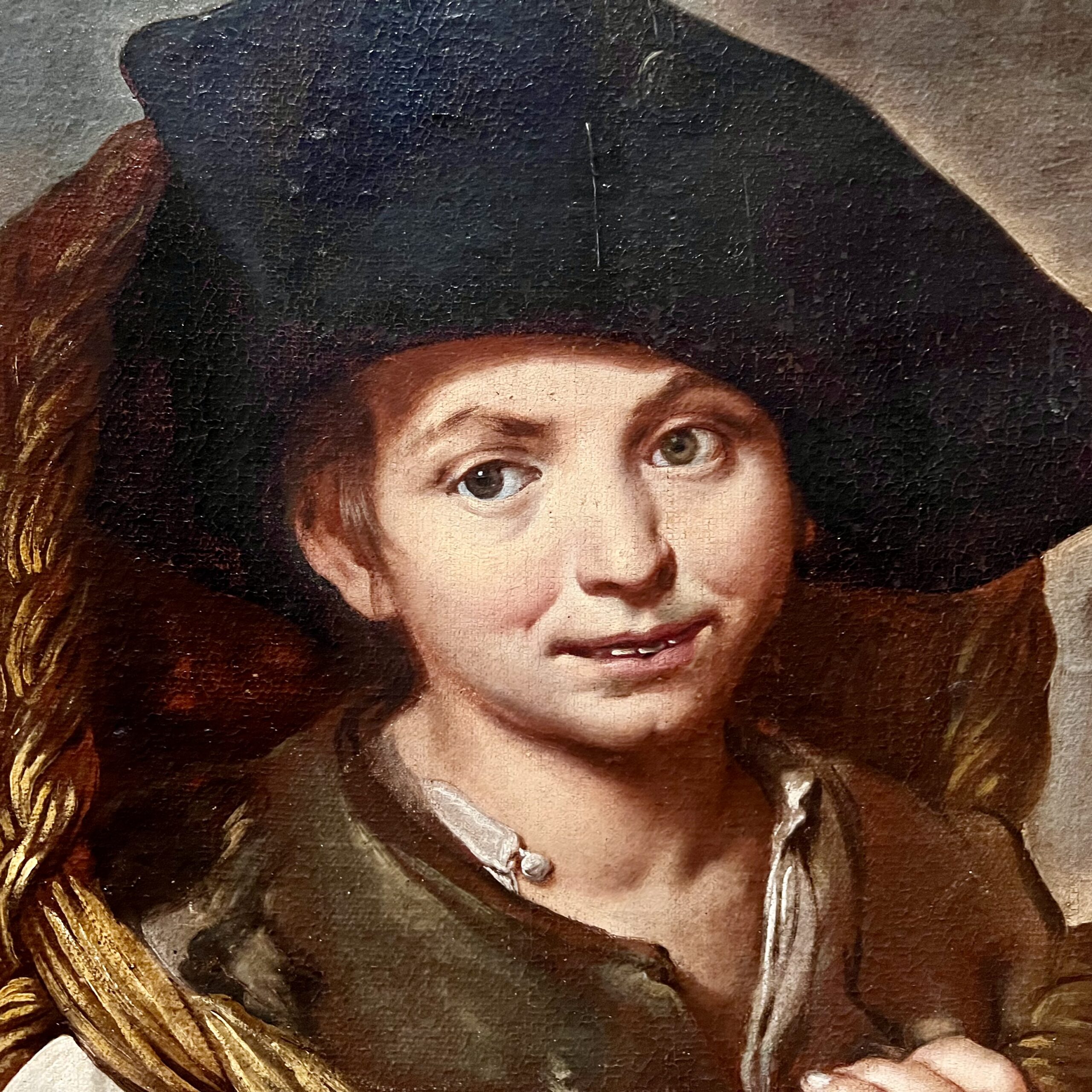
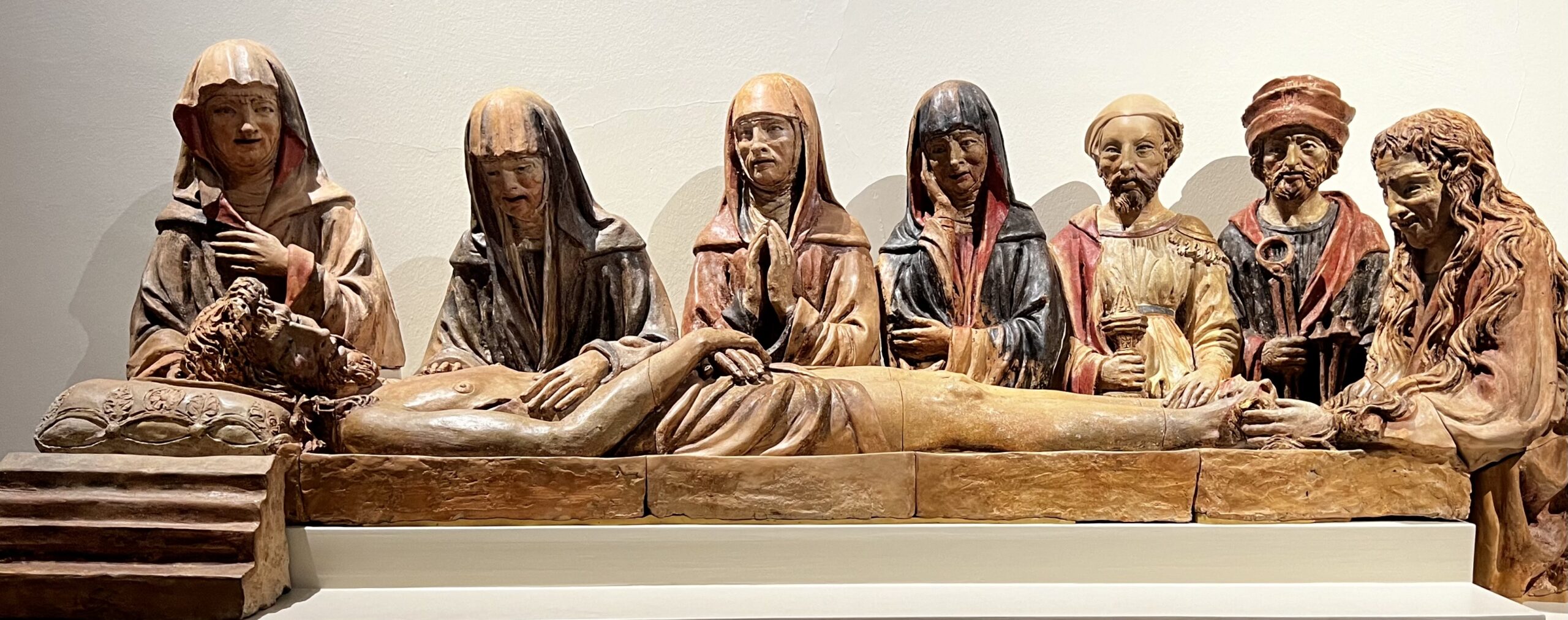
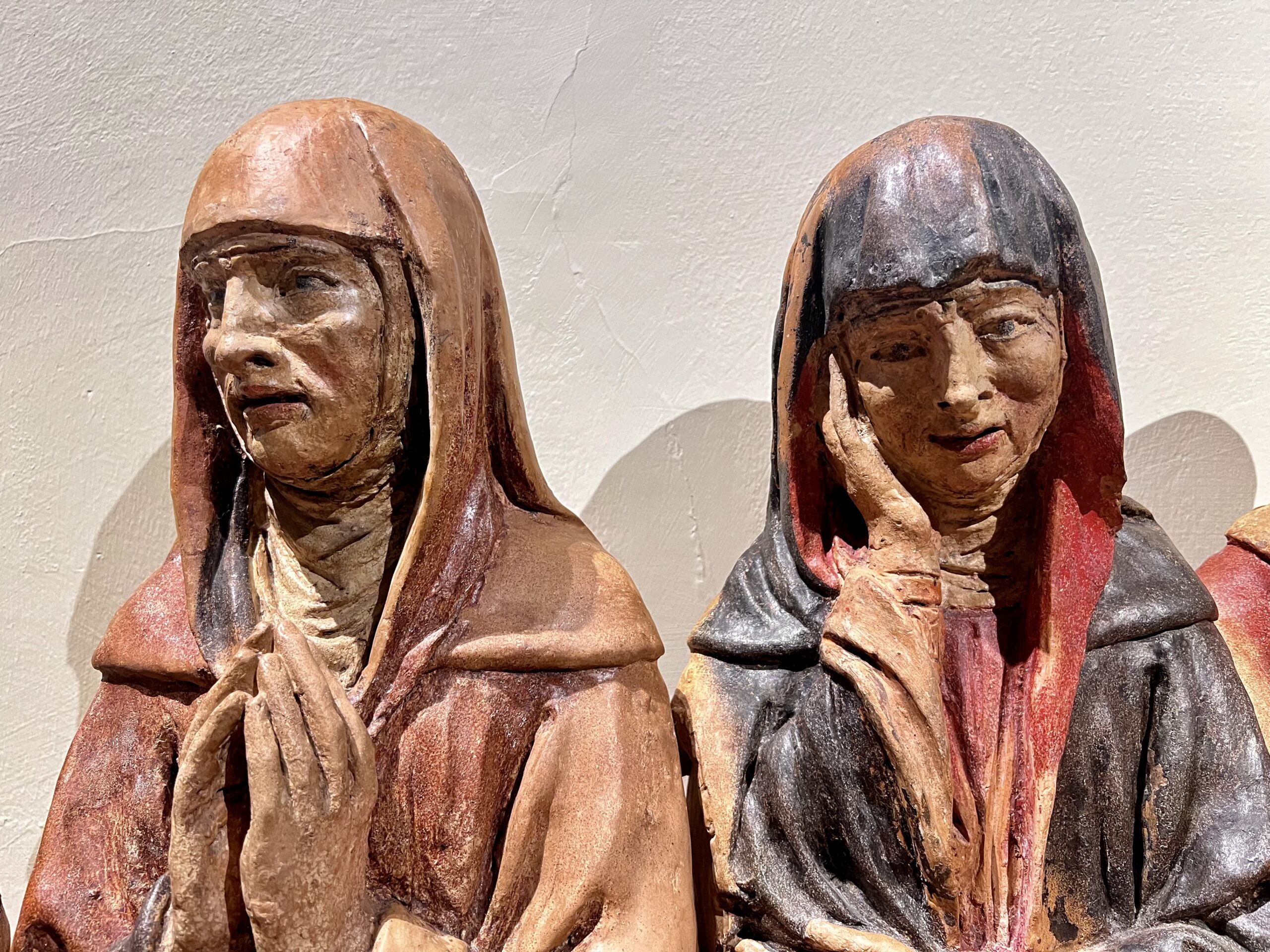
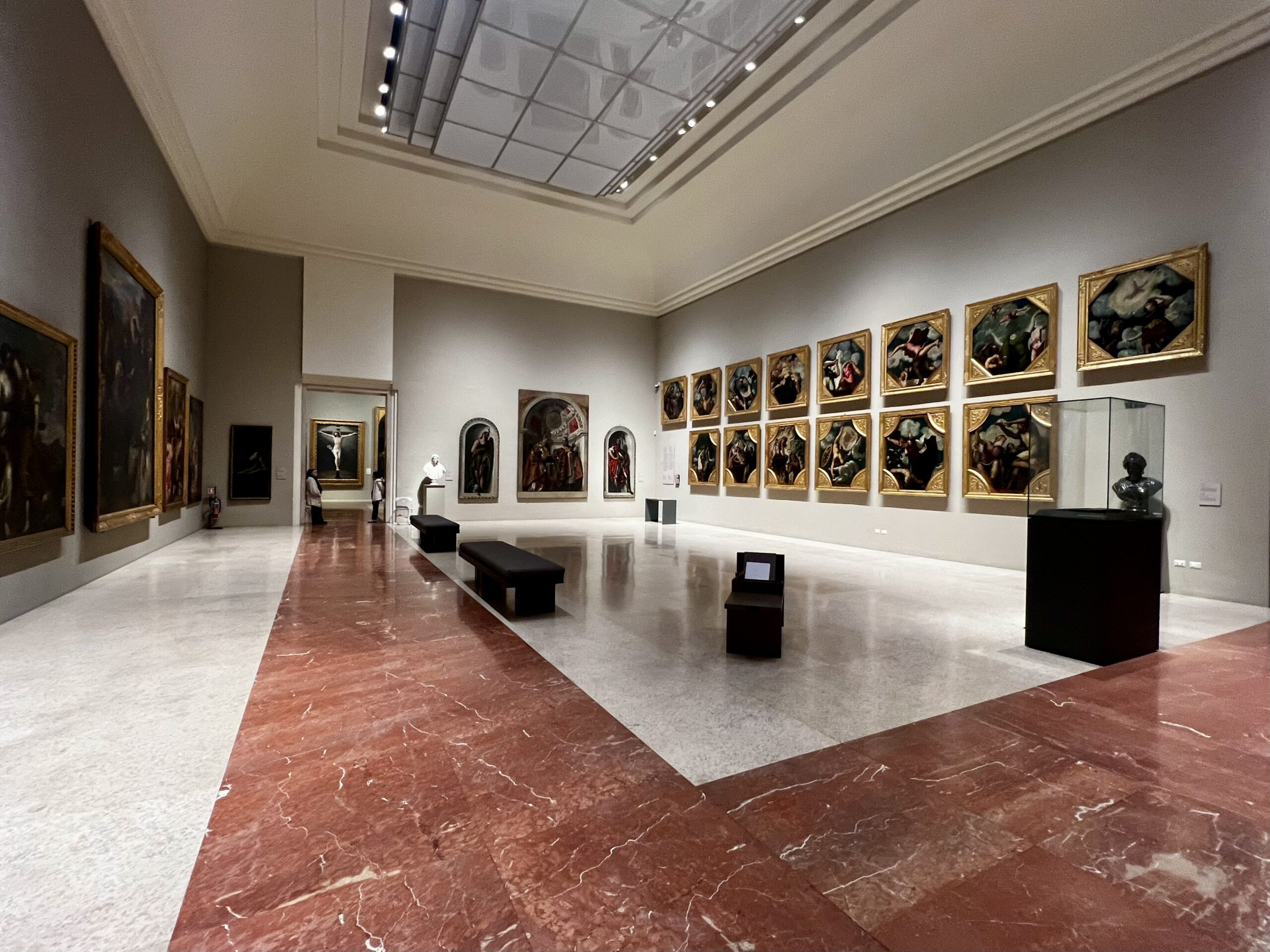
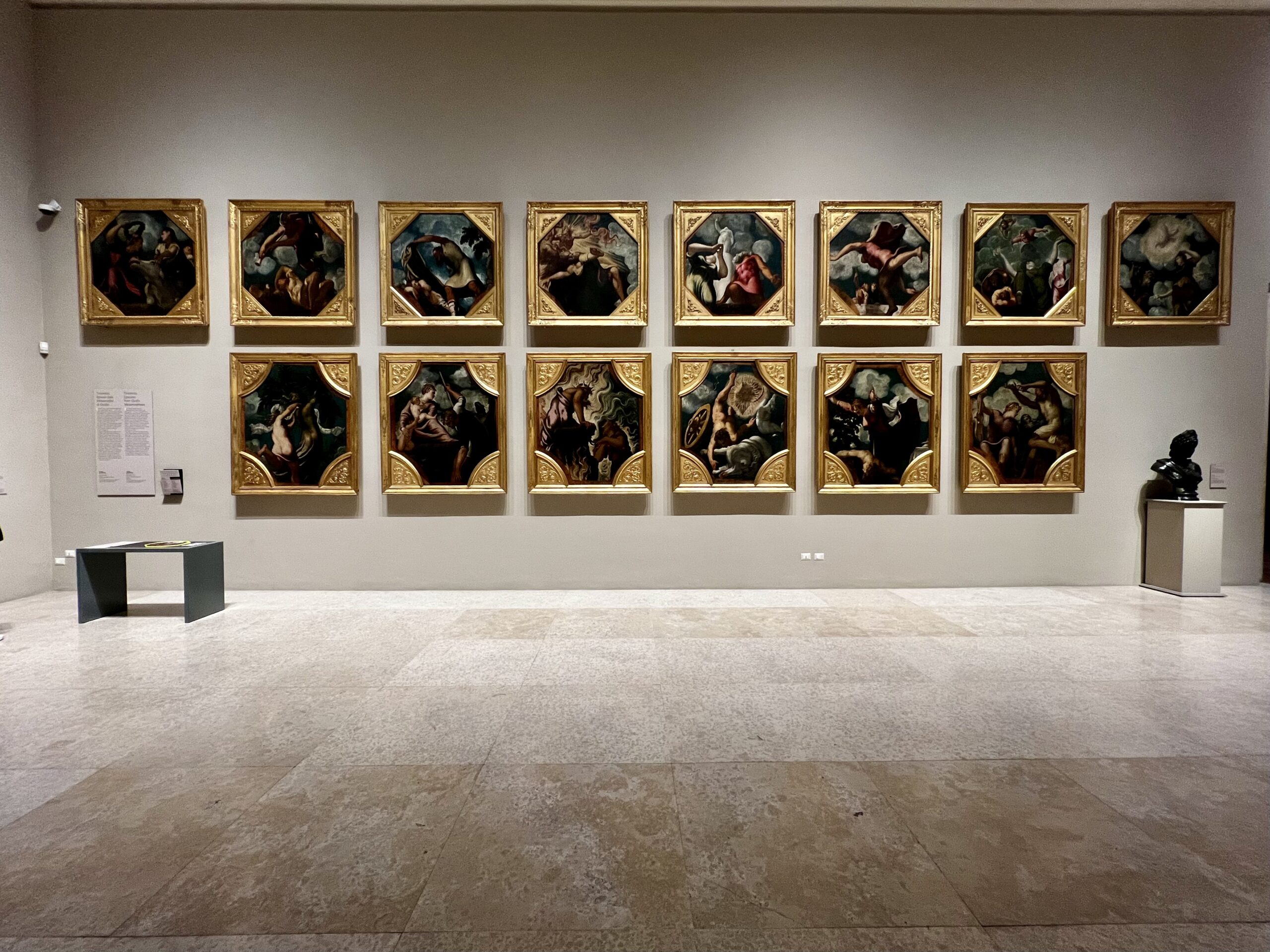
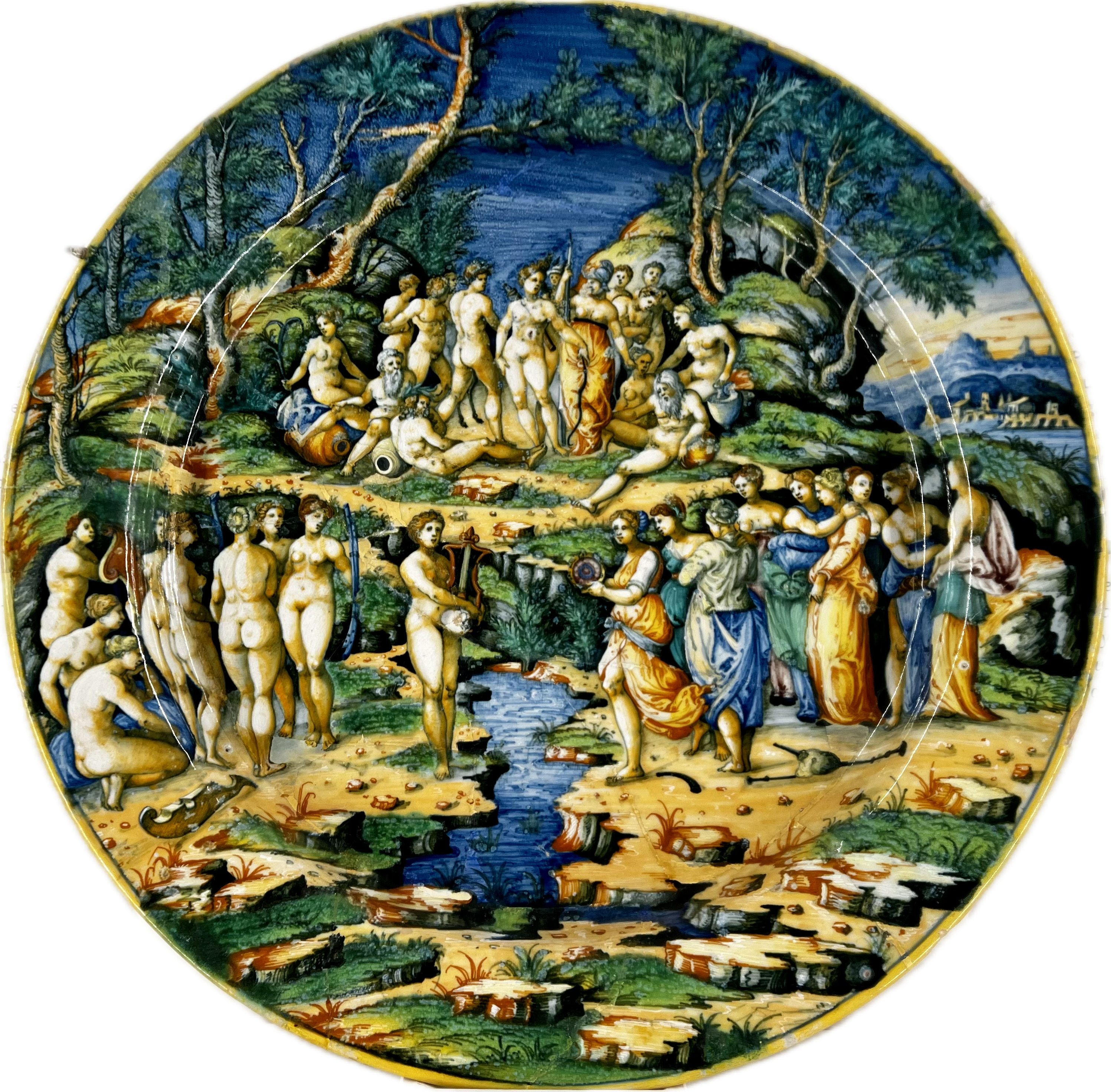
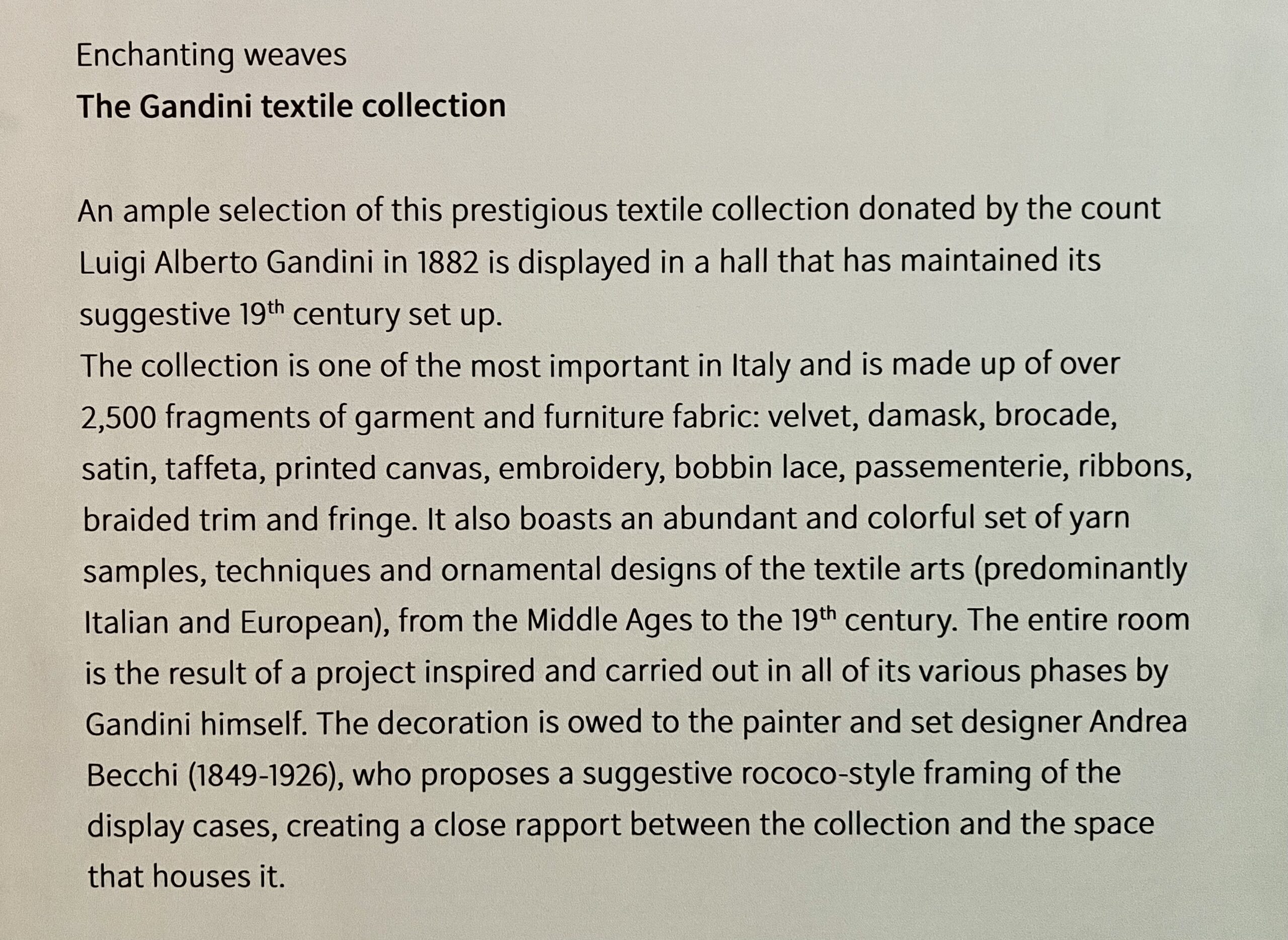
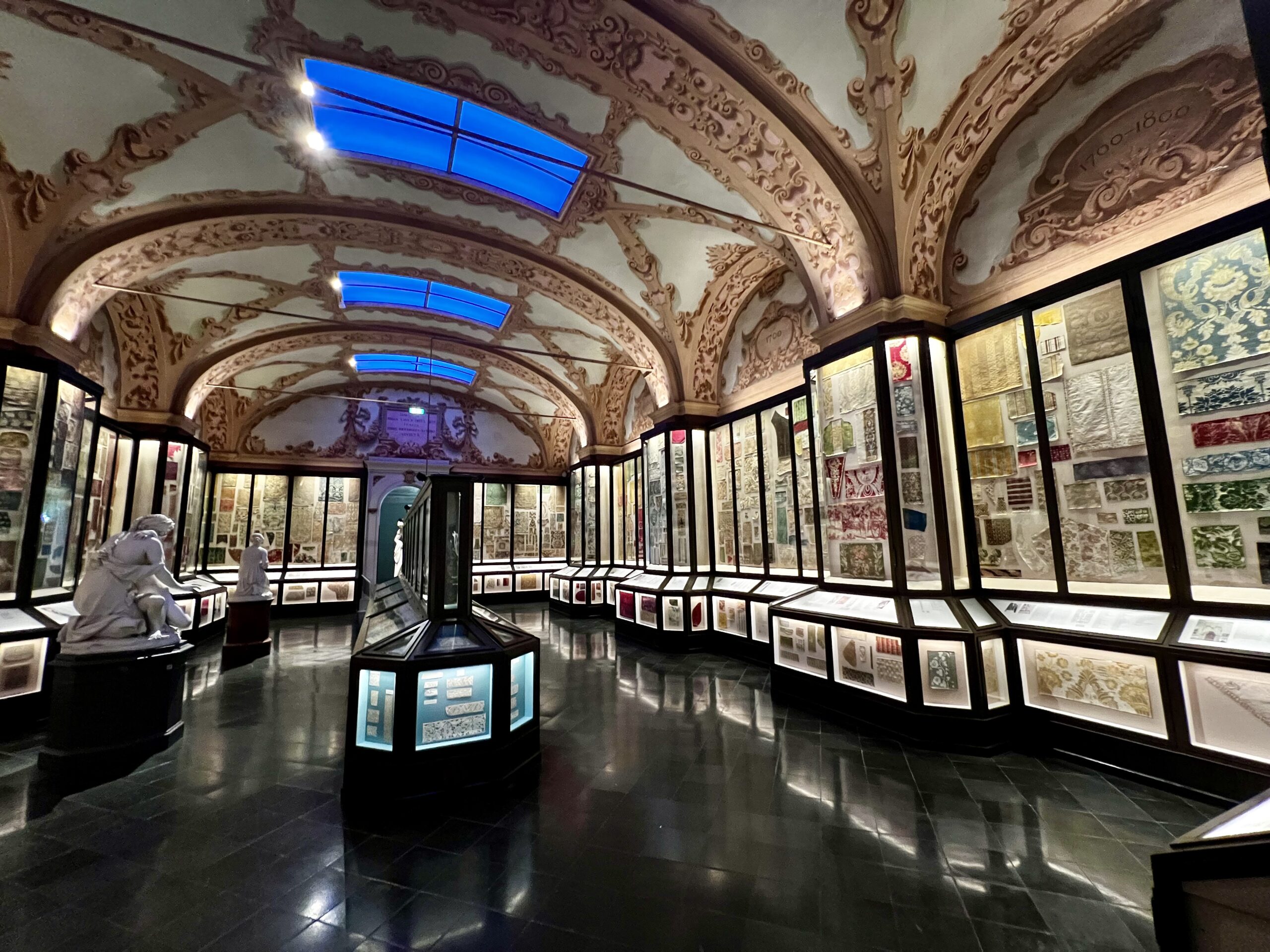
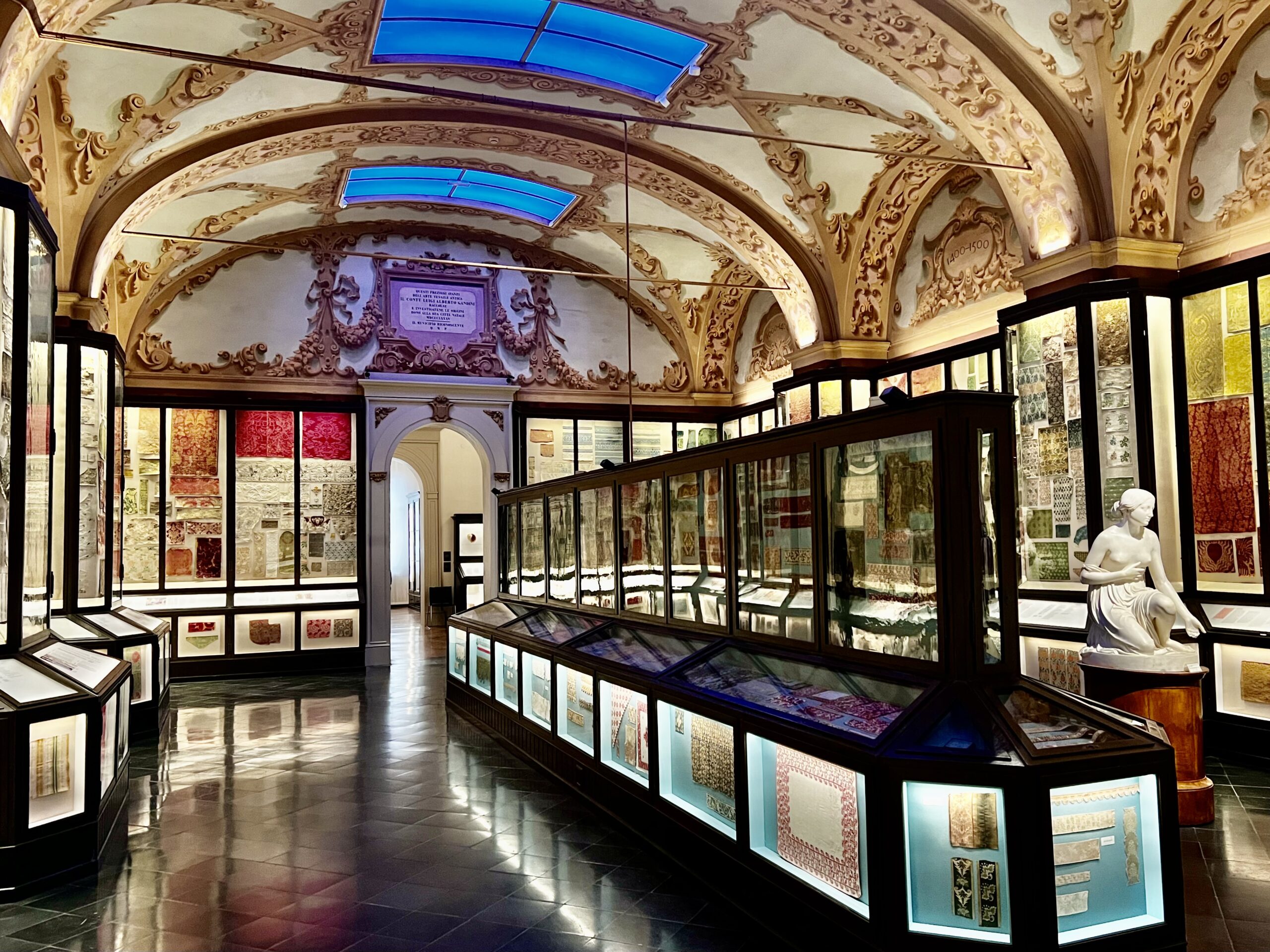
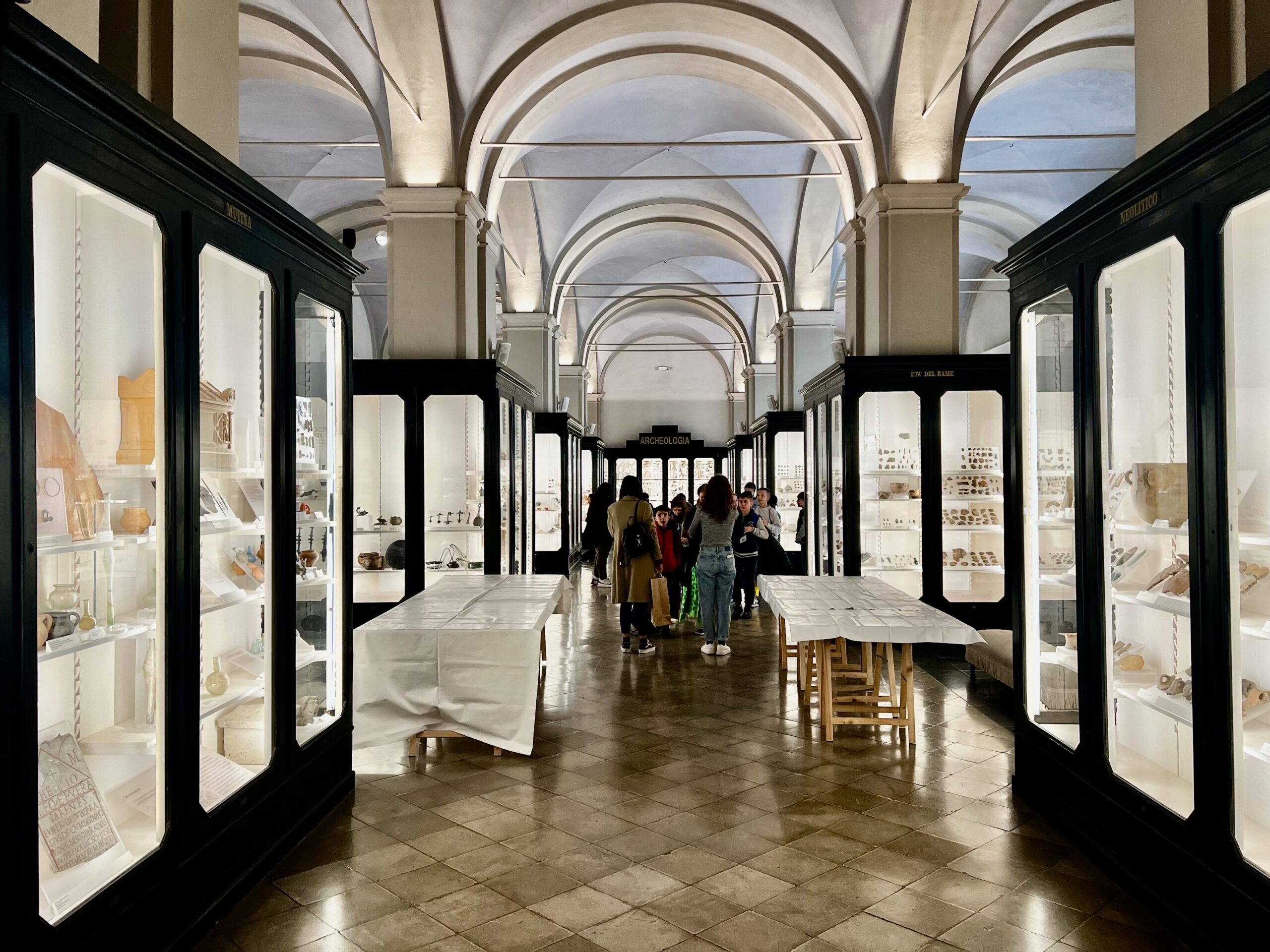
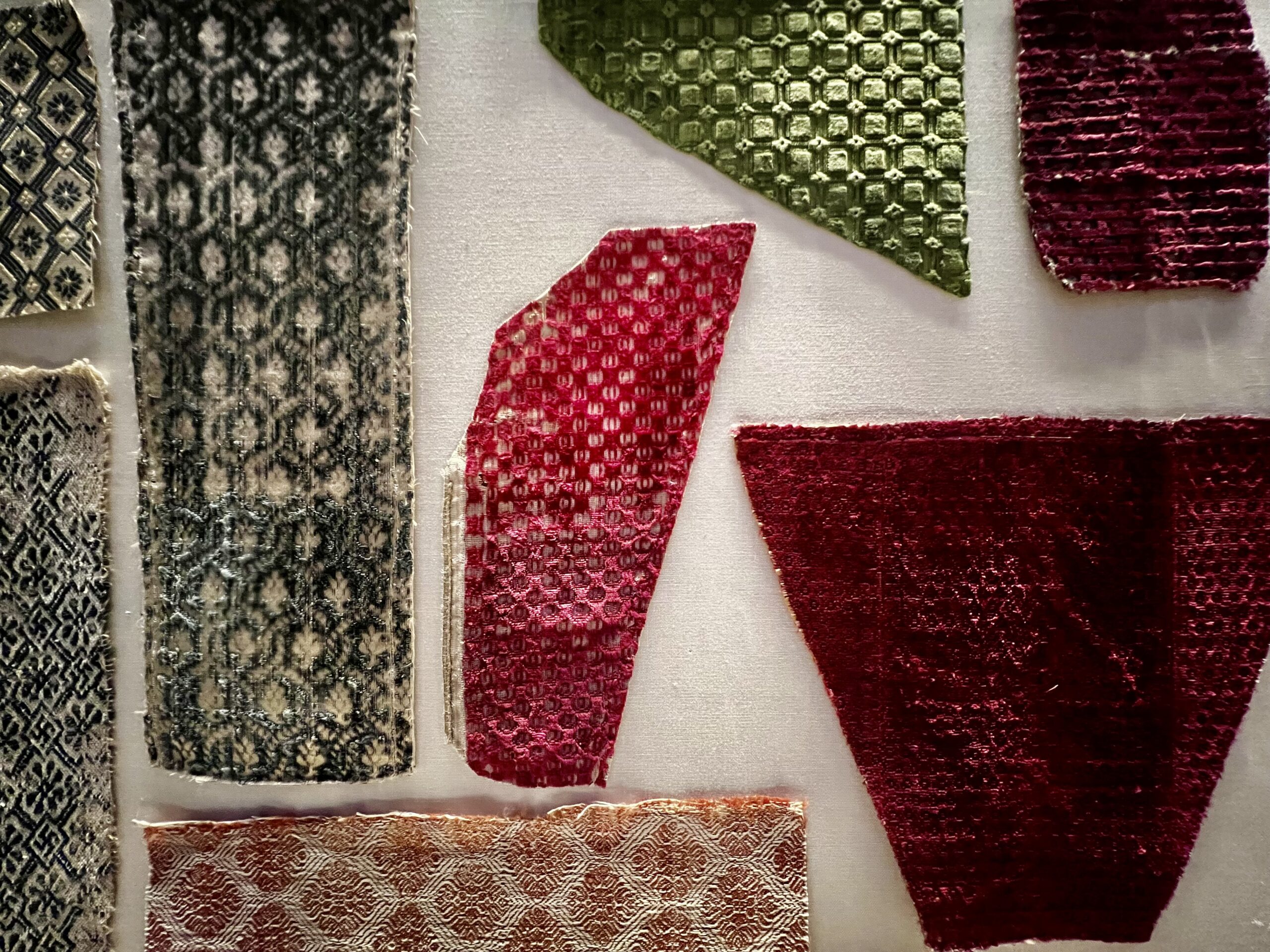
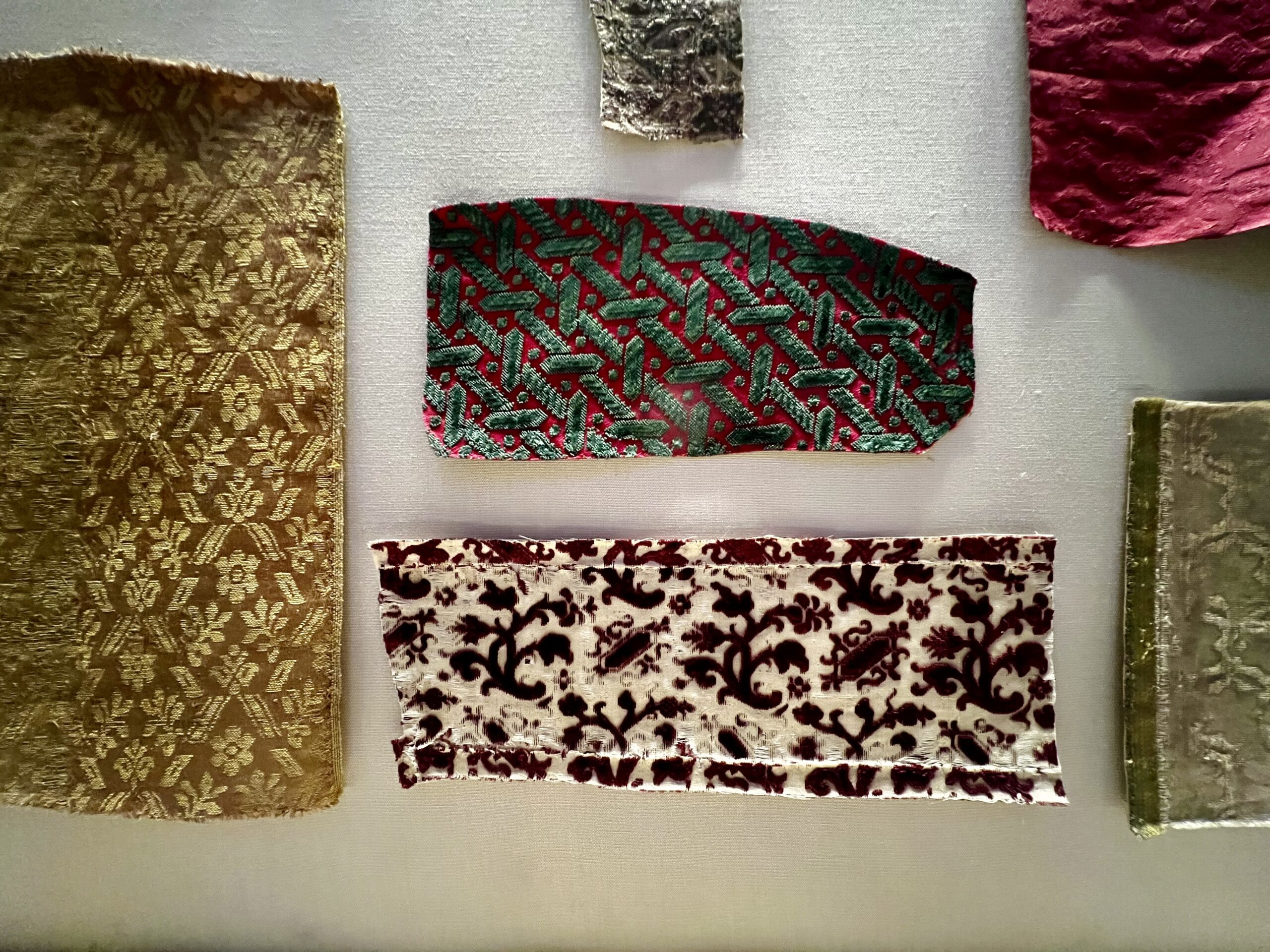
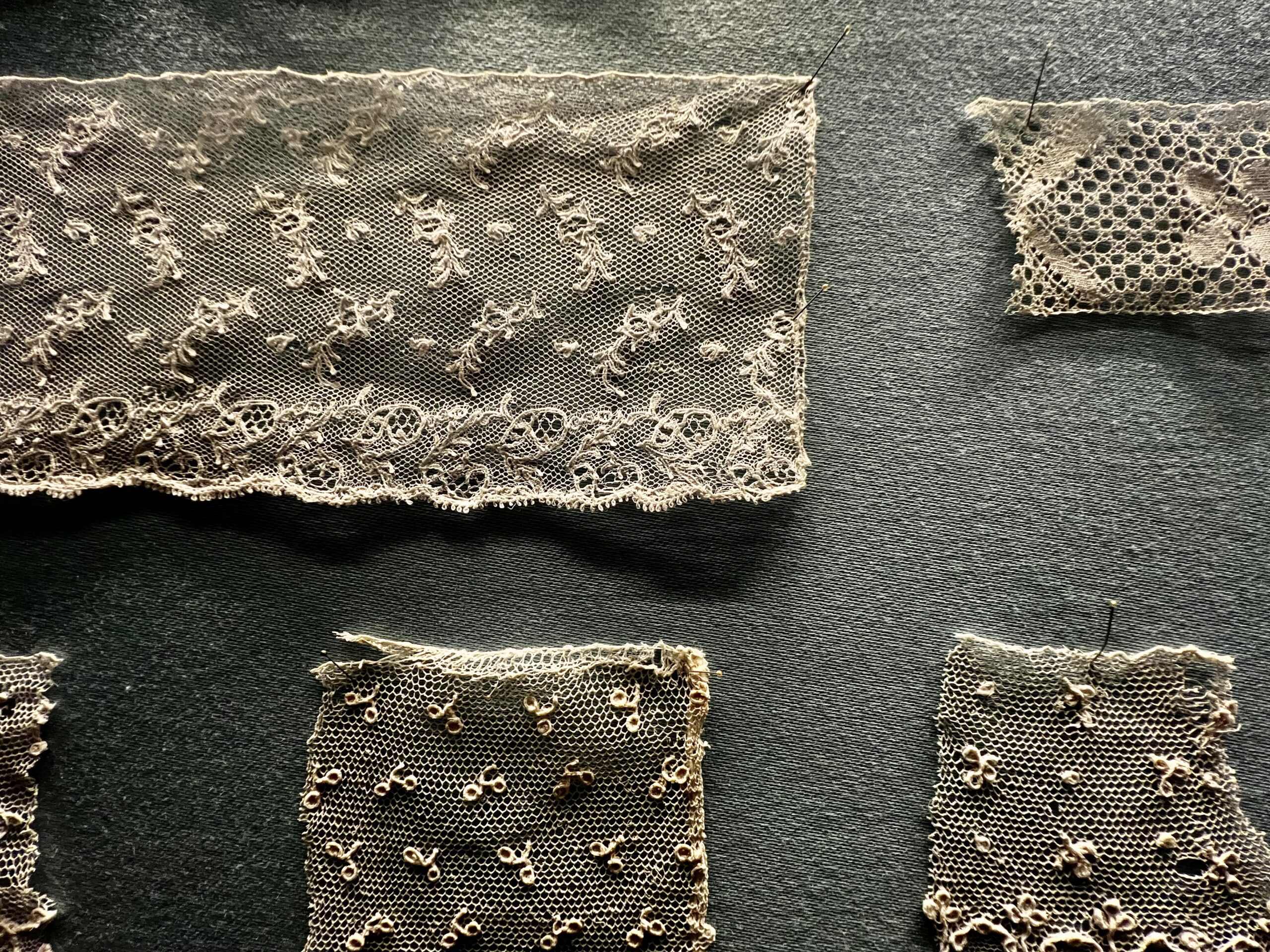
Wandering, Drinking, and Eating
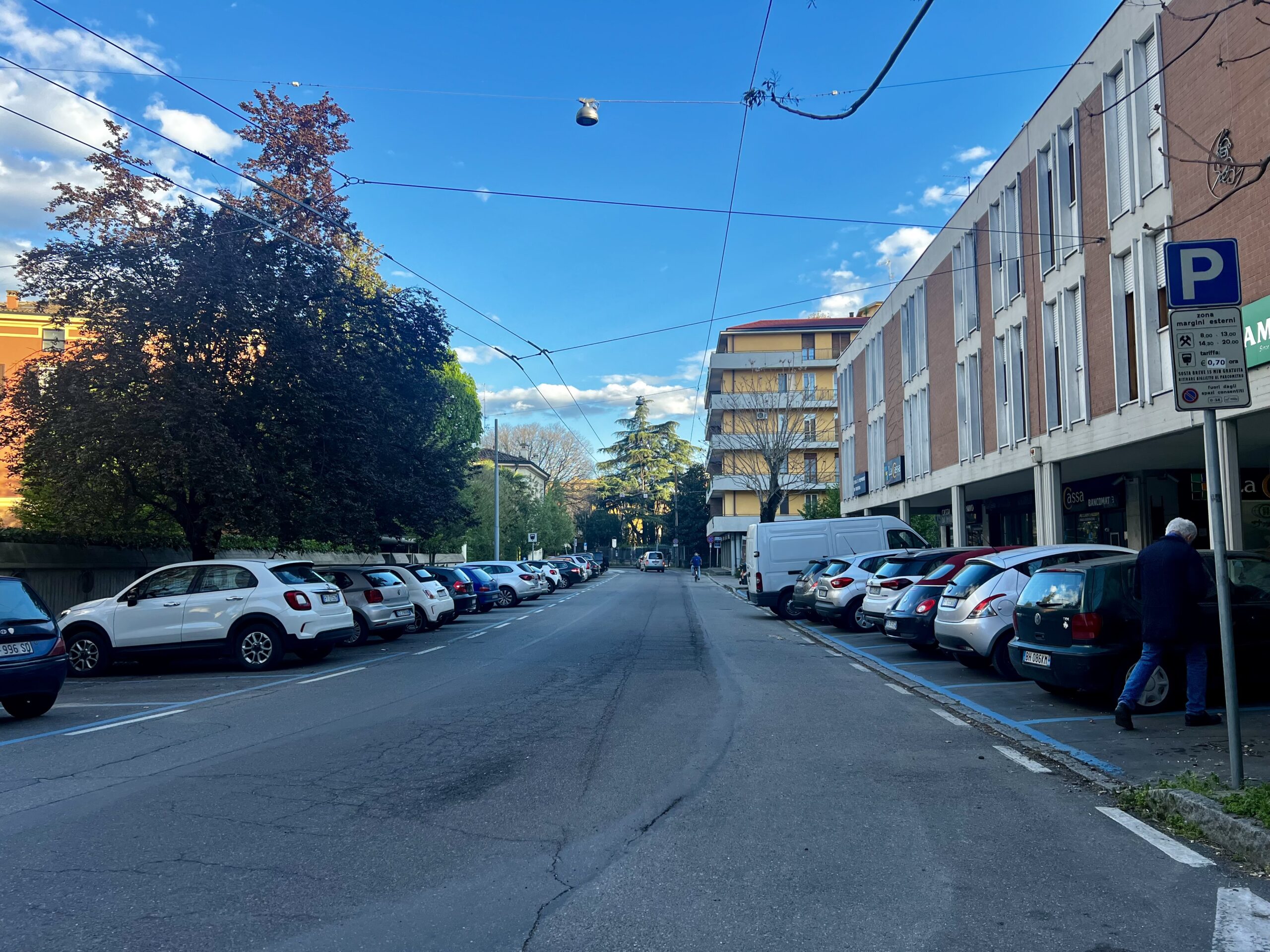
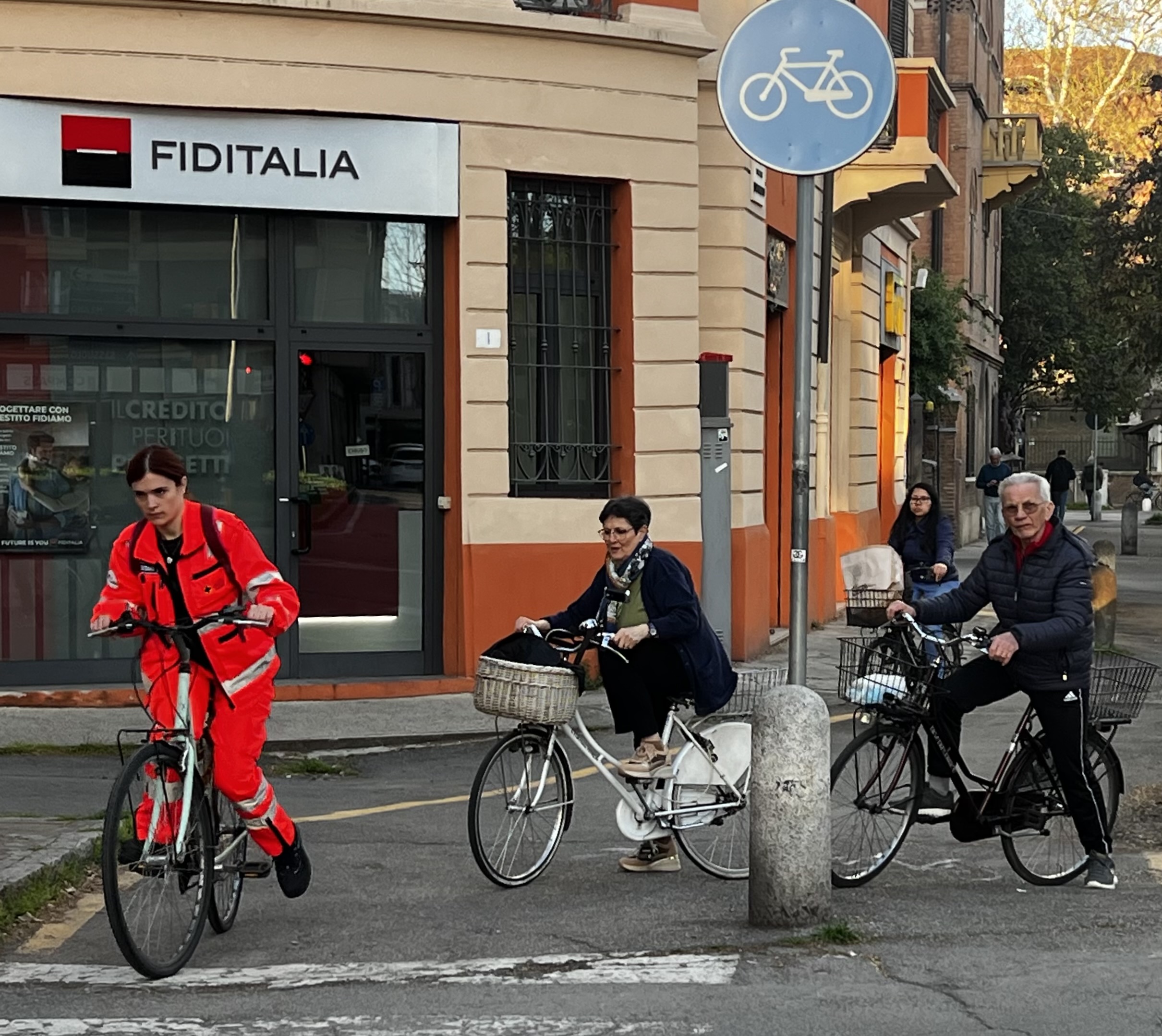
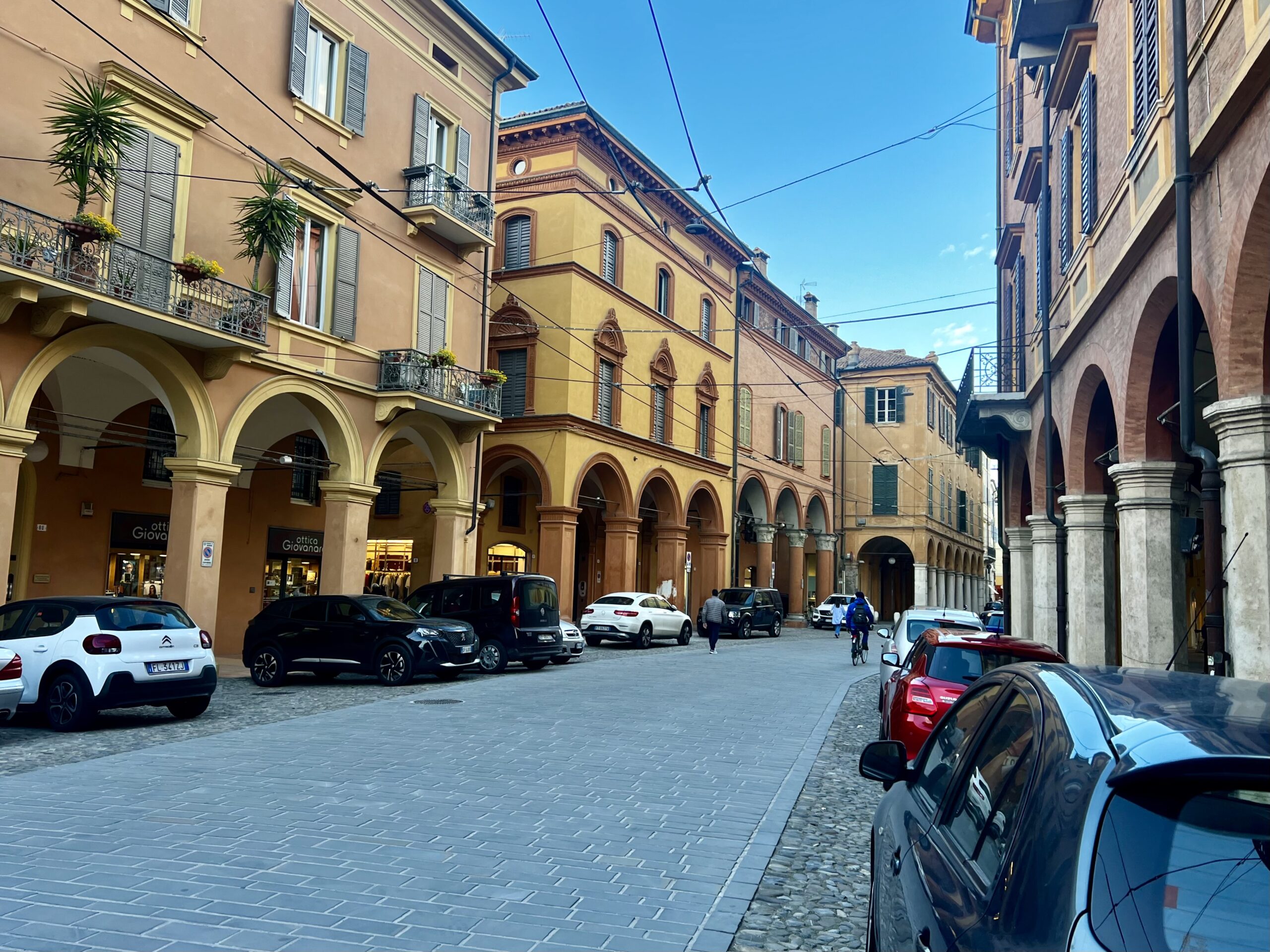
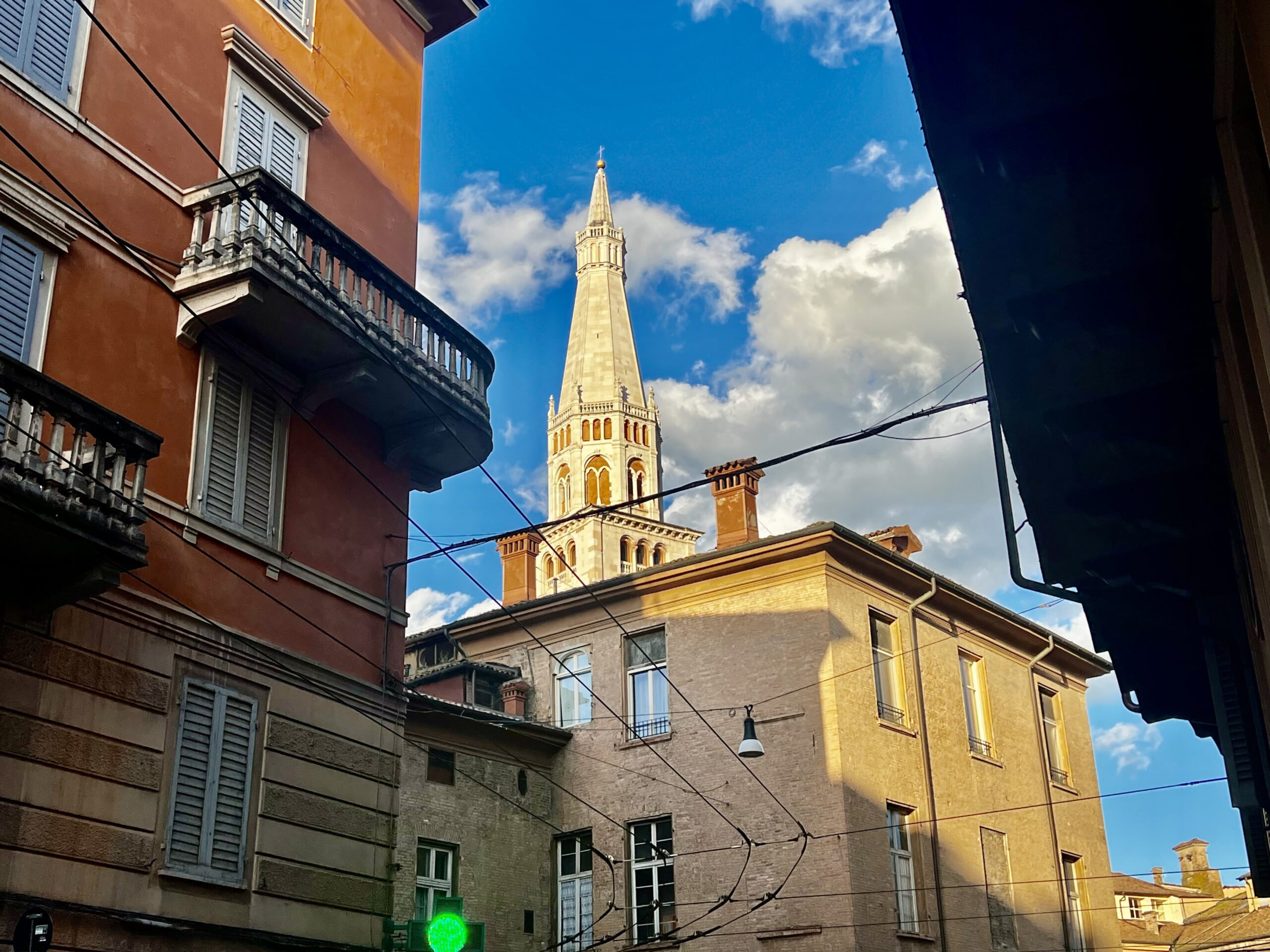
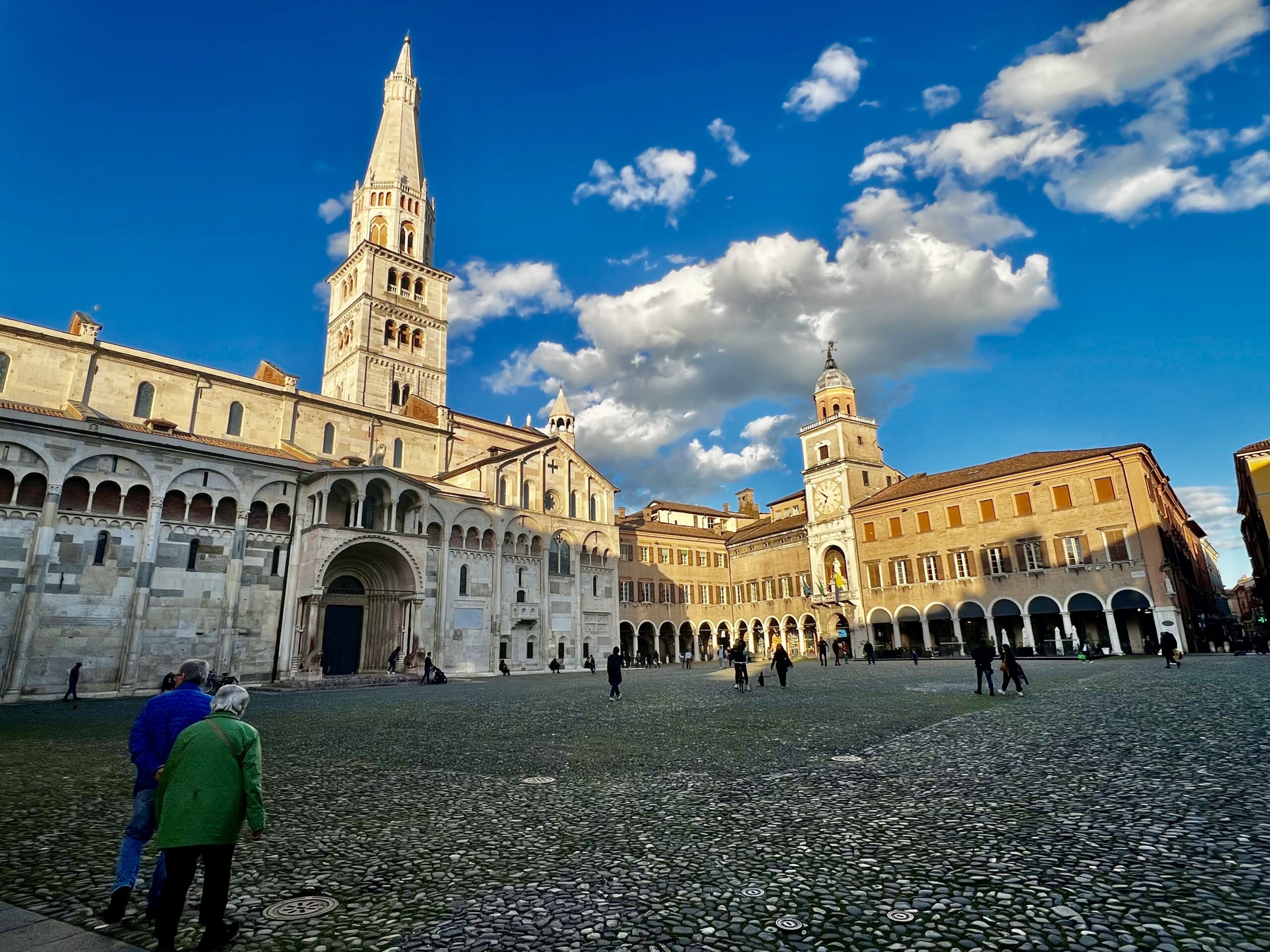
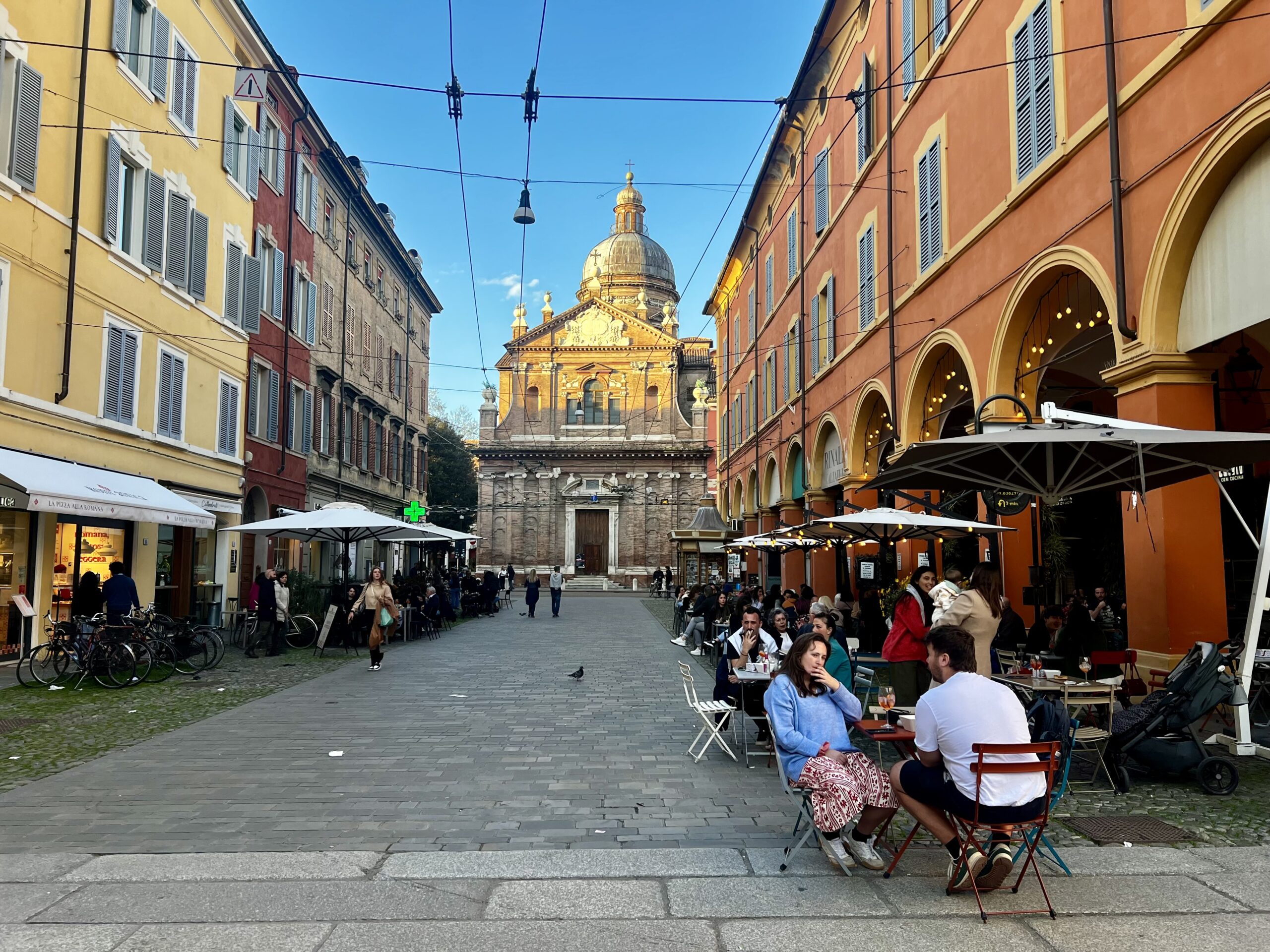
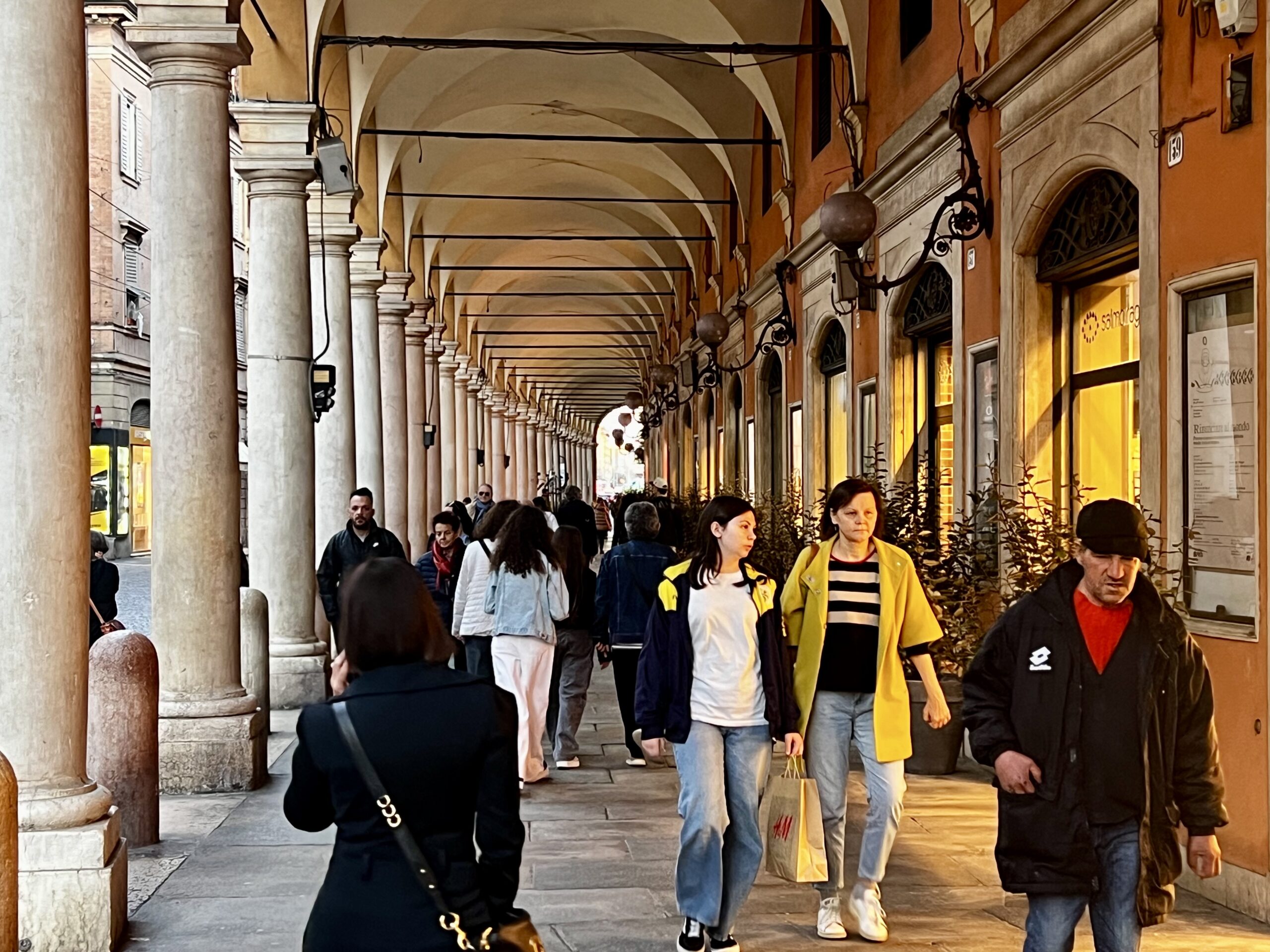
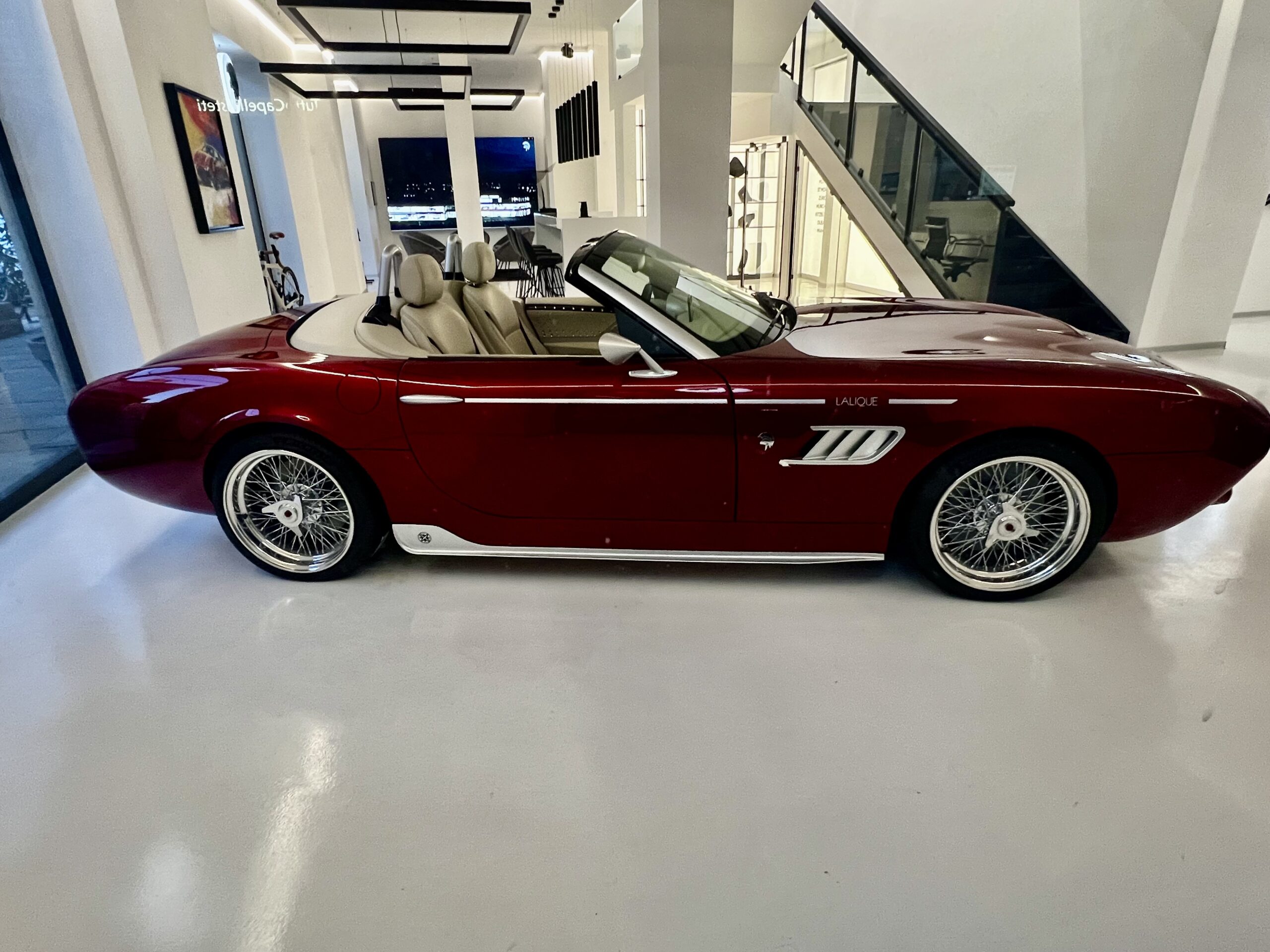
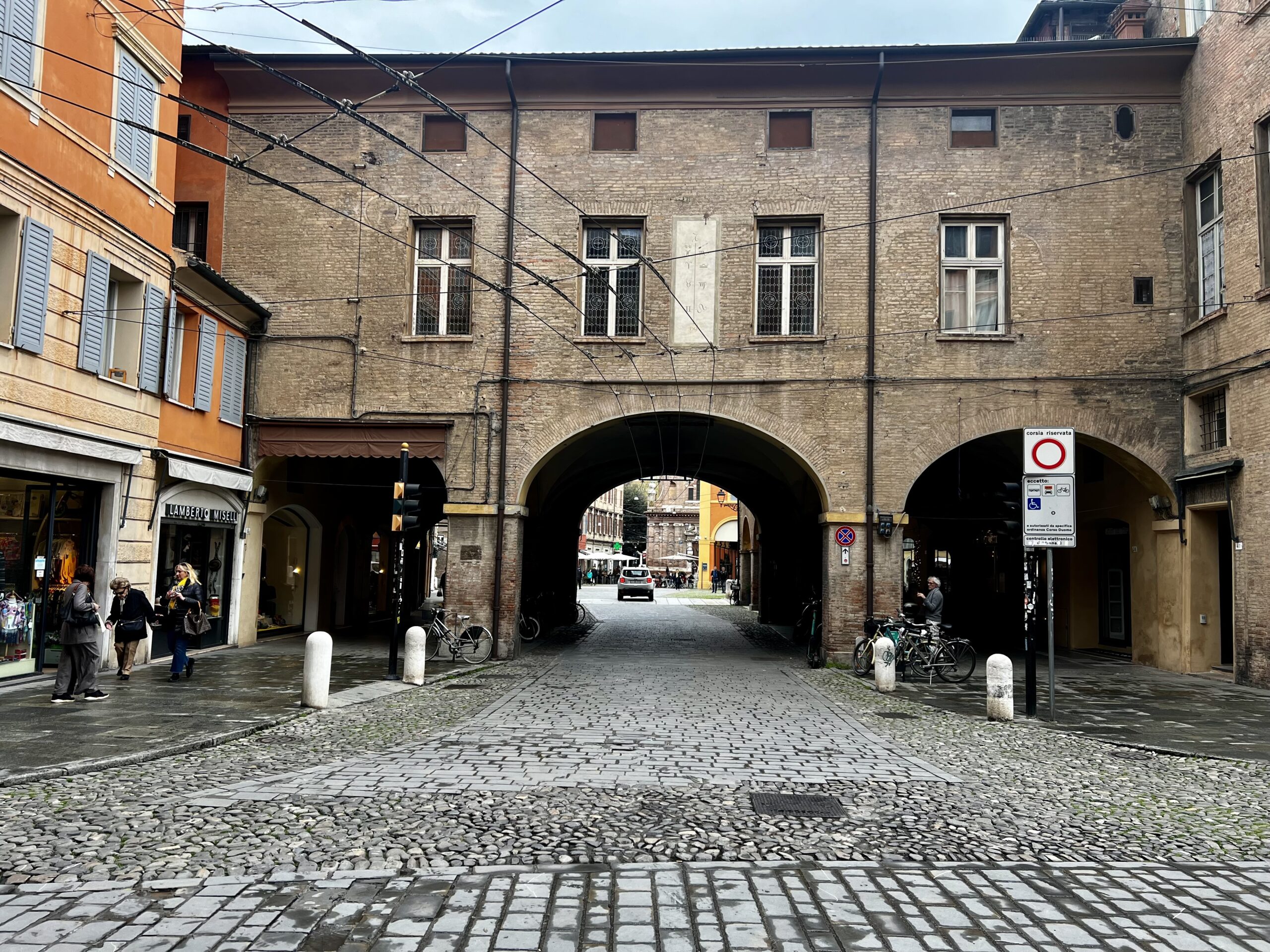

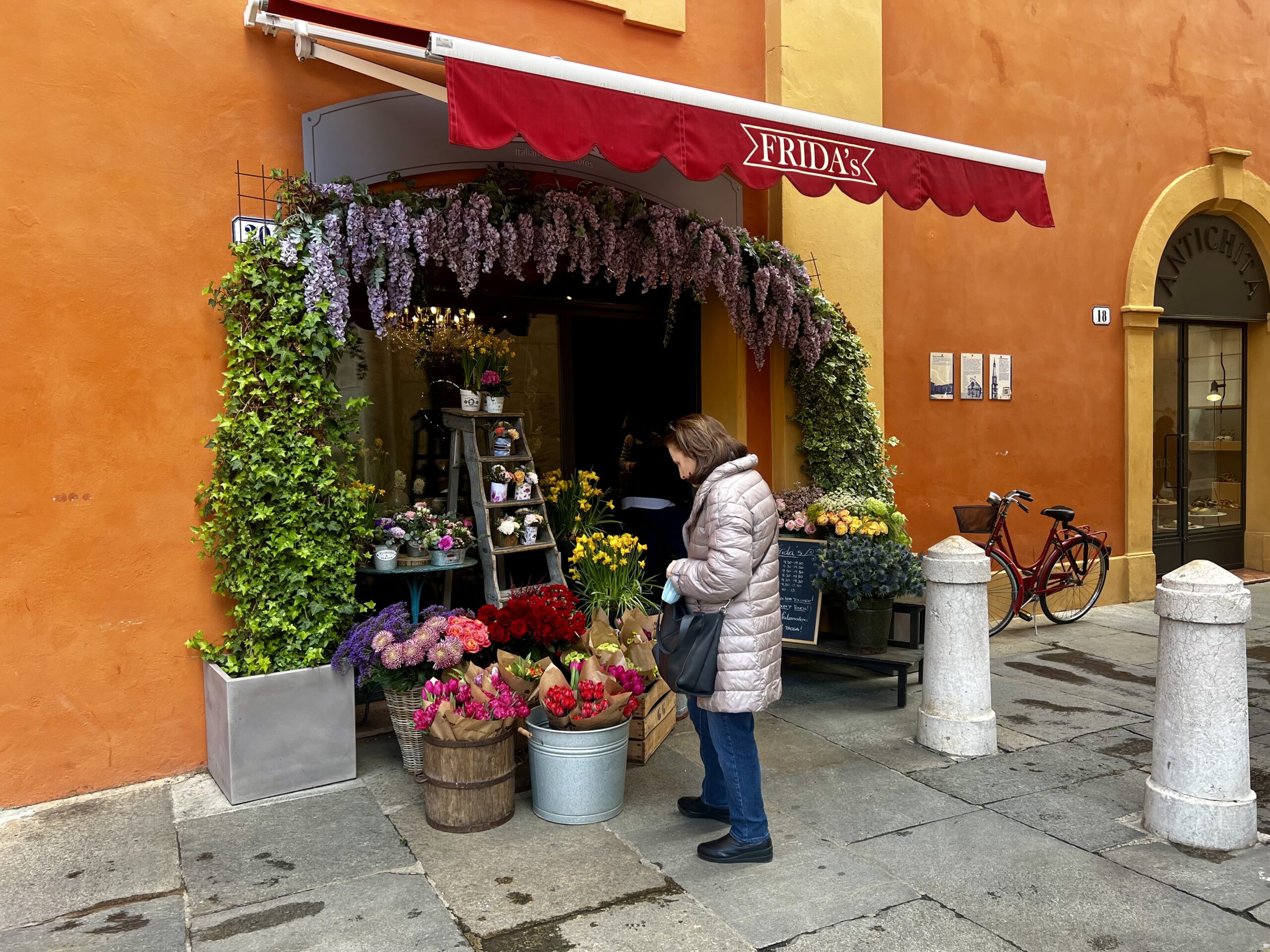
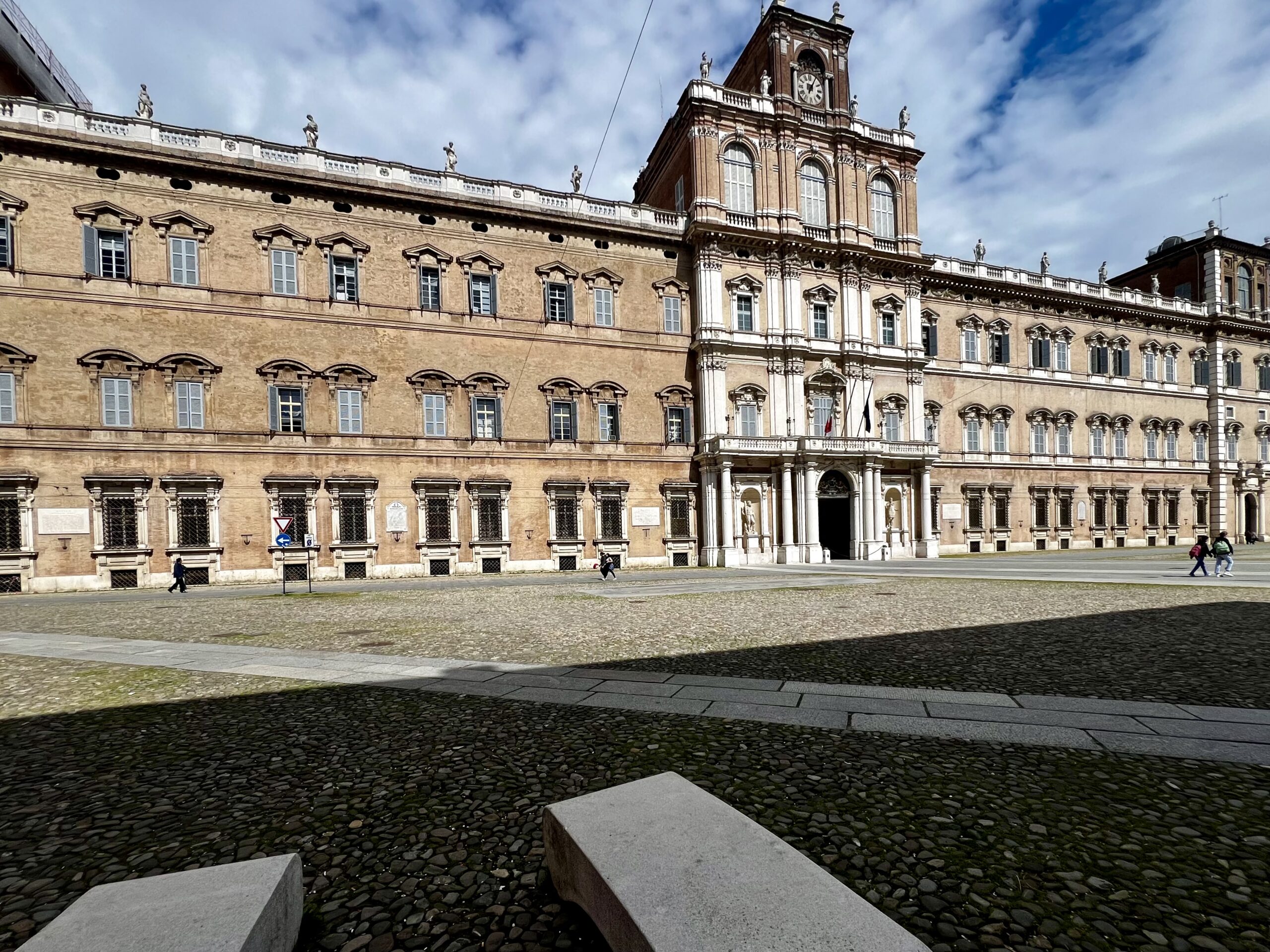

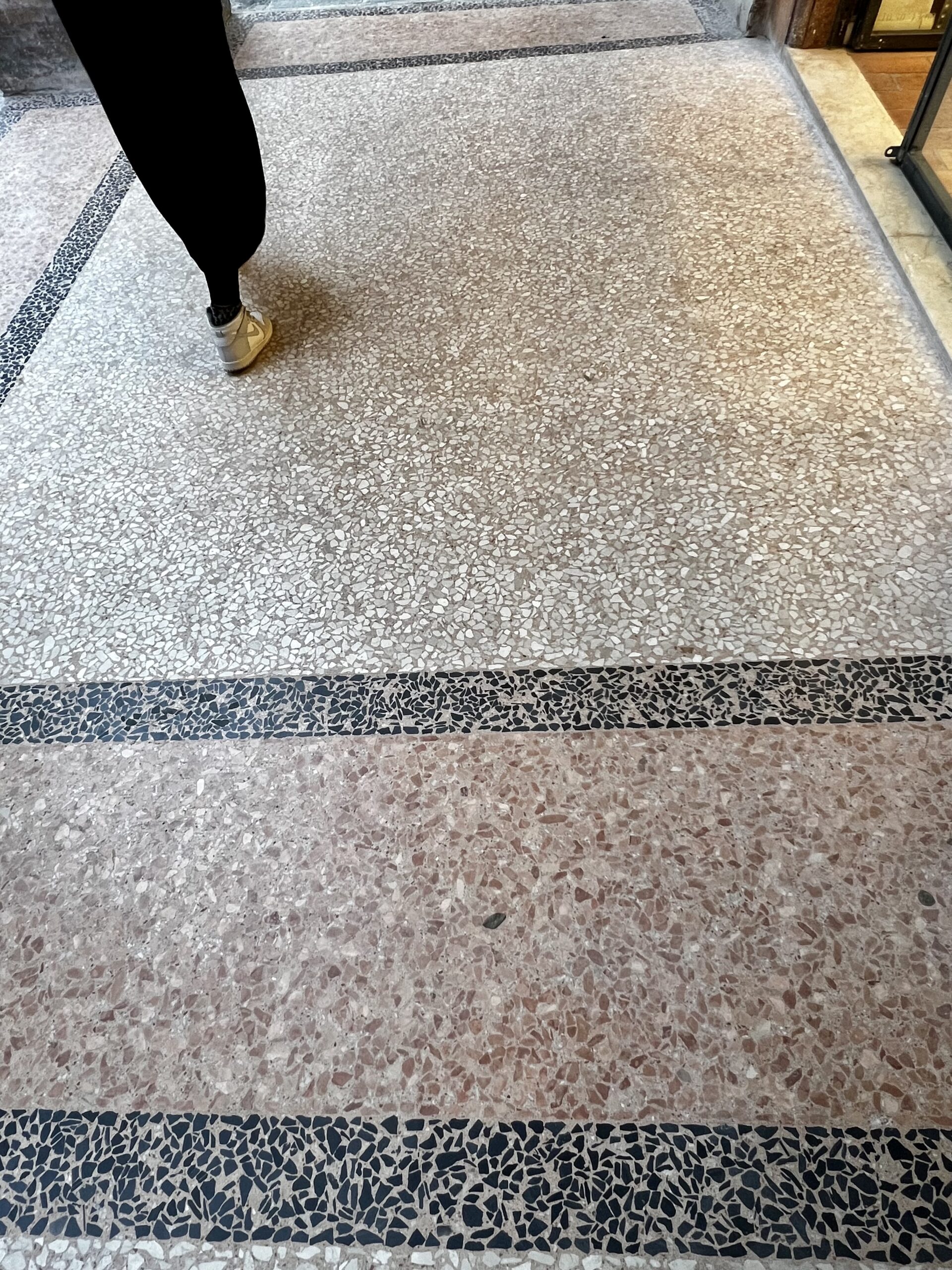

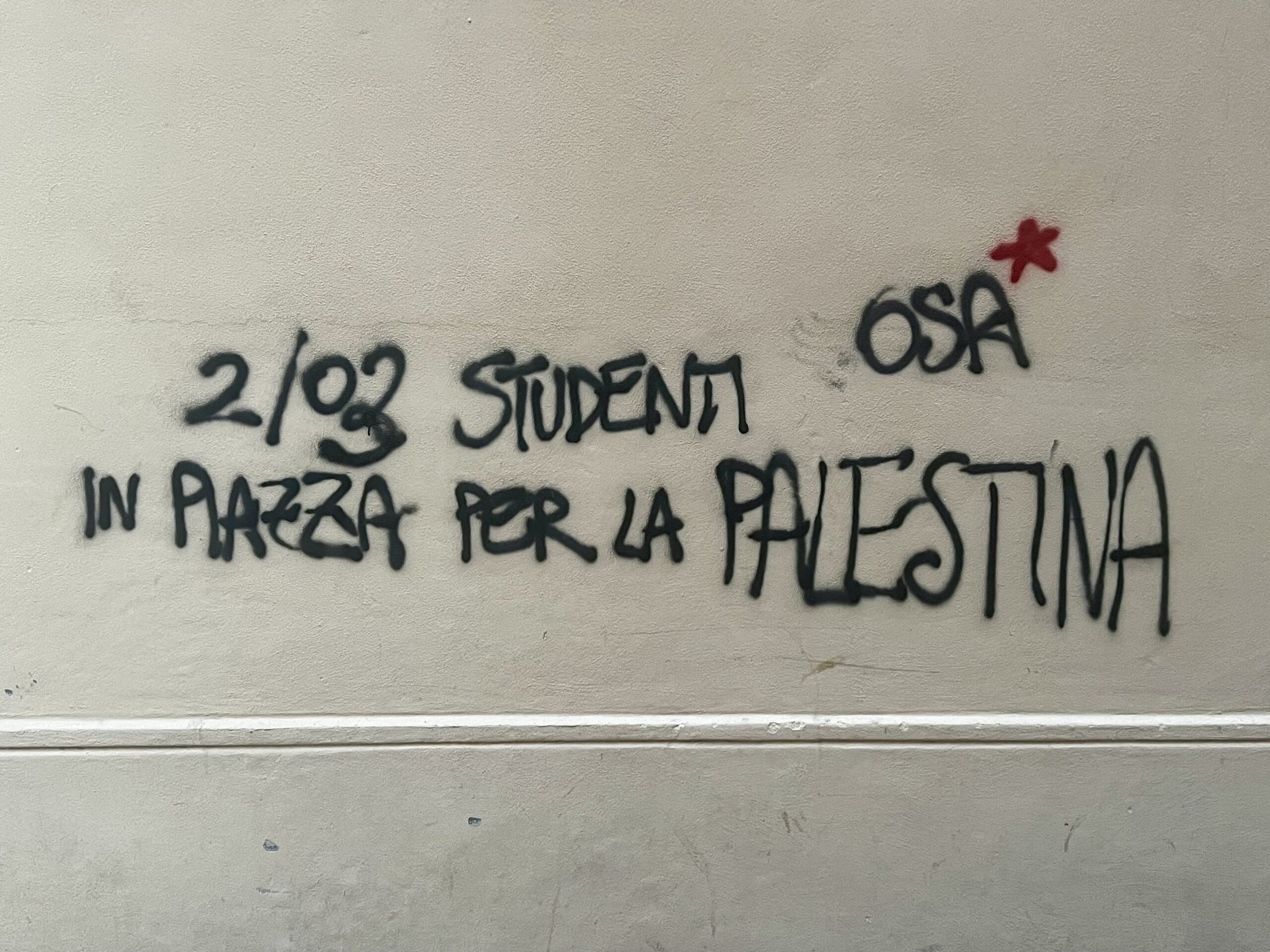
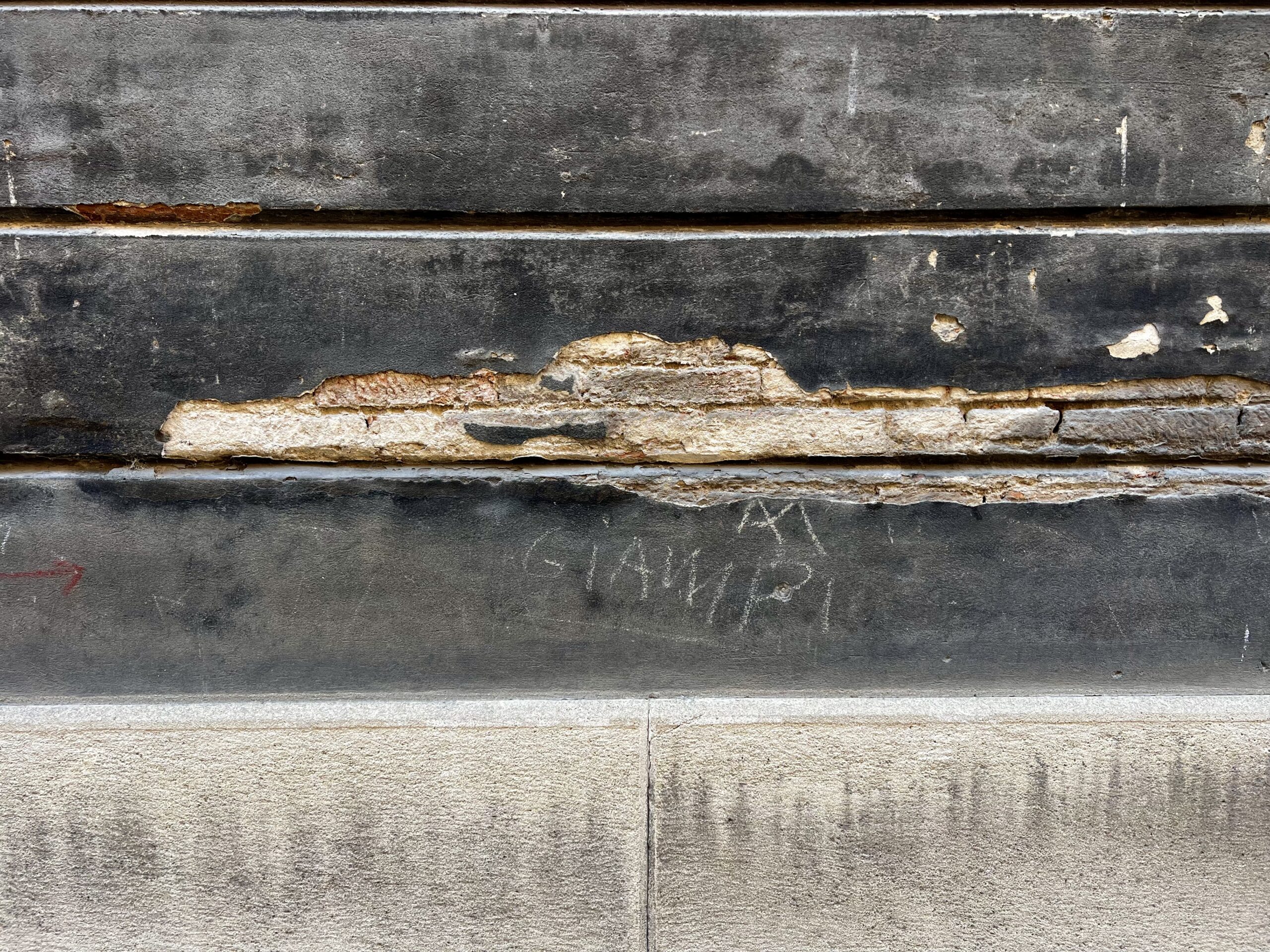
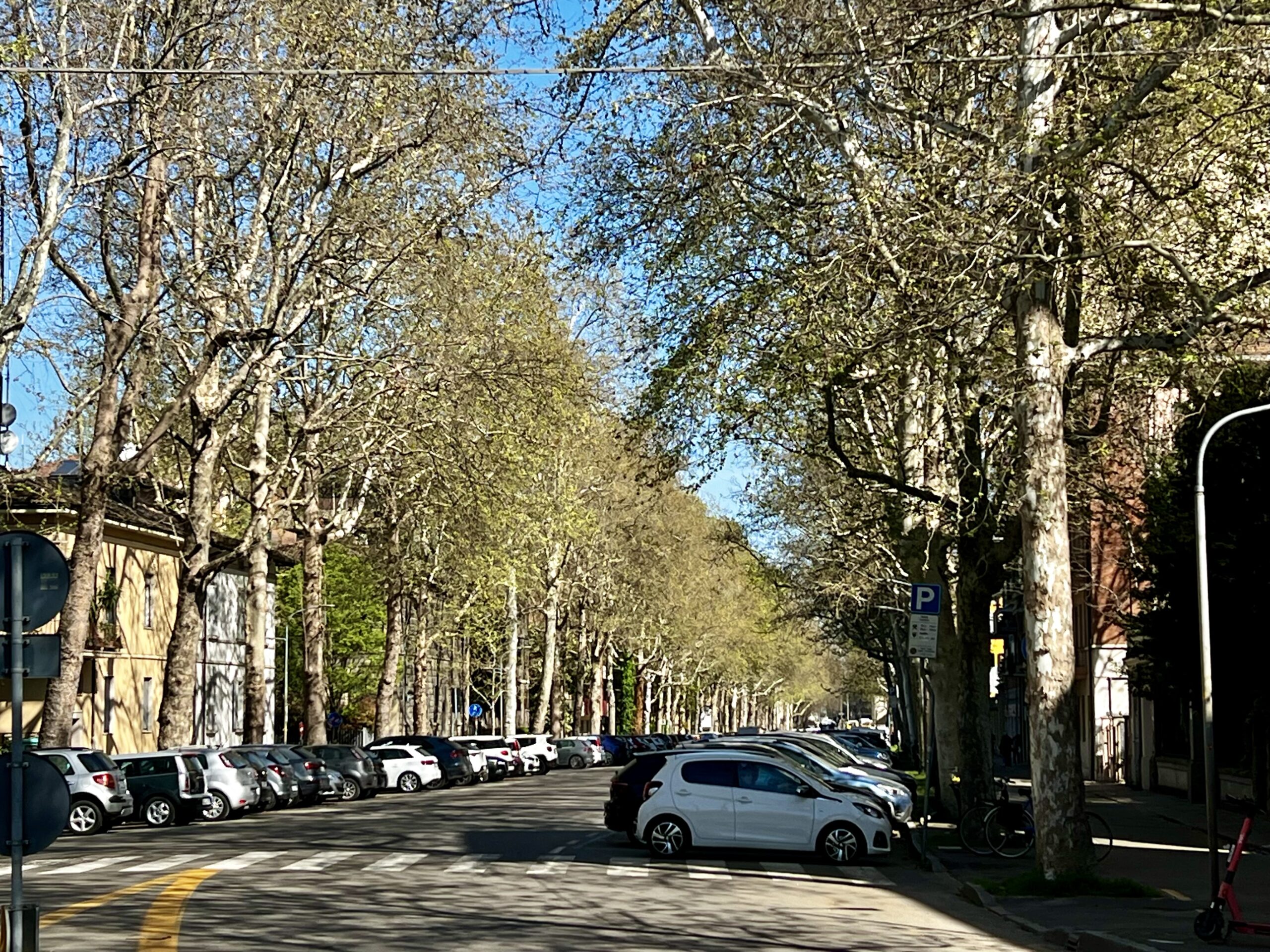
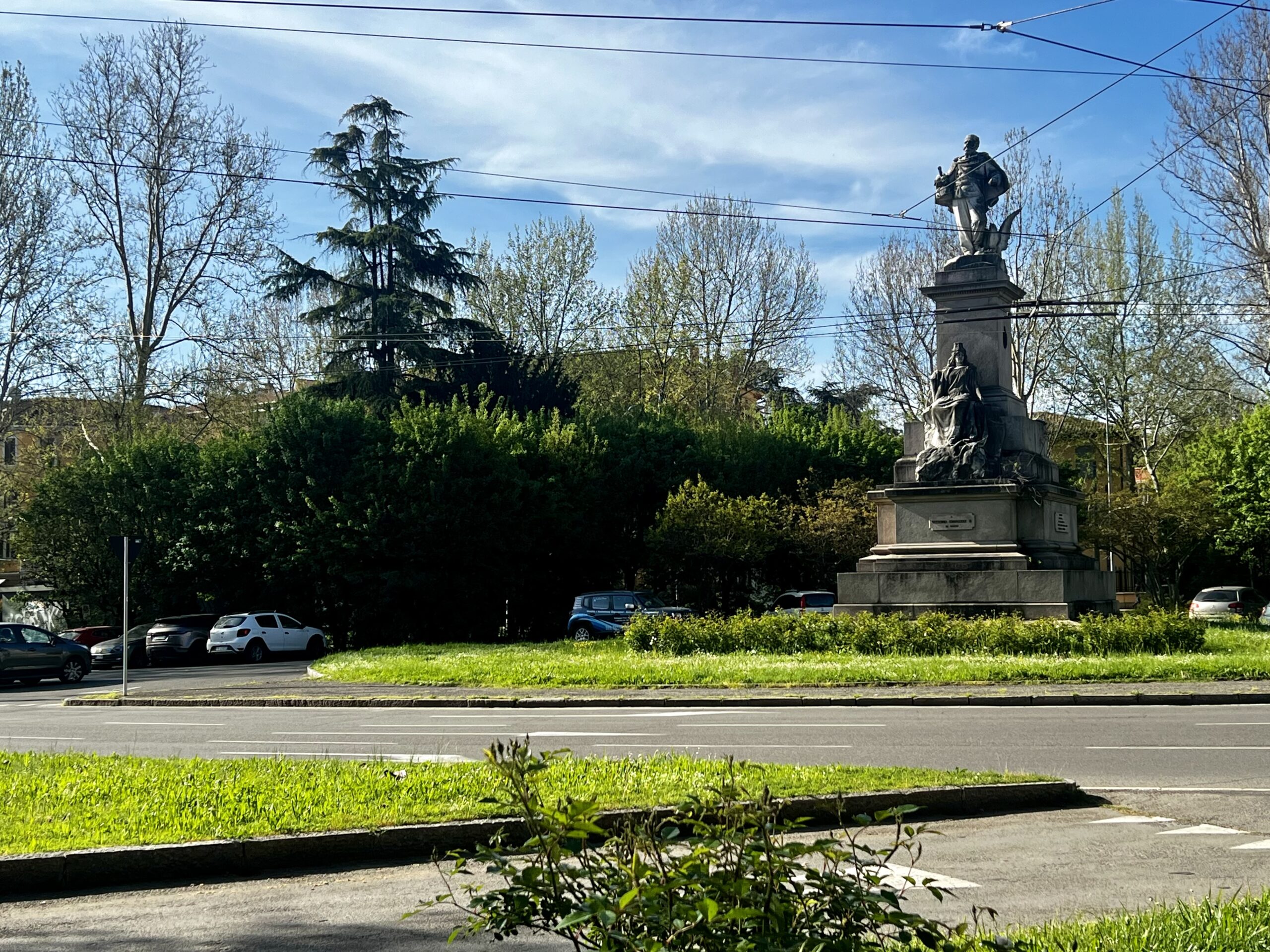
Is That a Jack Russell?
Bonnie can spot a Jack Russell a kilometer away. She quickly made friends with Victoria and her owner. Met them again the next day.
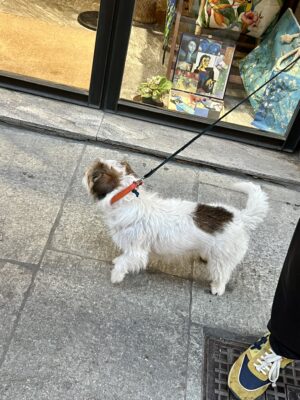
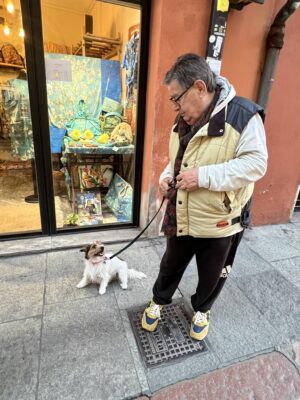
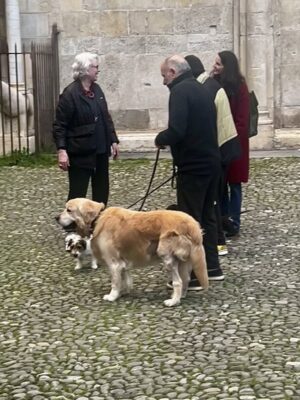
Robert’s Breakfast Cafe
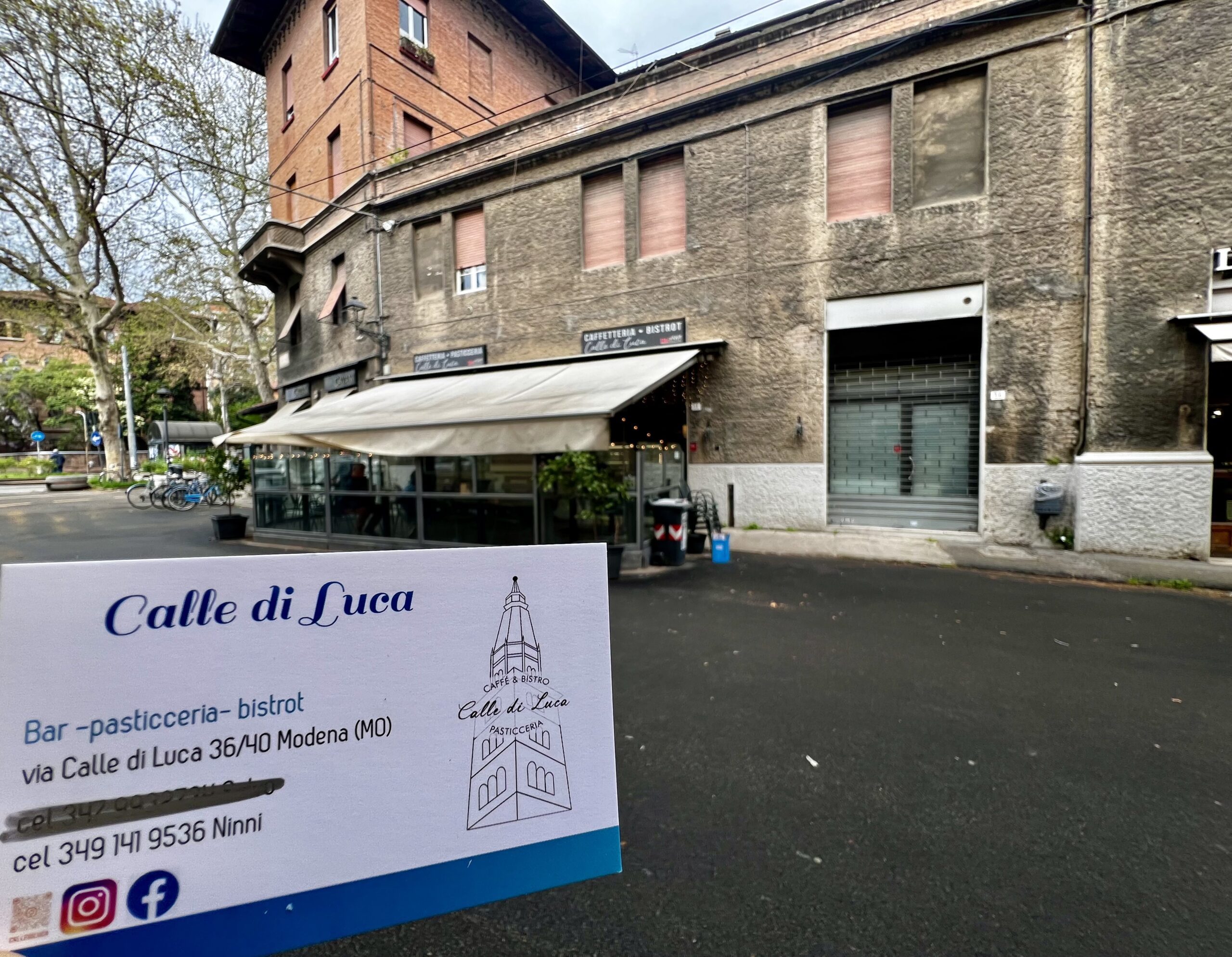
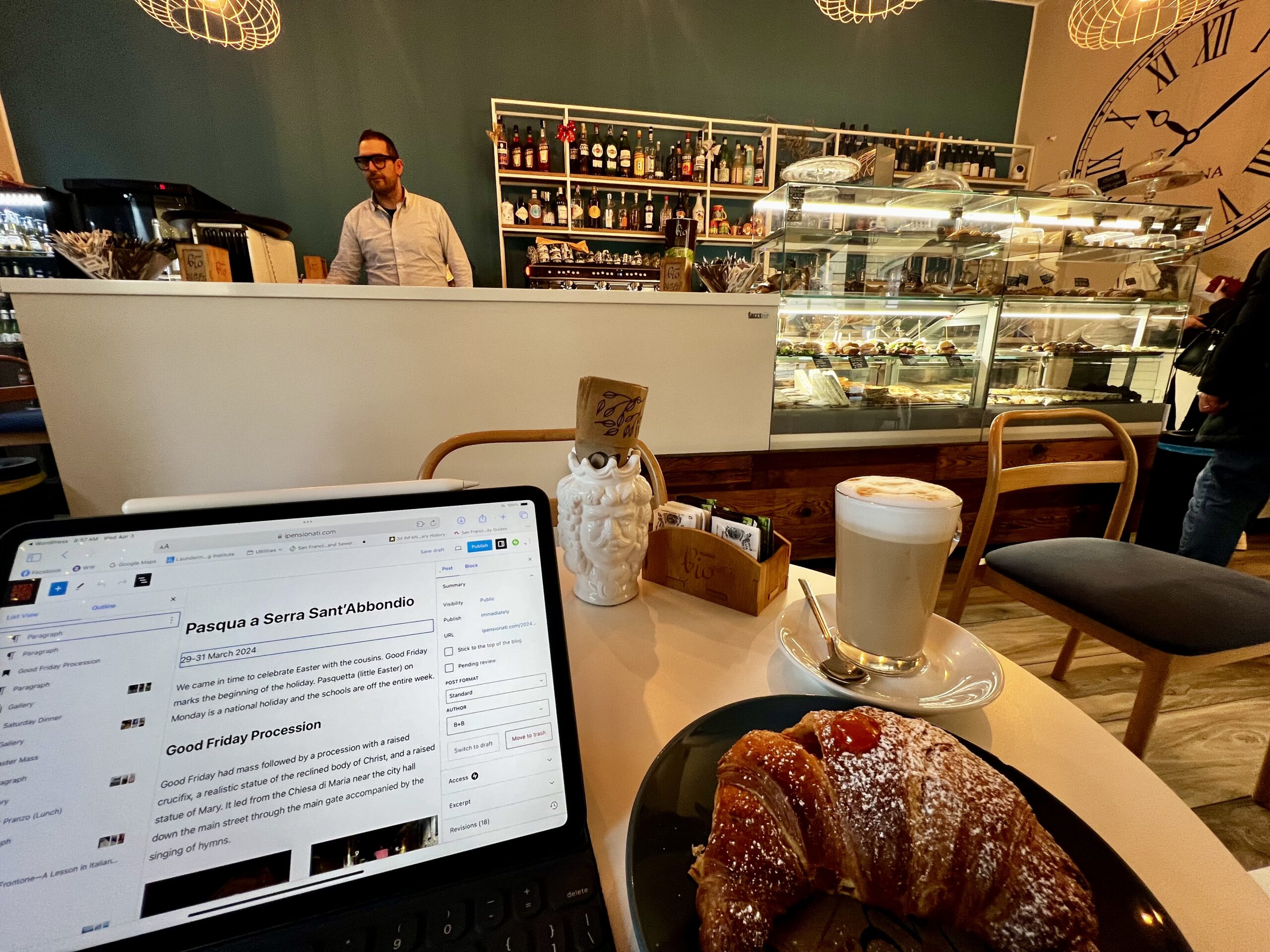
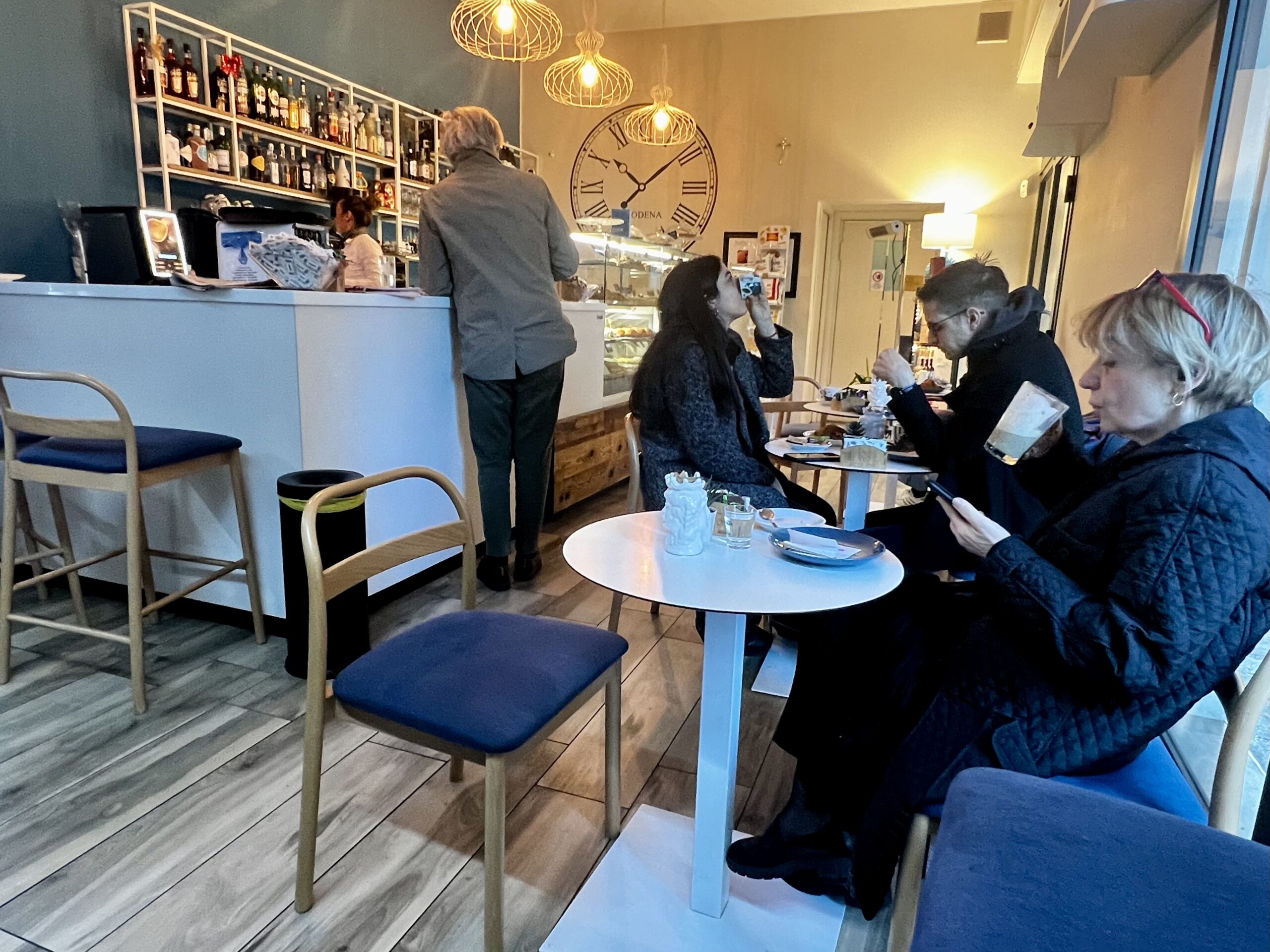
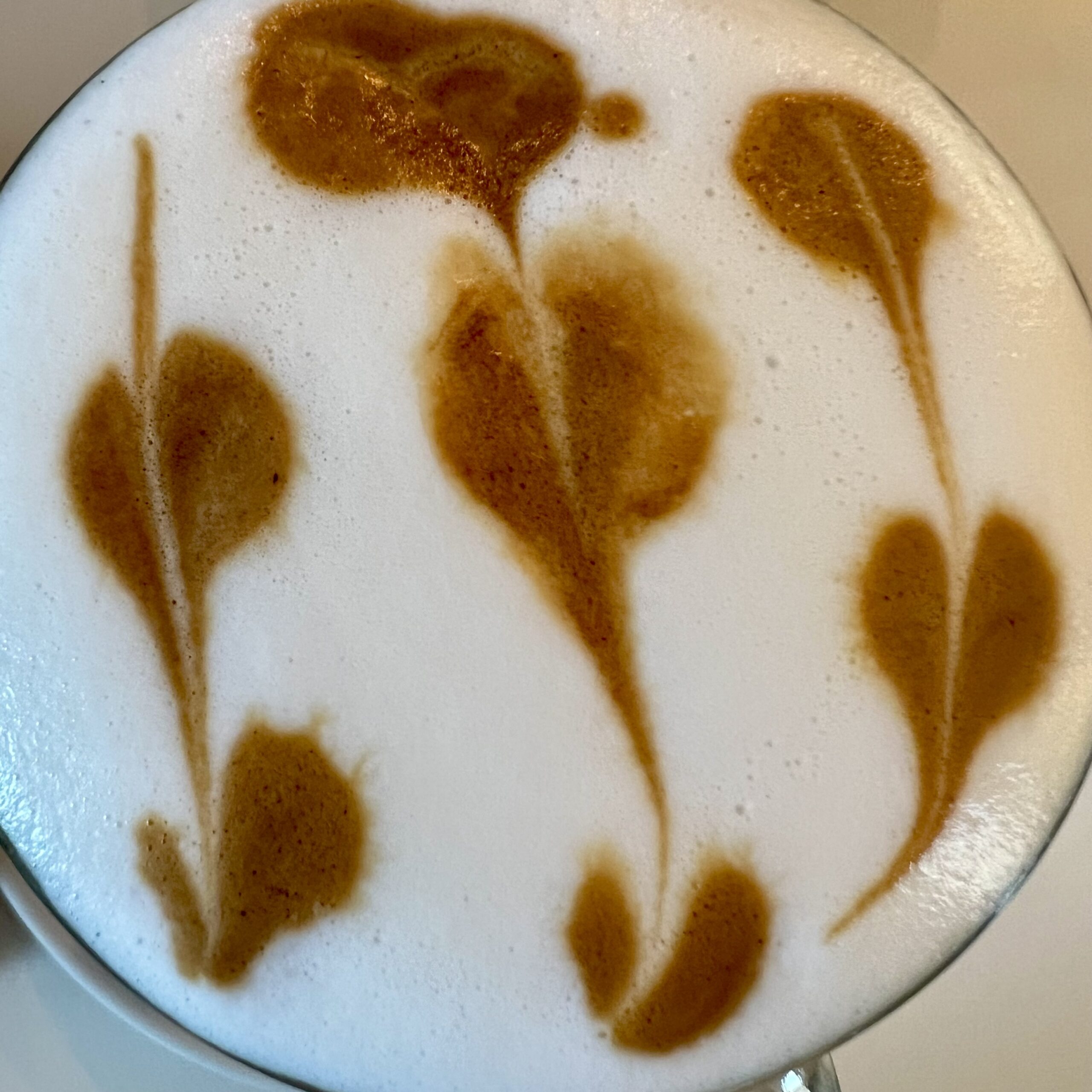
Pranzo e Cena
Finding a place for a drink before dinner, along with appetizers (often free), is easy in Modena. Busy cafes sprawl onto the sidewalk in many piazzas. But to our surprise, it was not easy to find good restaurants for lunch or dinner. Perhaps we limited our search too tightly in the city center. Robert did find that if you wandered into the residential areas a few blocks, there were more choices. But by then, it was time to leave for Milan.
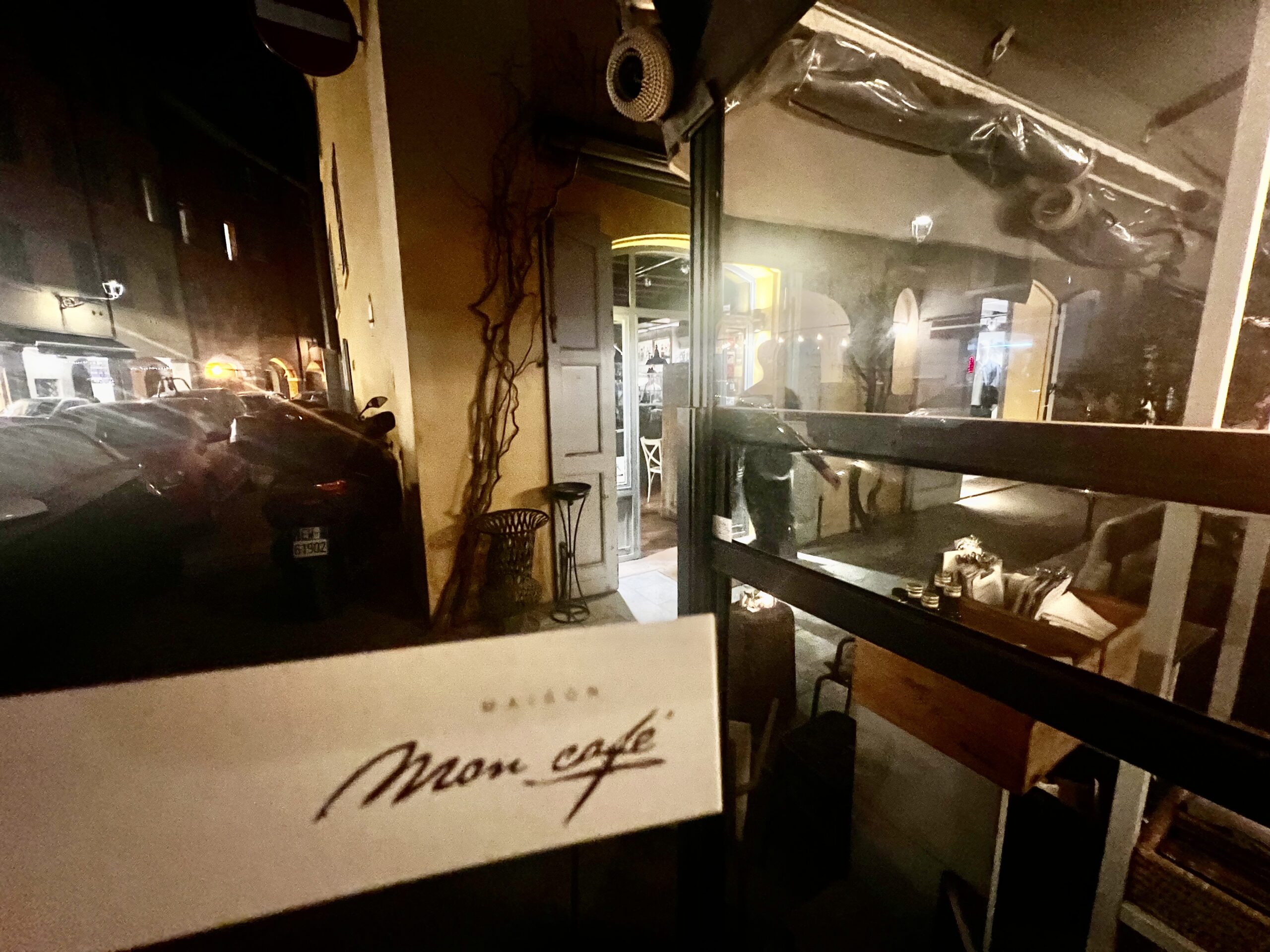
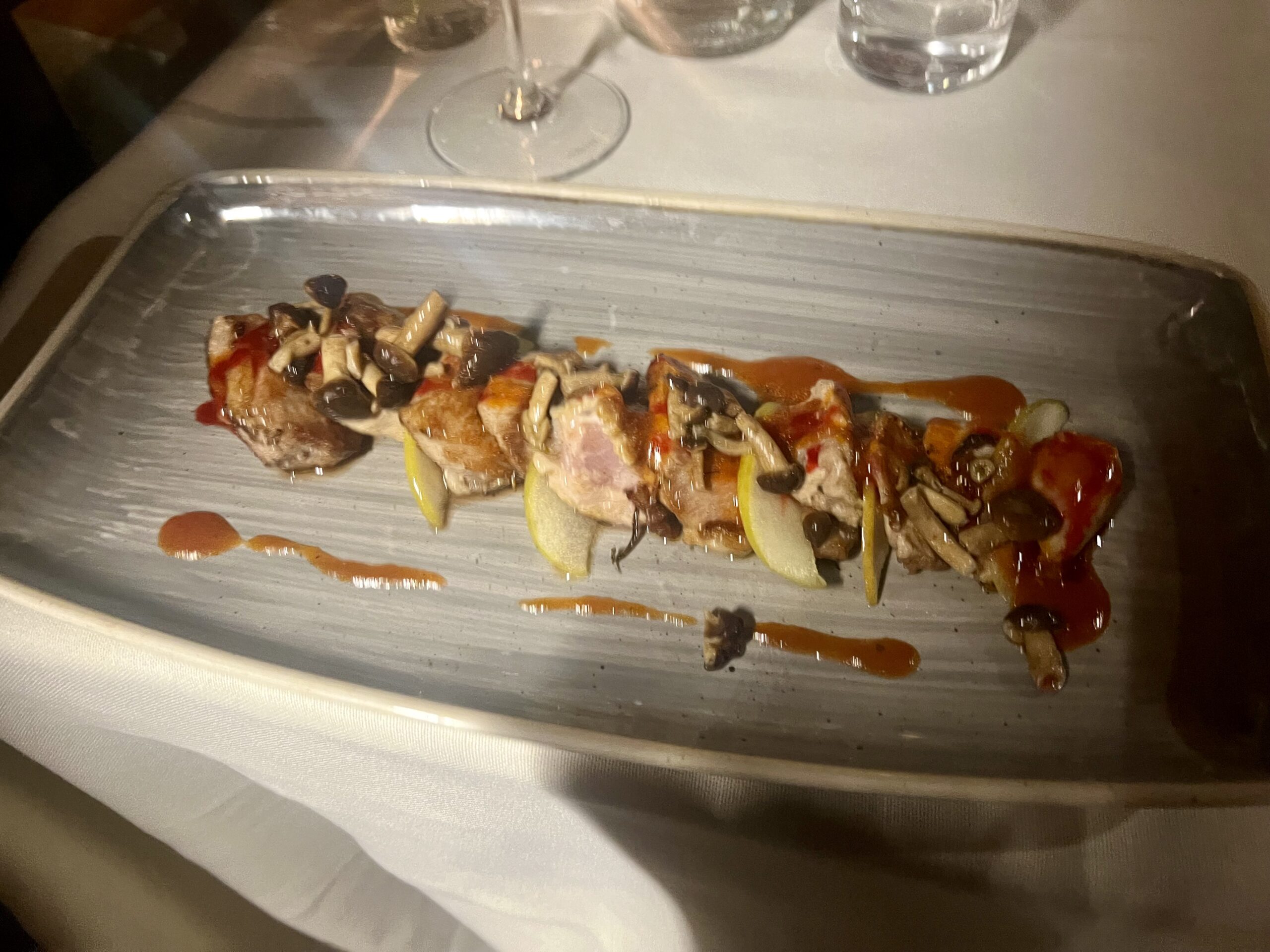
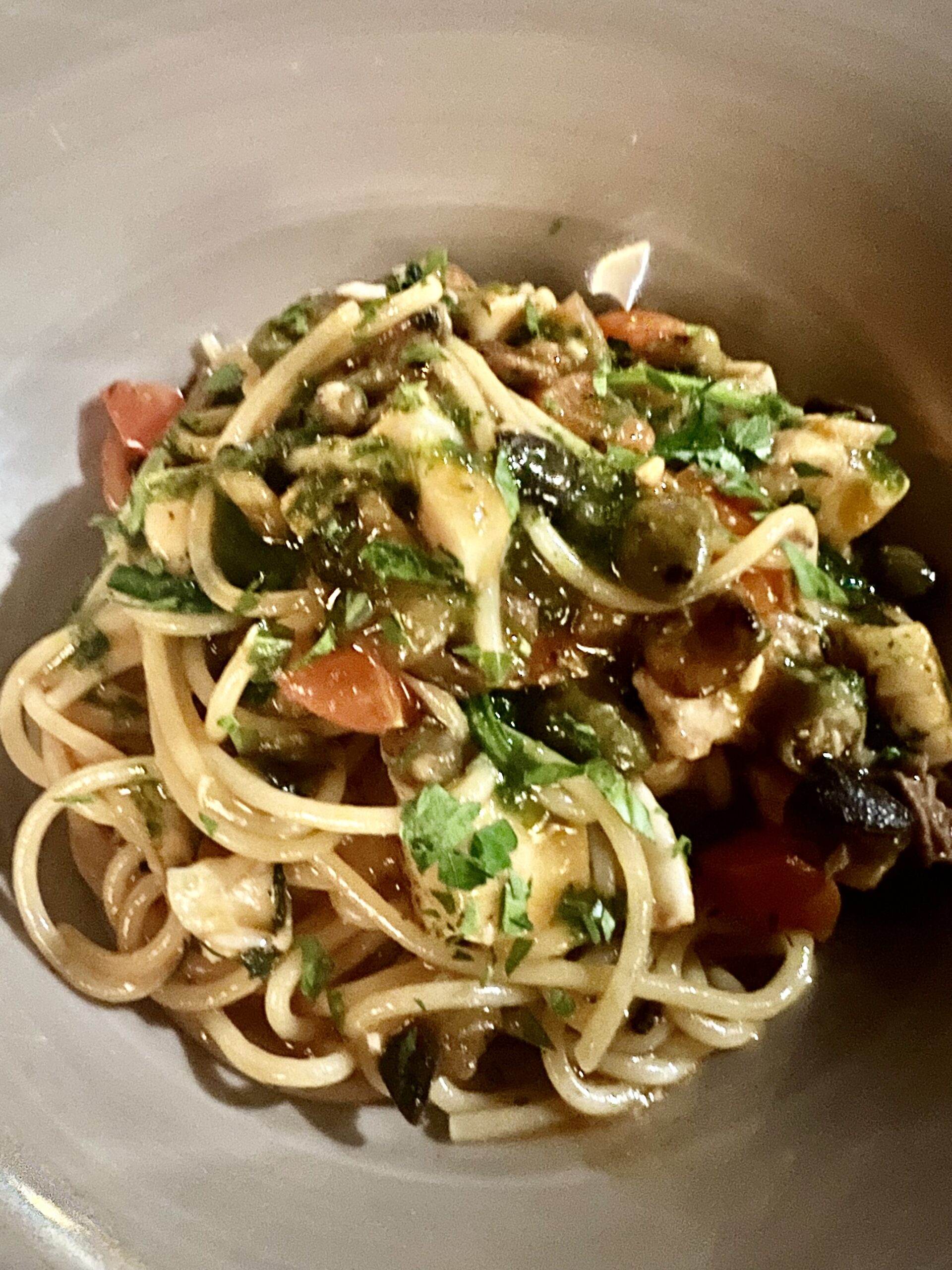
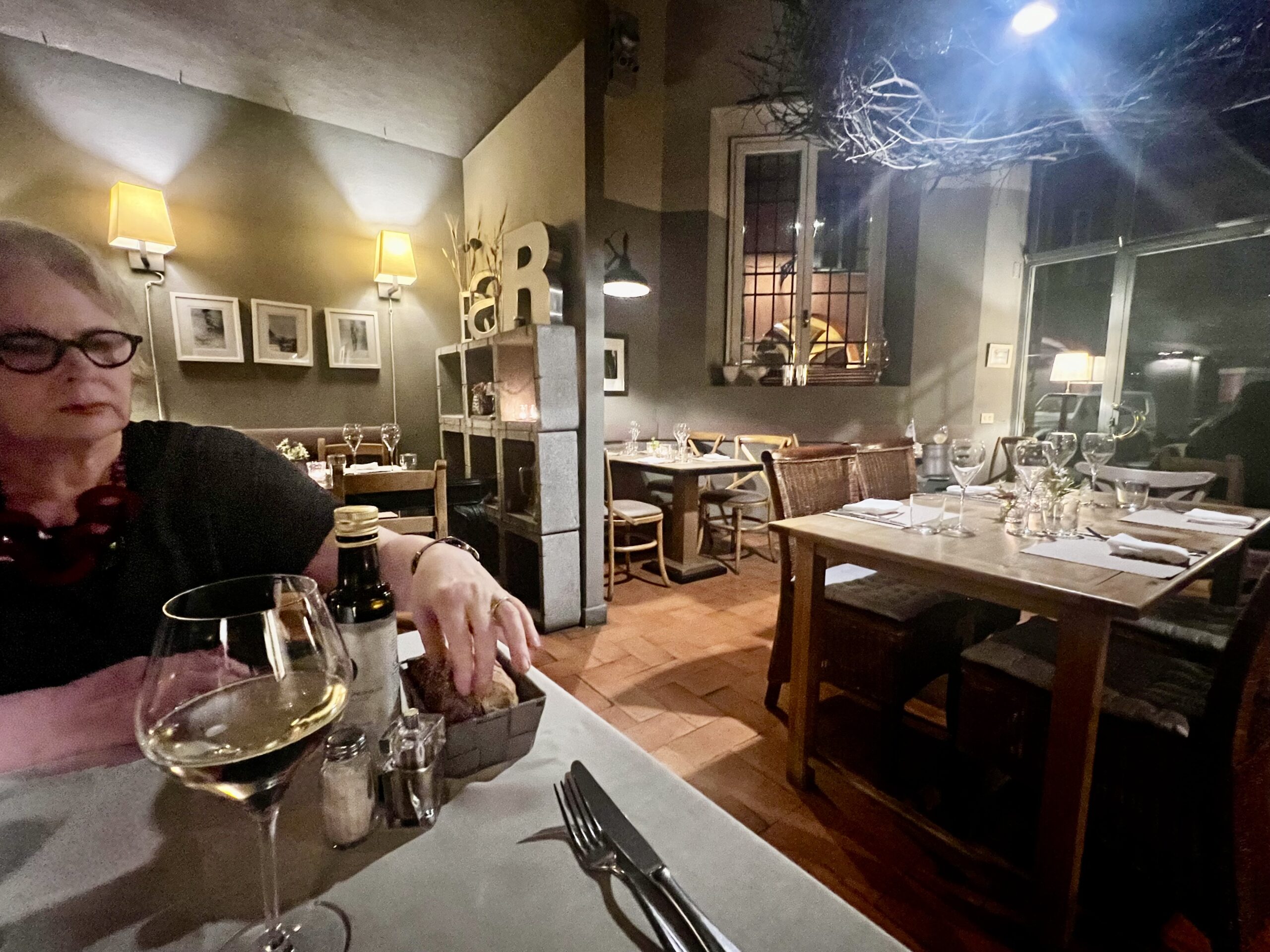
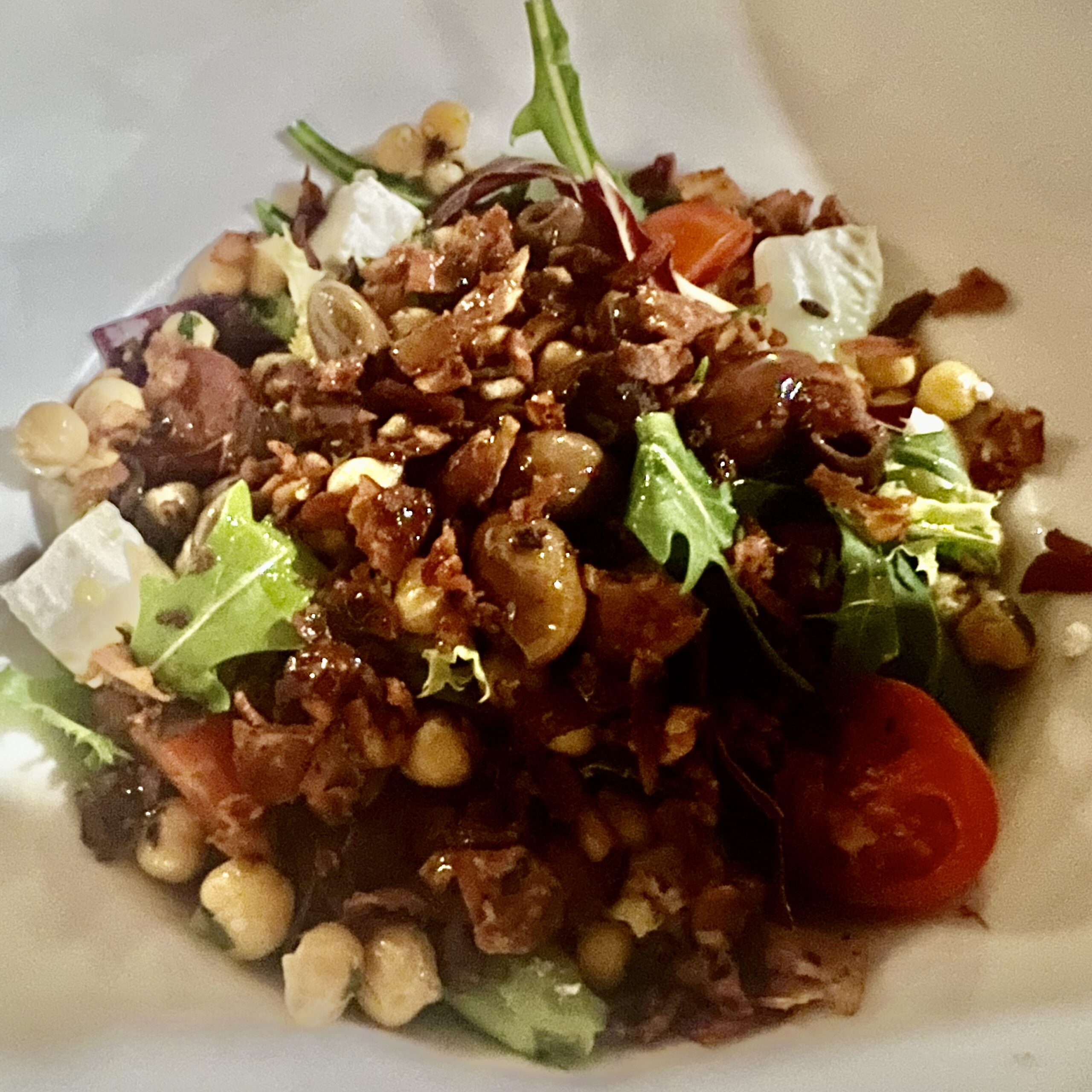
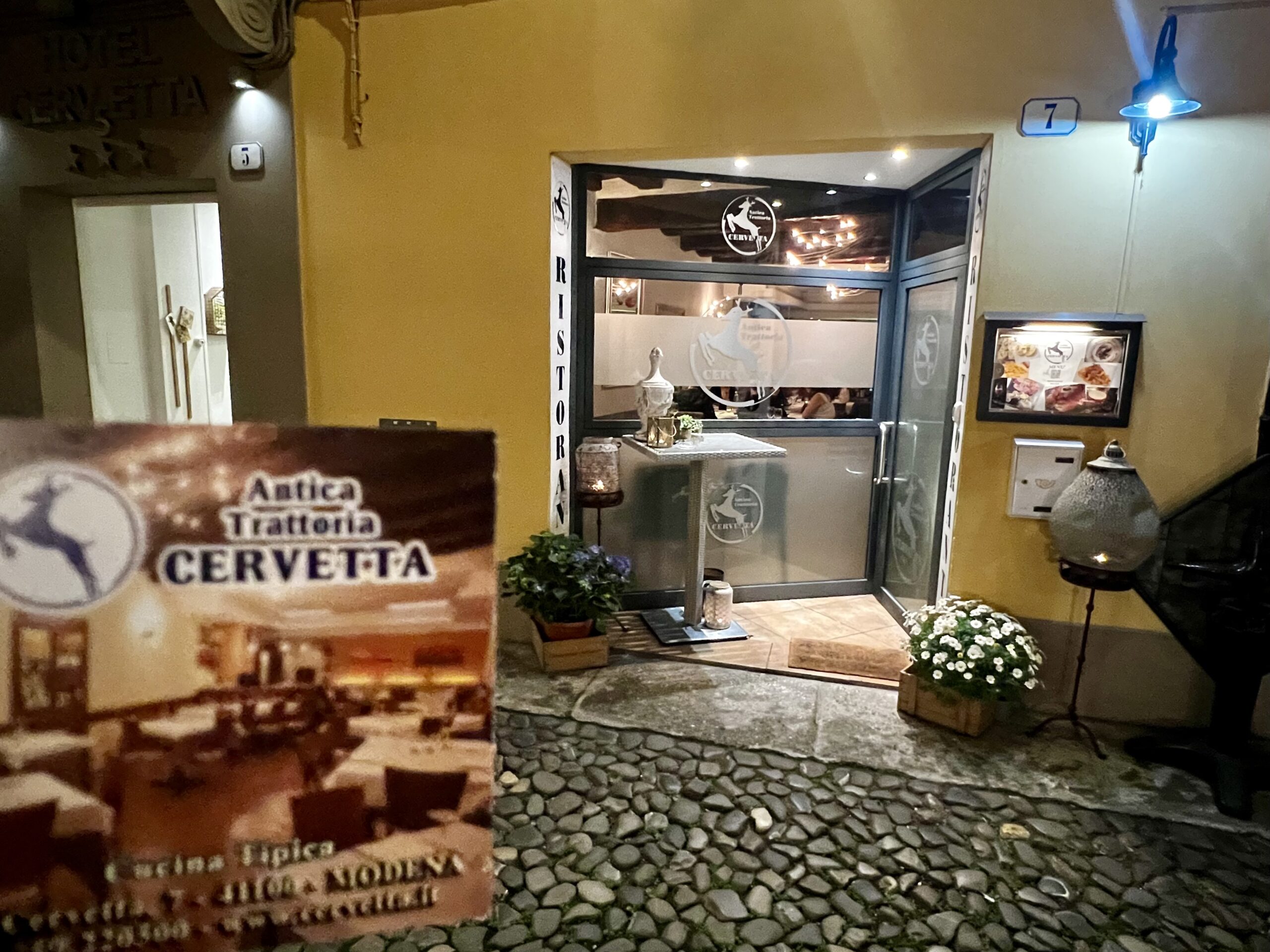
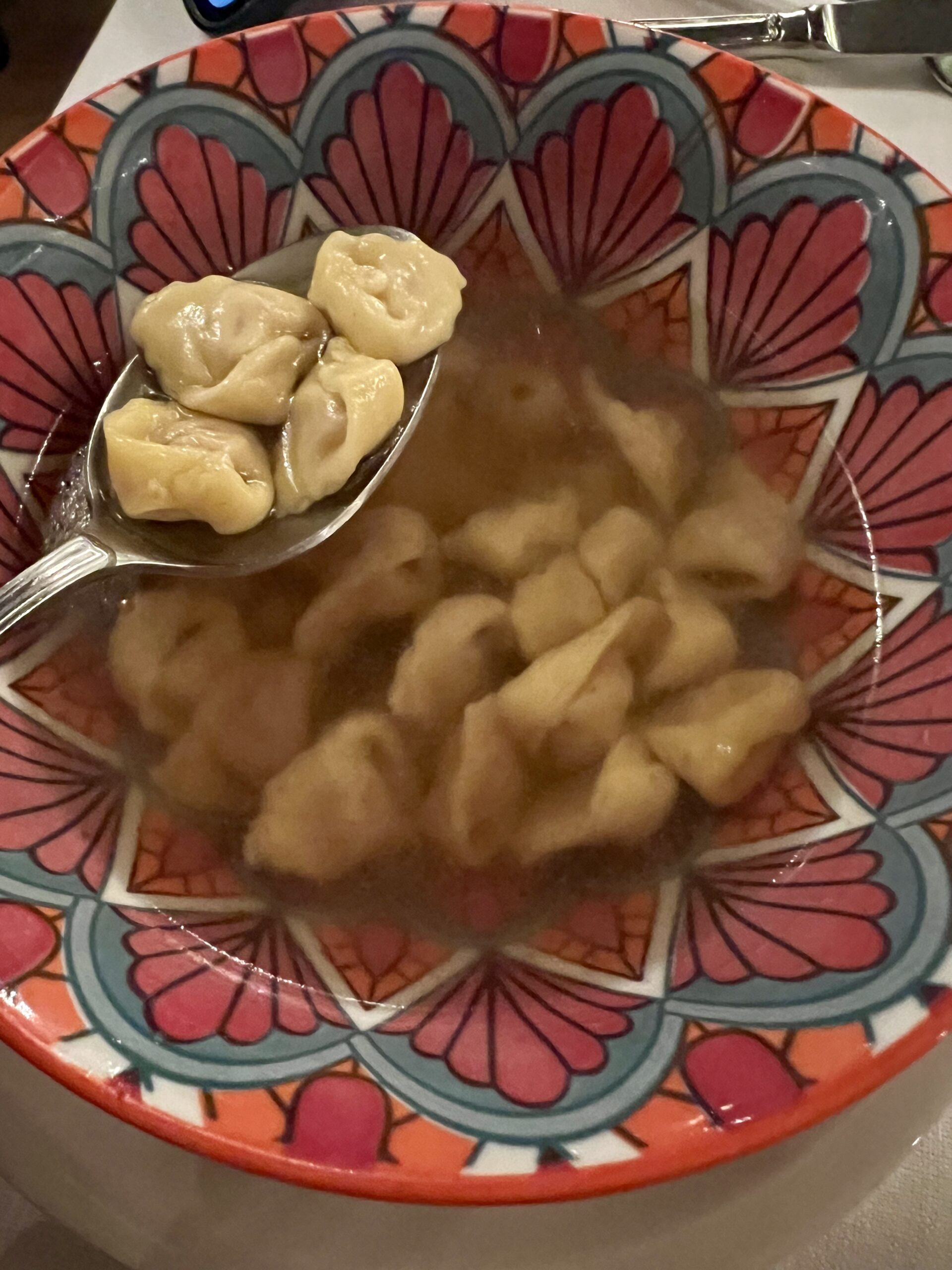
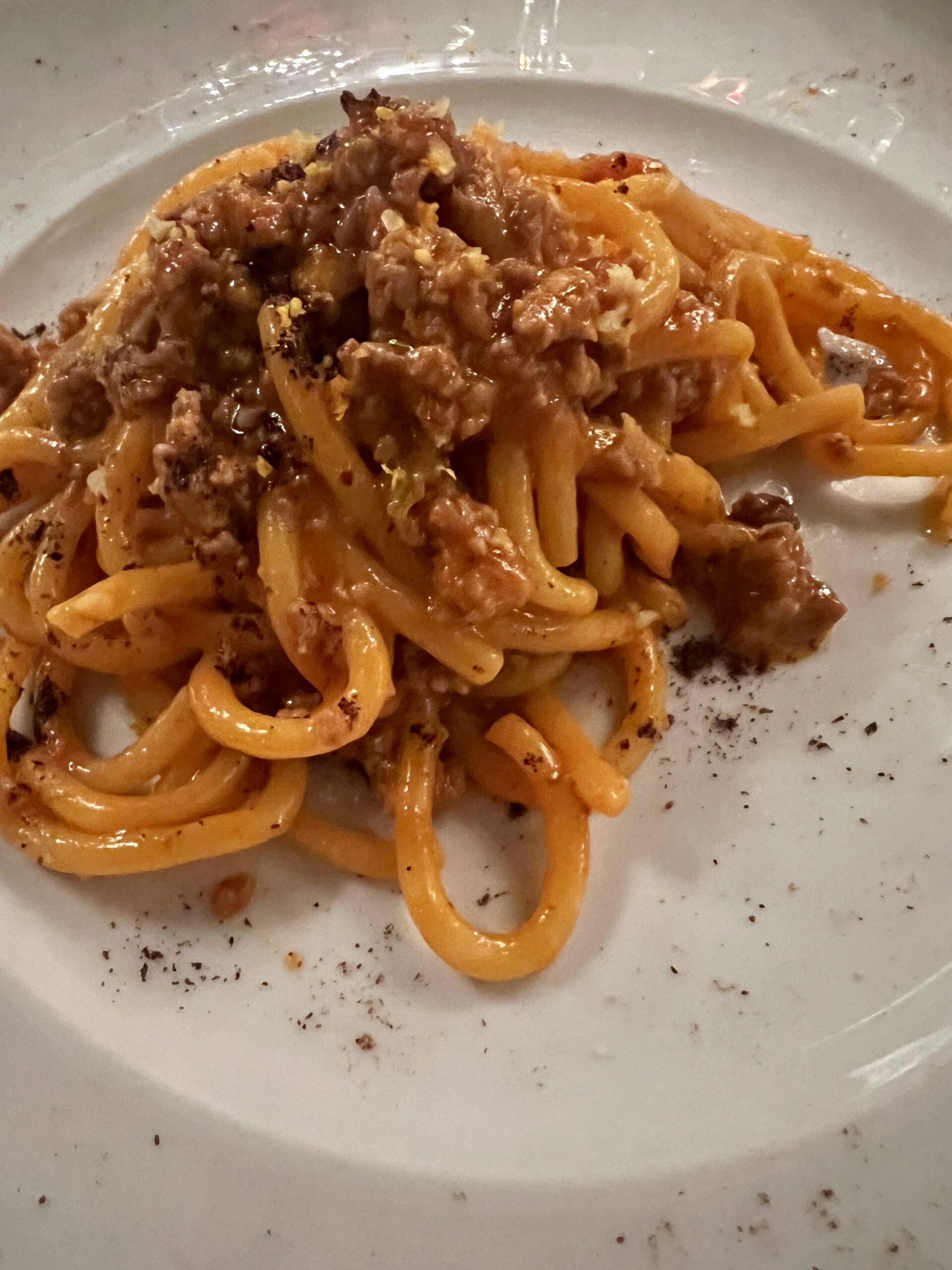
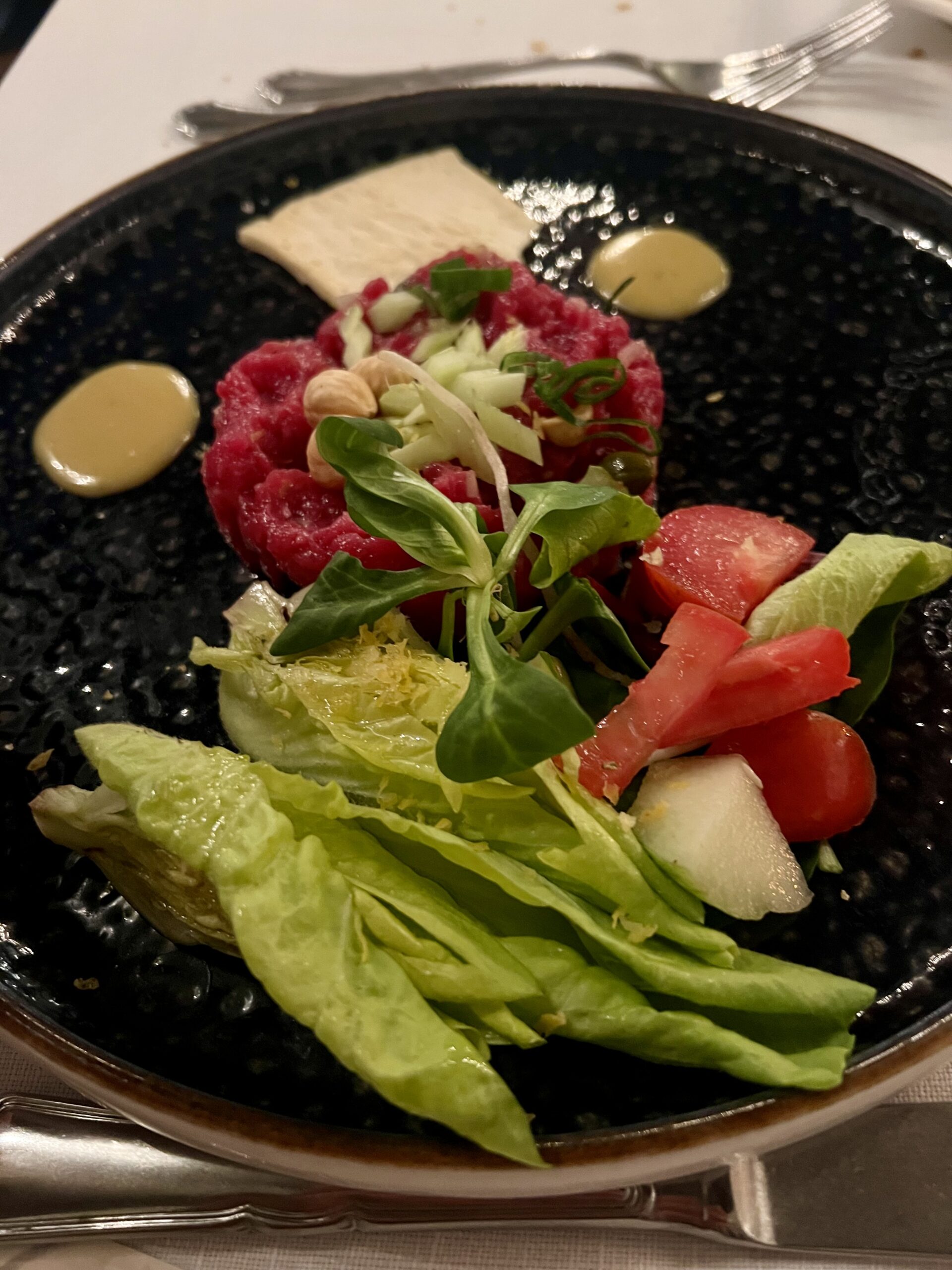
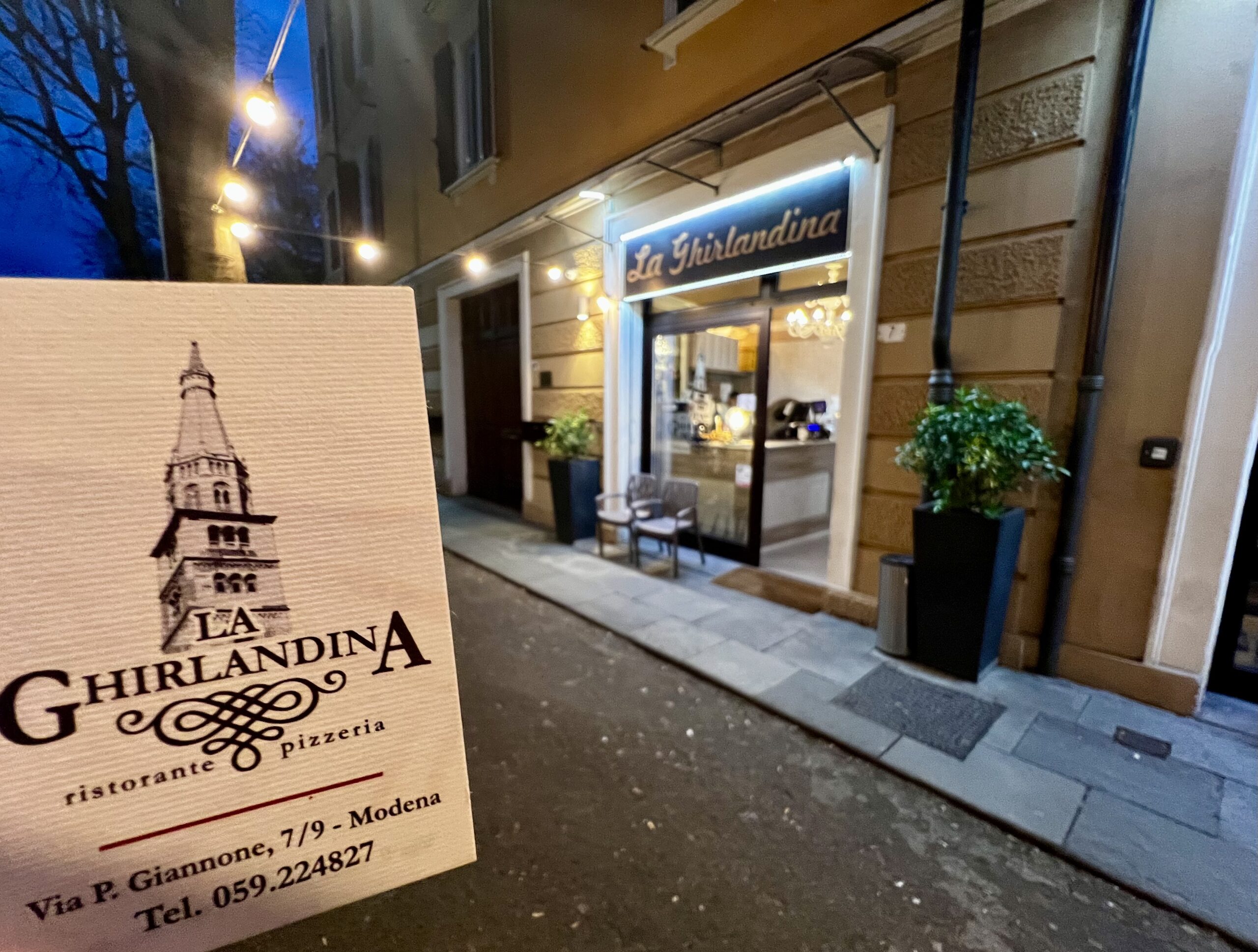
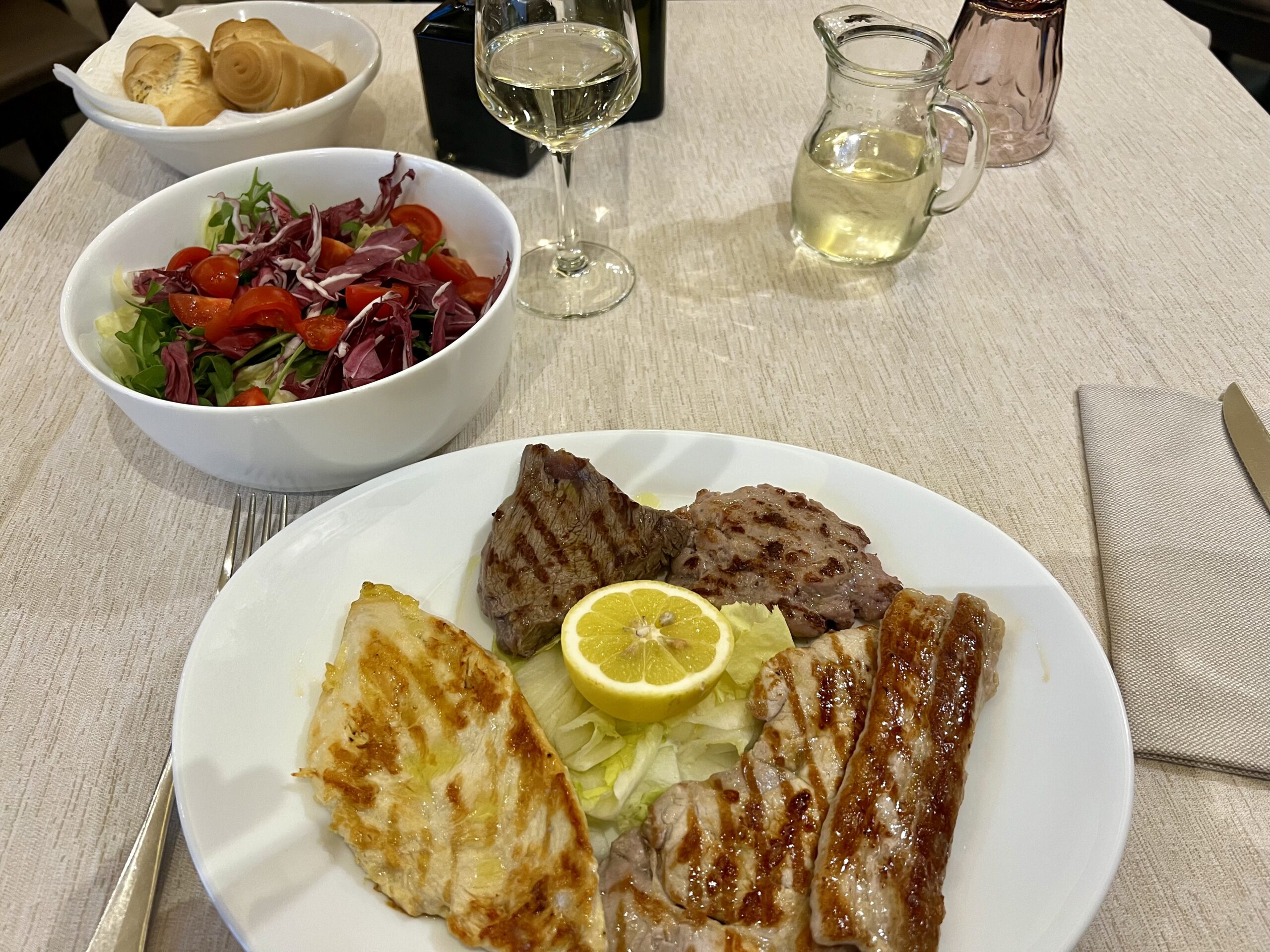
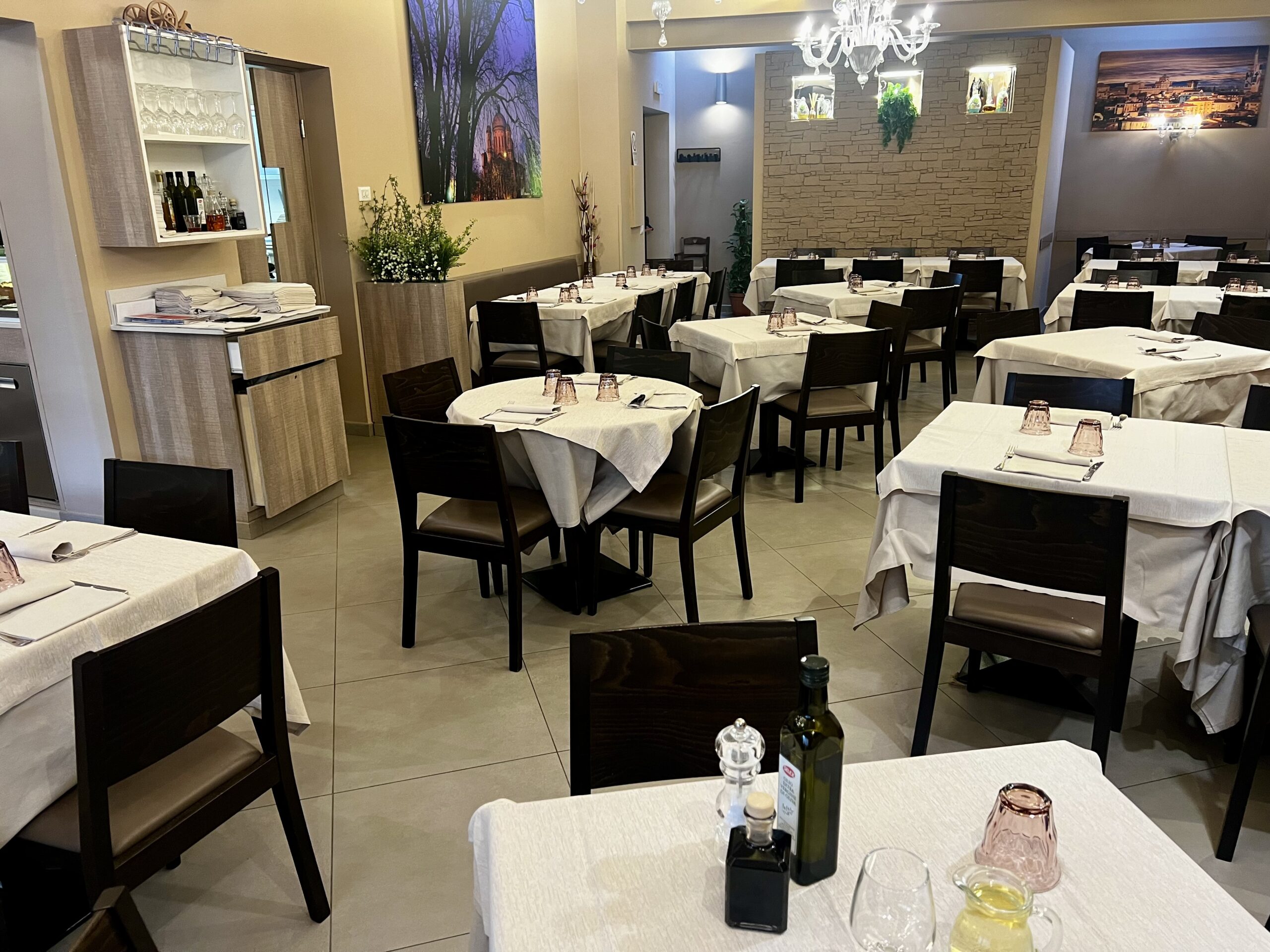
Parla English?
Robert posted this photo to Facebook with the caption:
I’m a bit confused why the Italians always start to speak to me in English!
His FB friends eagerly responded!
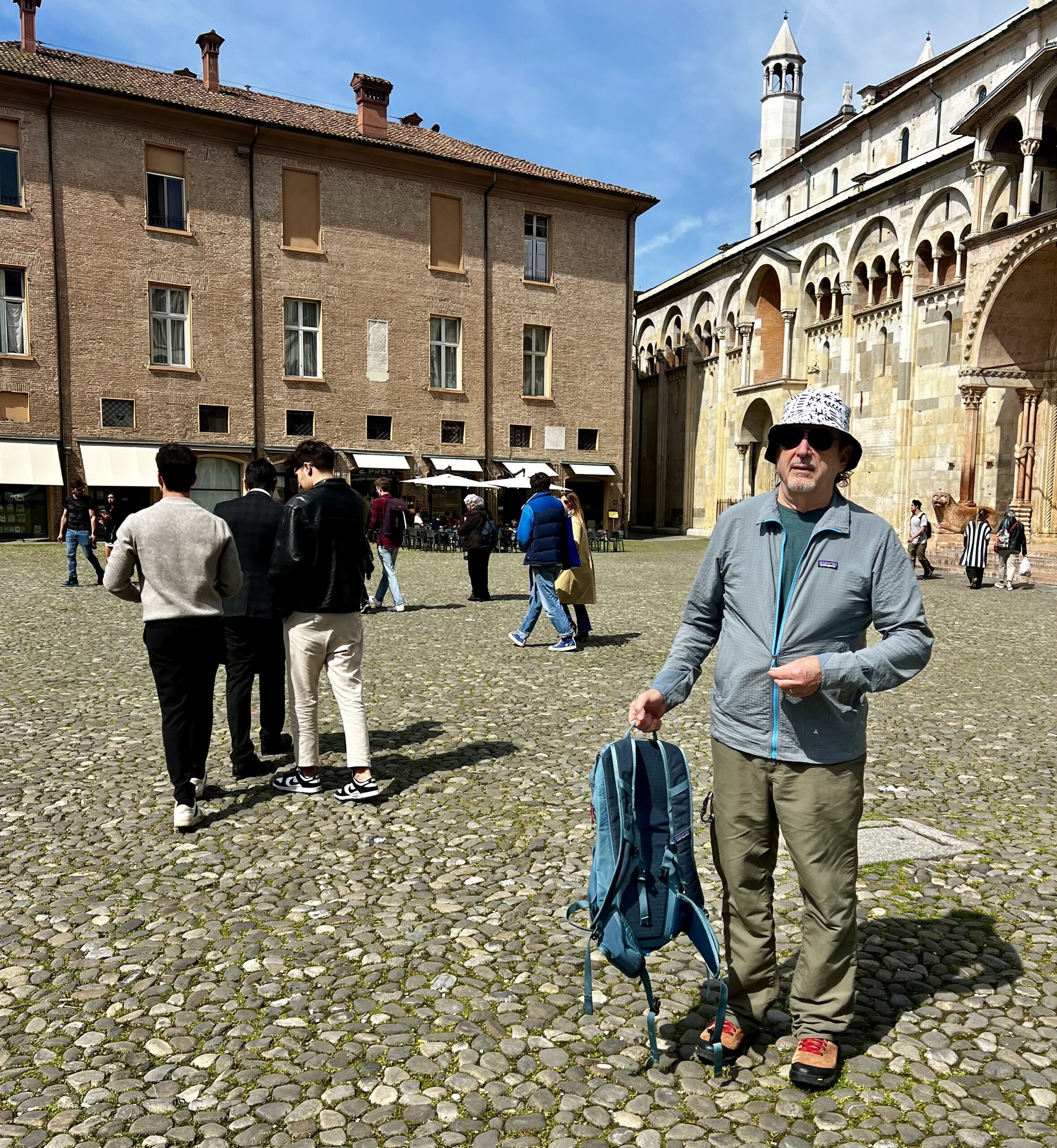
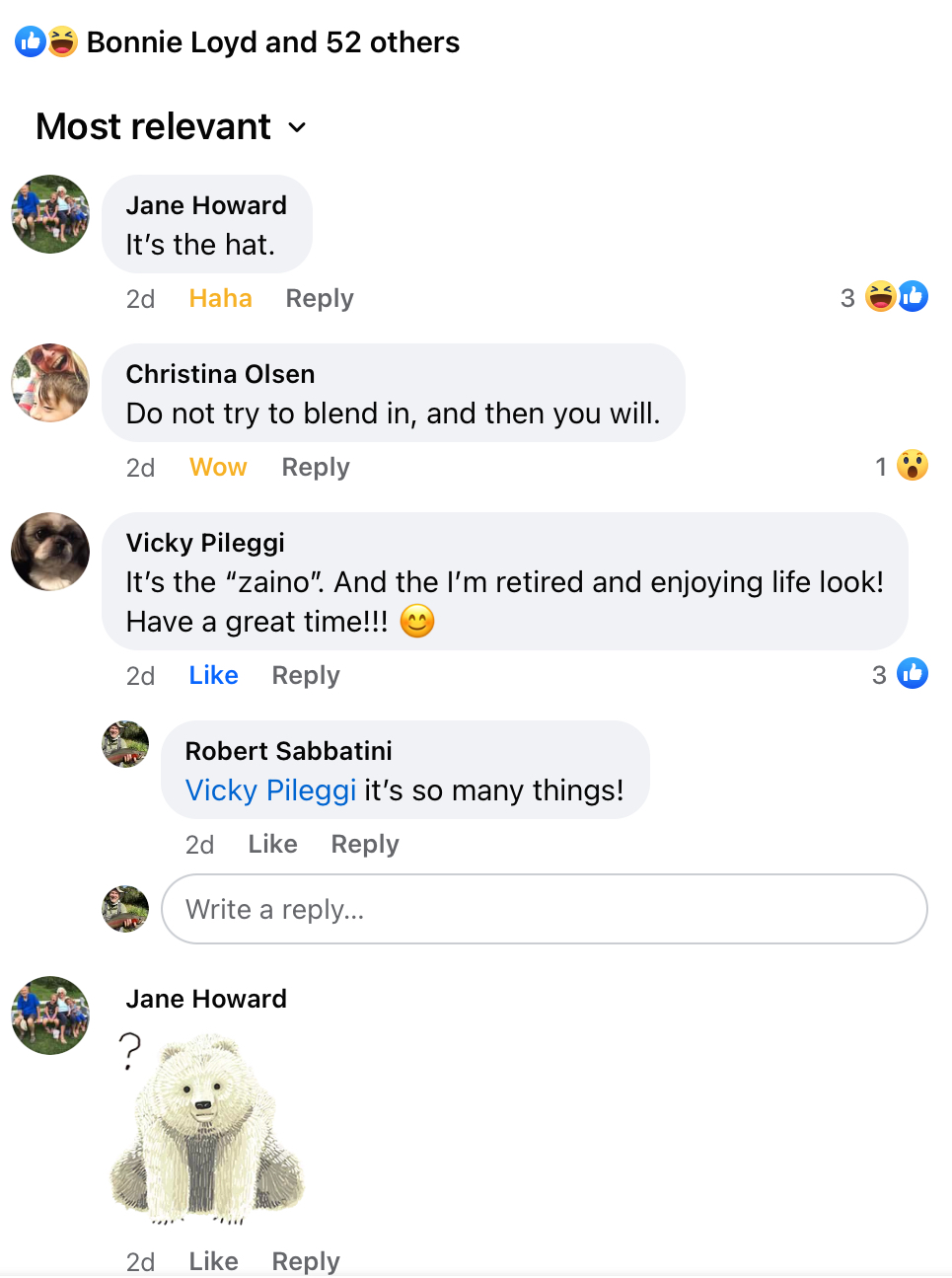
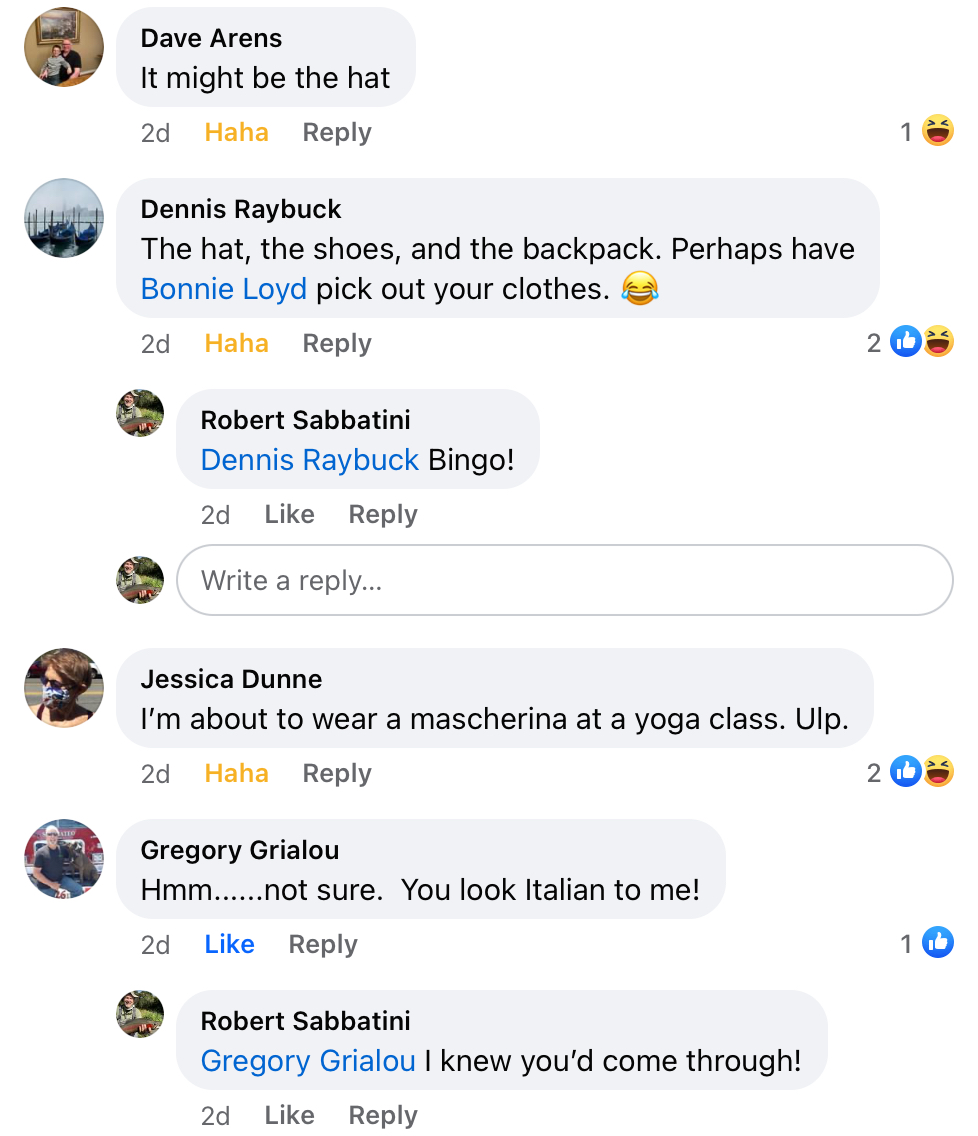
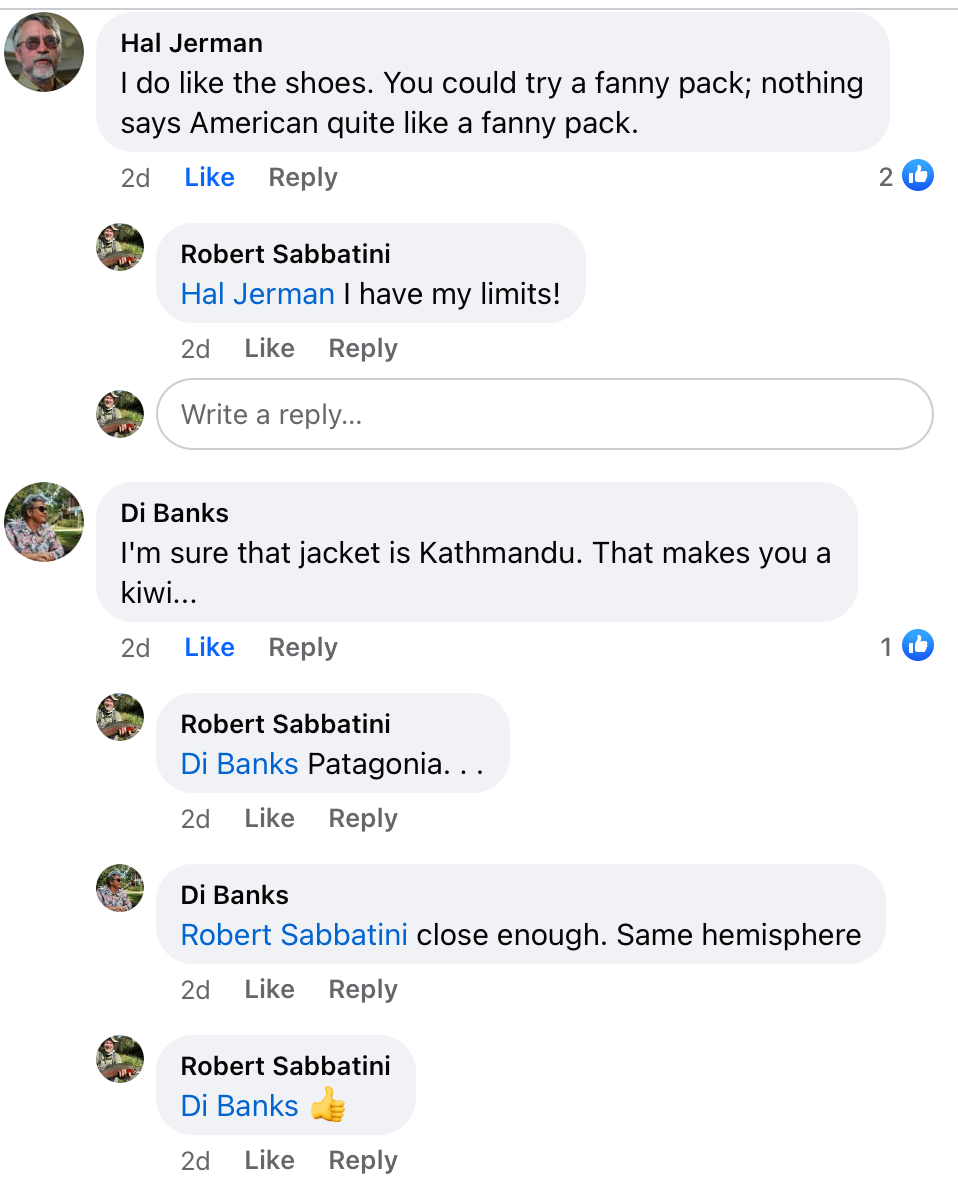
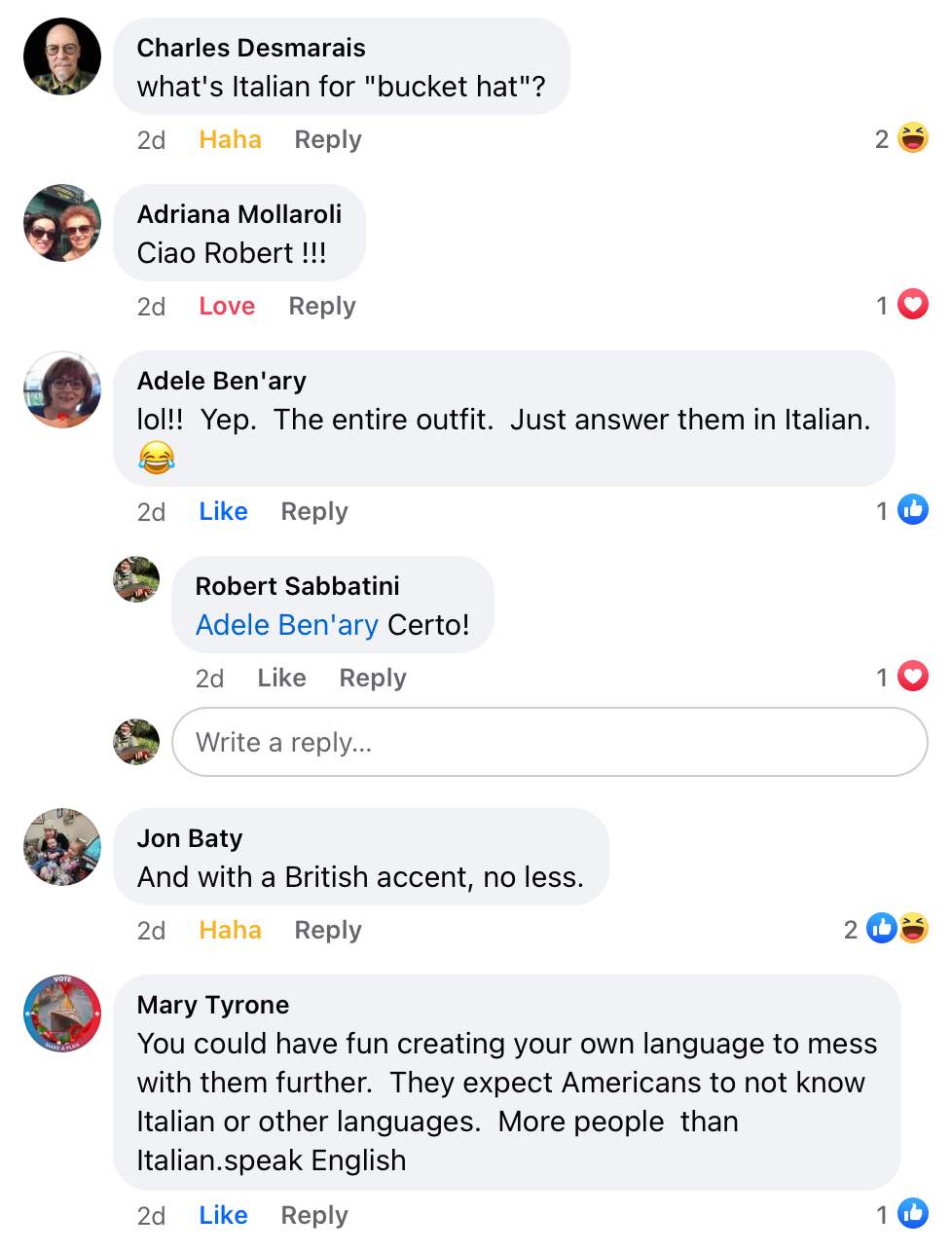
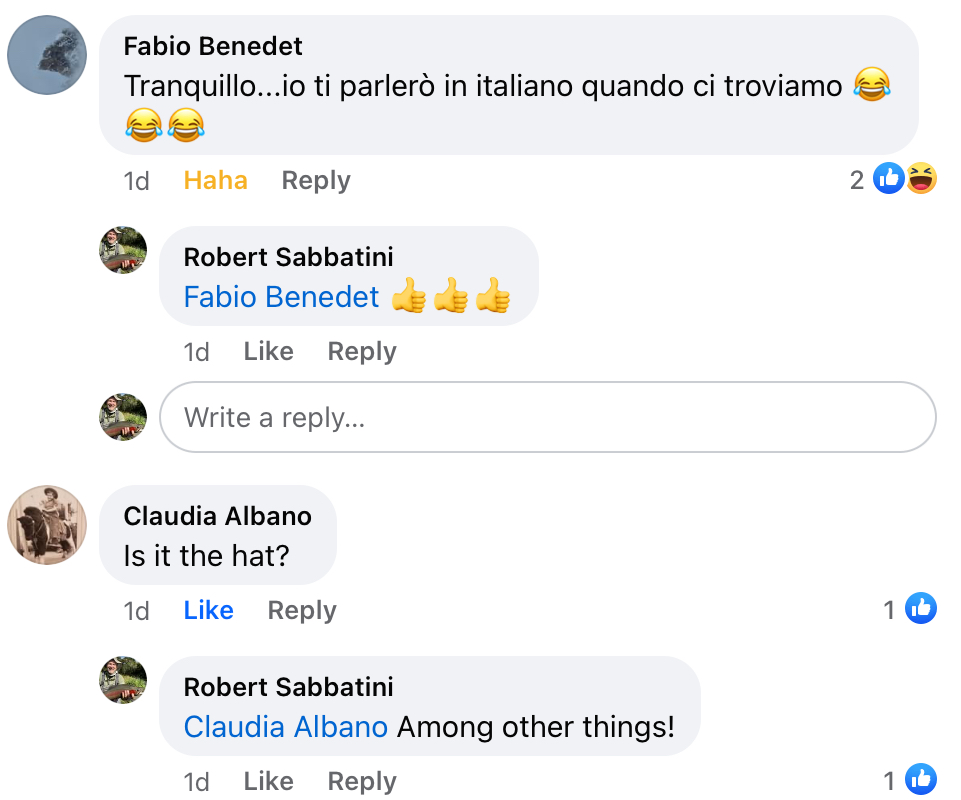
Next—Milano Part One
